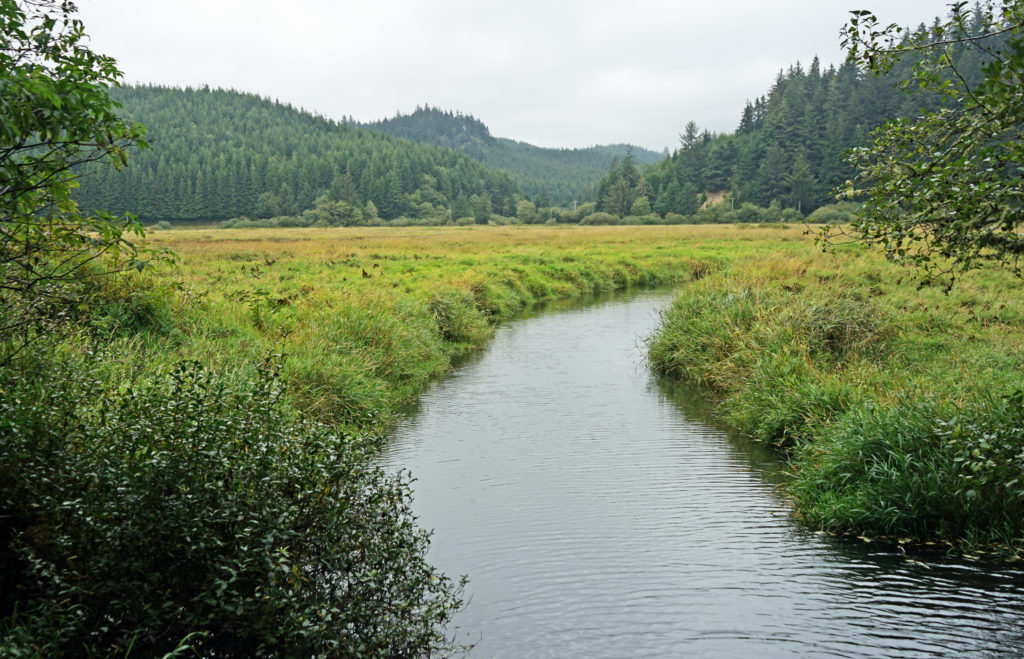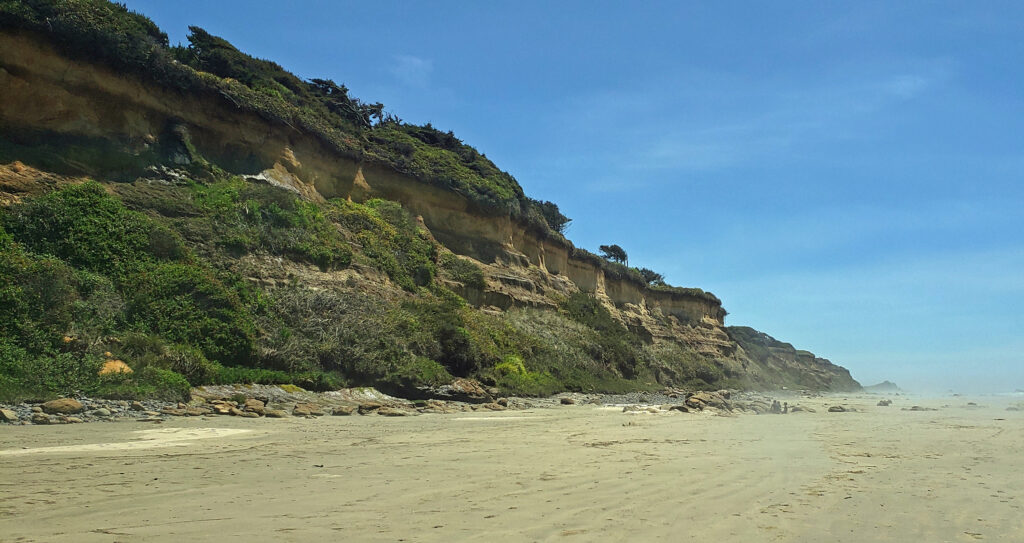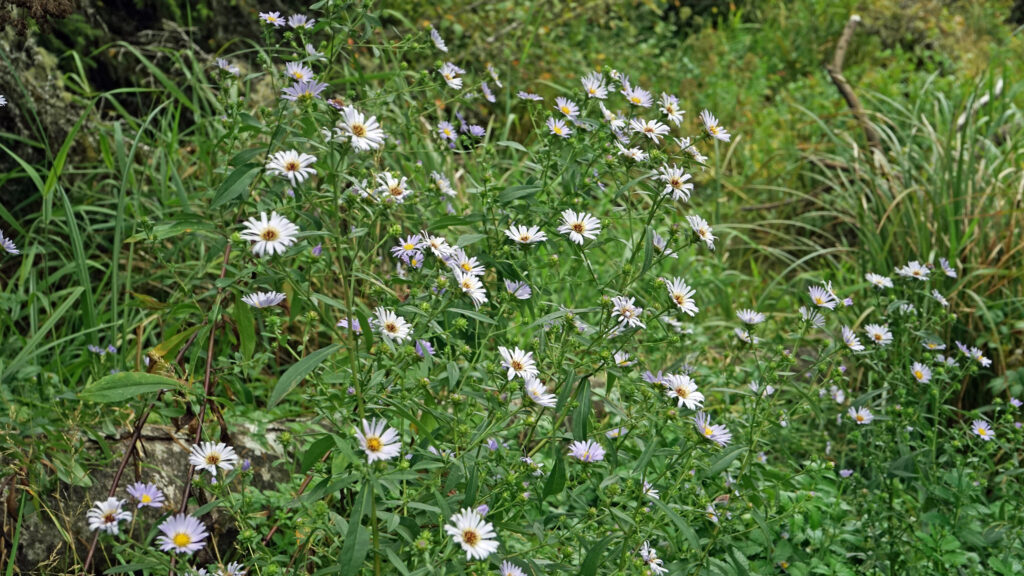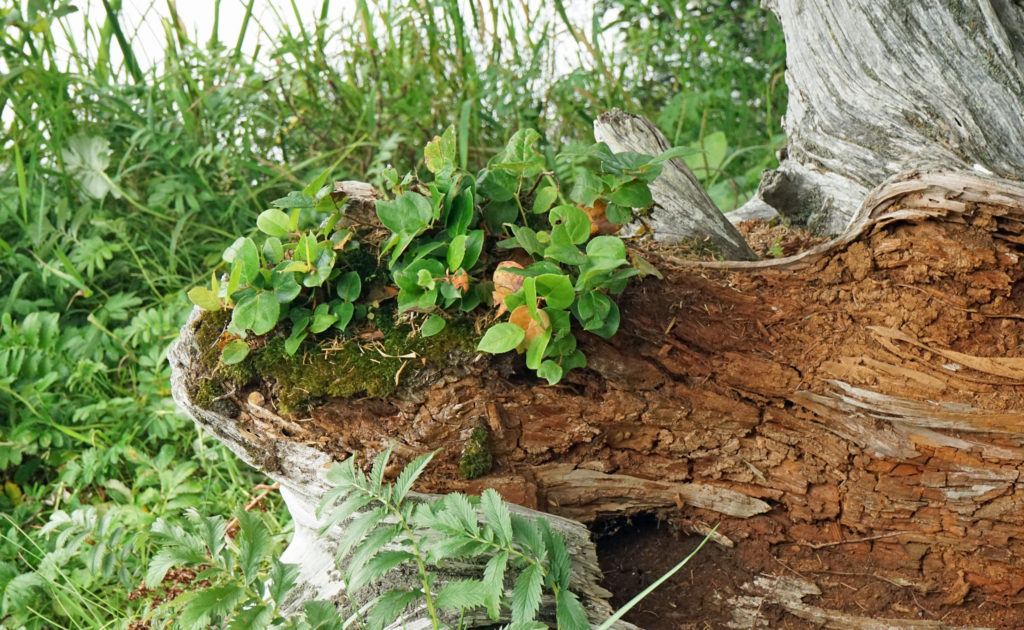by Alan K. Lee
British Columbia’s Gulf Islands are located between the southeastern coast of Vancouver Island and the the Canadian mainland. The largest, most populated, and most accessible of the Gulf Islands is Salt Spring Island. Ganges, on Salt Spring, is the commercial and cultural heart of the Southern Gulf Islands. It is the largest (and really the only) town in the Gulf Islands.
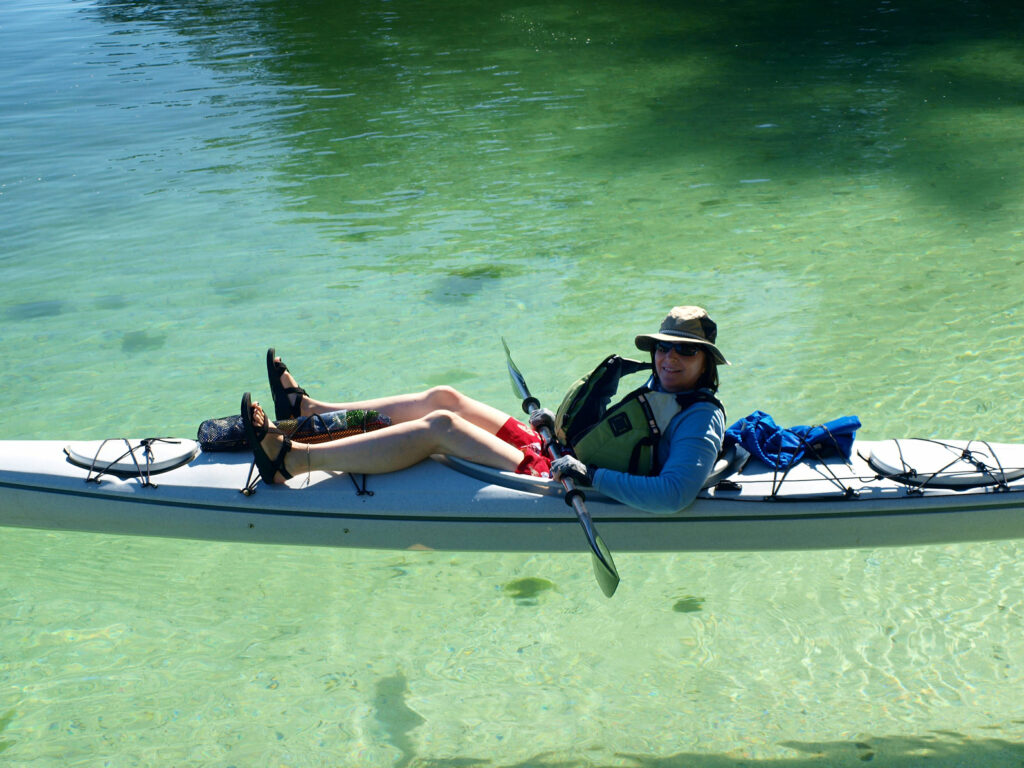
The Gulf Islands Guide has a description of each island and good information on events and accommodations in the Islands. Other useful websites include Gulf Islands Tourism, and Salt Spring Island.org.
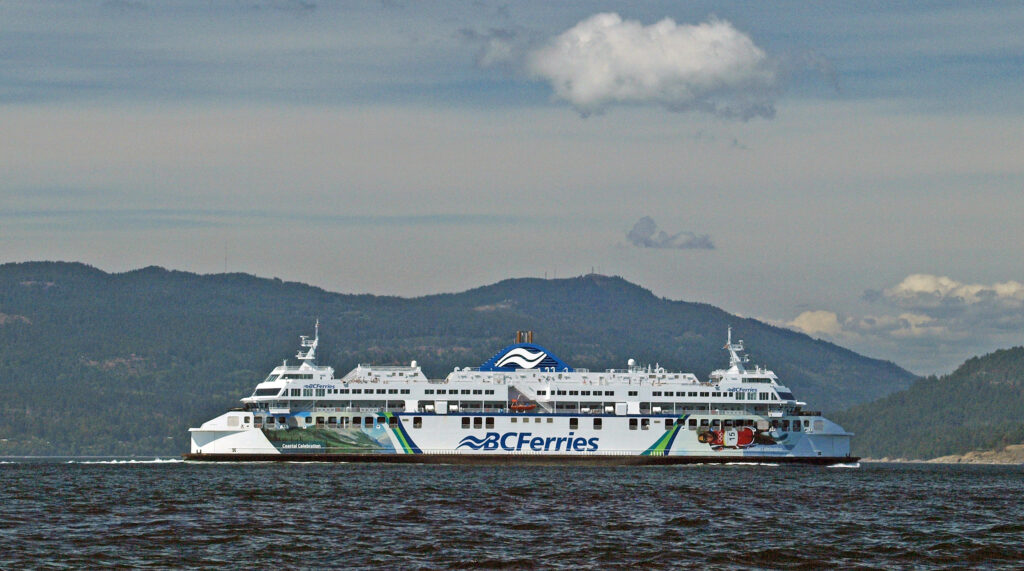
Almost all visitors to Salt Spring Island arrive via one of the B.C. ferries that serve the island. Ferries travel from the Tsawwassen terminal south of Vancouver to Long Harbor, near Ganges, and from Schwartz Bay north of Victoria to Fulford Harbor on the southern end of Salt Spring. There is also a ferry from Crofton, on Vancouver Island, to Vesuvius on the northwest shore of Salt Spring. Check the B.C. Ferries website for schedules and rates. If you’re traveling from Tsawwassen, book a reservation well in advance during the summer. Ferries from Schwartz Bay and Crofton are first come, first served, but run frequently.
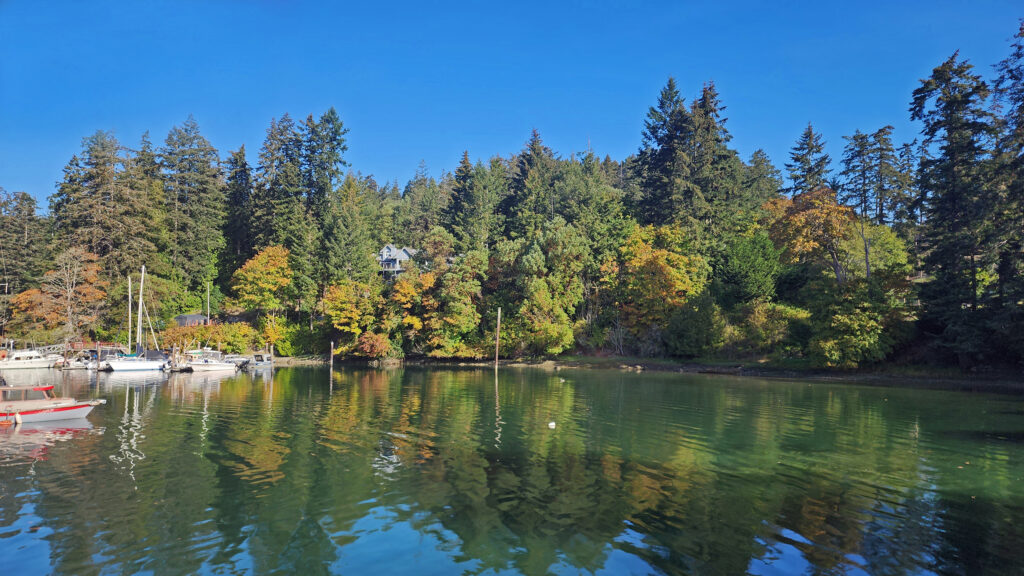
There are no commercial flights to Salt Spring Island. There are float plane companies that will take you to the islands, though. And the Victoria airport is only a few miles from the Schwartz Bay ferry terminal, so flying to Victoria and renting a car is a good option if driving is not feasible.
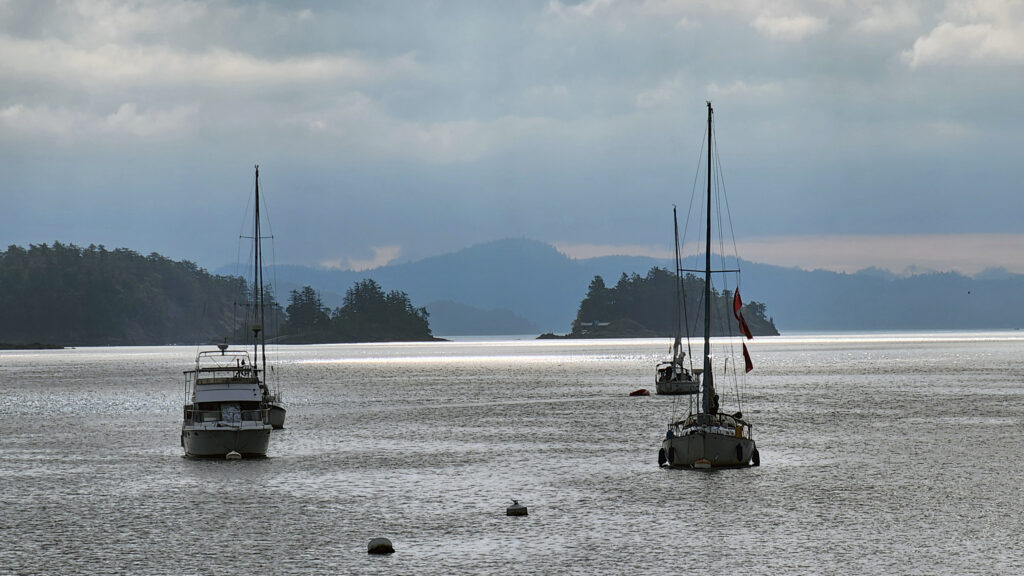
If you or one of your fellow travelers is an experienced boater or sailor, you can charter a sailboat or power boat and explore the islands by sea. Full-service marinas are located at Sidney on Vancouver Island, and in Ganges. Experience is essential and charter companies require proof of competence, and it is fairly expensive. But if you have the necessary qualifications and can afford it, this is an excellent way to explore the Islands. We have done this, and I can personally recommend it.

There are a wide variety of accommodations available on Salt Spring, from full-service resorts and hotels to traditional B&Bs to single rooms available through Airbnb. One place that I can personally recommend is Spindrift Oceanfront Cottages near the Long Harbor ferry terminal. Spindrift is located at the end of a peninsula in Ganges Harbor in a park-like setting. It has a variety of cottages and two sand beaches perfect for launching kayaks. If you’re a kayaker, this is a perfect jumping off point. Ganges Harbor and its numerous islands are well worth exploring. Prevost Island, a short paddle to the southeast of Ganges Harbor is also worth a visit. A portion of Prevost is set aside as part of the Gulf Islands National Park.
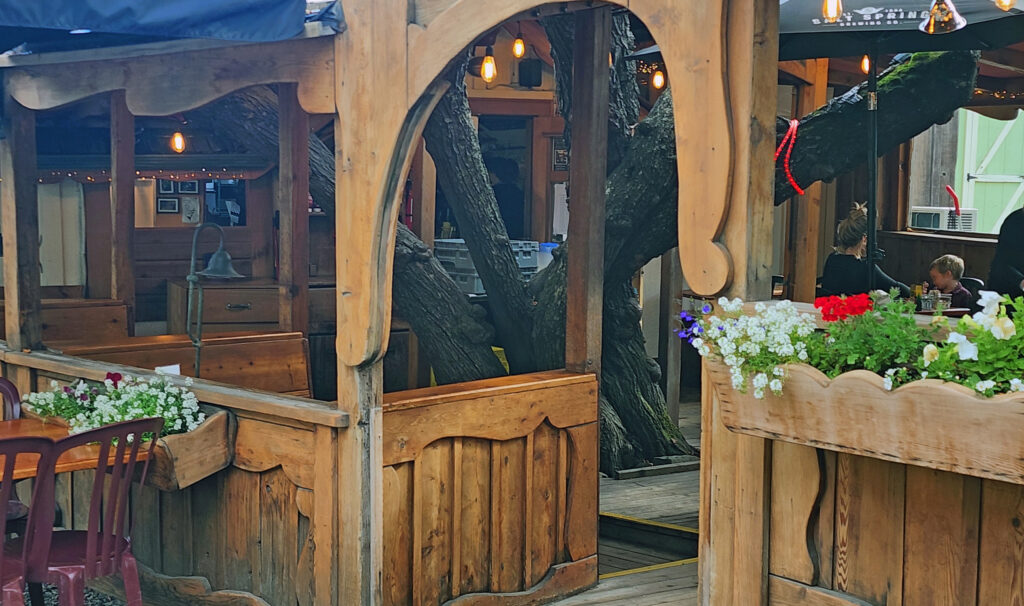
The Ganges area has several restaurants and cafes that I can recommend. For a good breakfast in a unique setting, try the Tree House Cafe in downtown Ganges. Another good place to start your day is Salt Spring Coffee-Ganges Cafe. Salt Spring Inn offers a fine dining experience, also in downtown Ganges. Salt Spring Wild Cider House, just west of Ganges, offers gourmet farm-to-table dinners at a reasonable price. Moby’s Pub, a local hangout, has an upscale pub food menu and a good selection of craft beers. And, if you want a true local experience, you will probably not see another tourist in the well-named The Local Pub, near the marina in Ganges.
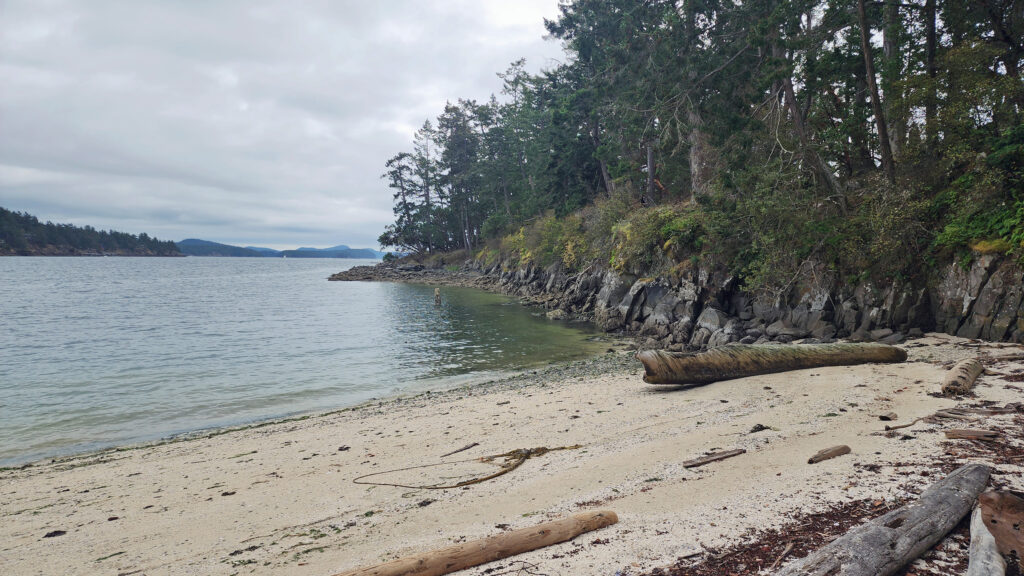
Getting around the island is easiest if you have a car, but there is a bus system that will get you around if you don’t. And there is a unique Car Stop system, sort of an organized hitchhiking system. Look for the Car Stop signs and stick out your thumb. Someone will stop to give you a ride. Drivers can be selective about who they pick up, and of course hitchhikers can be equally selective about whose car they get into. But it’s generally safe, and it’s free. It also a unique way to get to know some of the locals.

There are many places worth exploring on Salt Spring, including four Provincial Parks. Mount Maxwell Provincial Park on the west side of the island provides spectacular views of Mount Bruce to the south and west across Saanich Inlet to Vancouver Island. You can drive to the summit, but when we were last there (summer 2024) the last mile or so of the road required a high-clearance vehicle with four wheel drive. There are also hiking and mountain bike trails for the more adventurous.
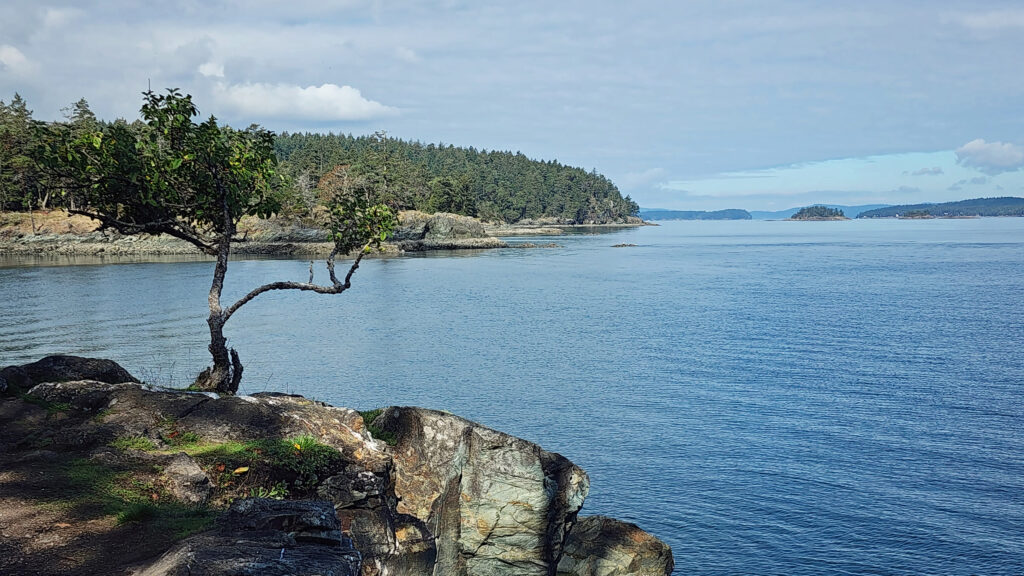
Ruckle Provincial Park on the southeast coast of the island has hiking trails that take you along the shore of Swanson Channel, as well as a campground with eight RV sites (no hookups) and 78 walk in tent sites. There are also good hiking trails at Mt. Erskine Provincial Park, just west of Ganges. And Burgoyne Bay Provincial Park is located at the base of Mount Maxwell on Saanich Inlet.
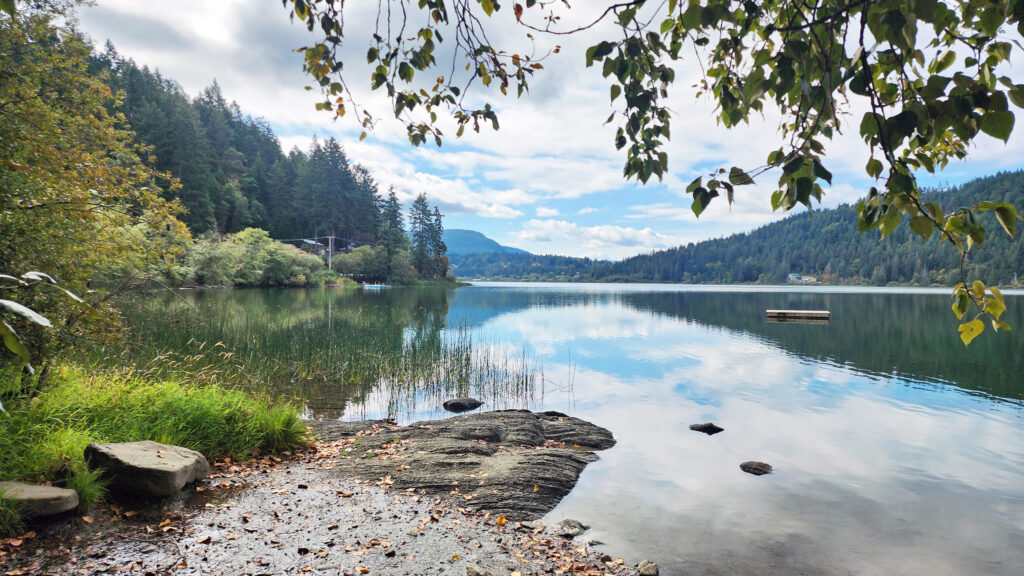
Other places on the island worth visiting include St. Mary’s Lake and the small community of Vesuvius. There are also a number of beaches that have public access on the north end of the island.

Salt Spring has an active arts community, with numerous galleries and studios in Ganges and scattered across the island. Many of the studios are open to visitors in the summer. A Farmer’s Market is held in Ganges every Saturday during the summer, where you can sample artisanal cheeses and locally grown produce. Arts, crafts, and home and garden products are also available.

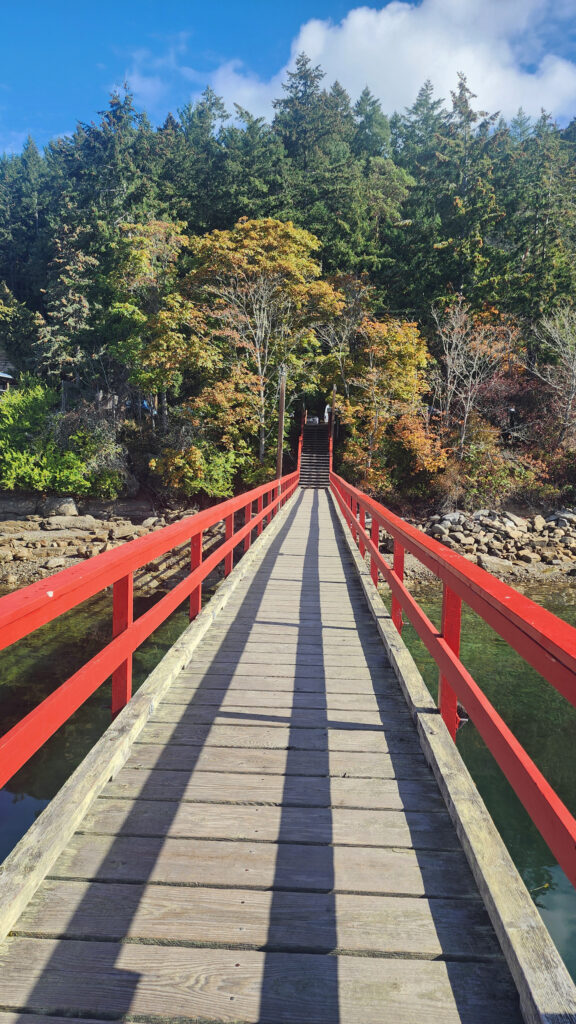
If you are a cheese lover, you’ll want to visit Salt Spring Island Cheese. Their farm is located on Reynolds Road, just off of the road leading to Ruckle Park. There you can not only sample and purchase their artisanal cheeses, but also see the whole cheese making operation. You can also find their cheeses at the Farmer’s Market in Ganges and in many grocery stores in B.C. and as far away as Toronto. If you are a wine lover, stop at Salt Spring Vineyards and Tasting Room, and Garry Oaks Estate Winery, both located south of Ganges on Fulford-Ganges Road.
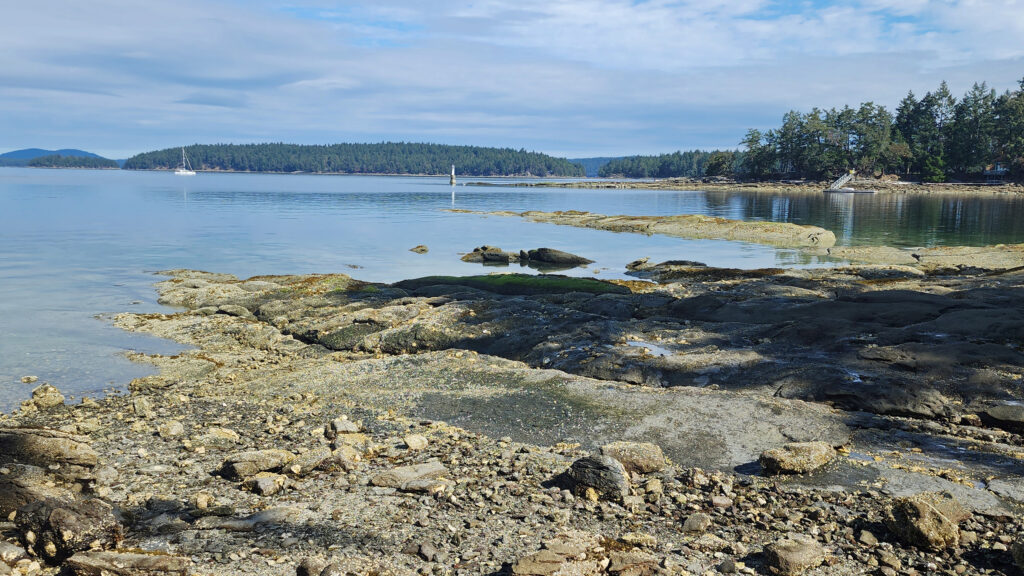
Salt Spring Island is just a short jaunt from Victoria and can be visited as a day-trip if you’re exploring Victoria, but you can also spend a week on the island without running out of things to see and do. And you can use Salt Spring as a base to explore the other Gulf Islands. My wife and I have visited Salt Spring Island many times over the years, and on each visit we have discovered new places to see and new things to do. I’m sure our most recent visit will not be our last.
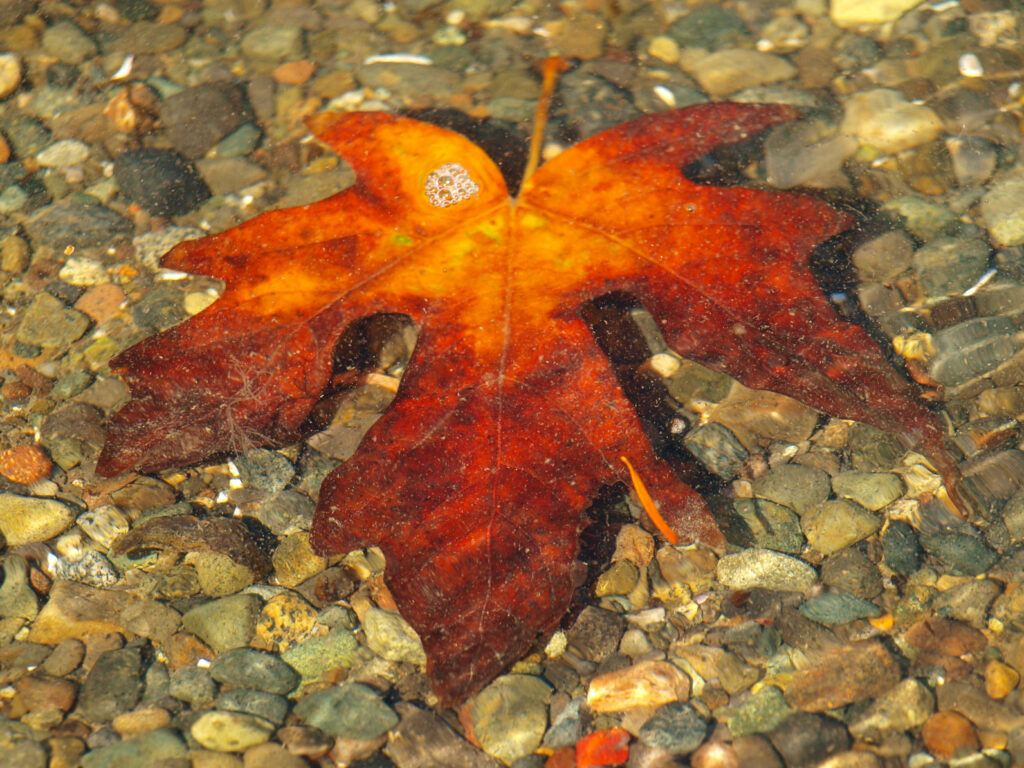
Posted January 31, 2025
All photos © Alan K. Lee

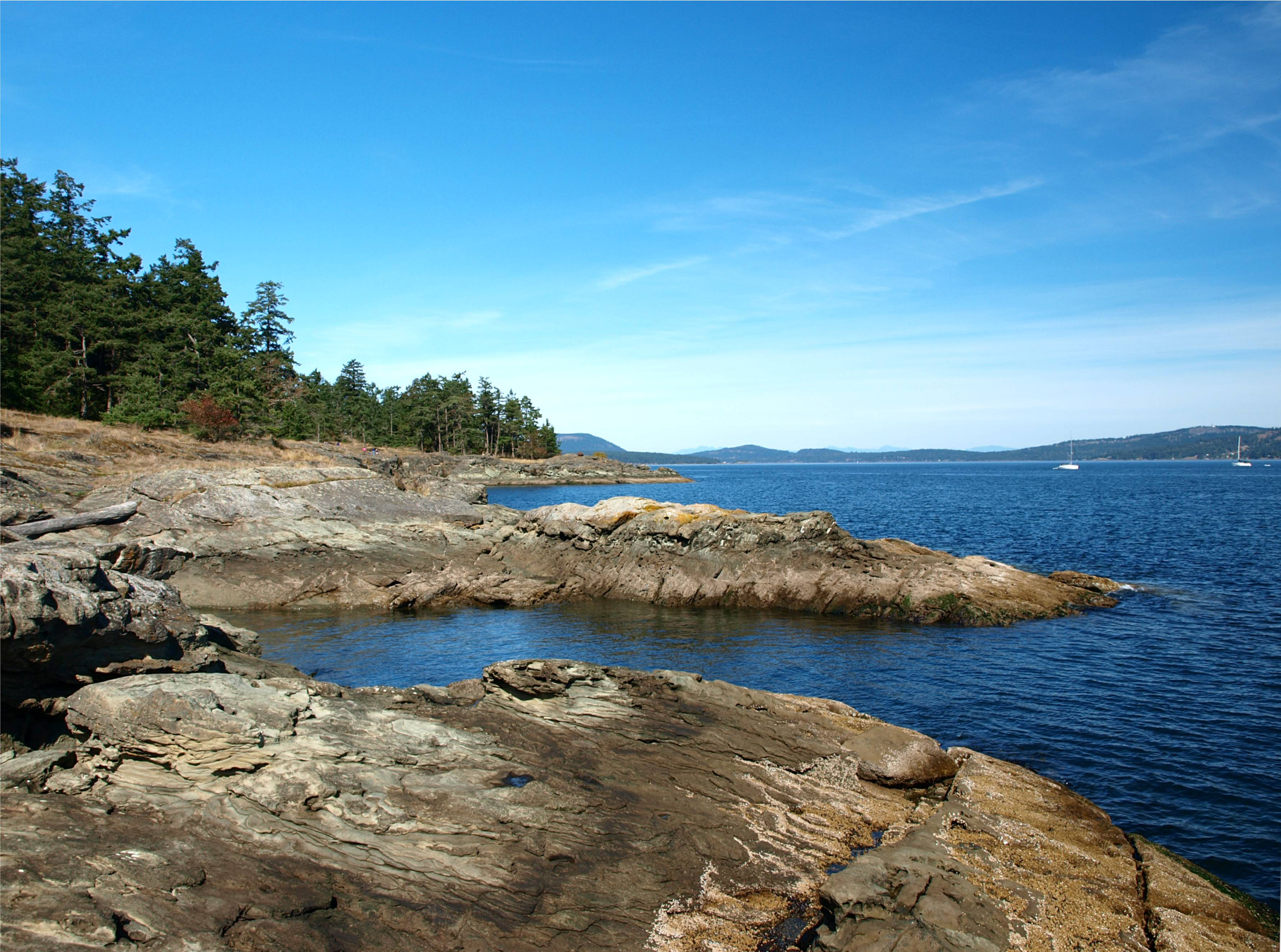
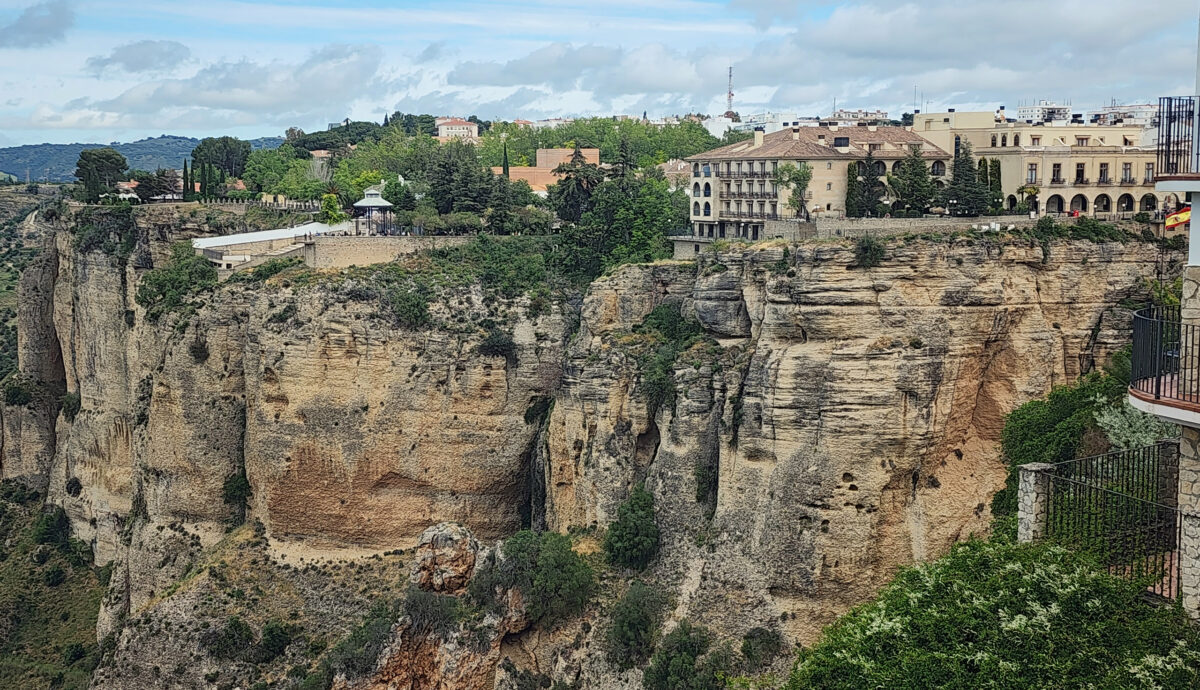

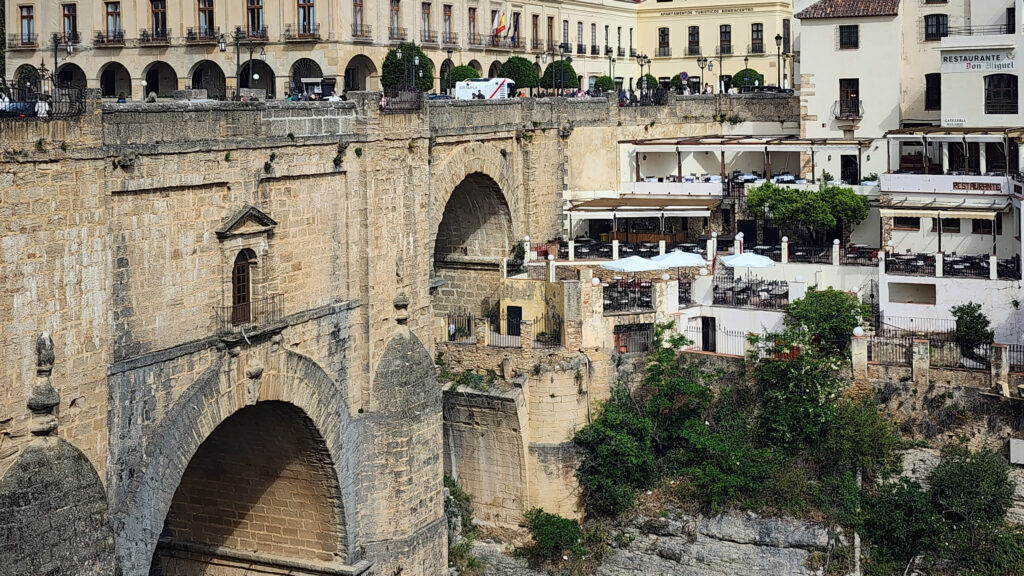

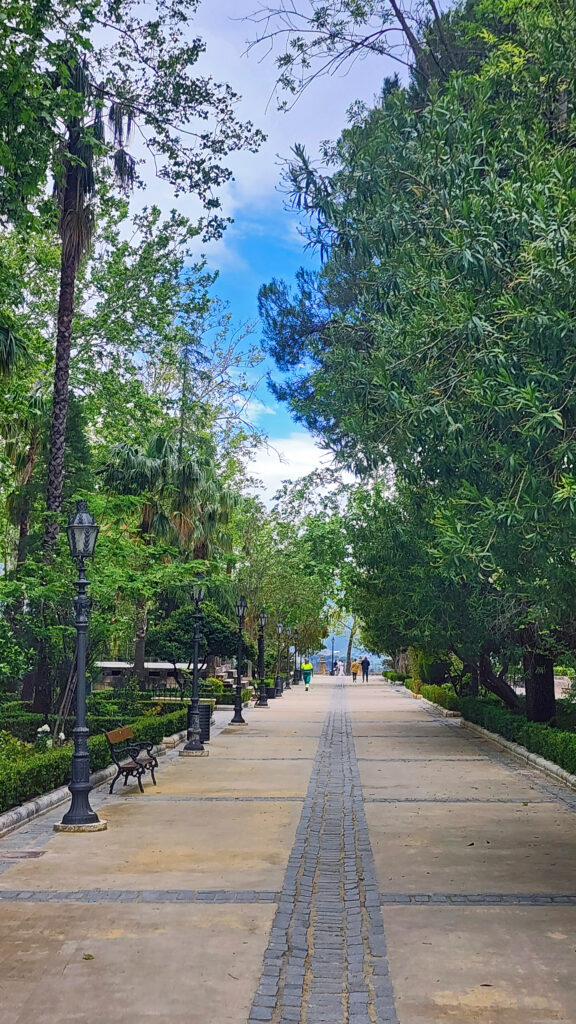
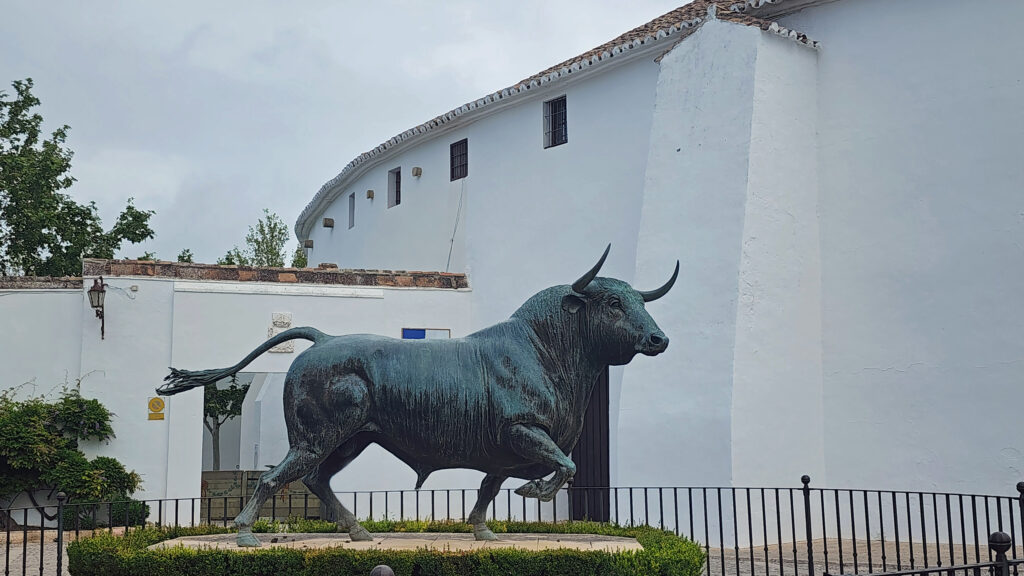
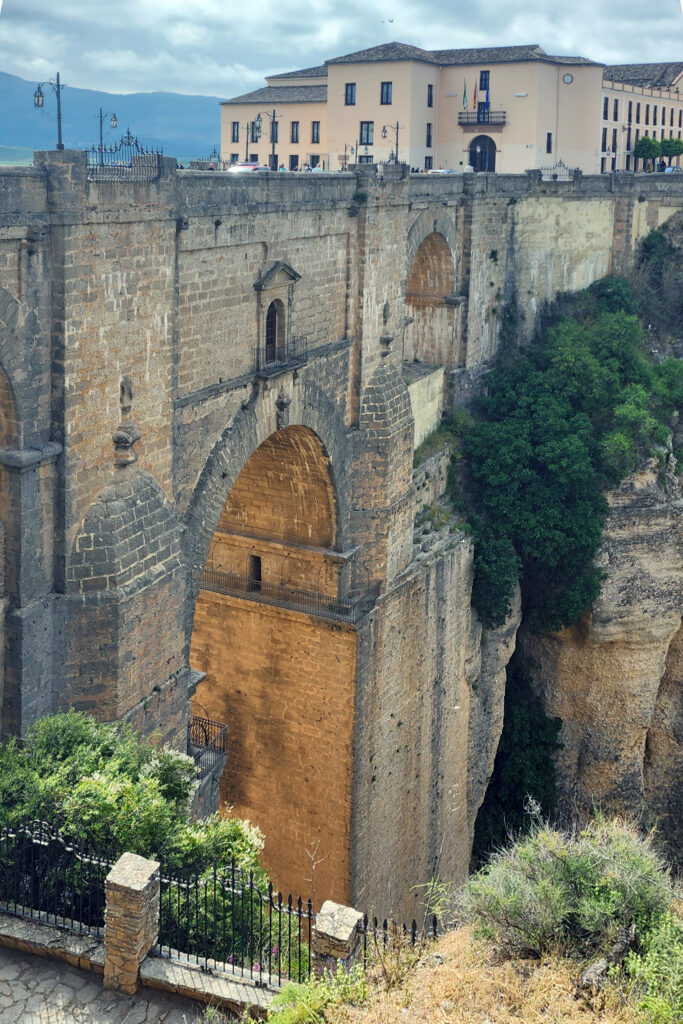
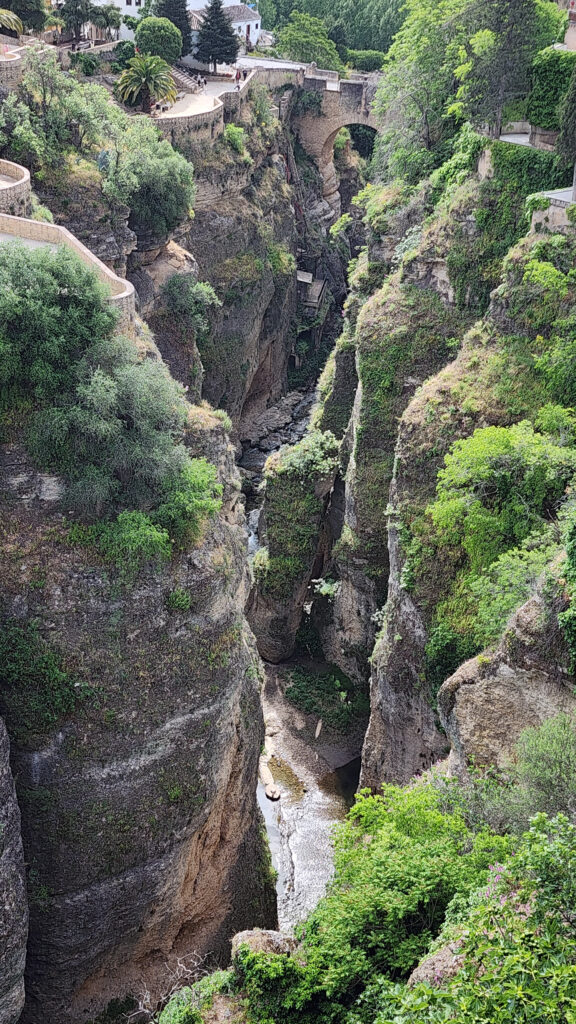
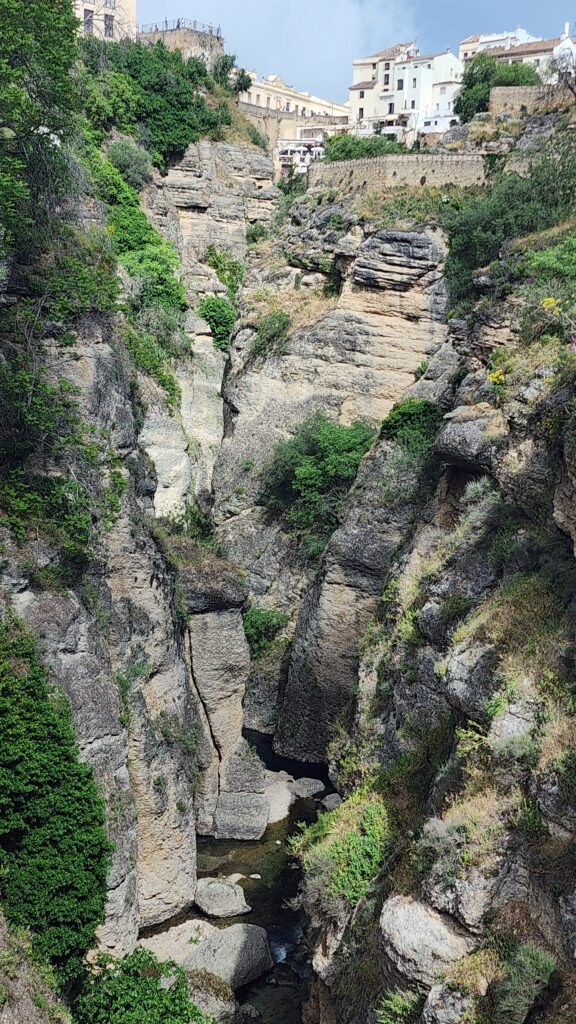
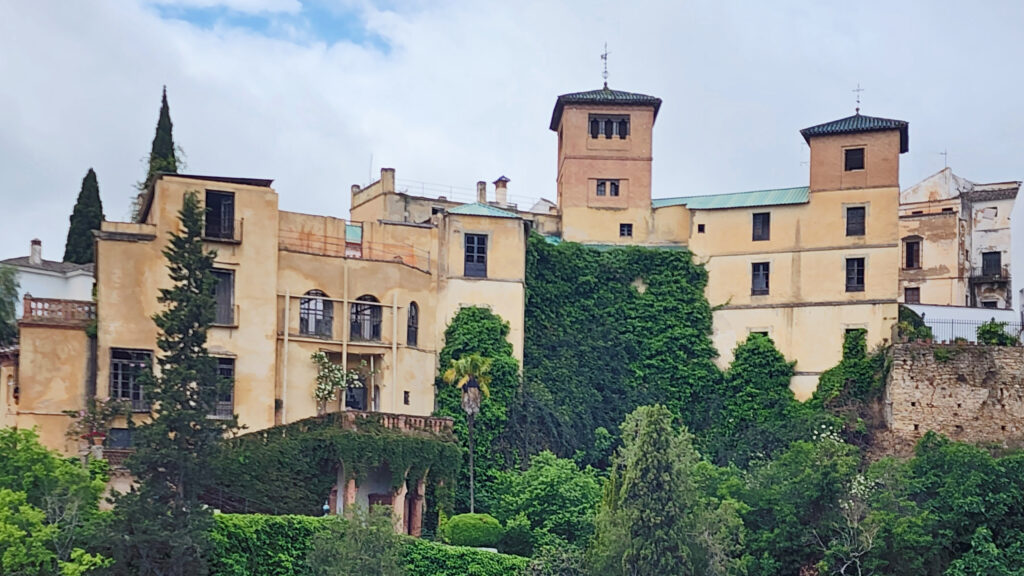
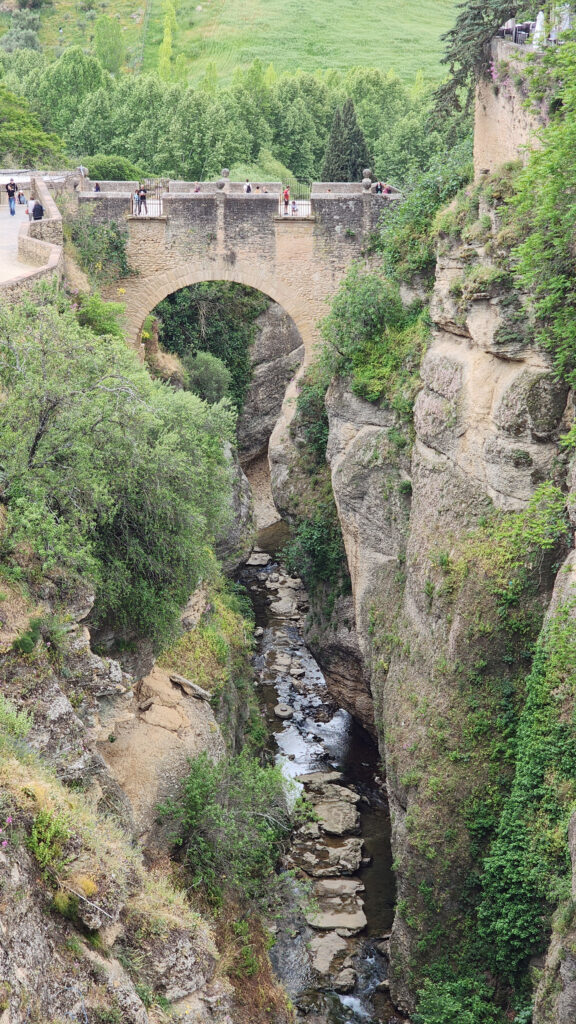


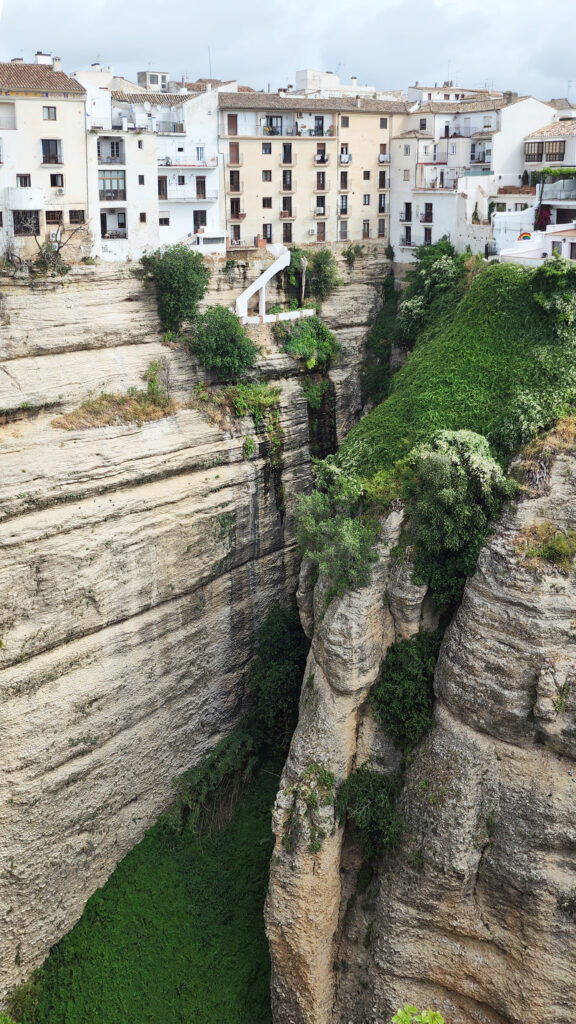
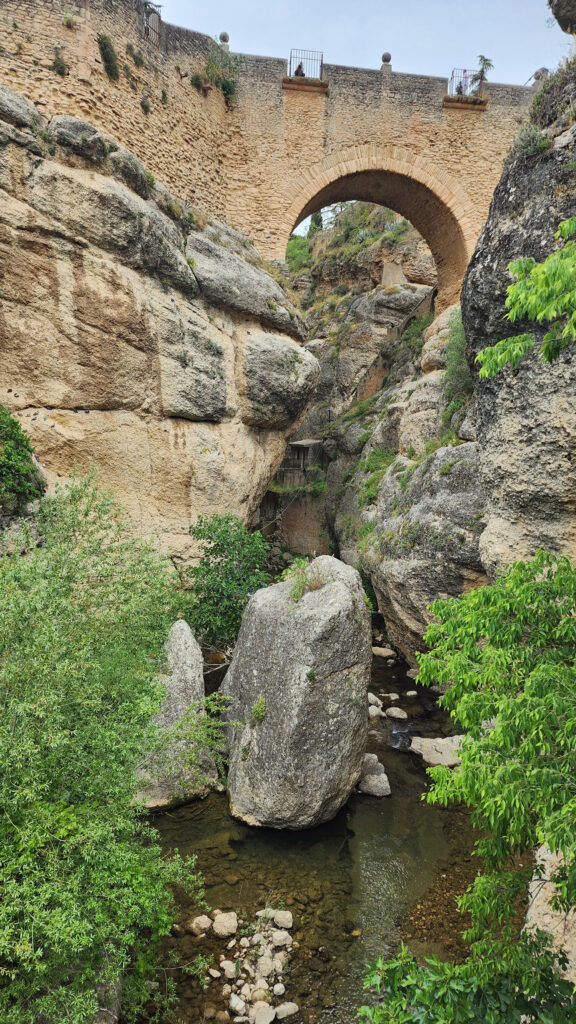
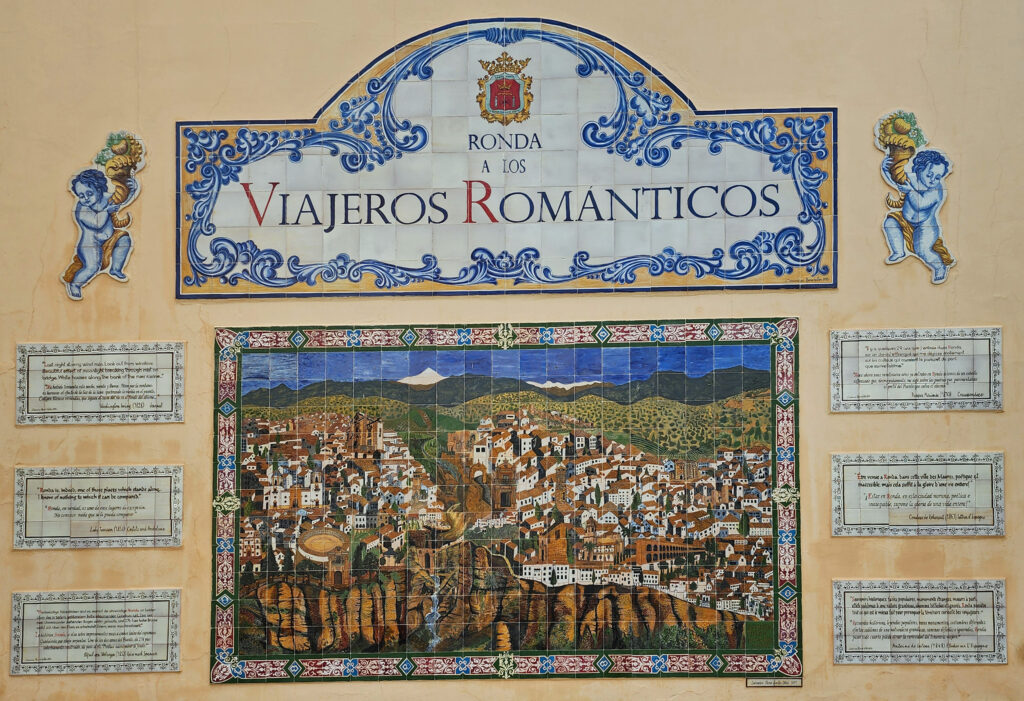
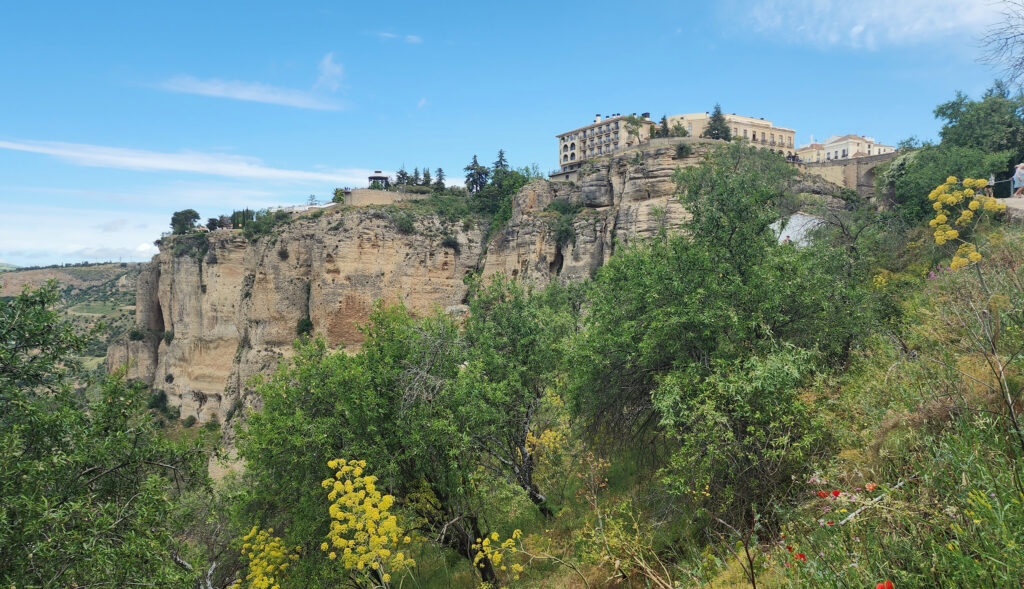
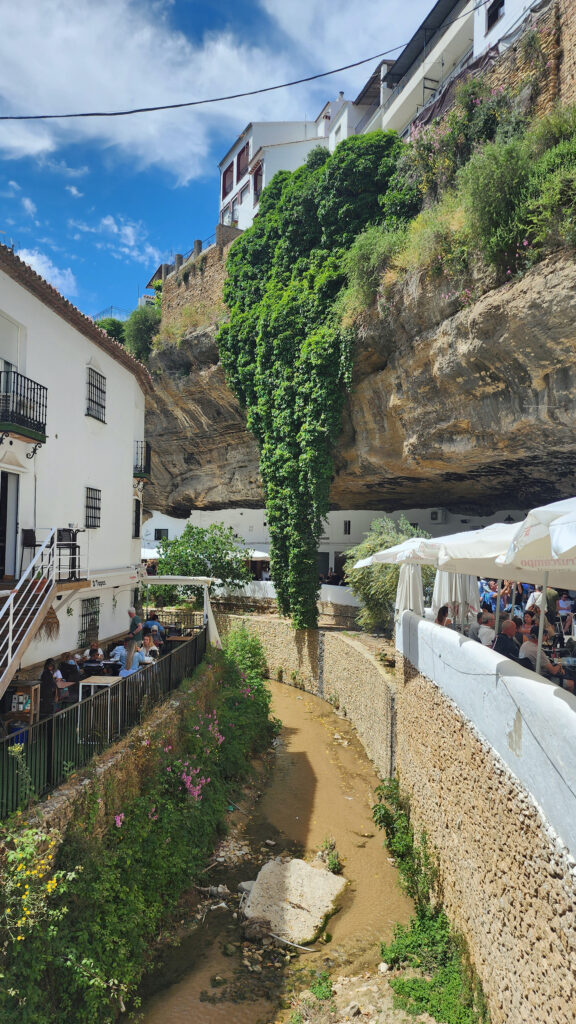
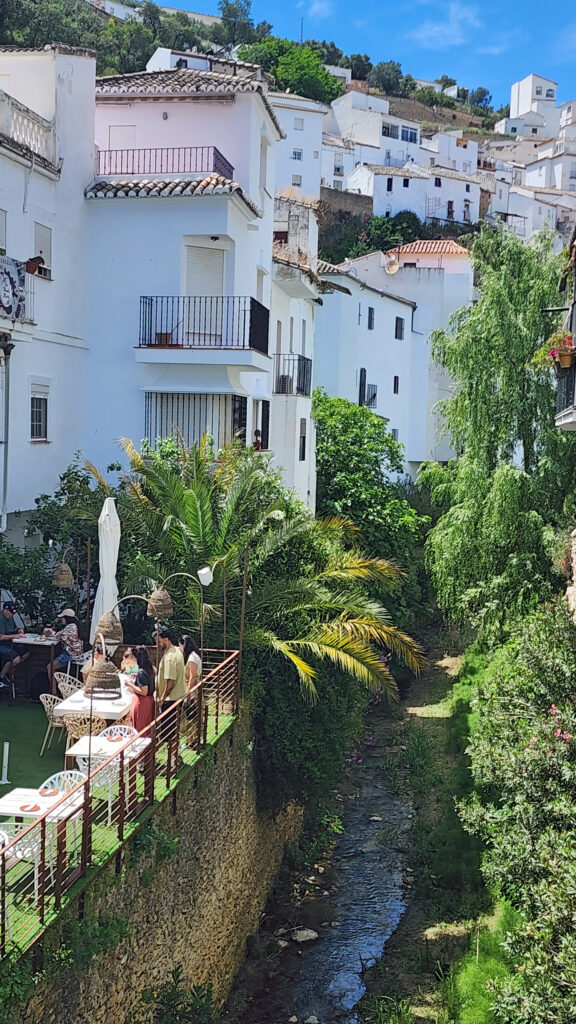
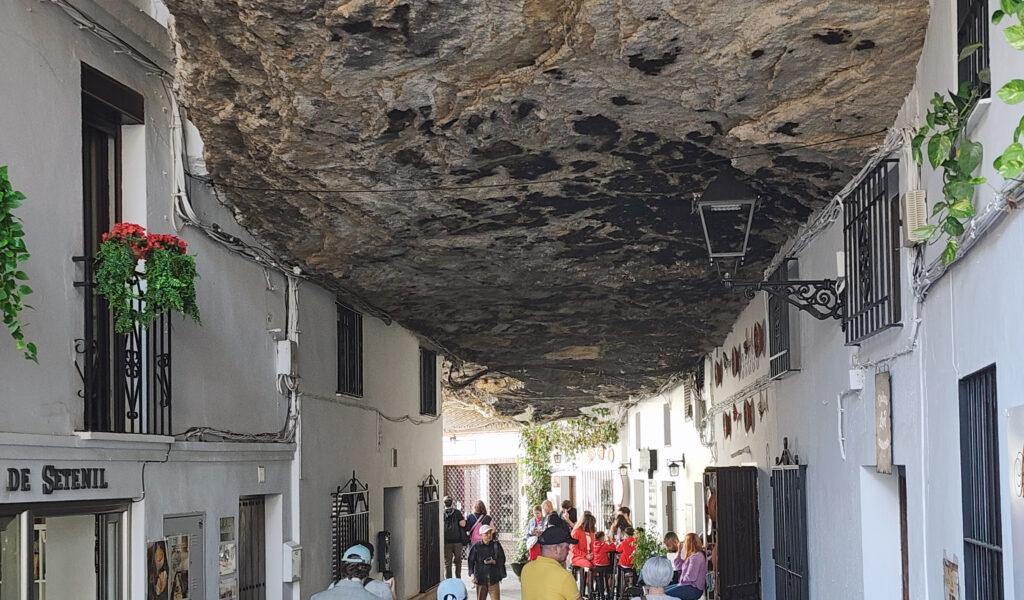
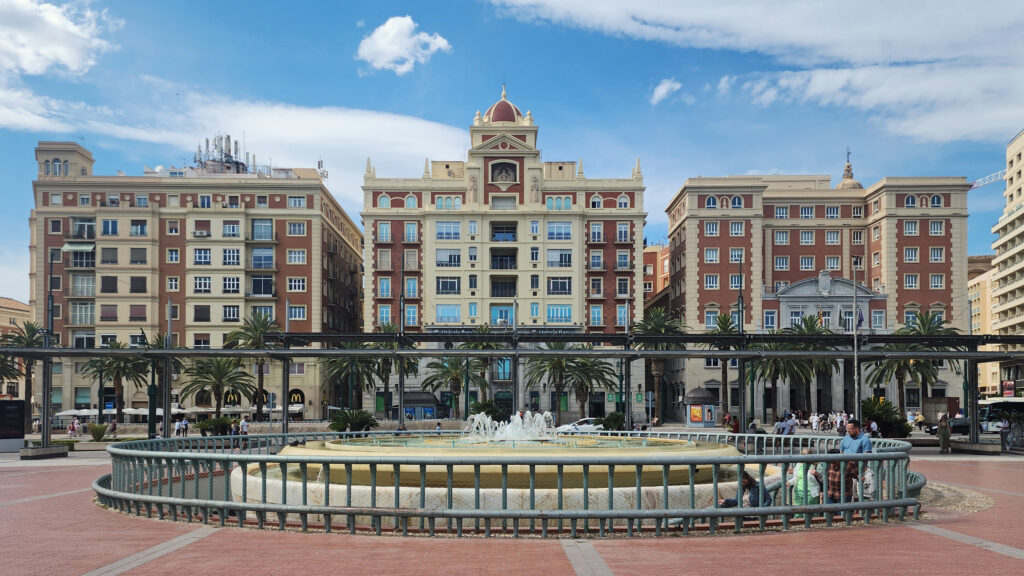
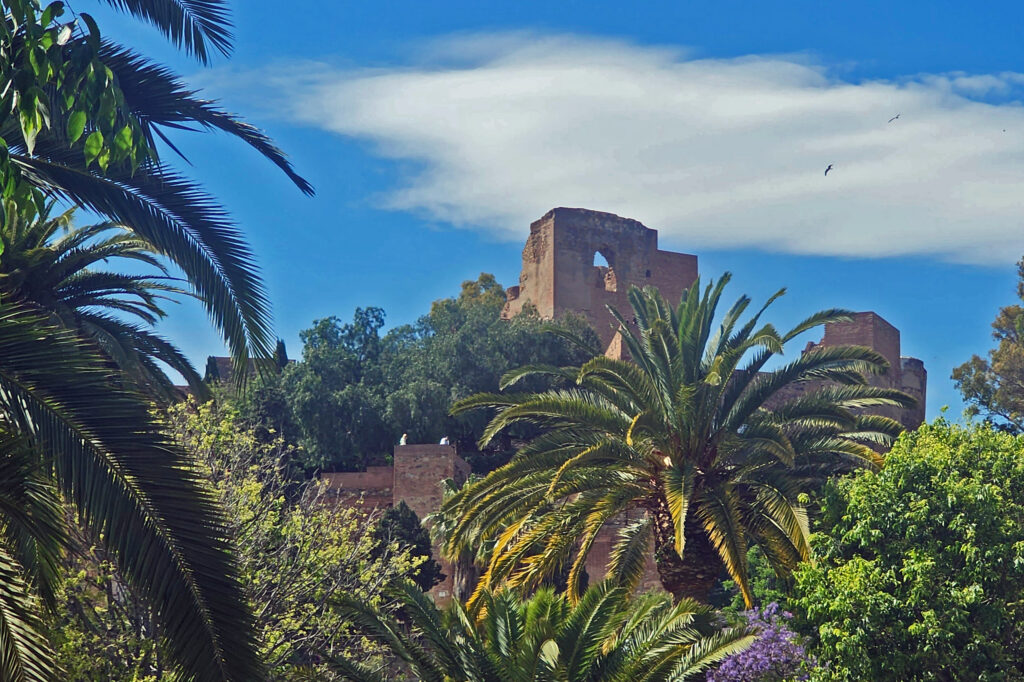
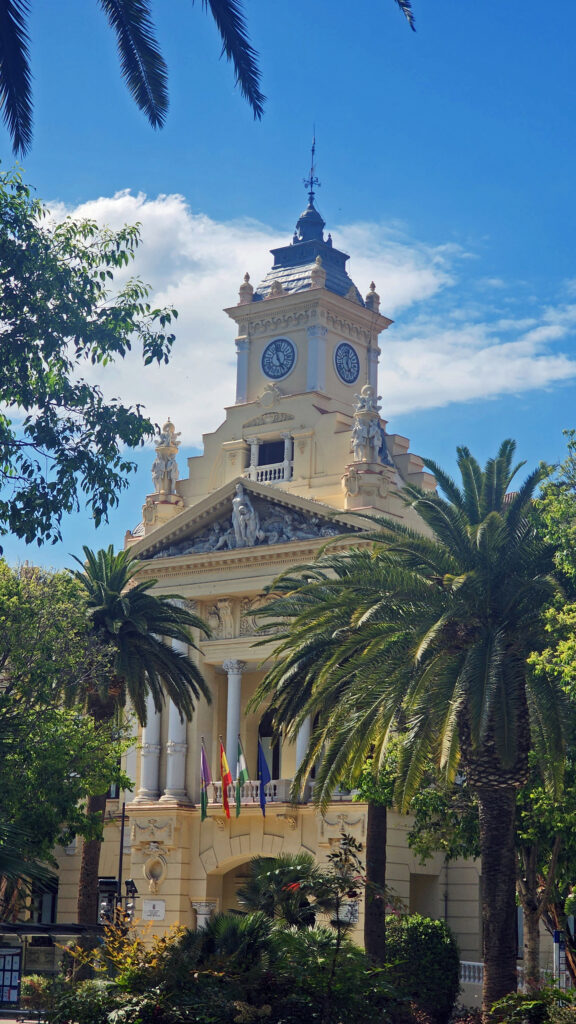
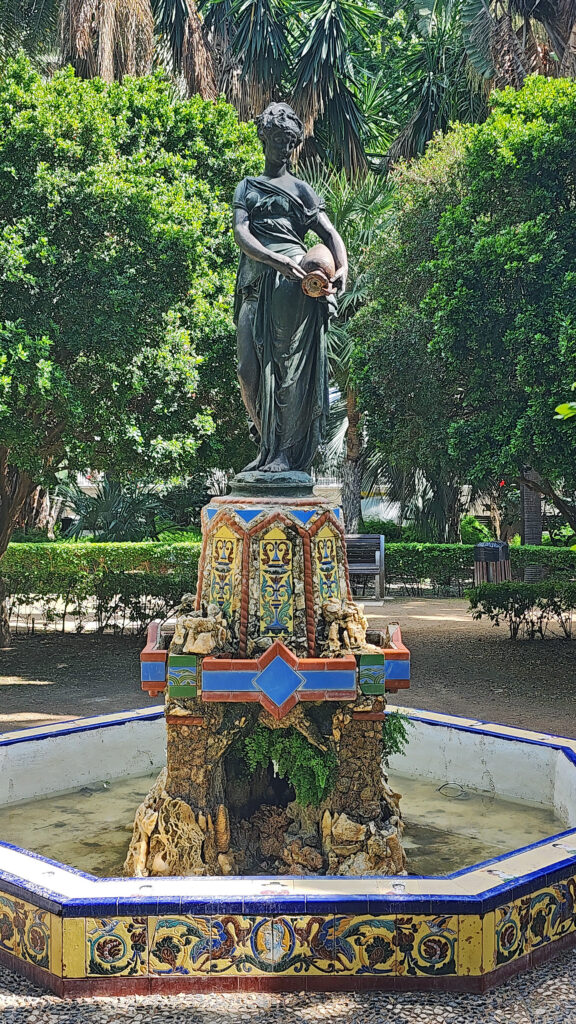
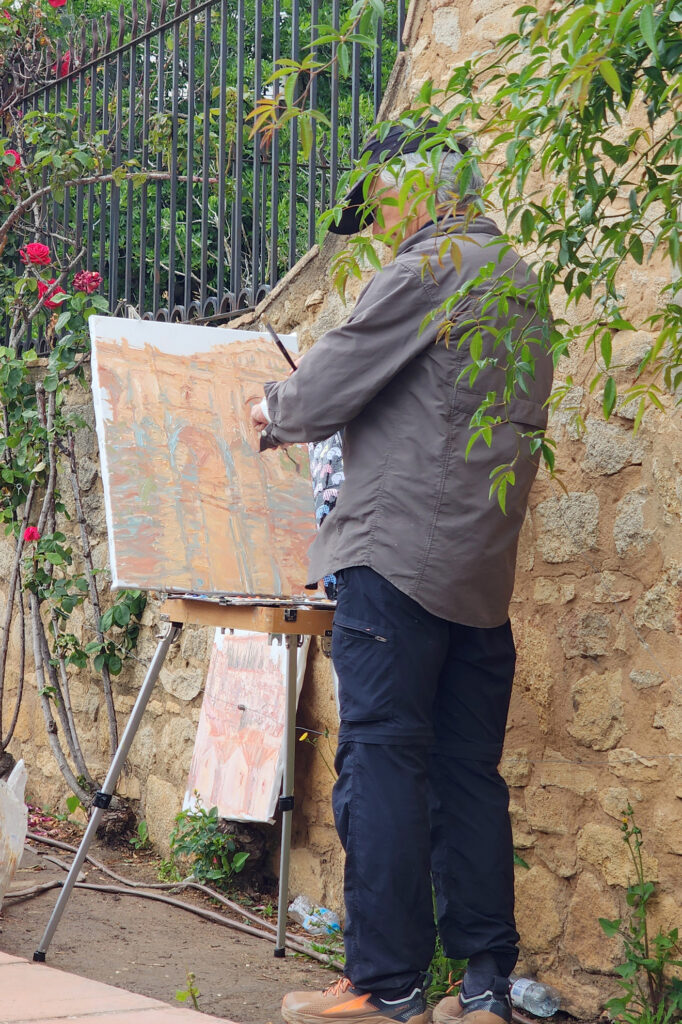
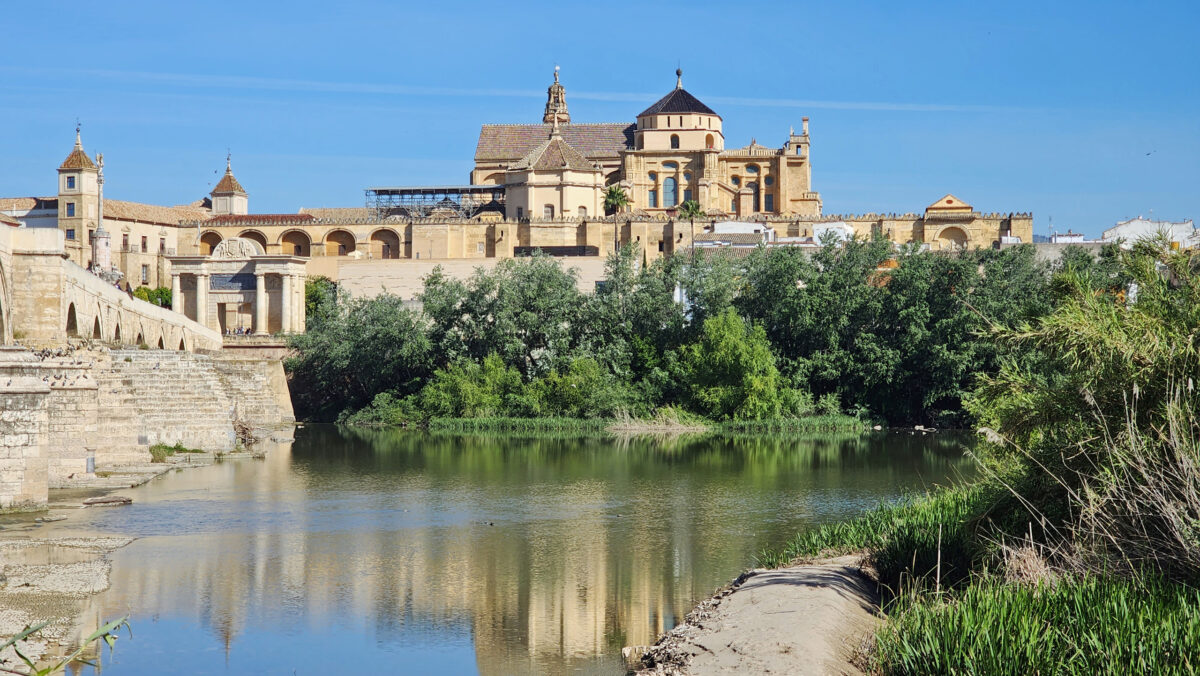
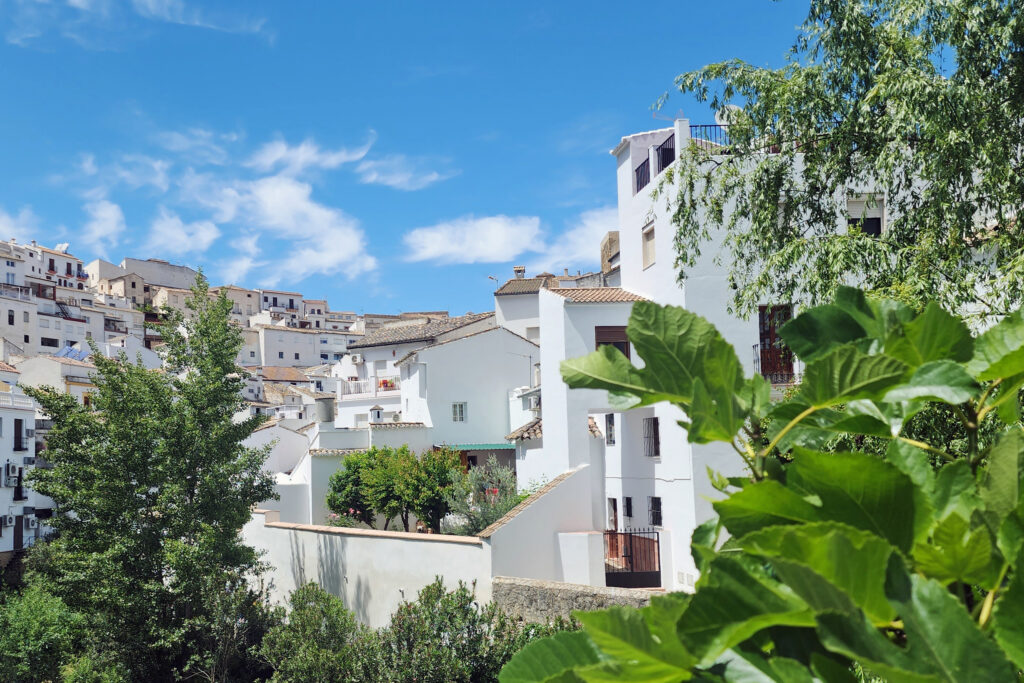
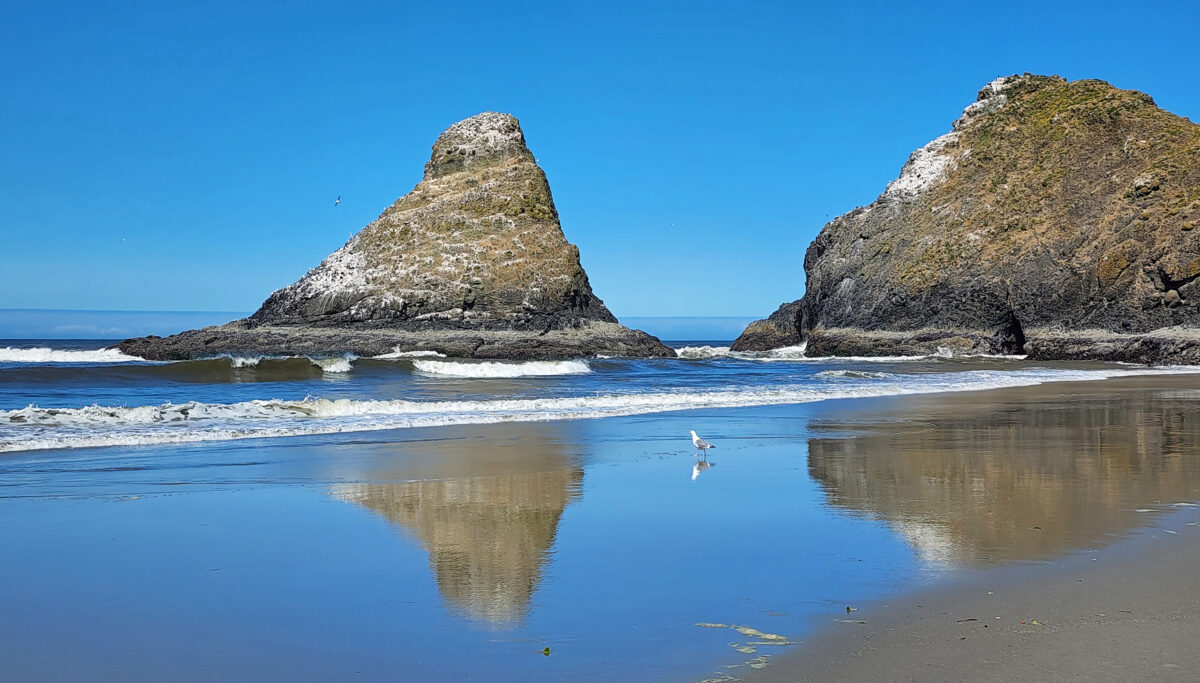
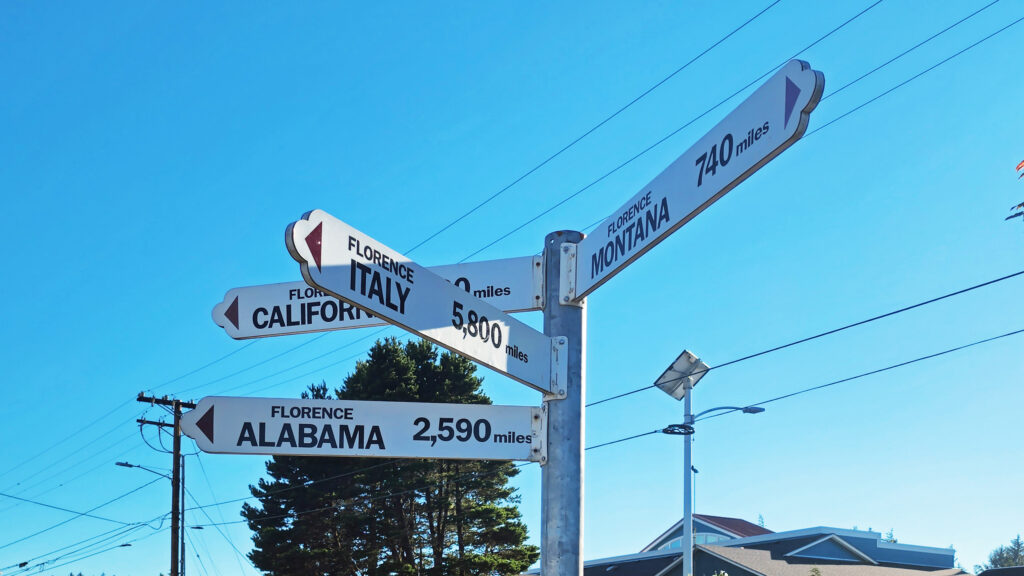
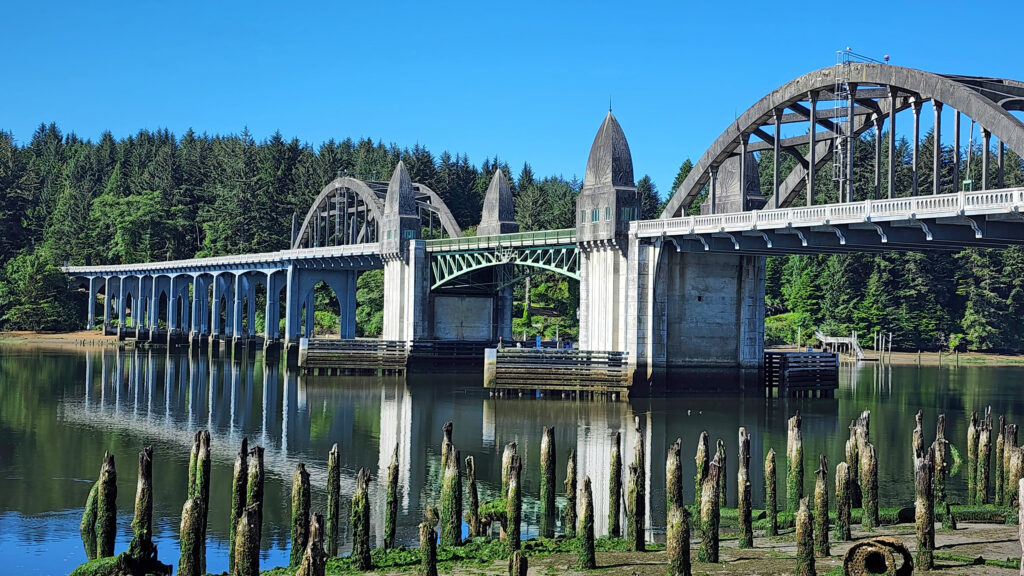

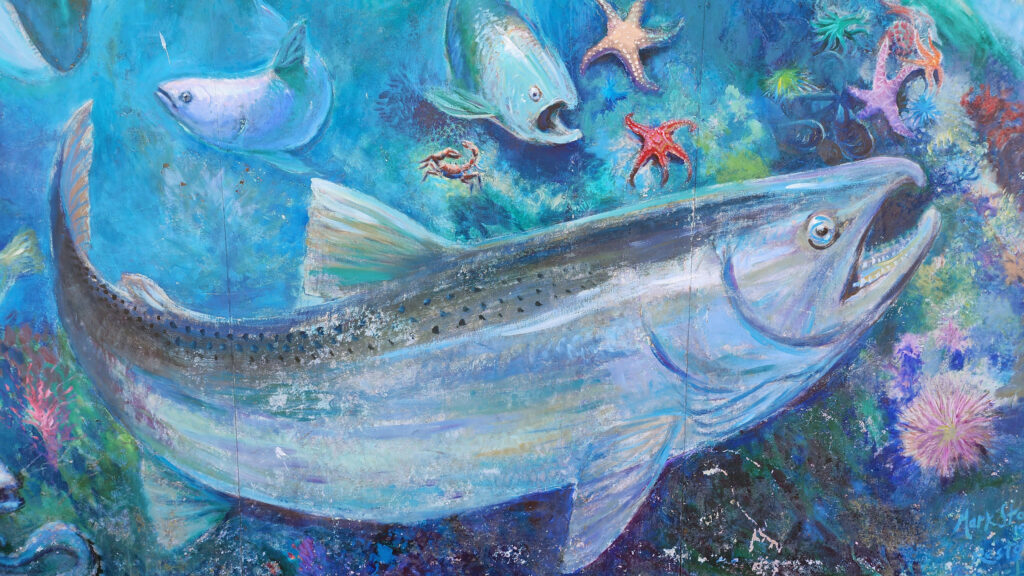
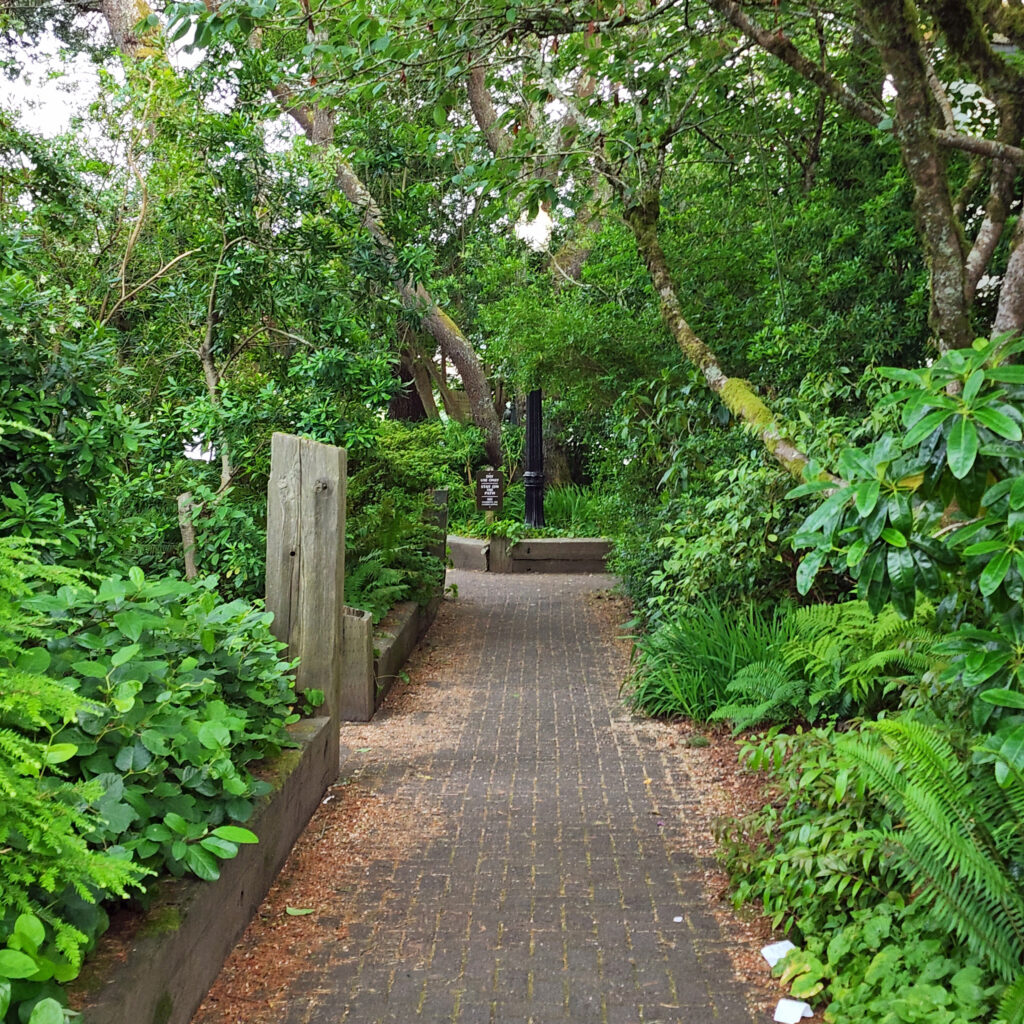
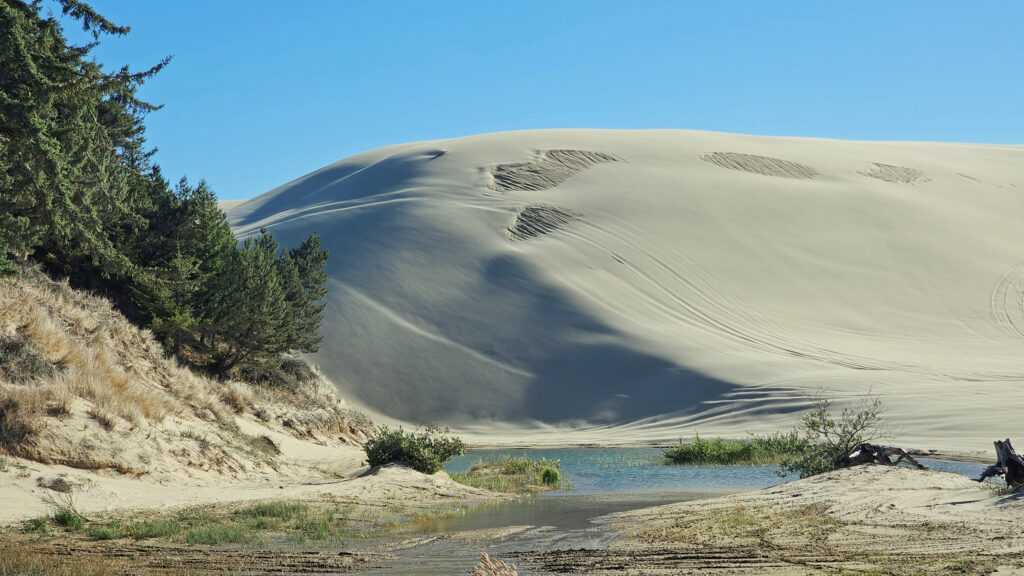
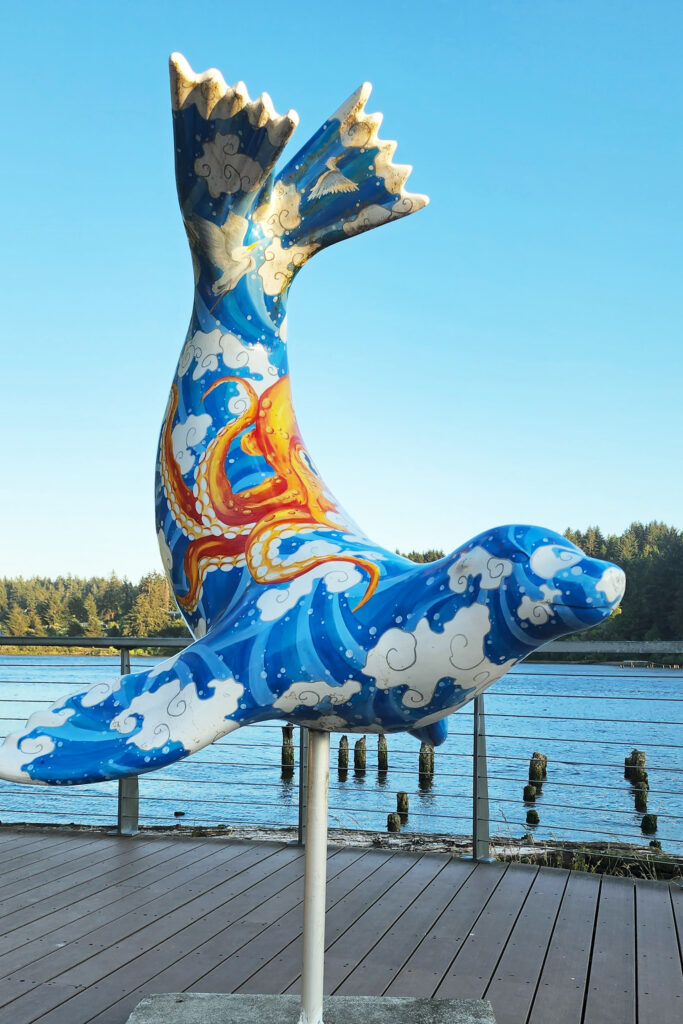
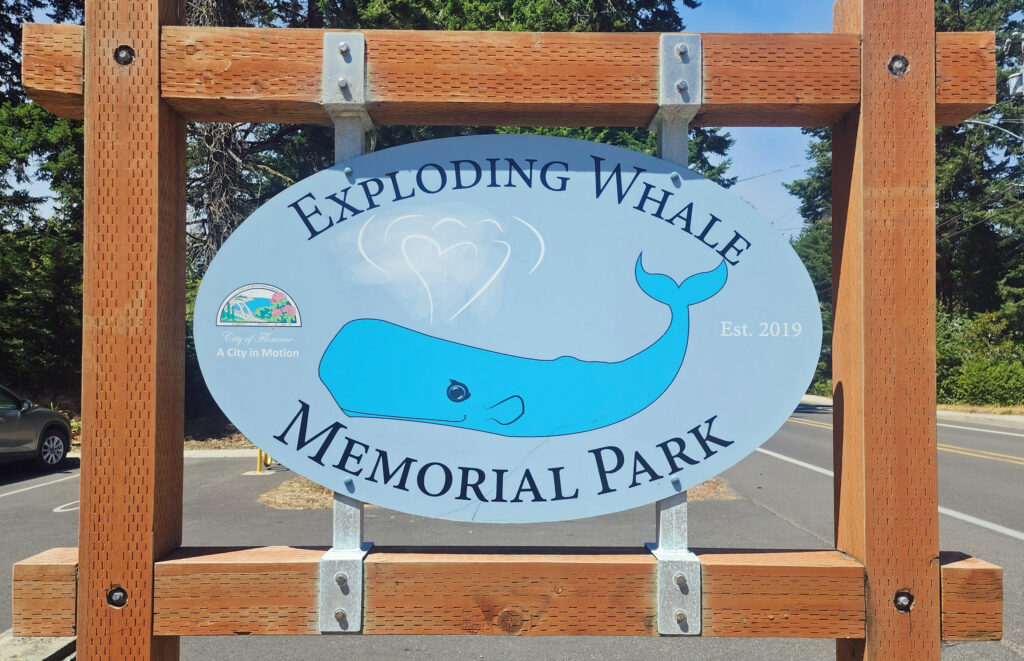
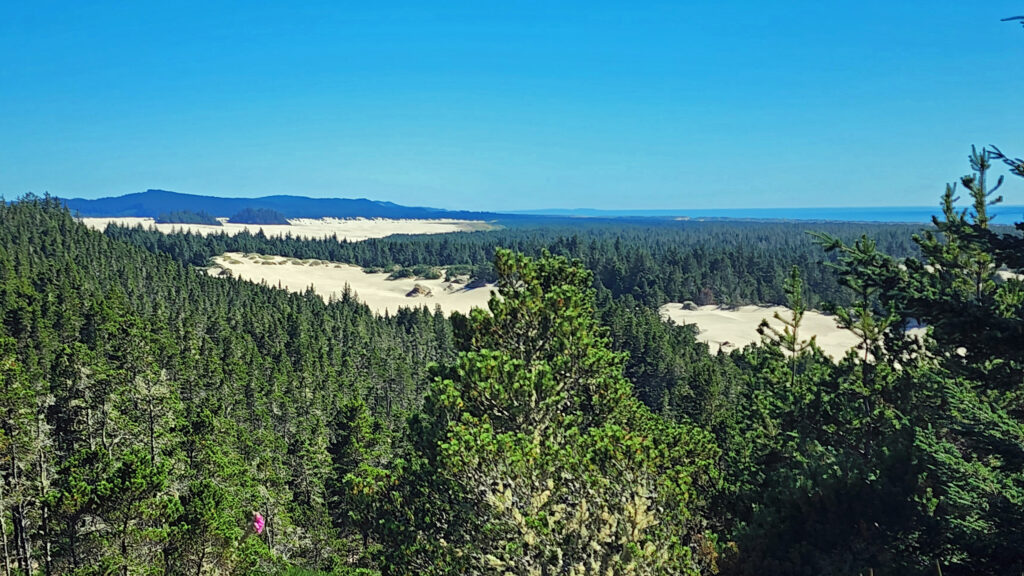
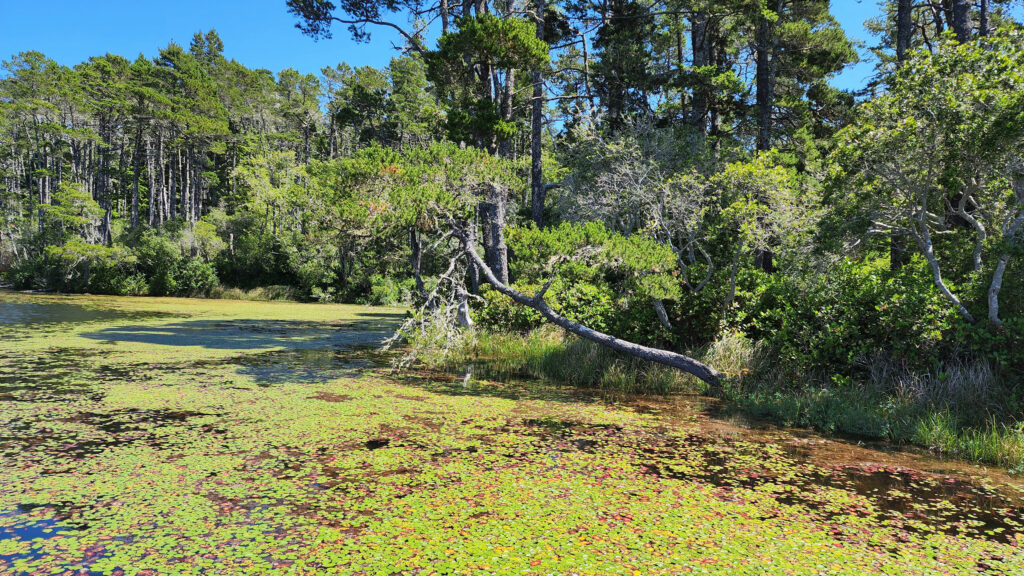
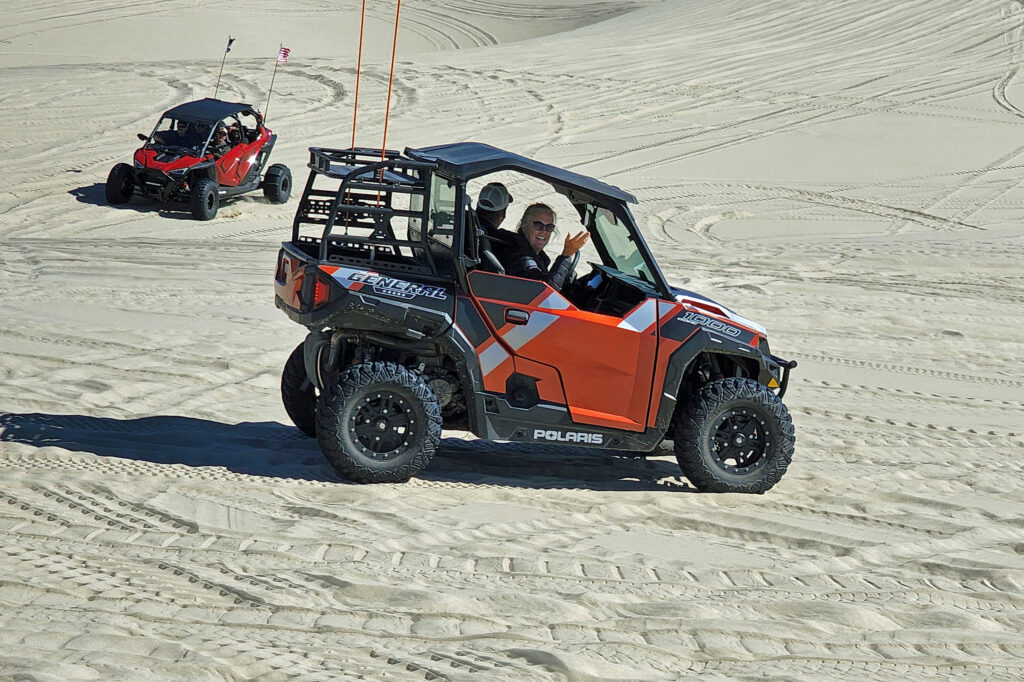
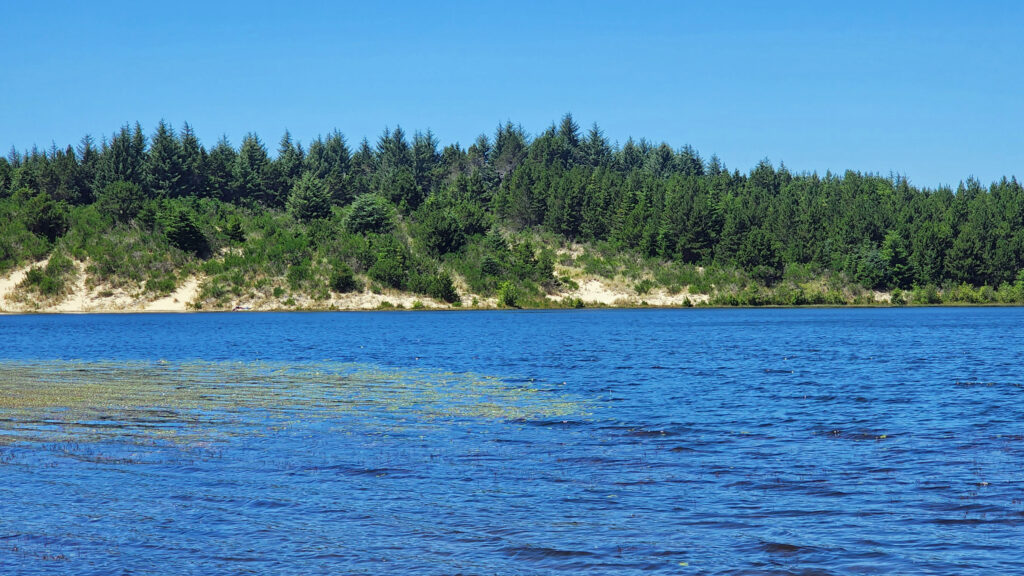
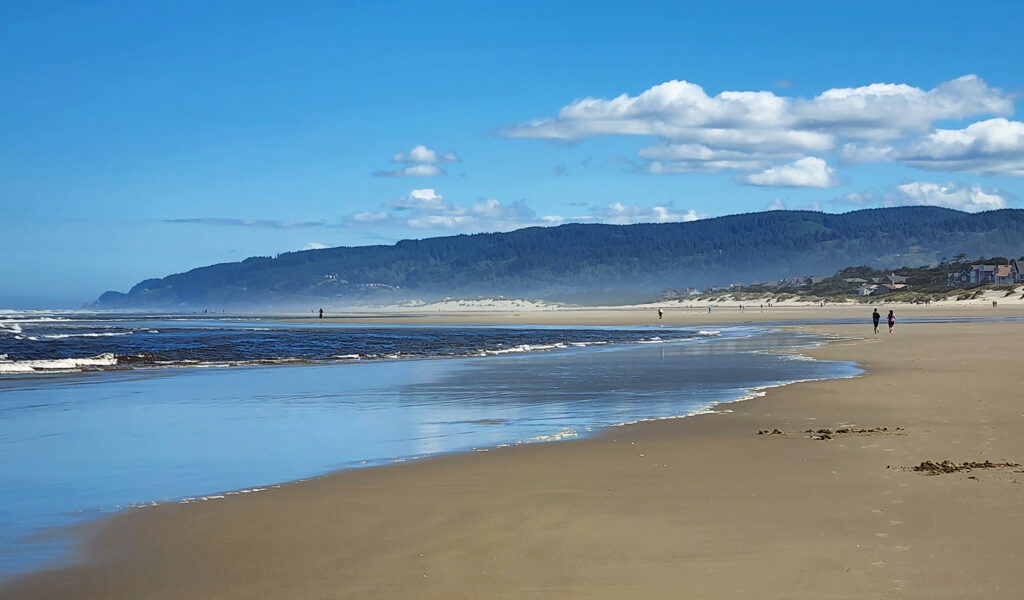
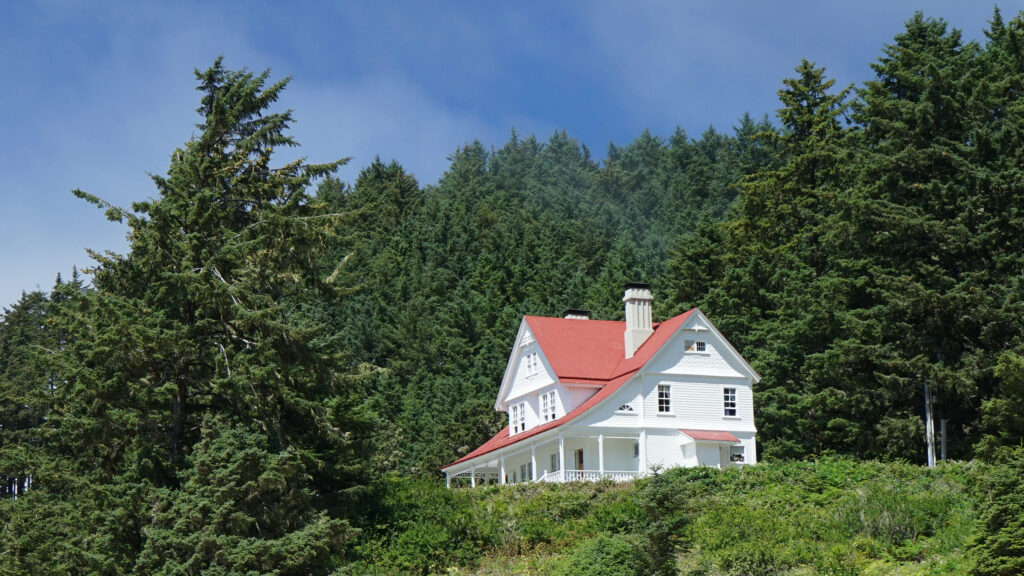

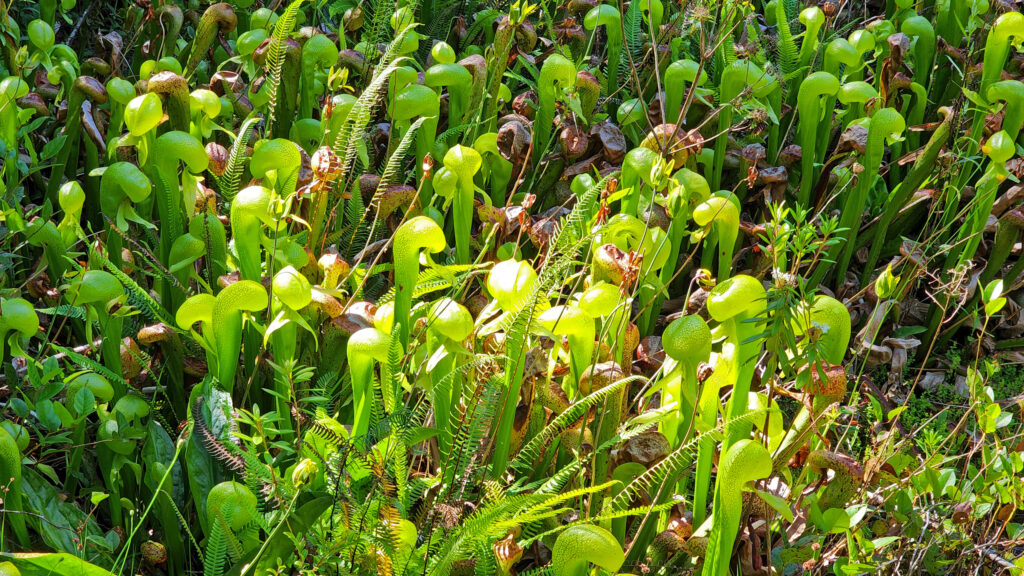
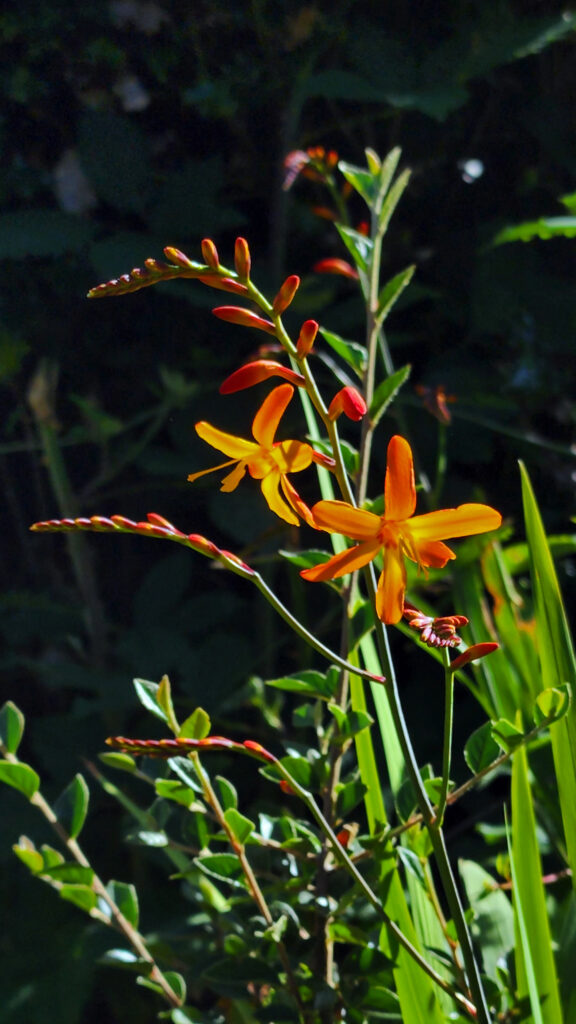
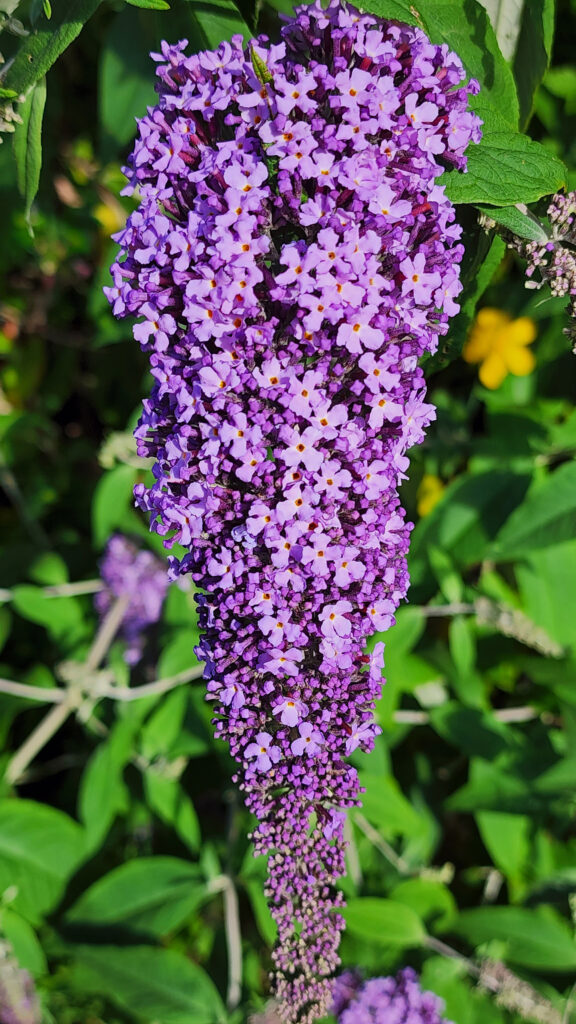
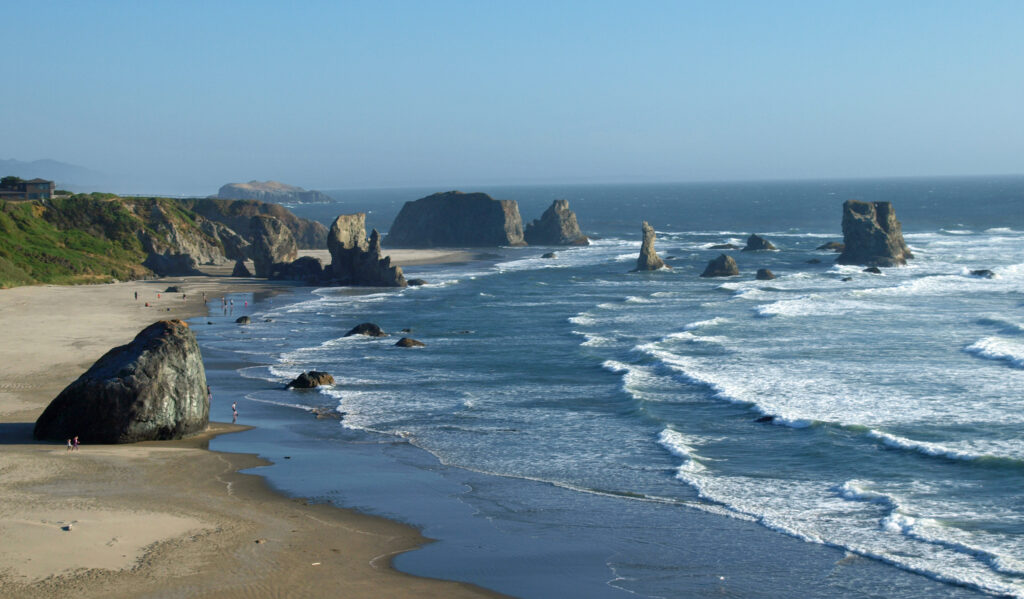
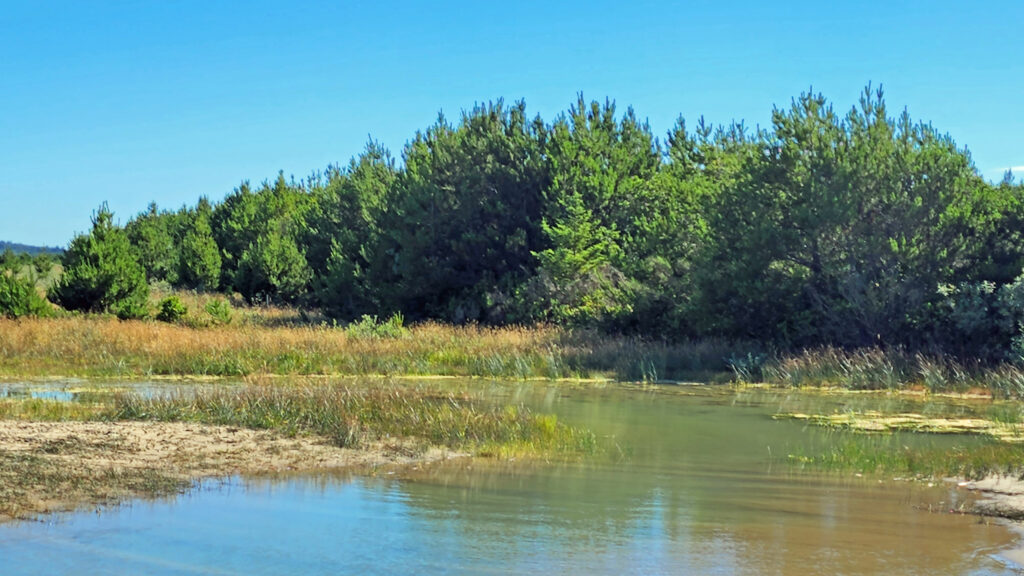

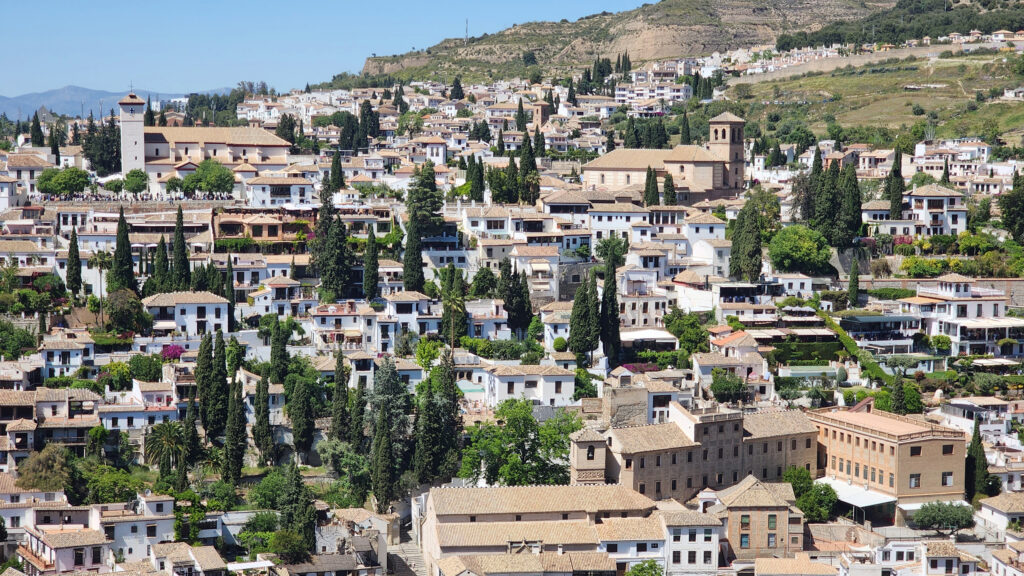
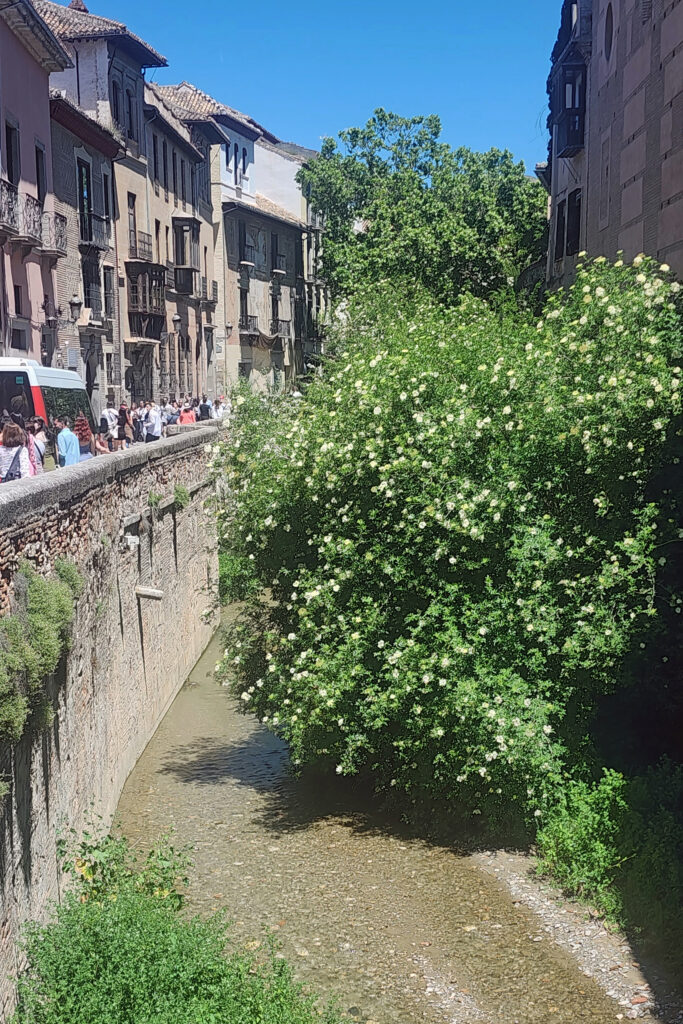
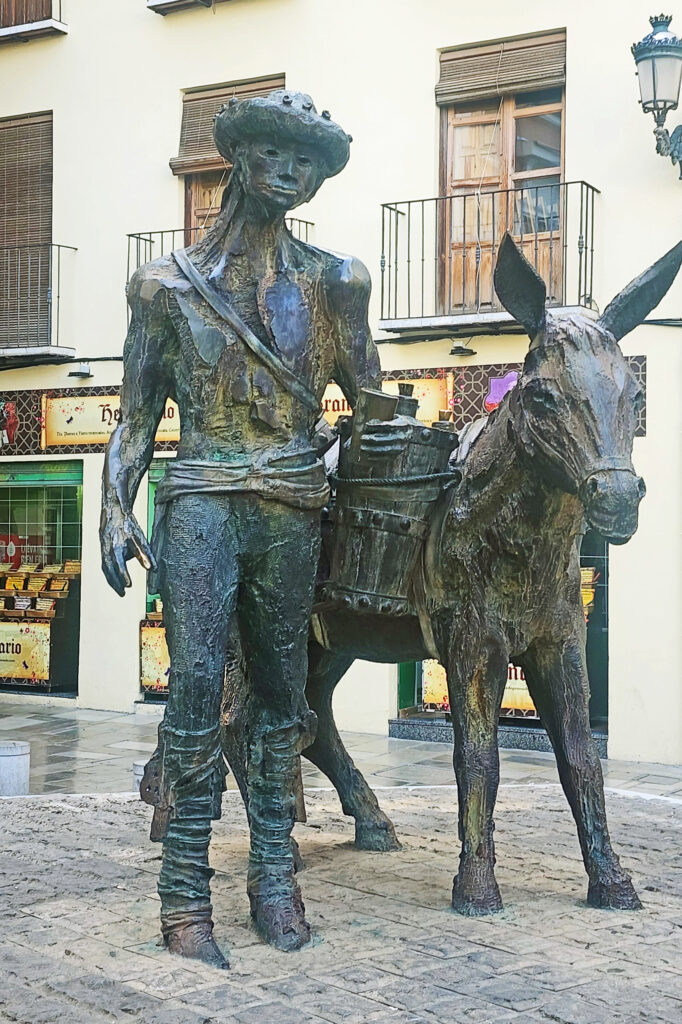
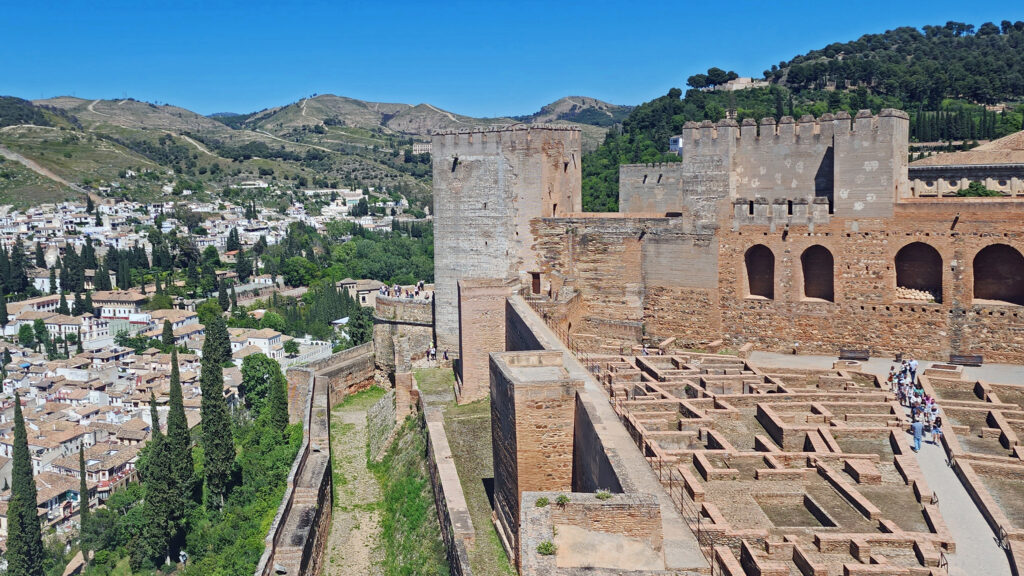
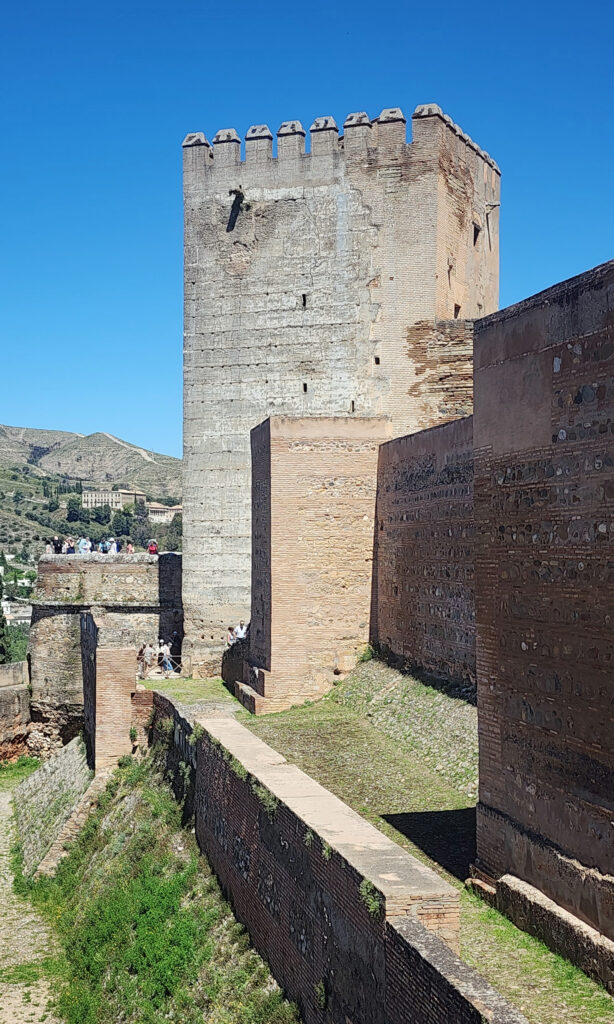
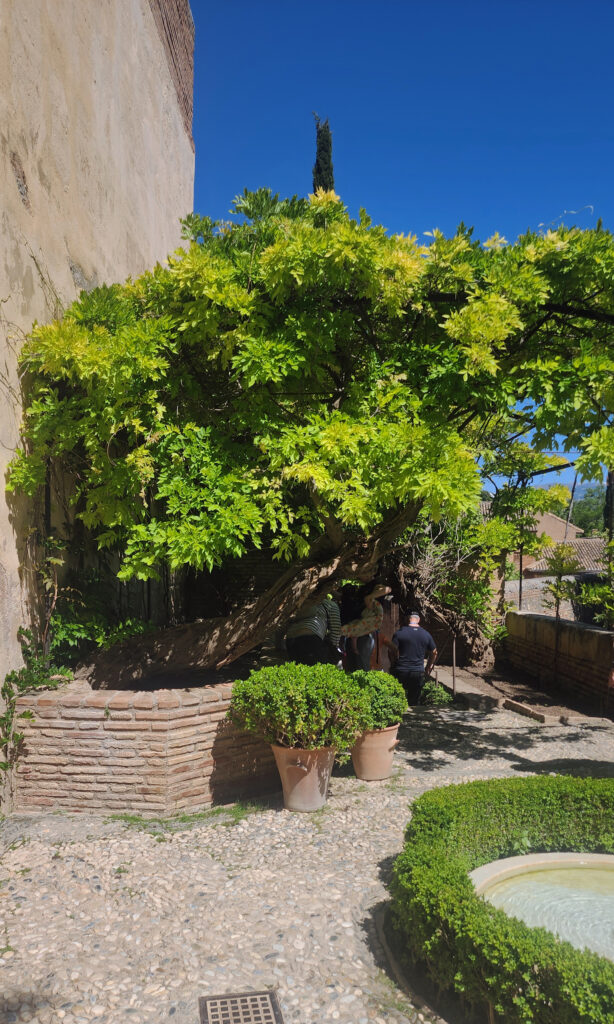
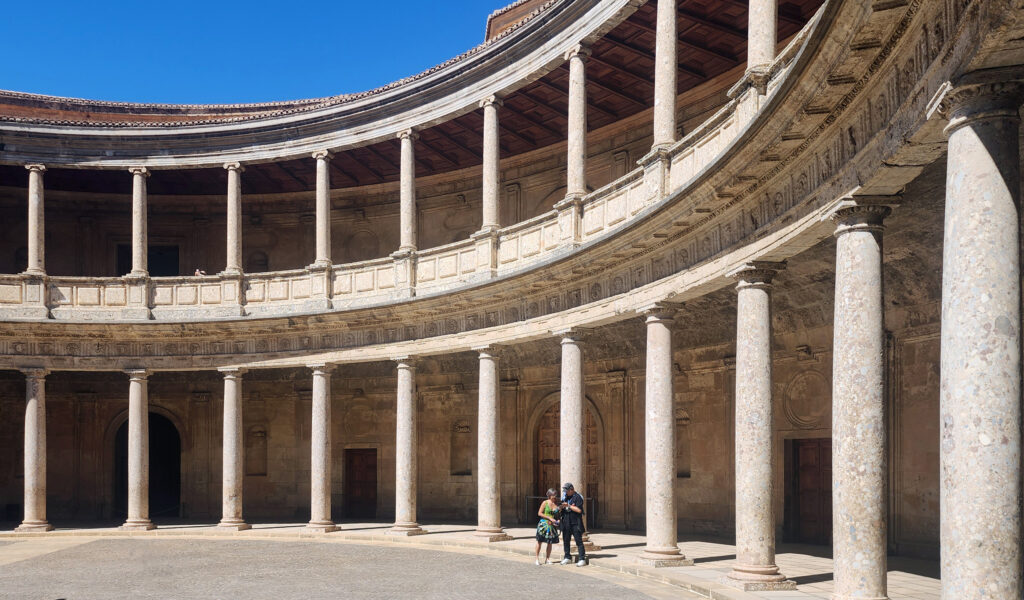
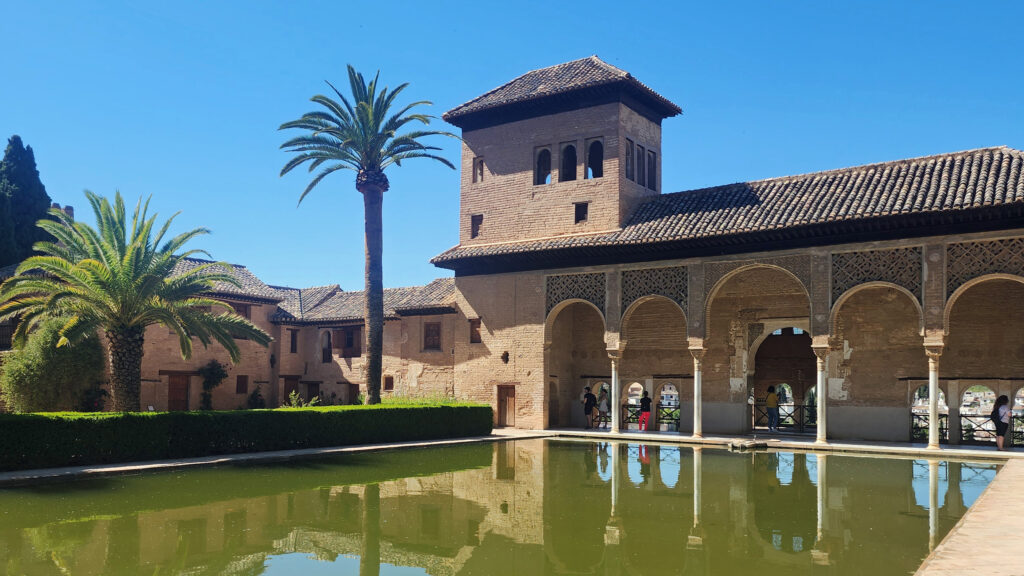
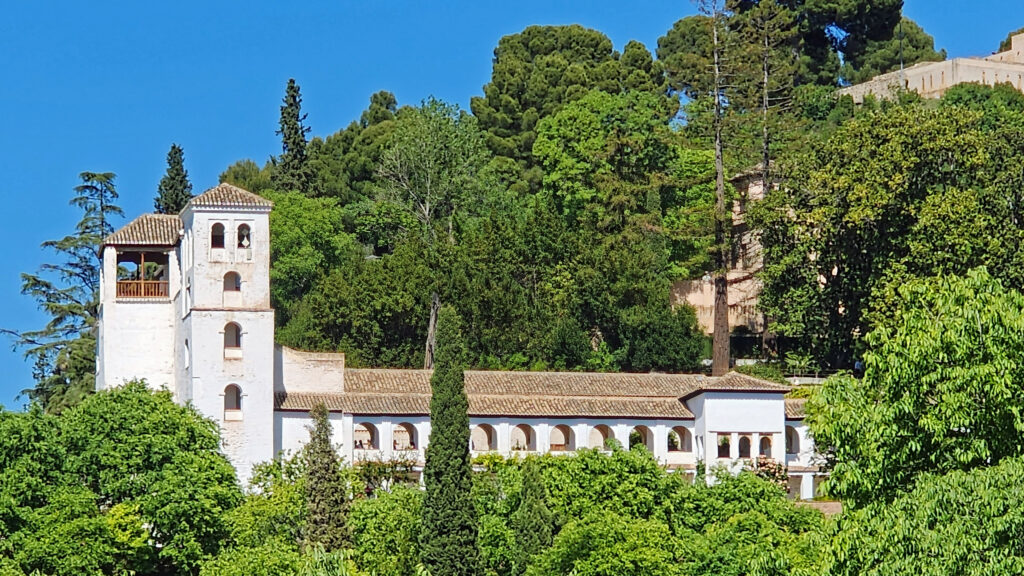
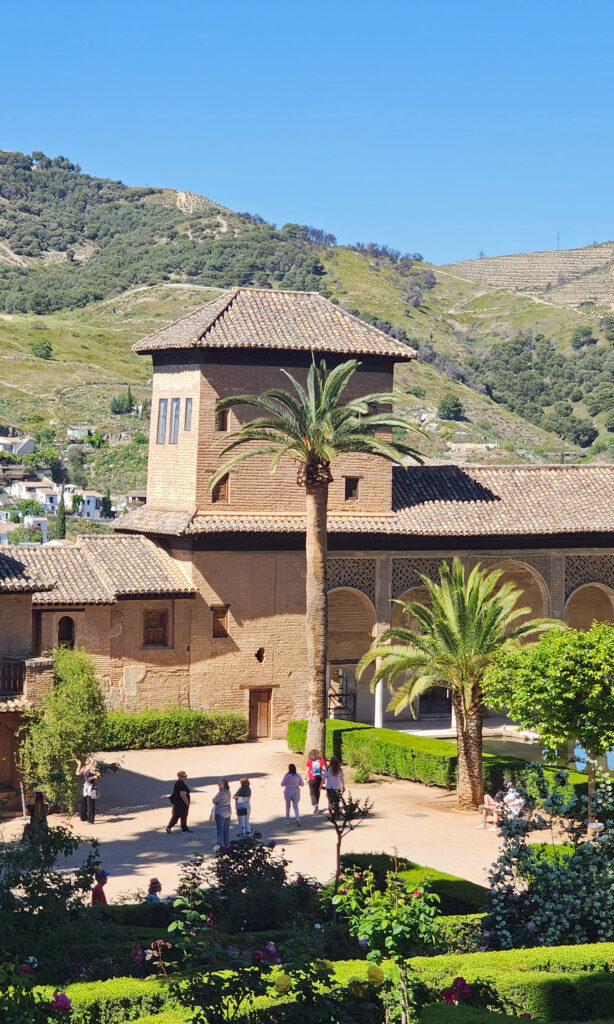
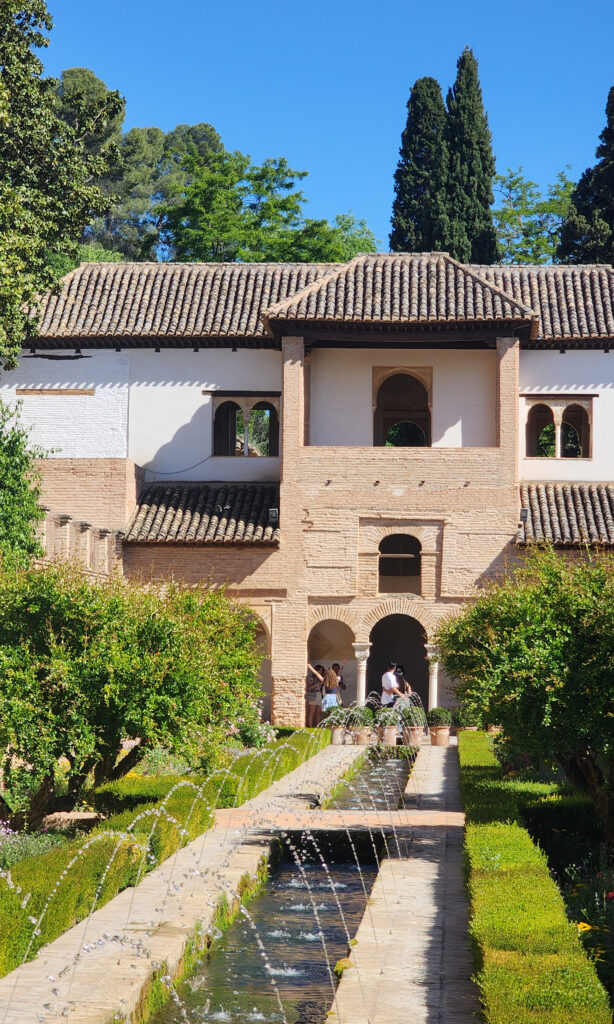
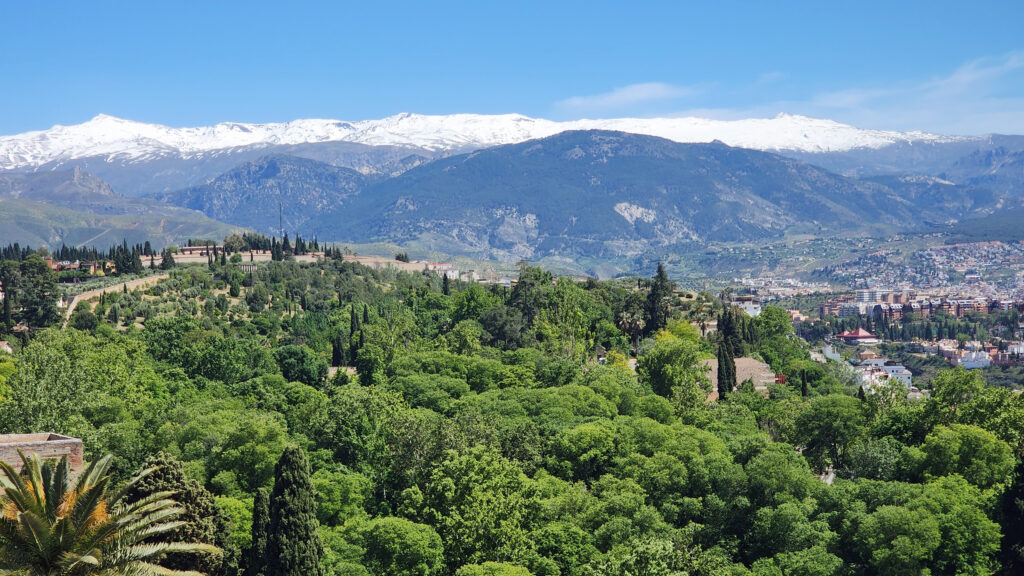

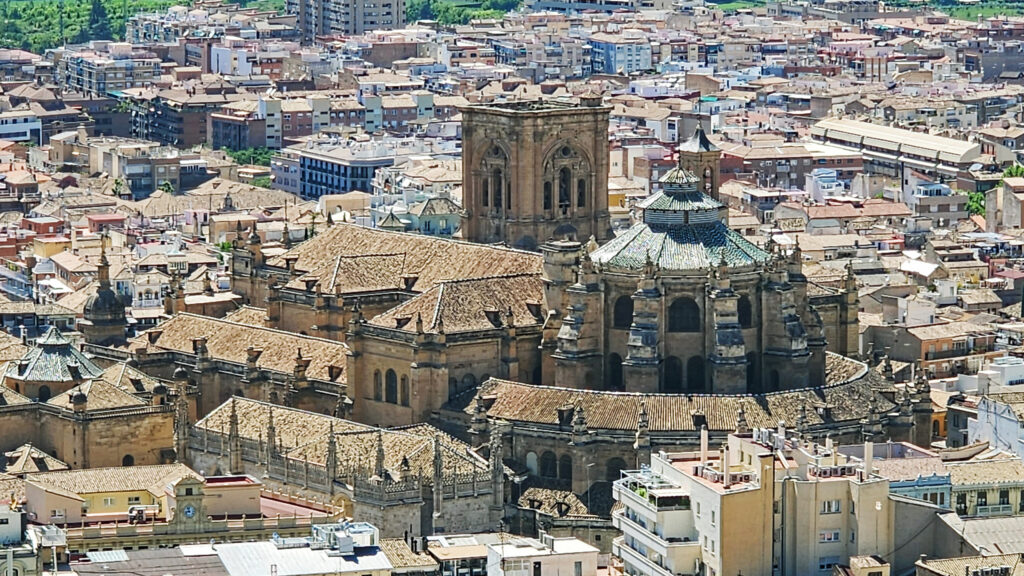
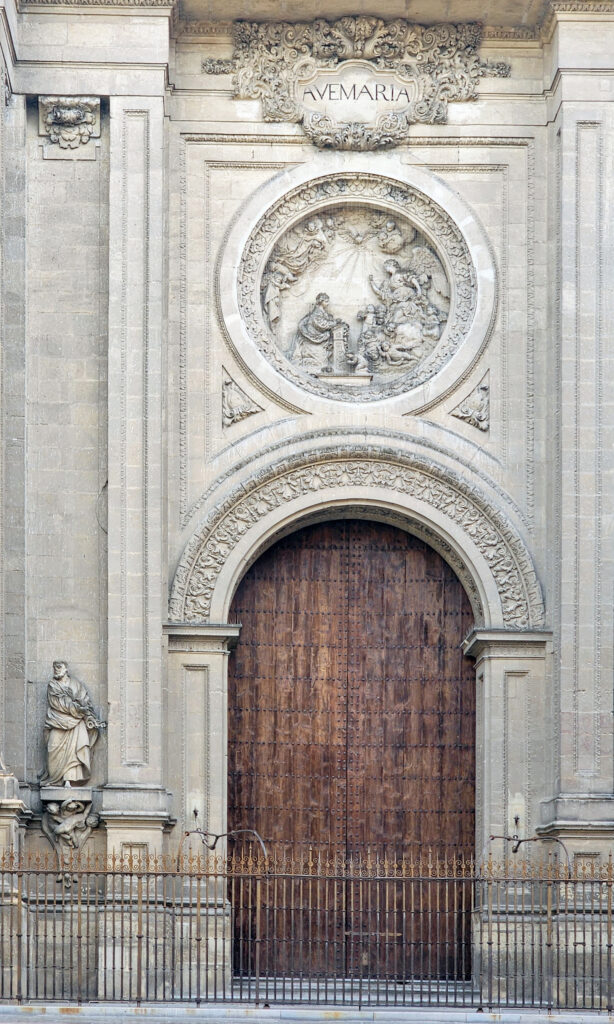
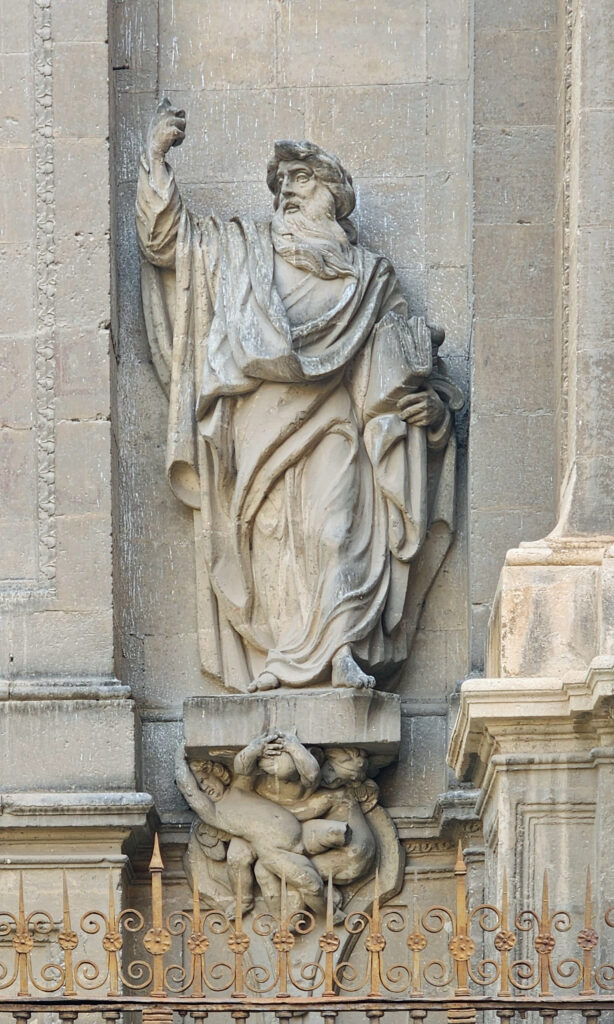
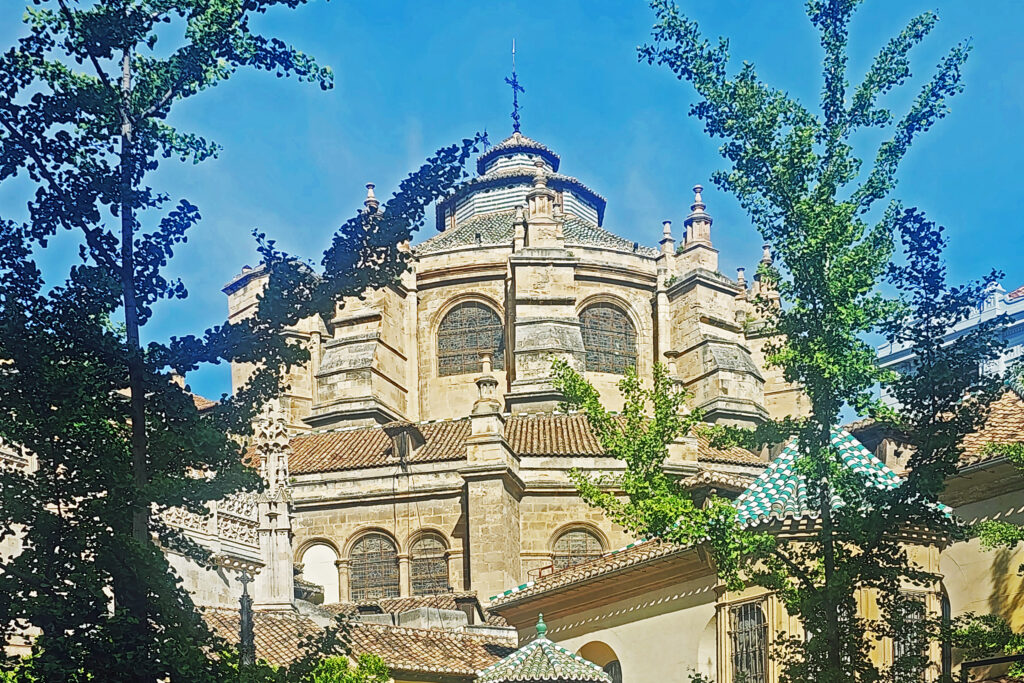
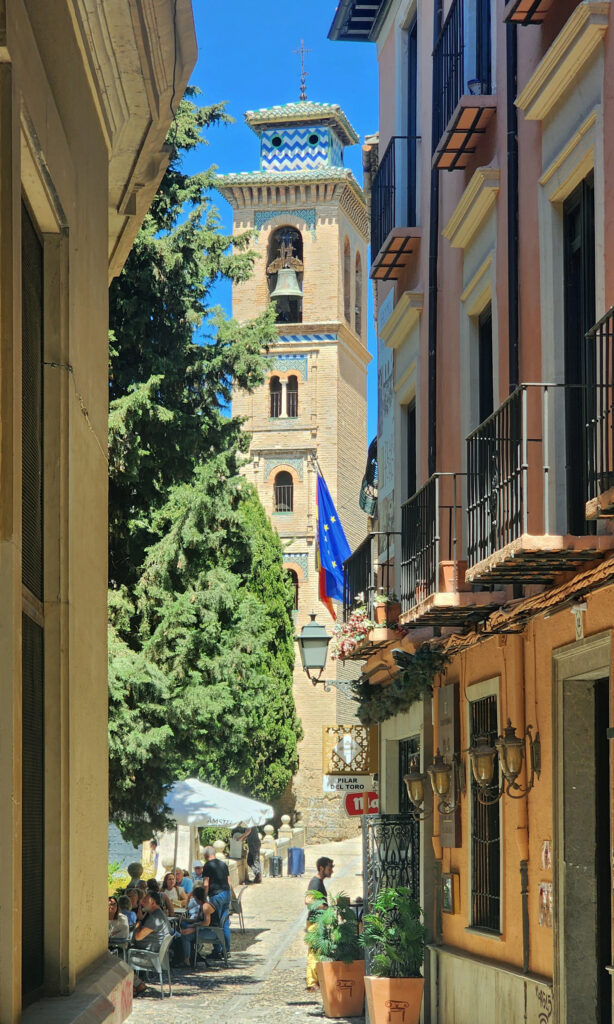
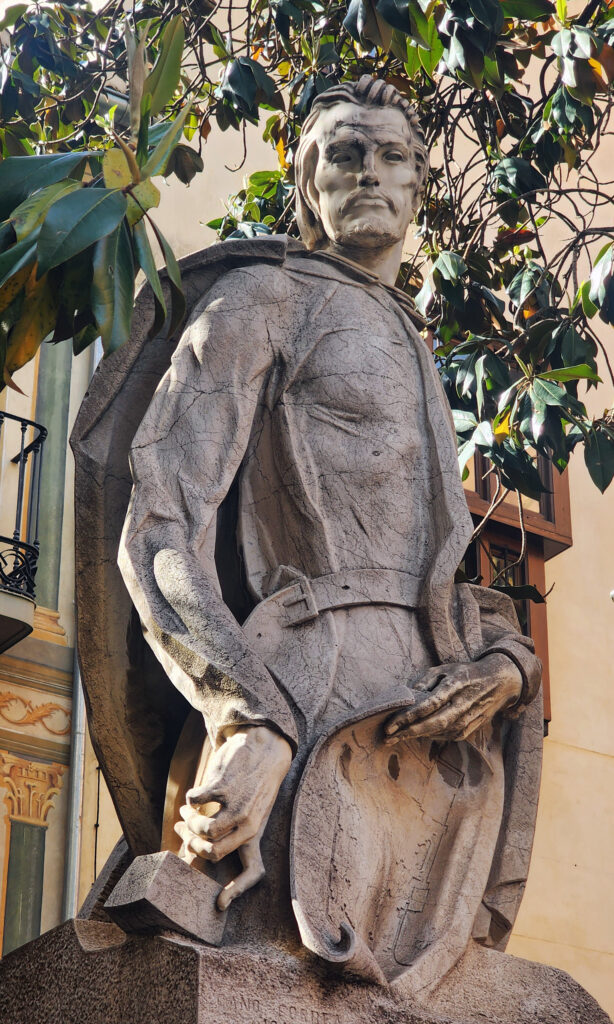
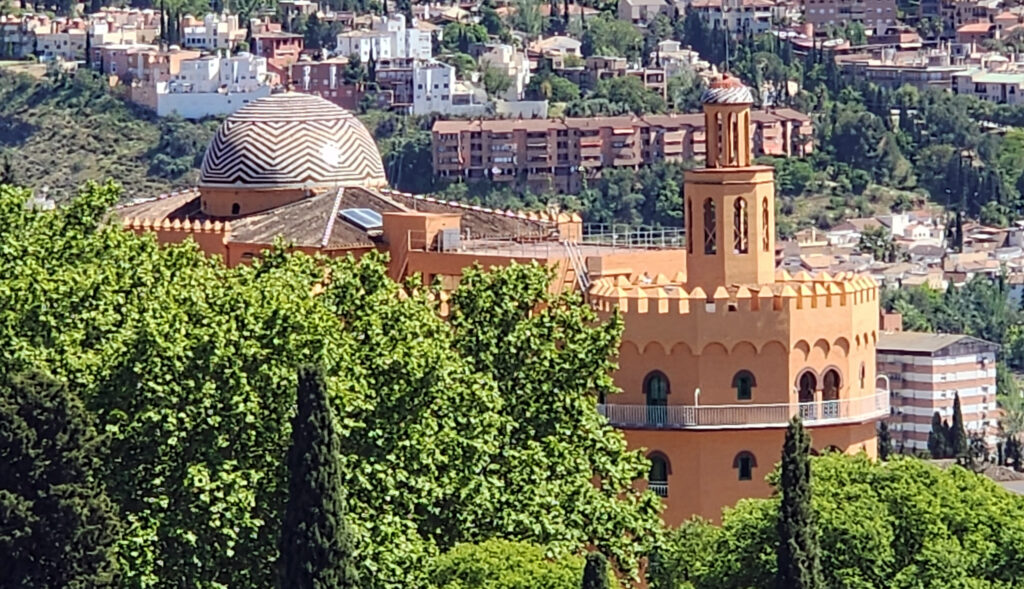
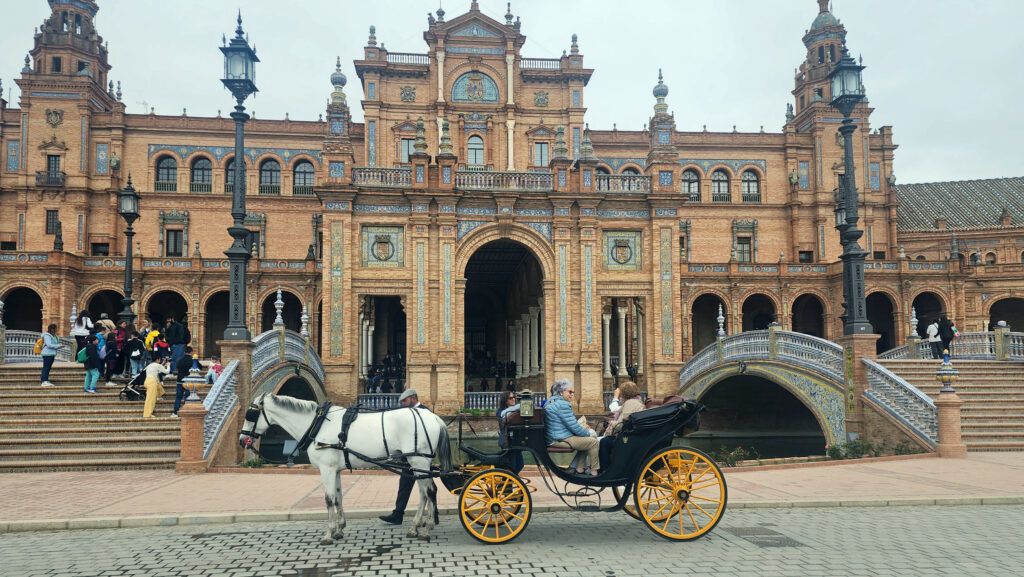
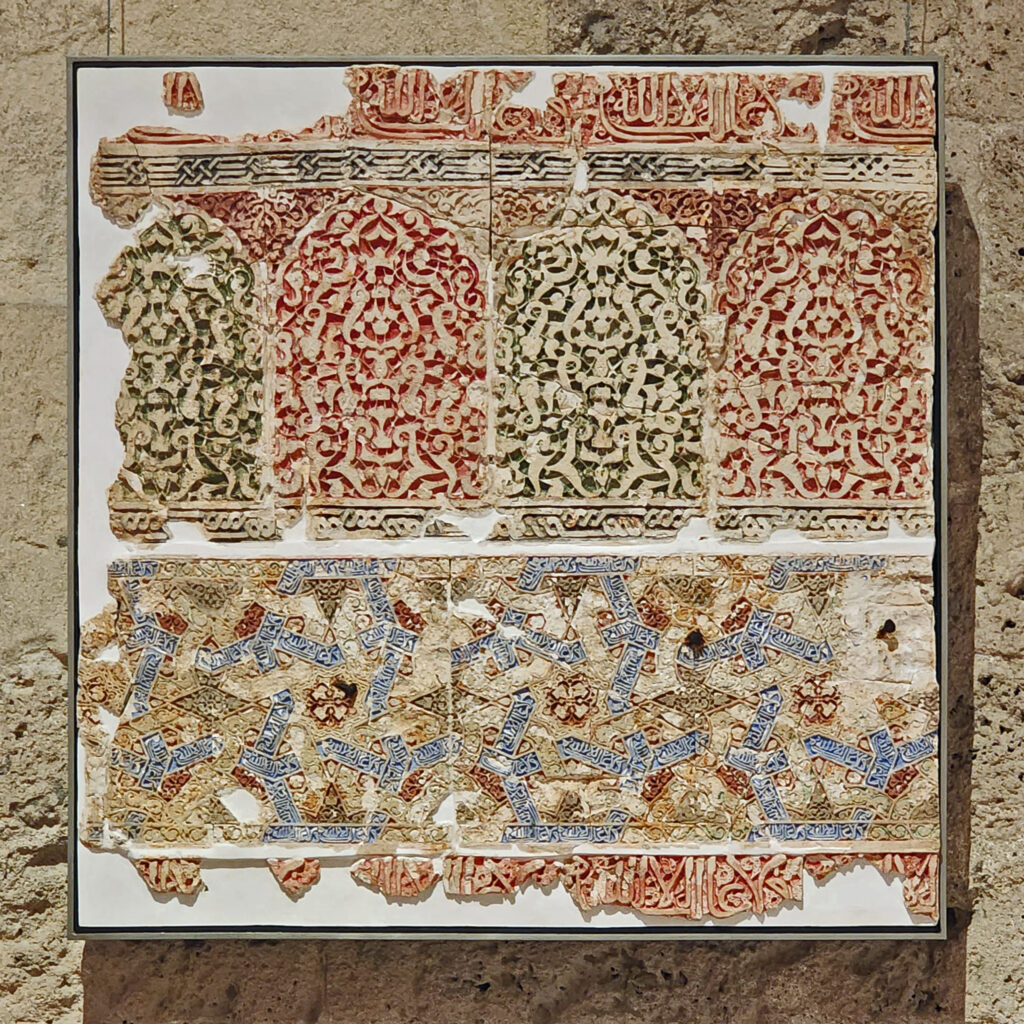
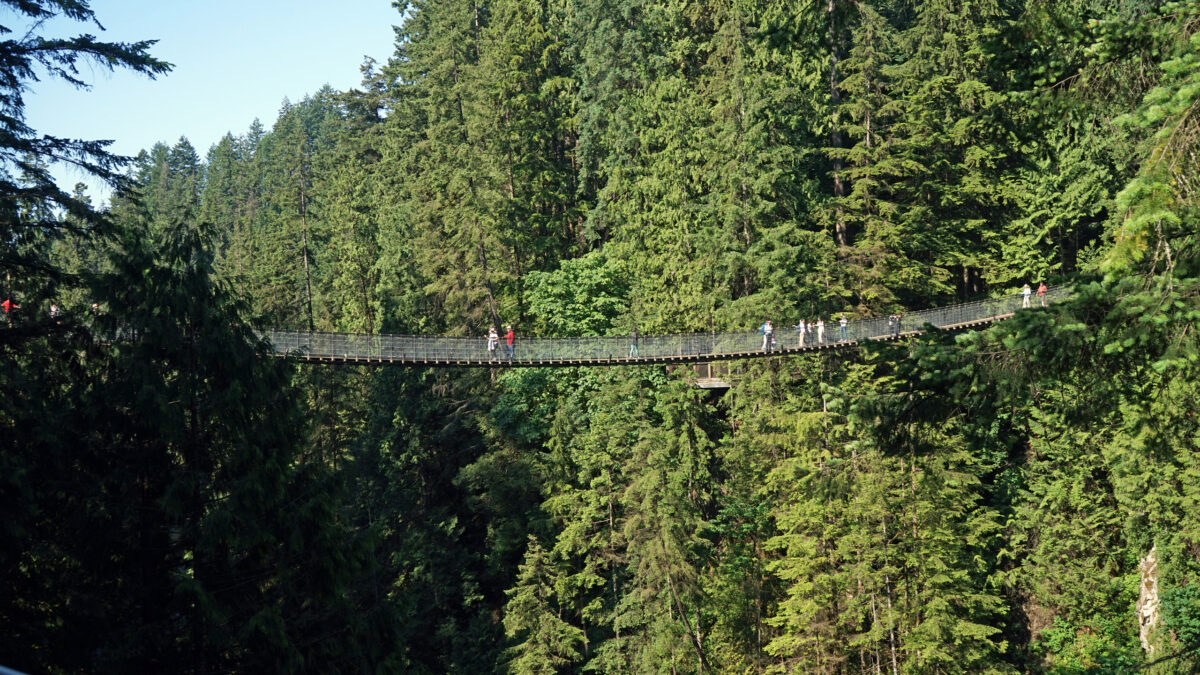
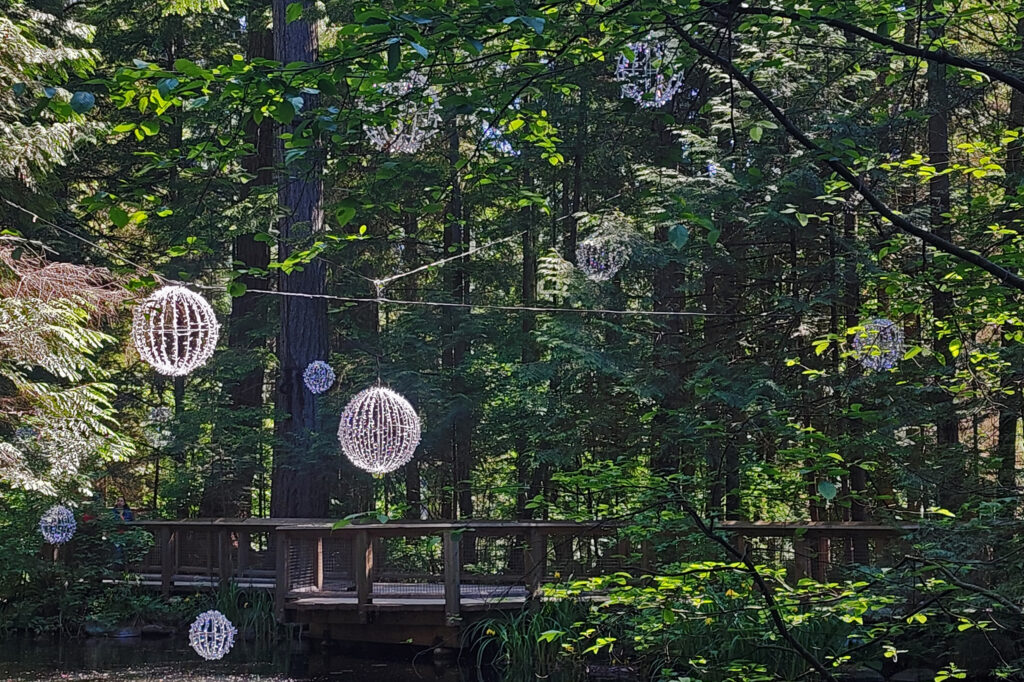
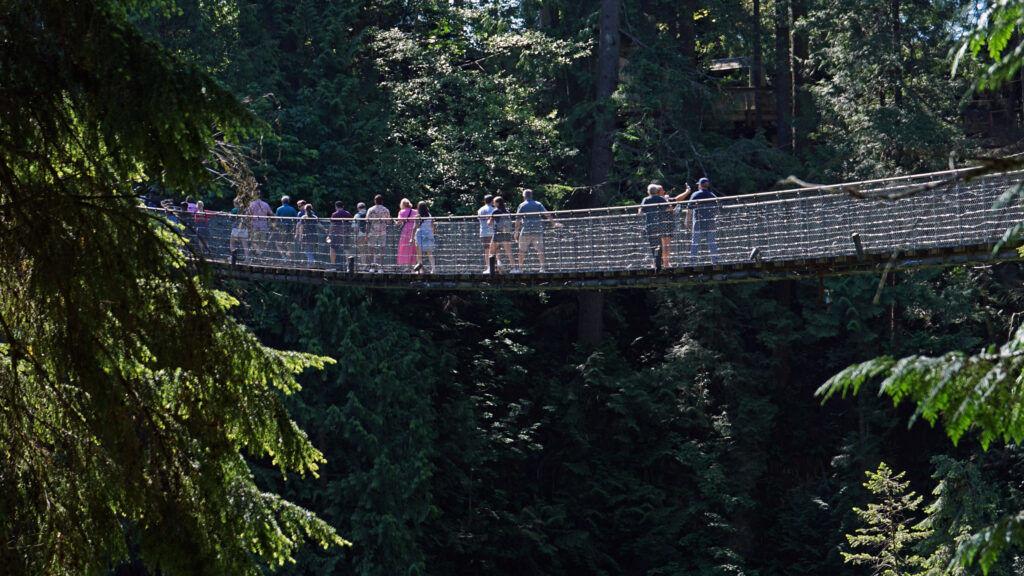
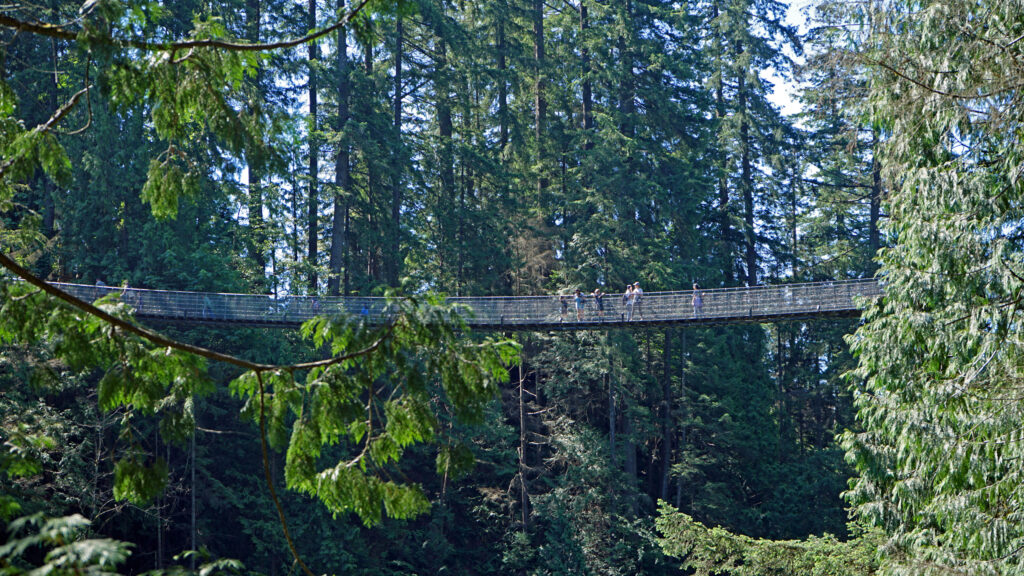
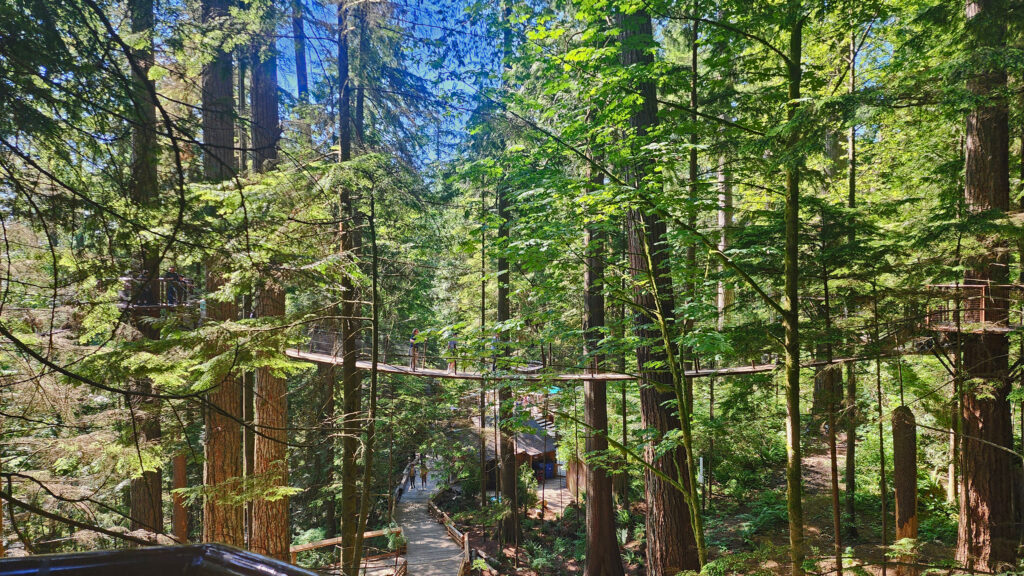
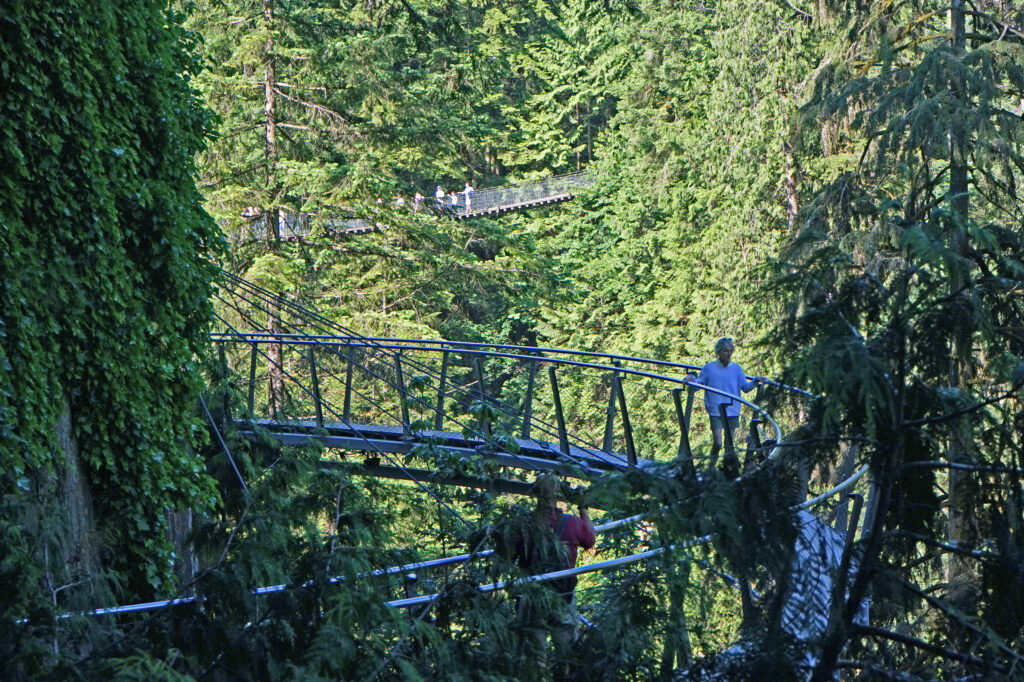
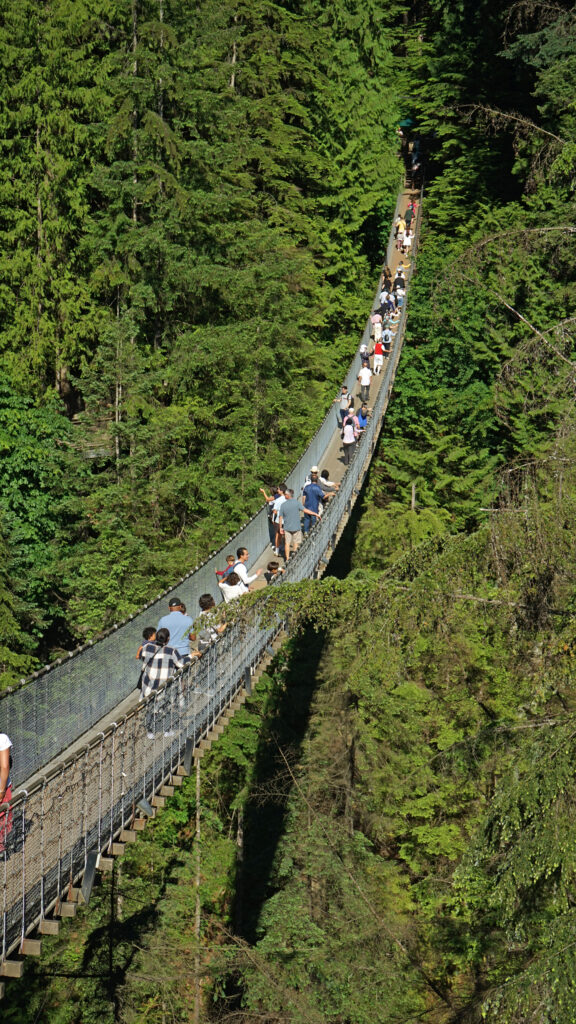
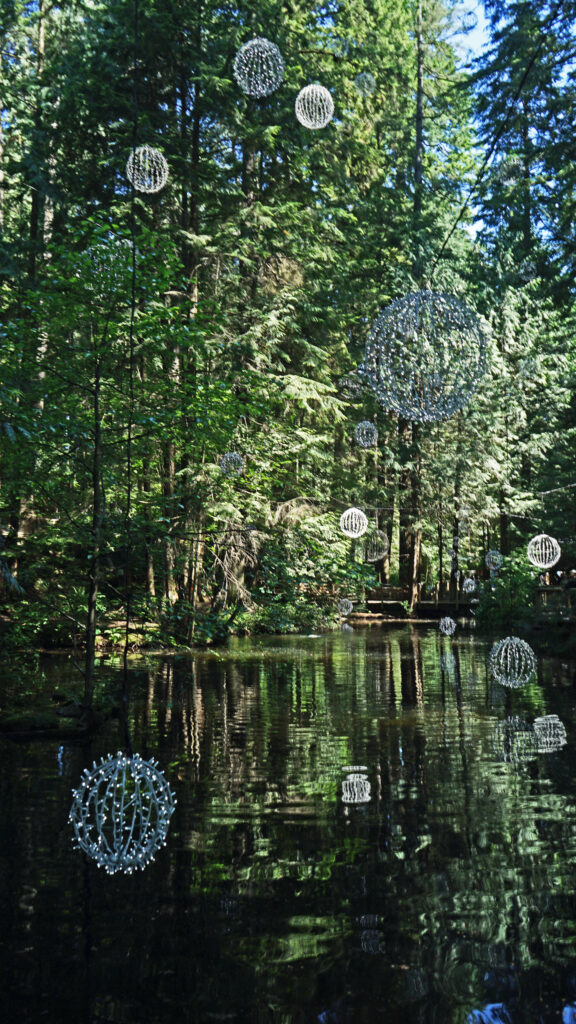
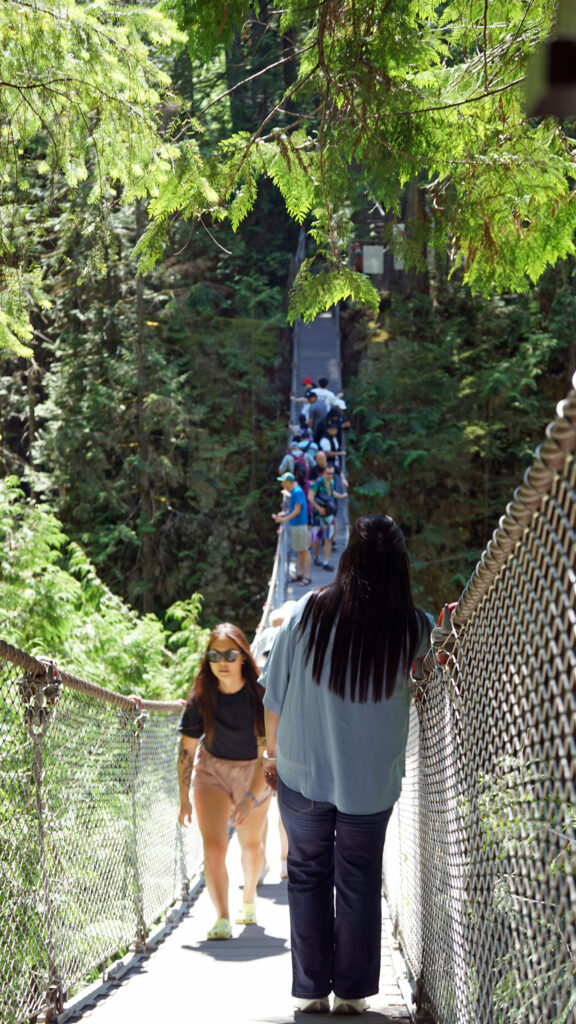
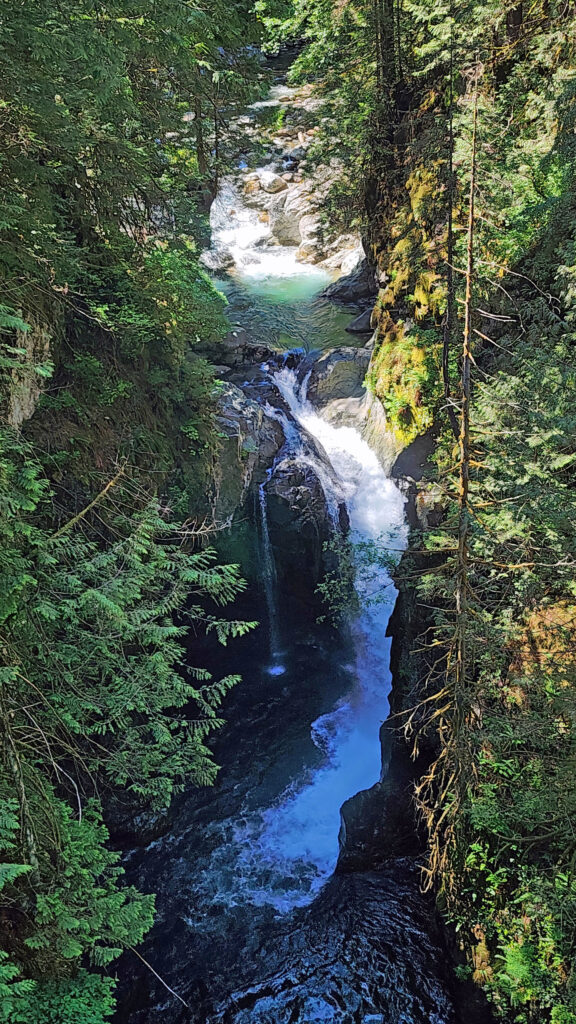
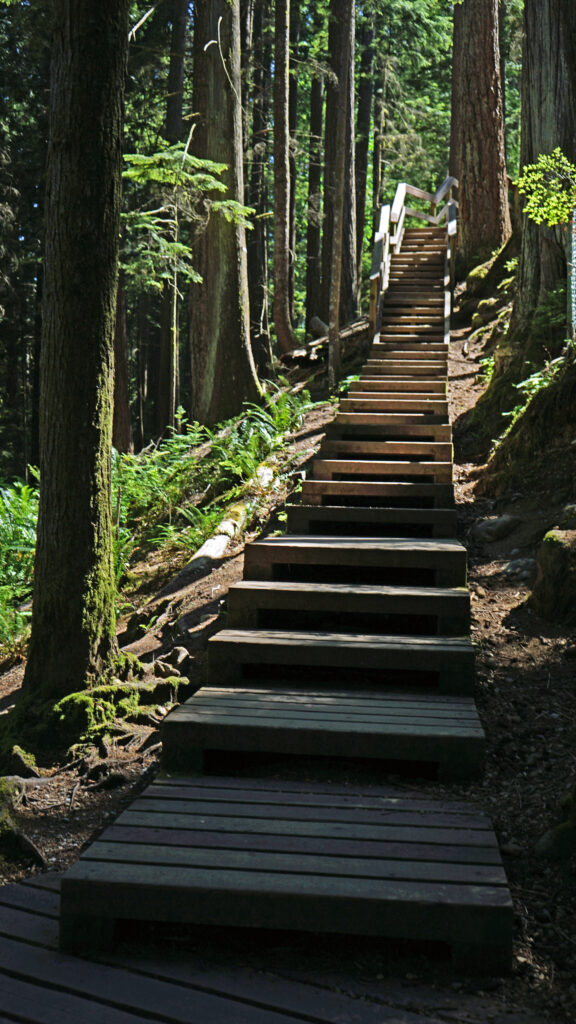
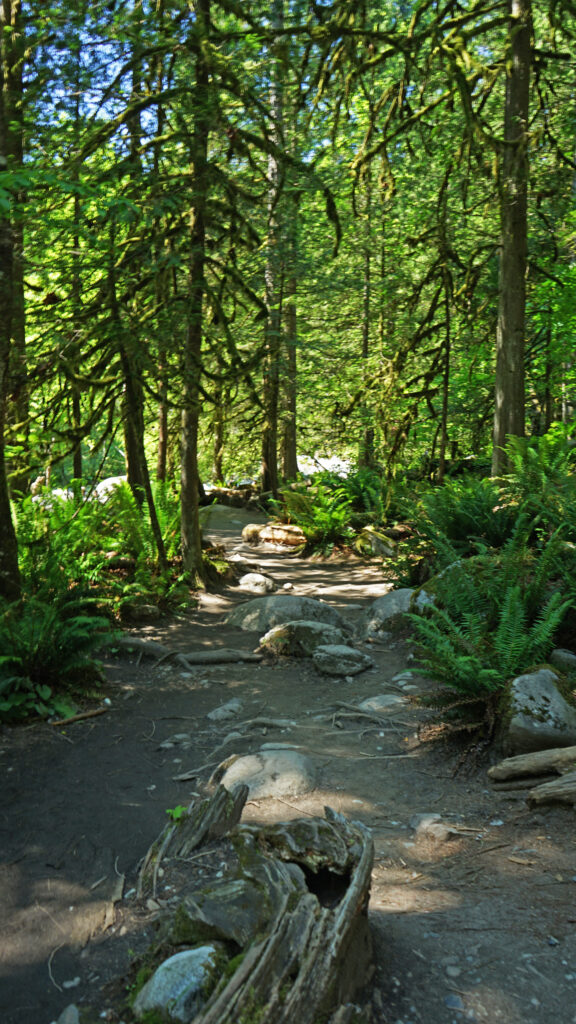
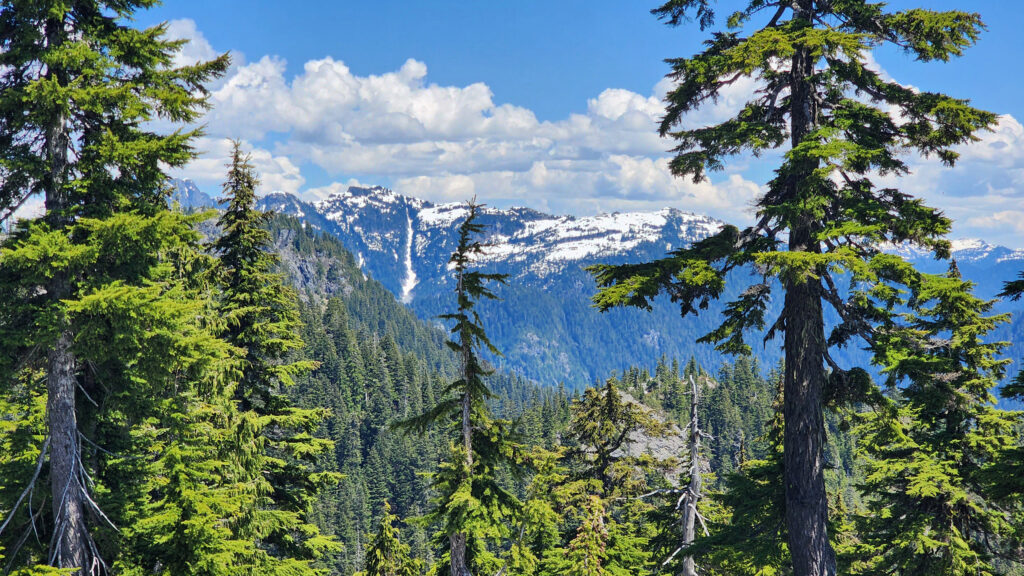
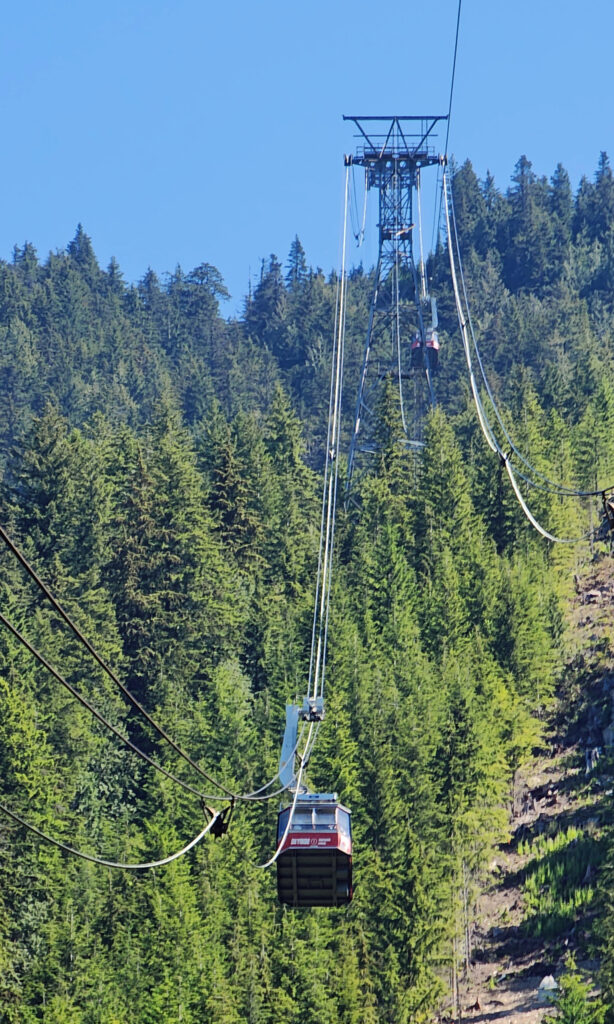

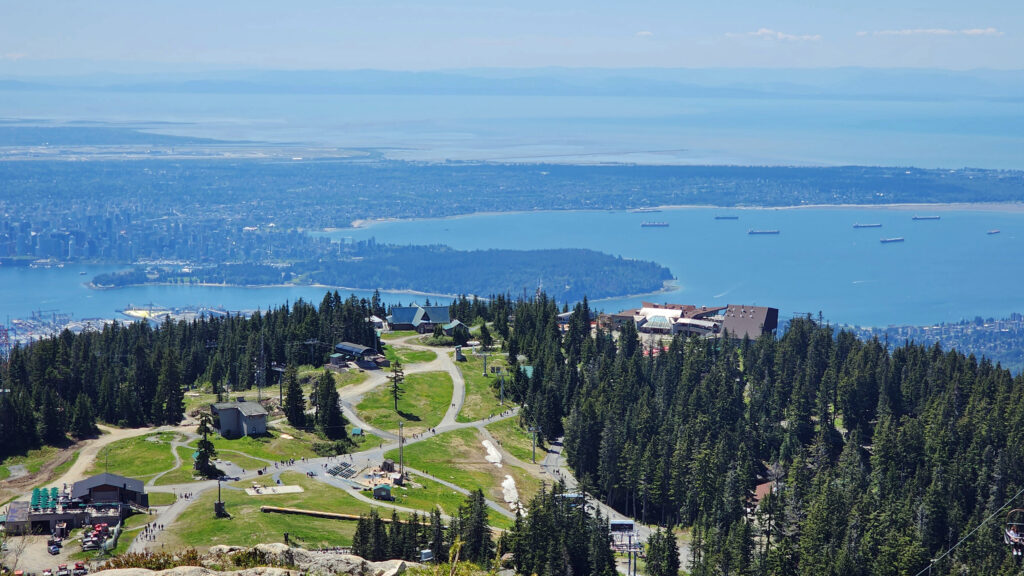
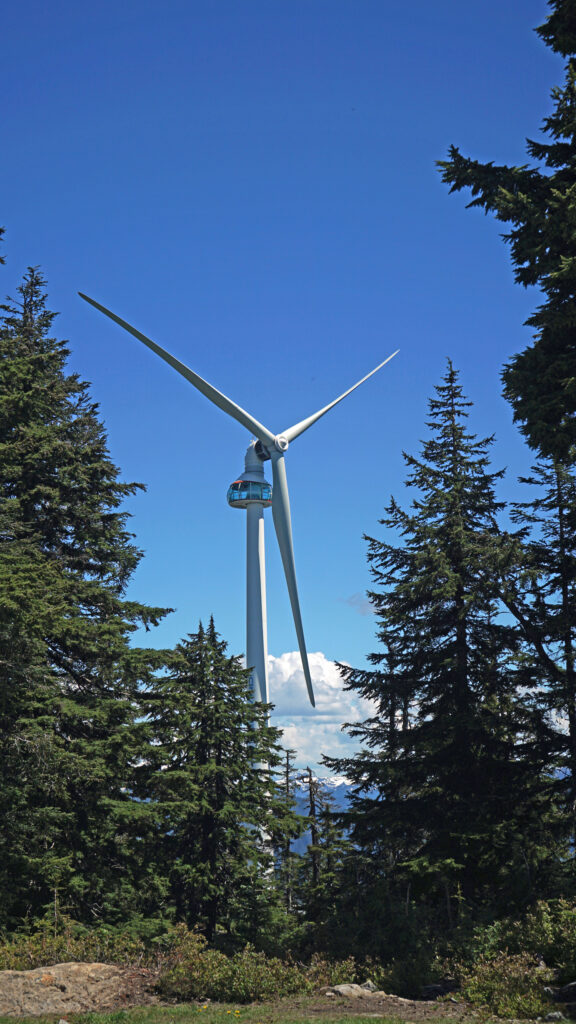
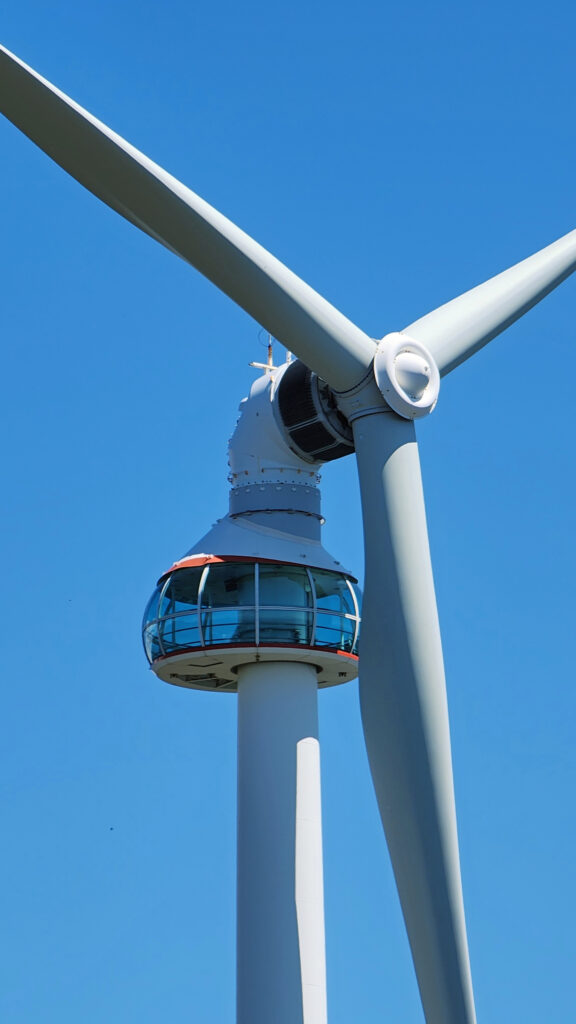
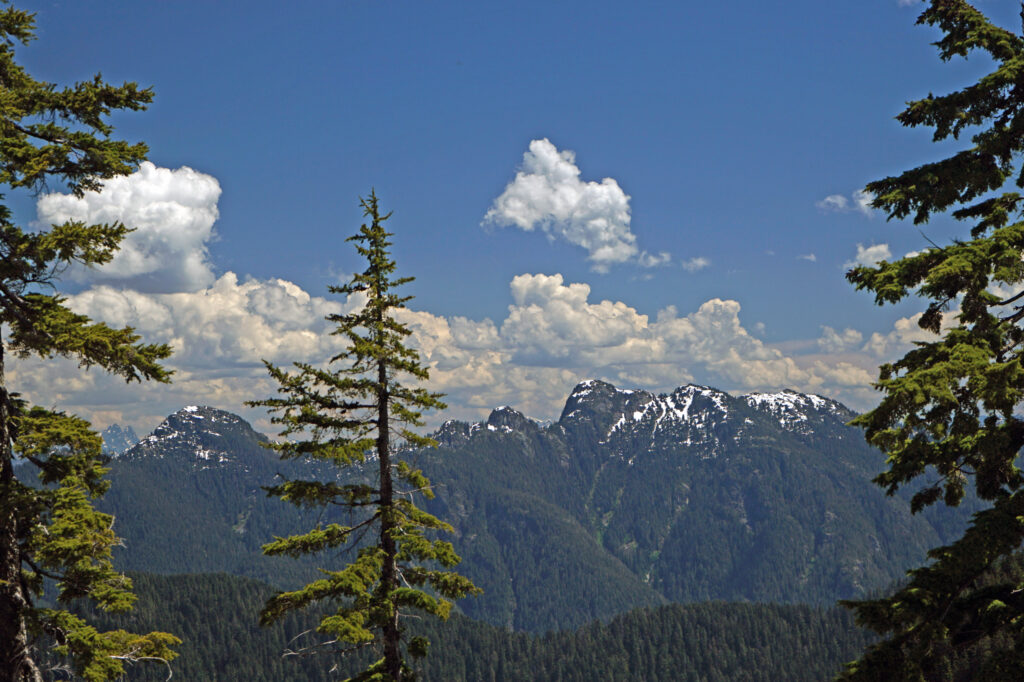
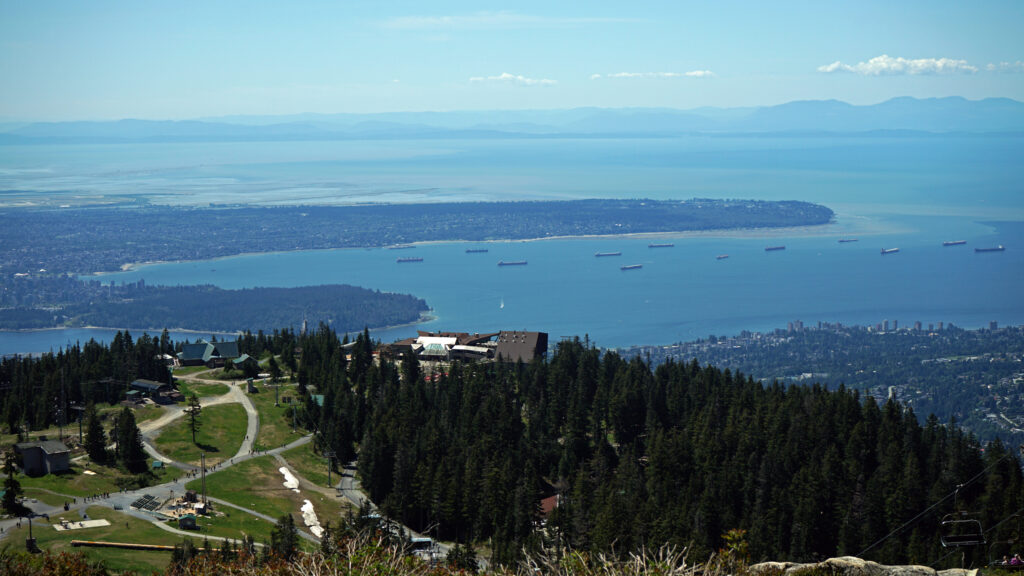

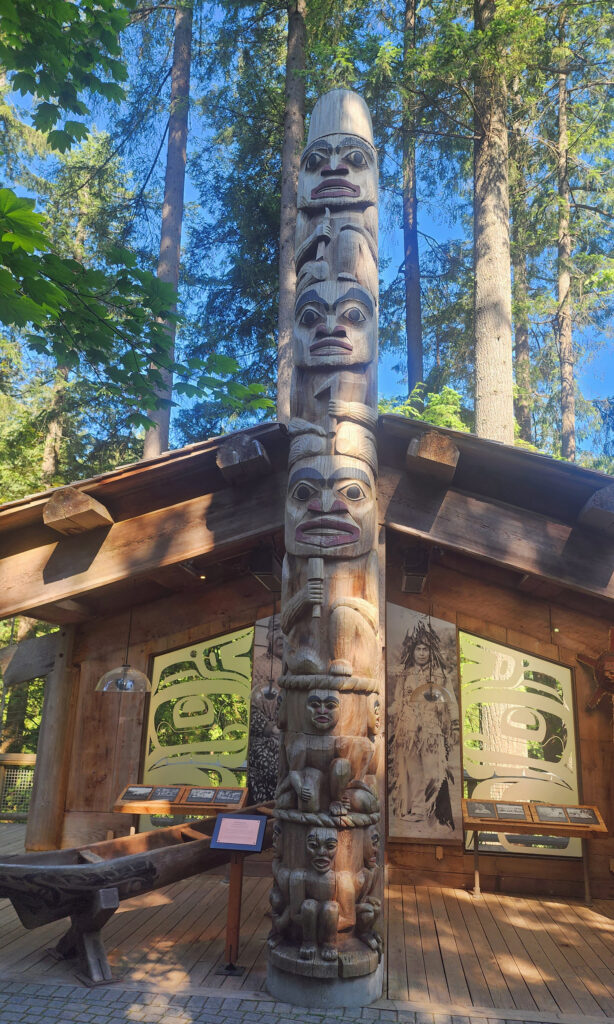
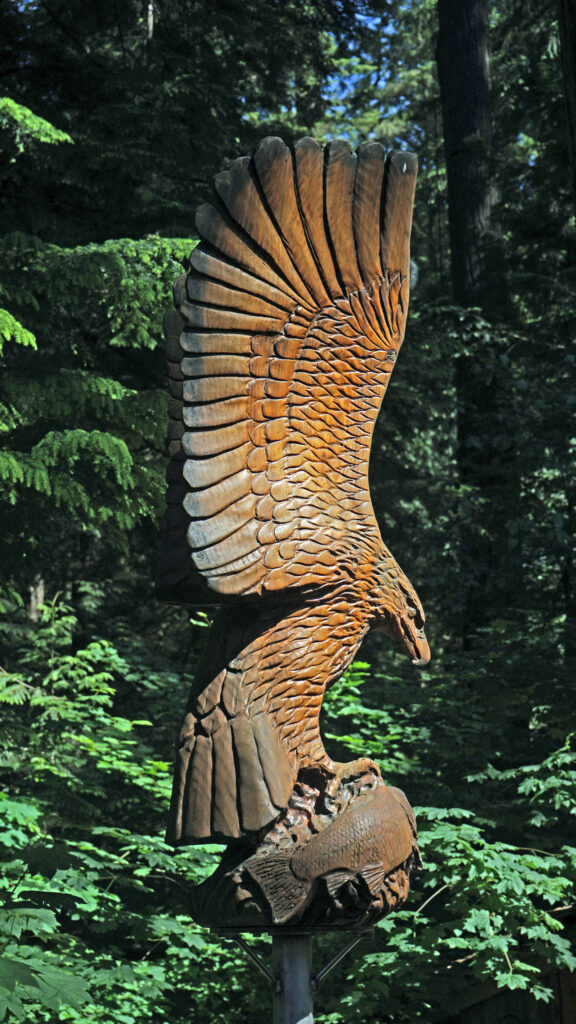
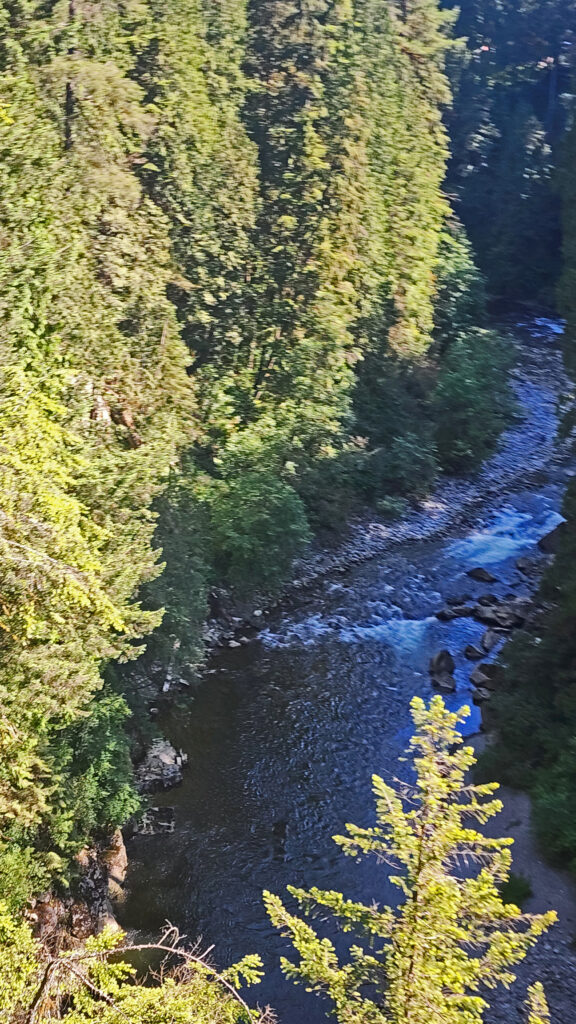
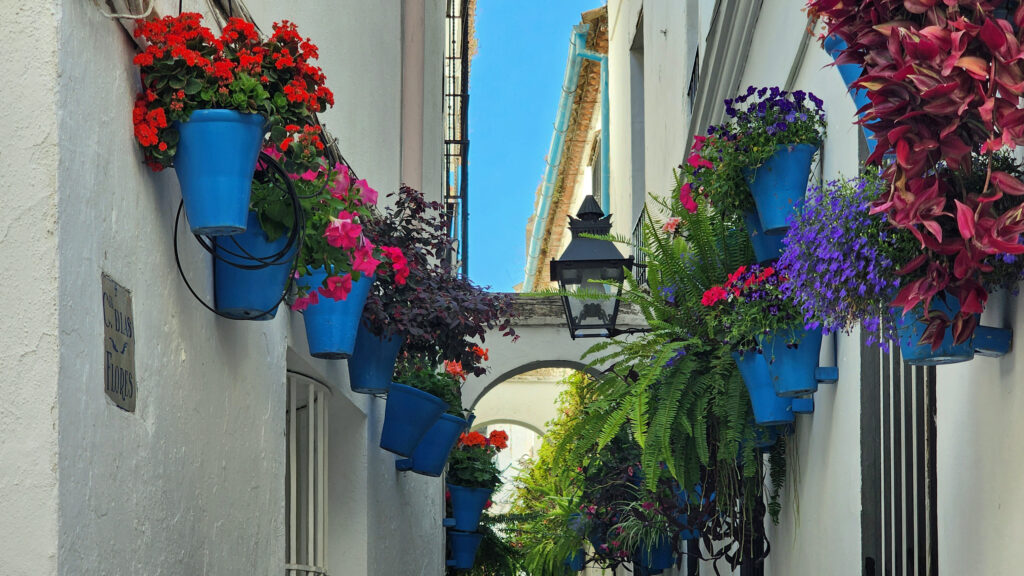
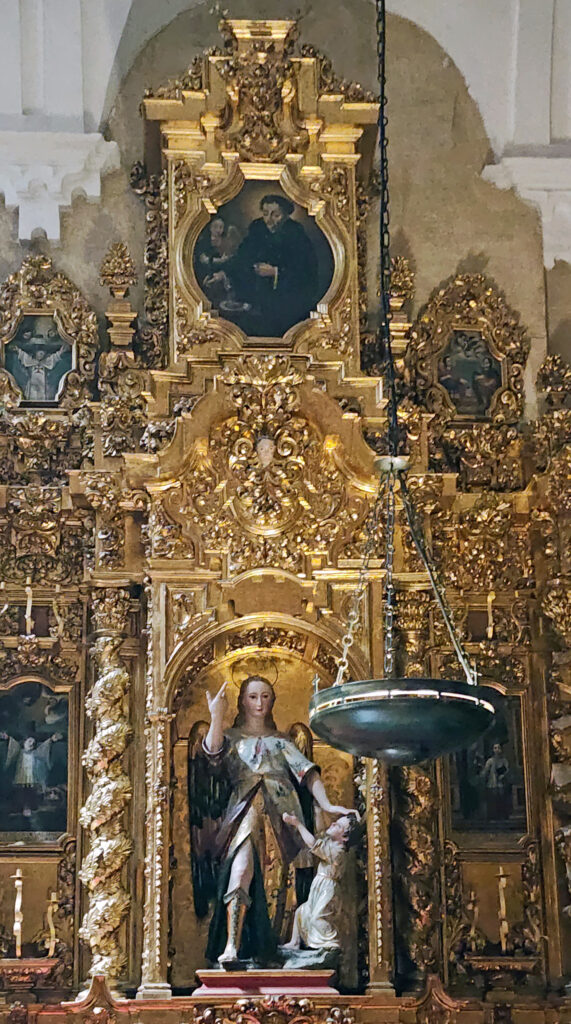
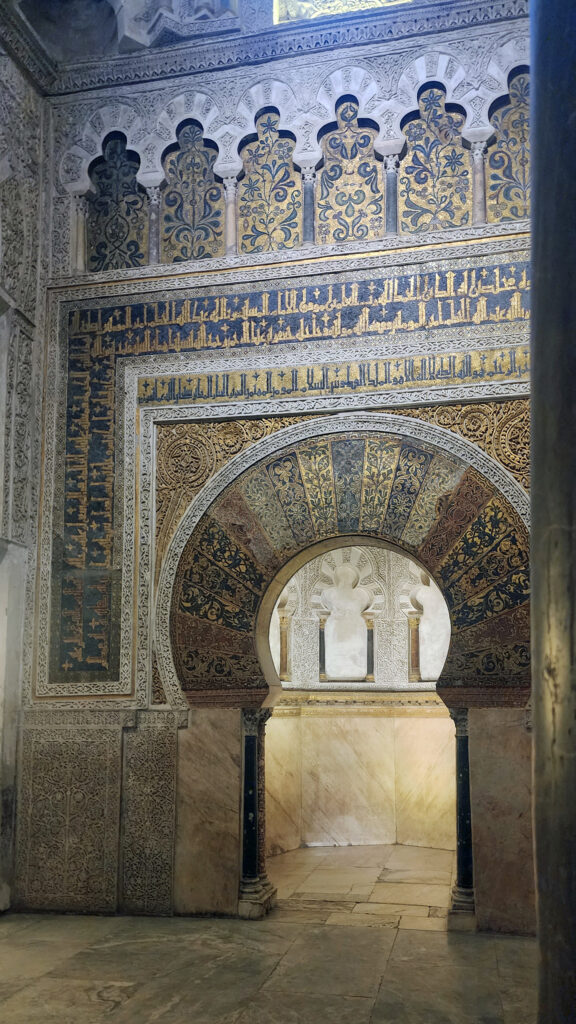
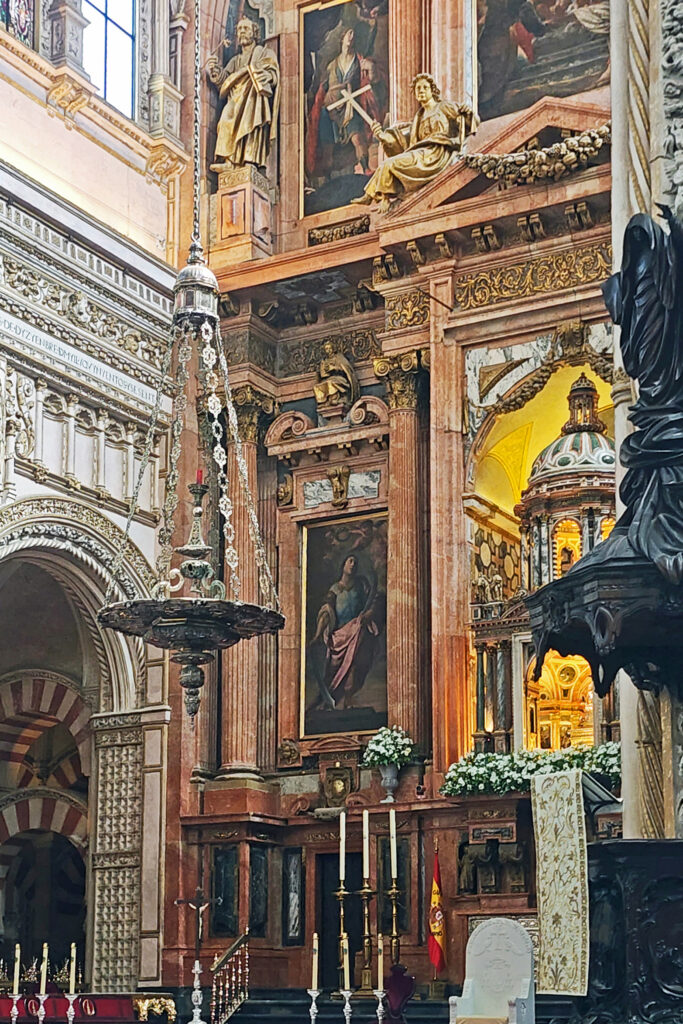
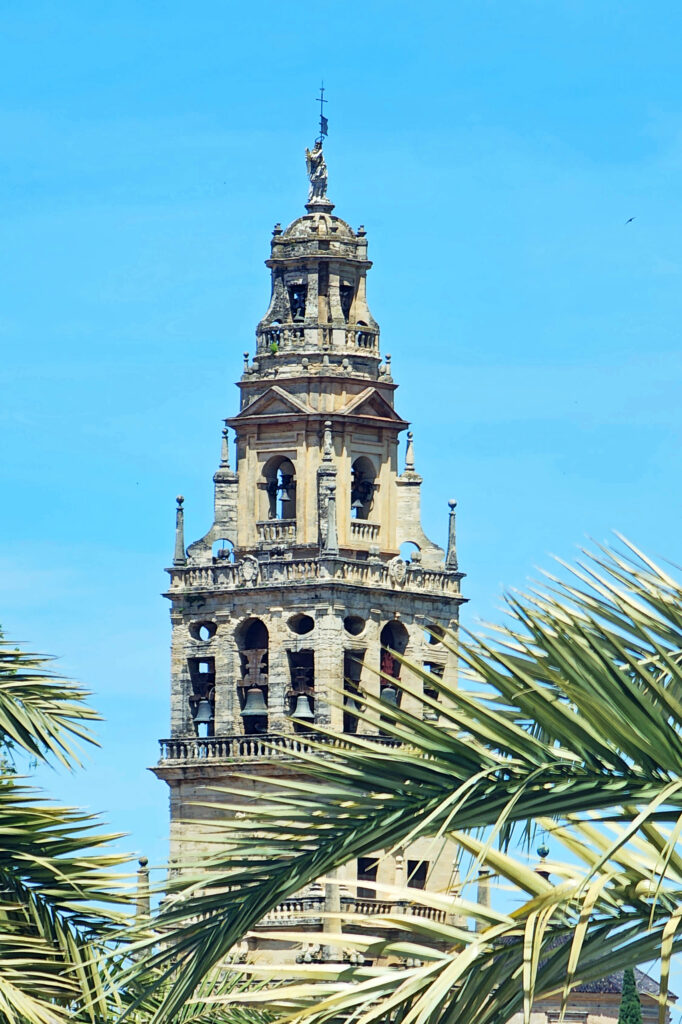
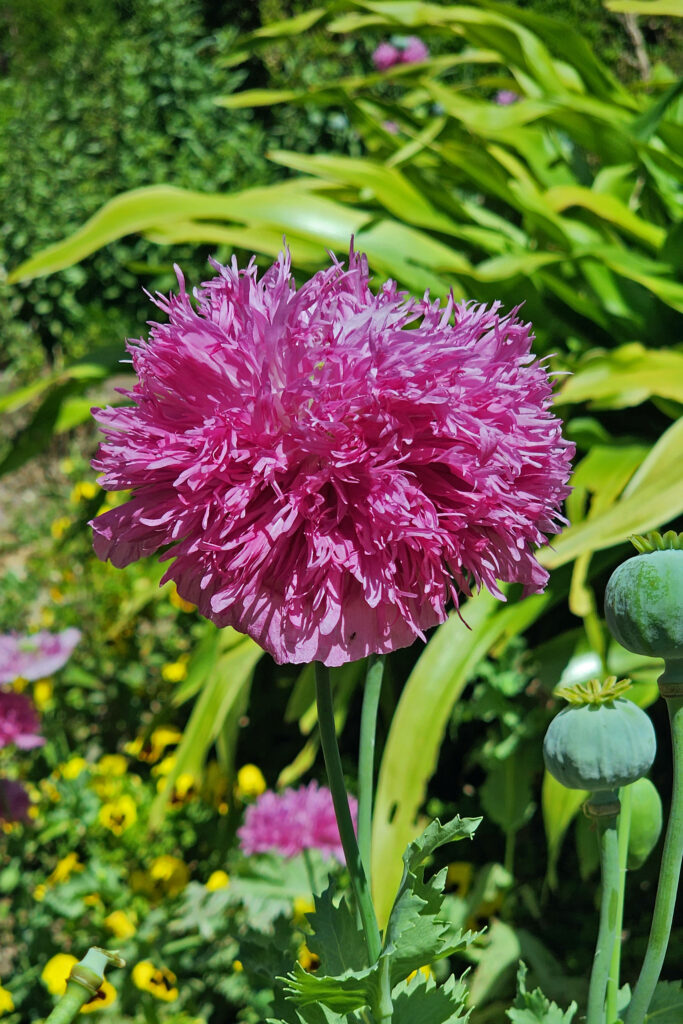
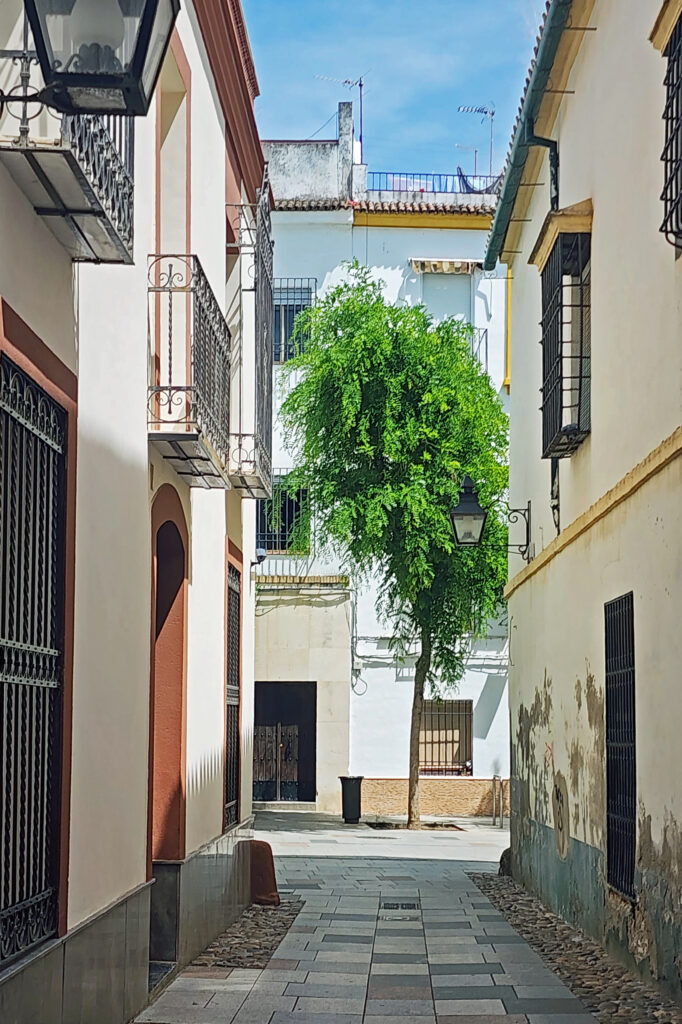
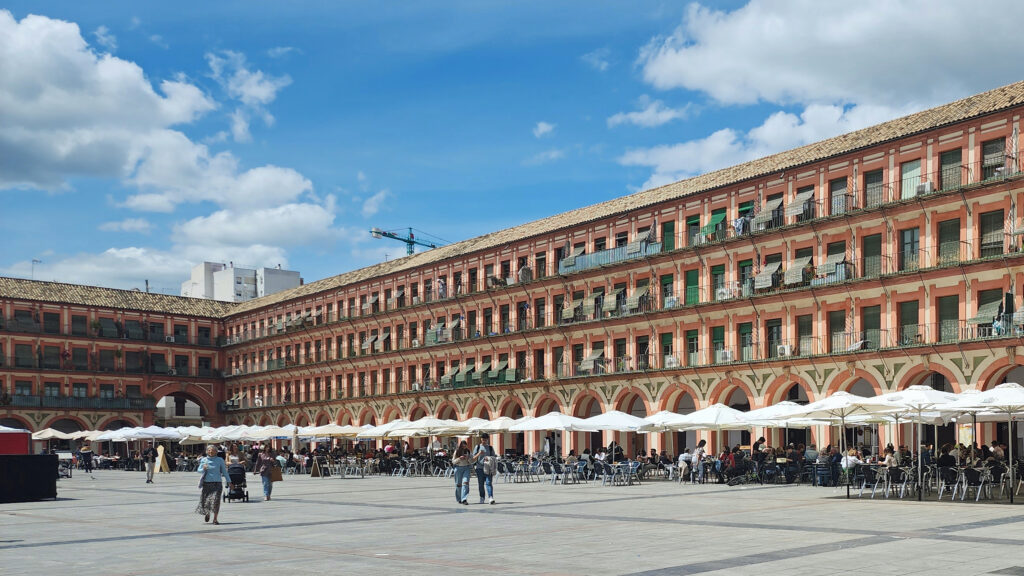
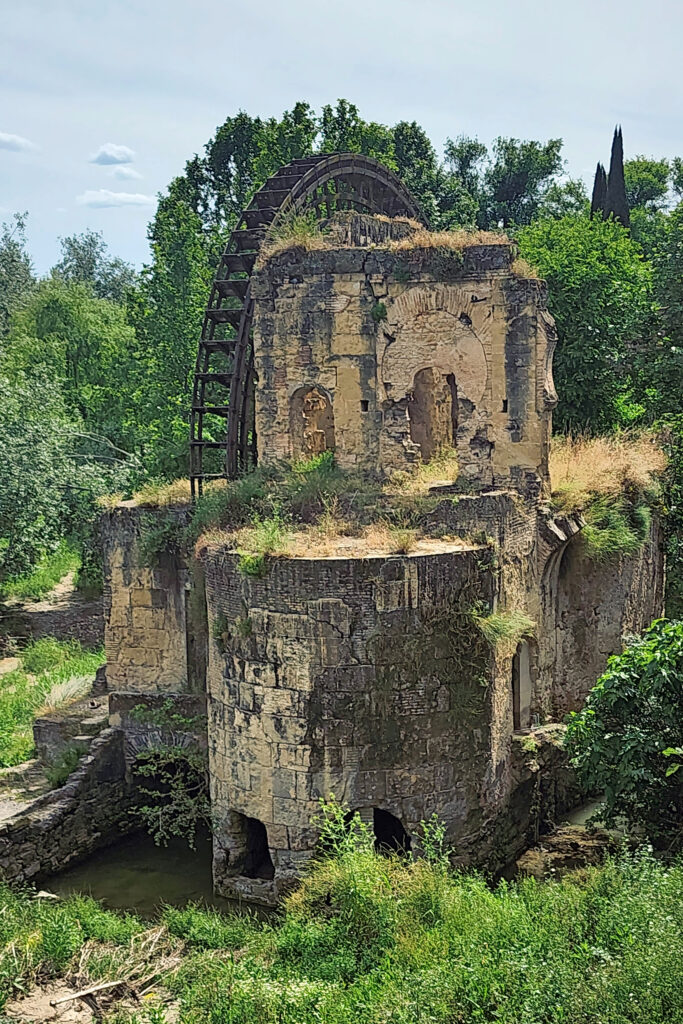
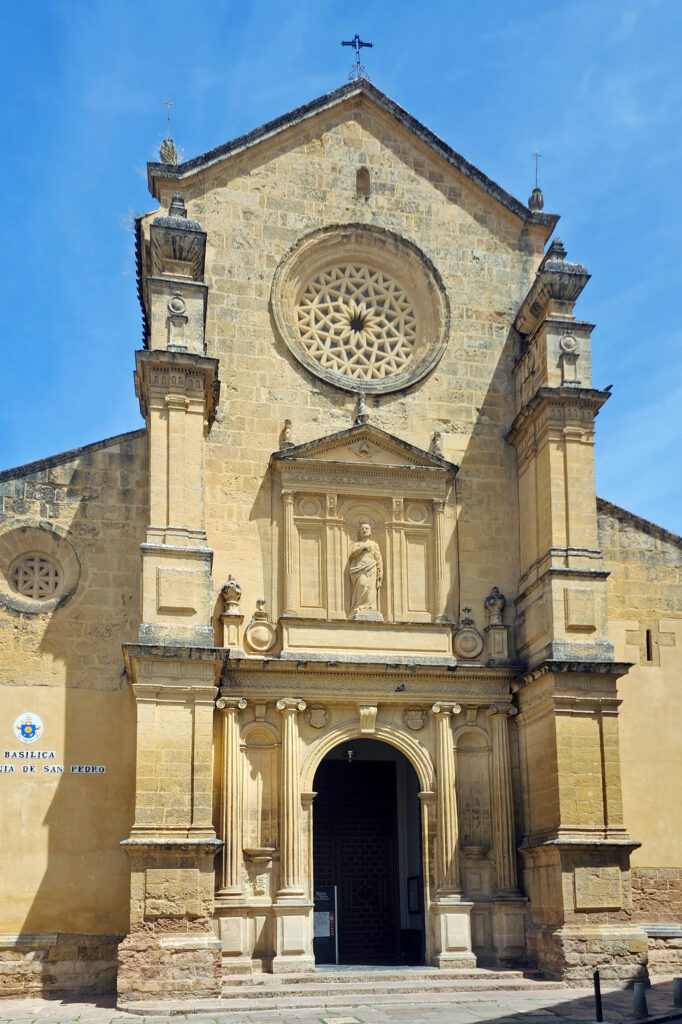
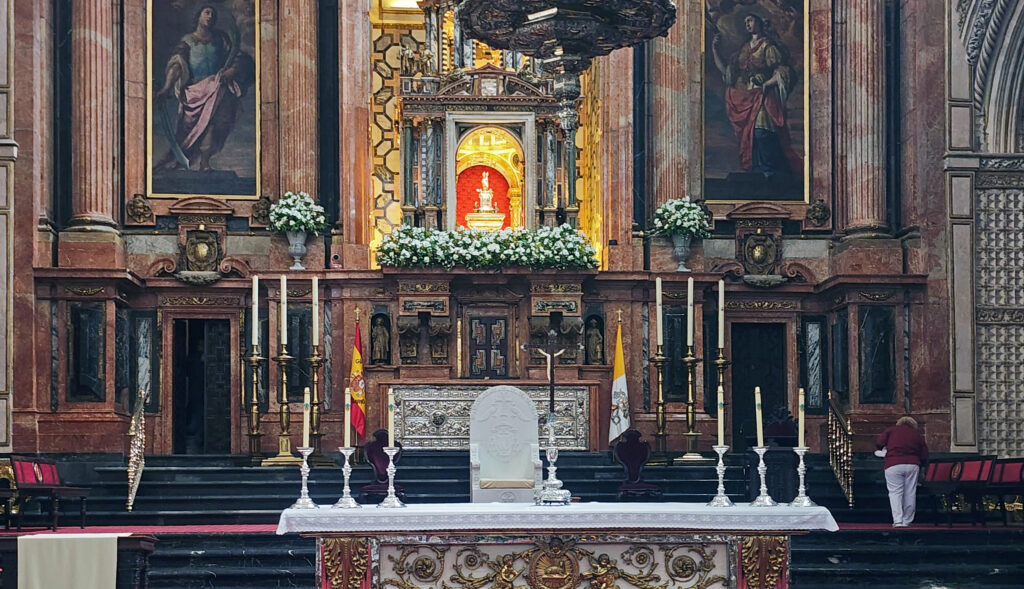
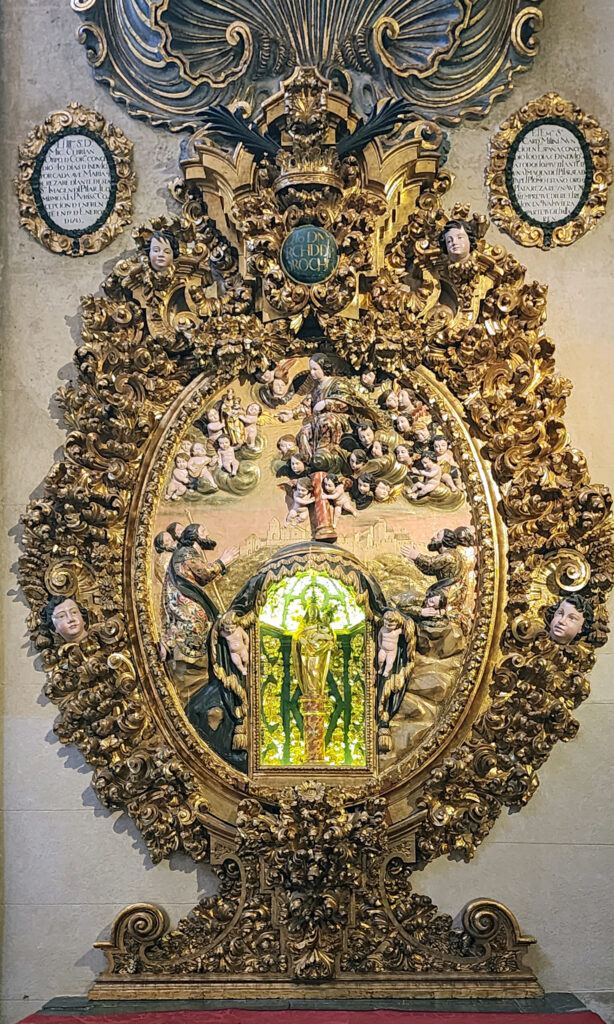

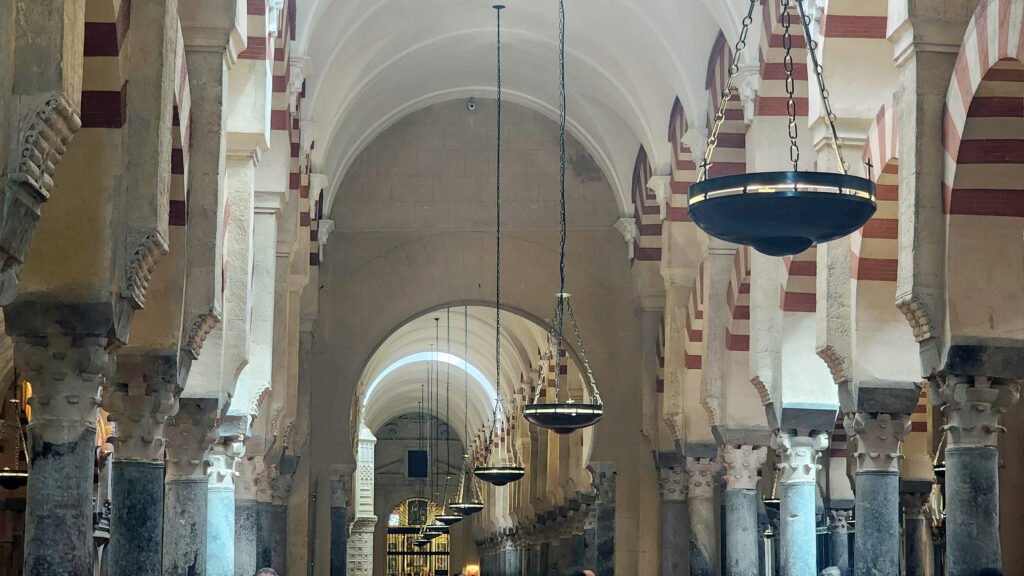
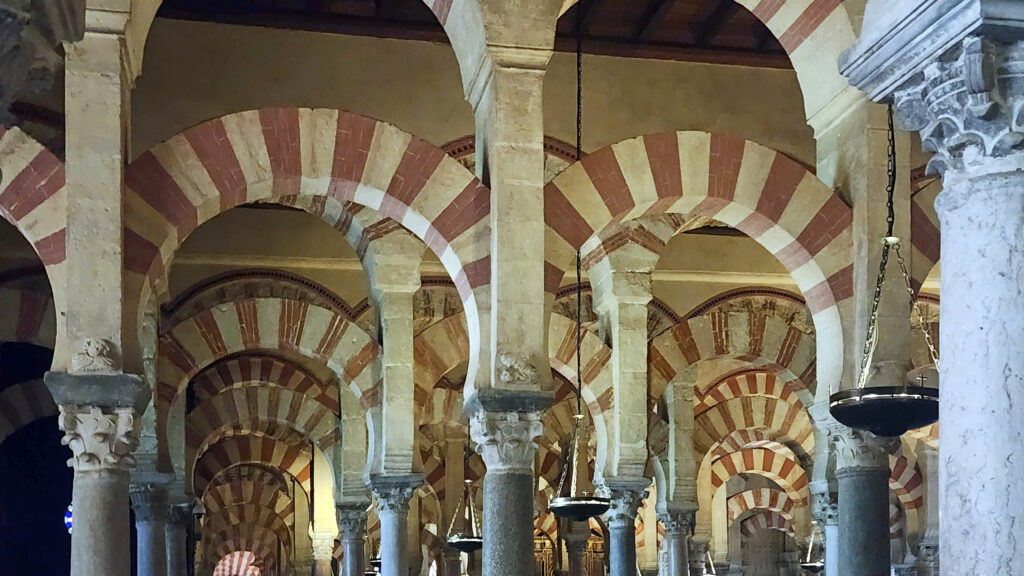
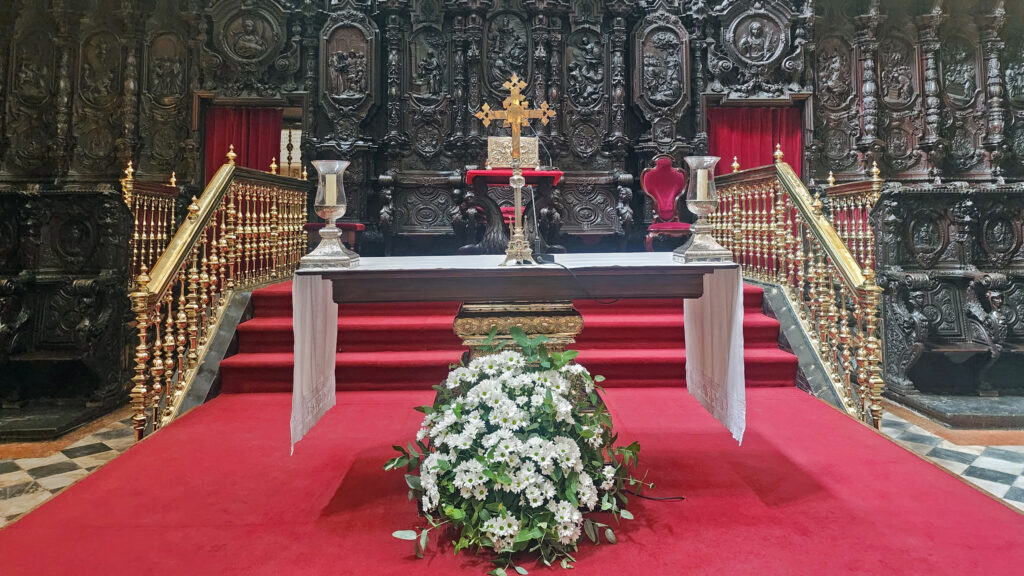
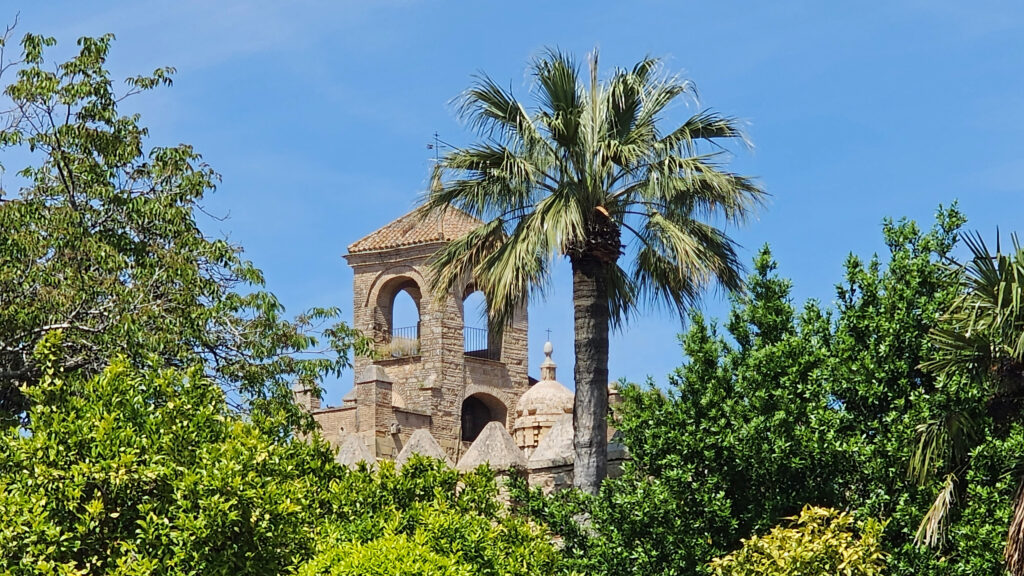
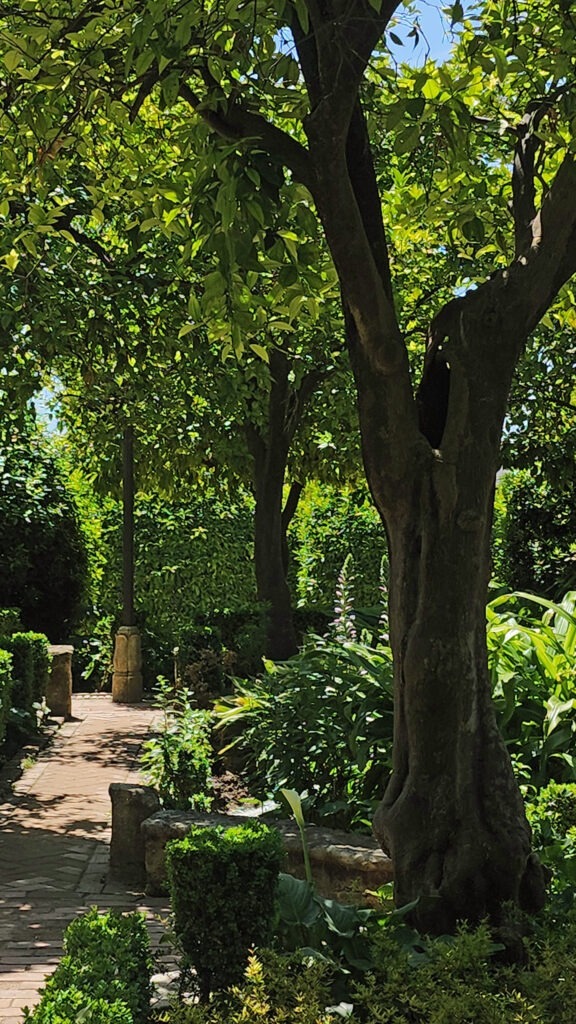
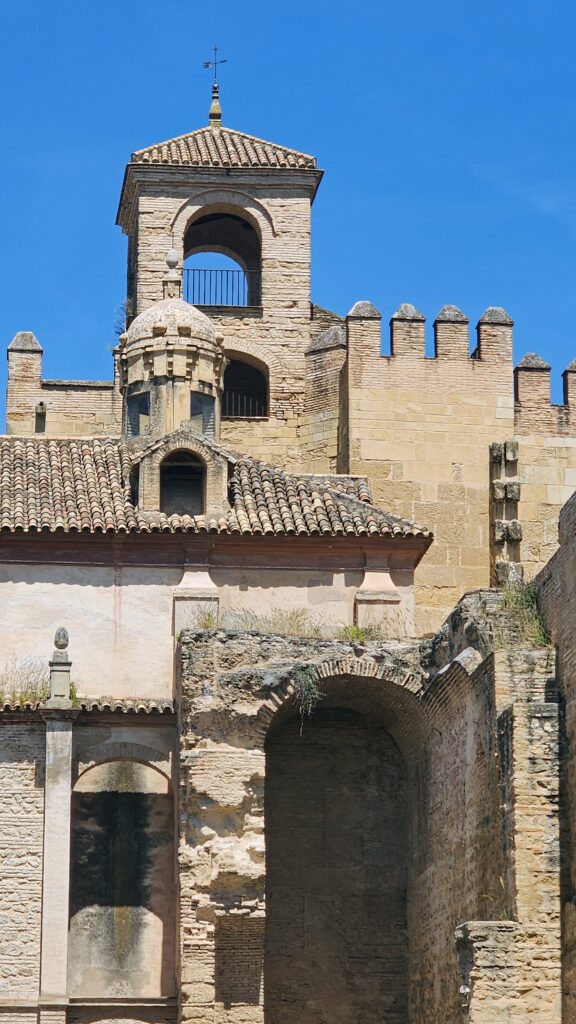
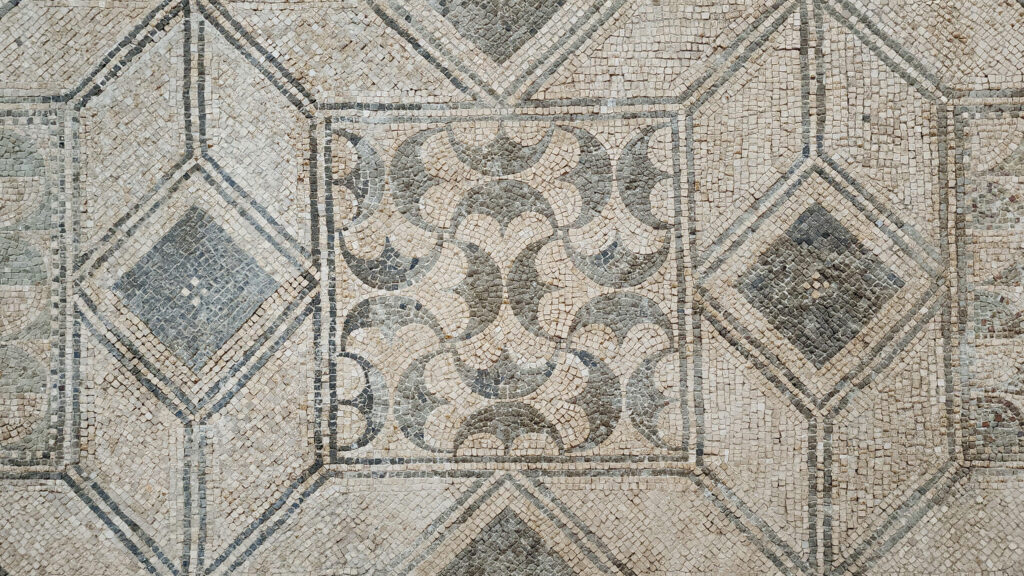
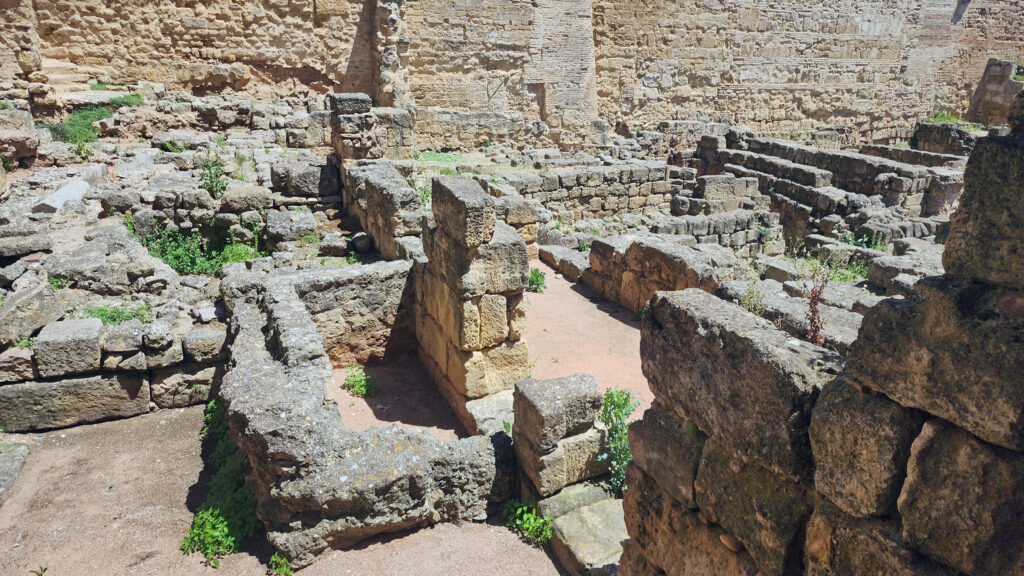

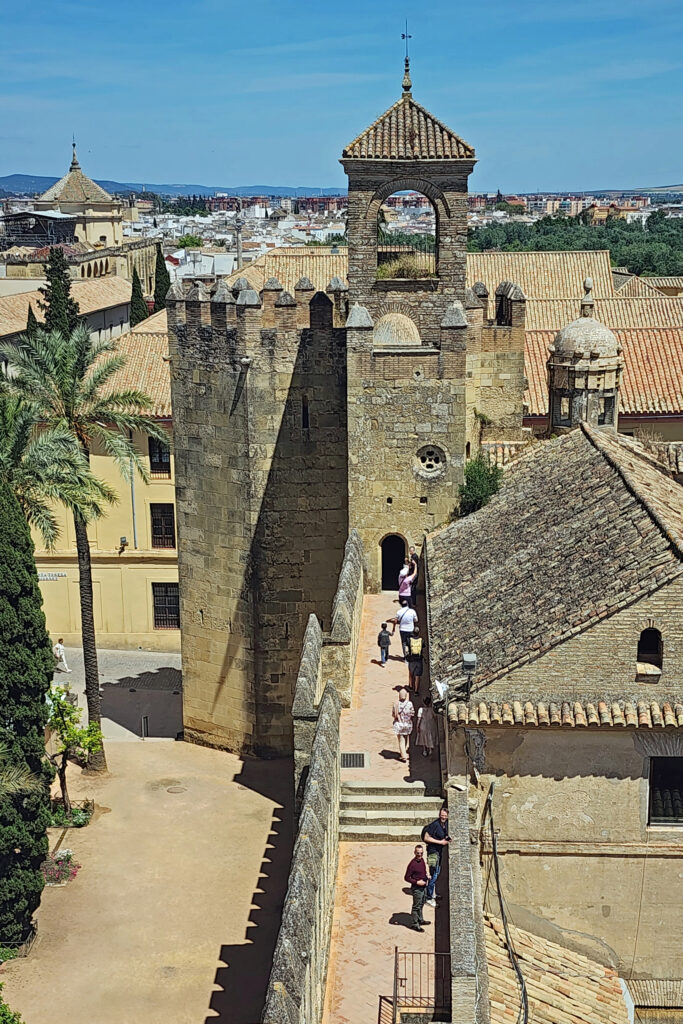
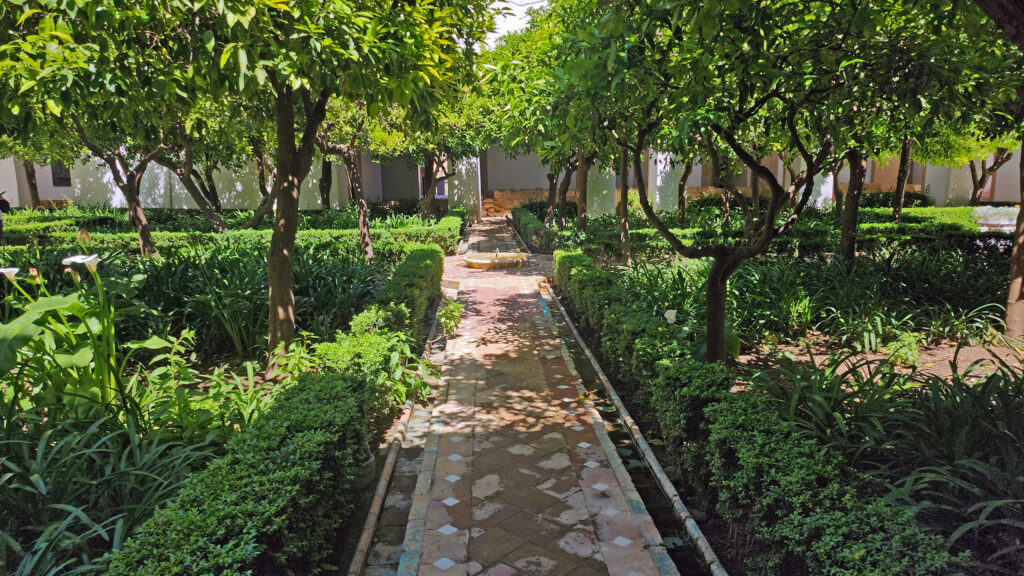
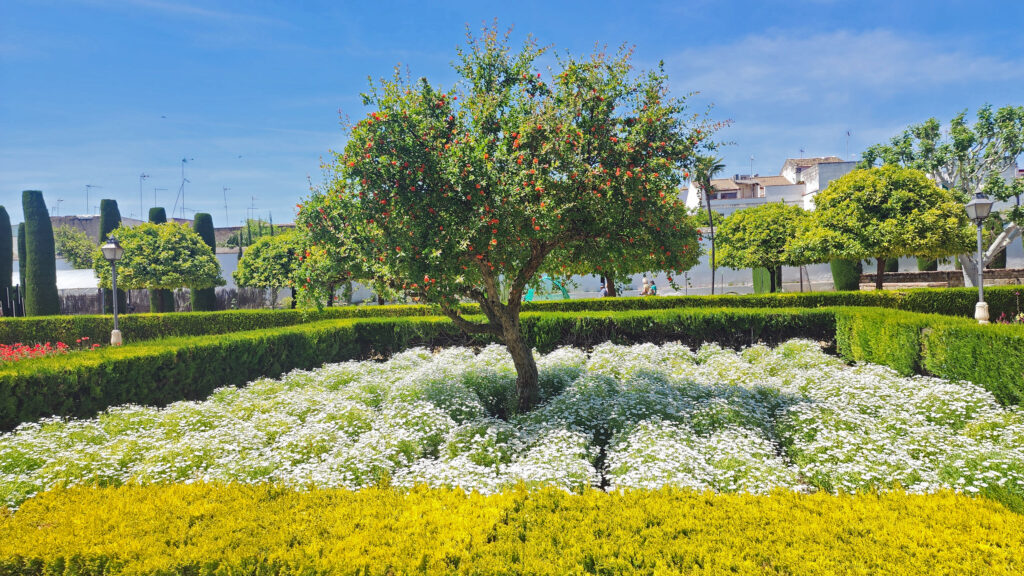
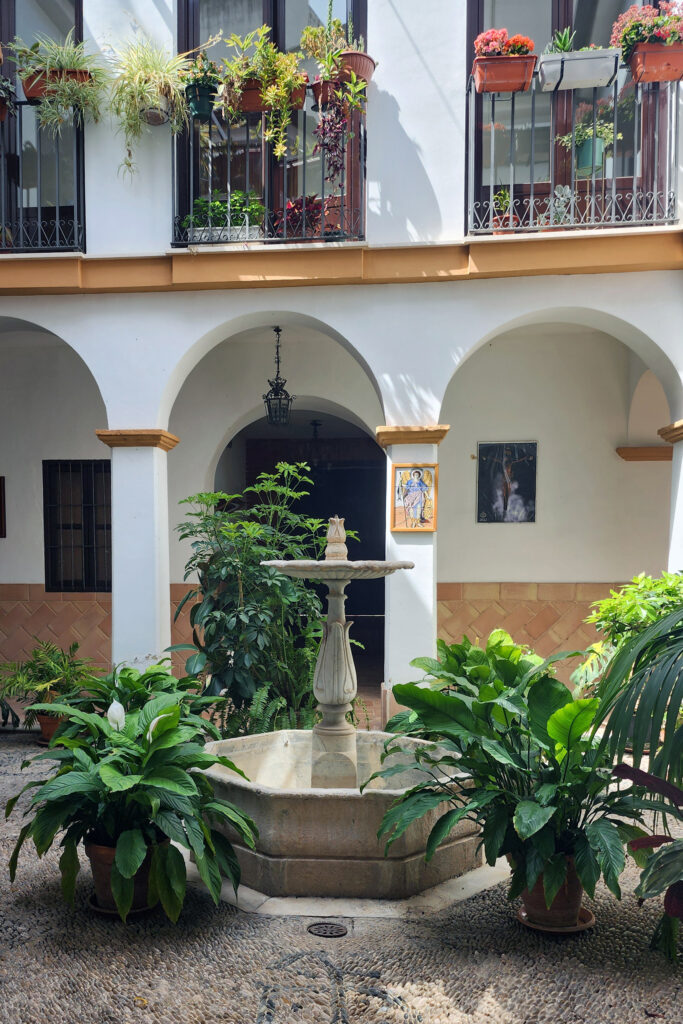
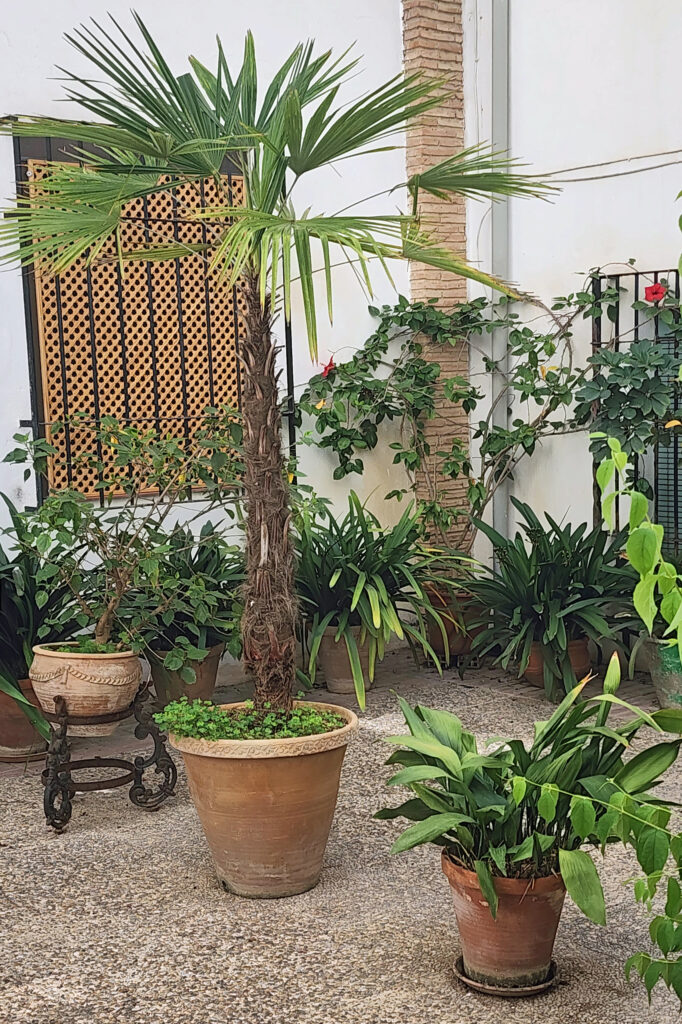
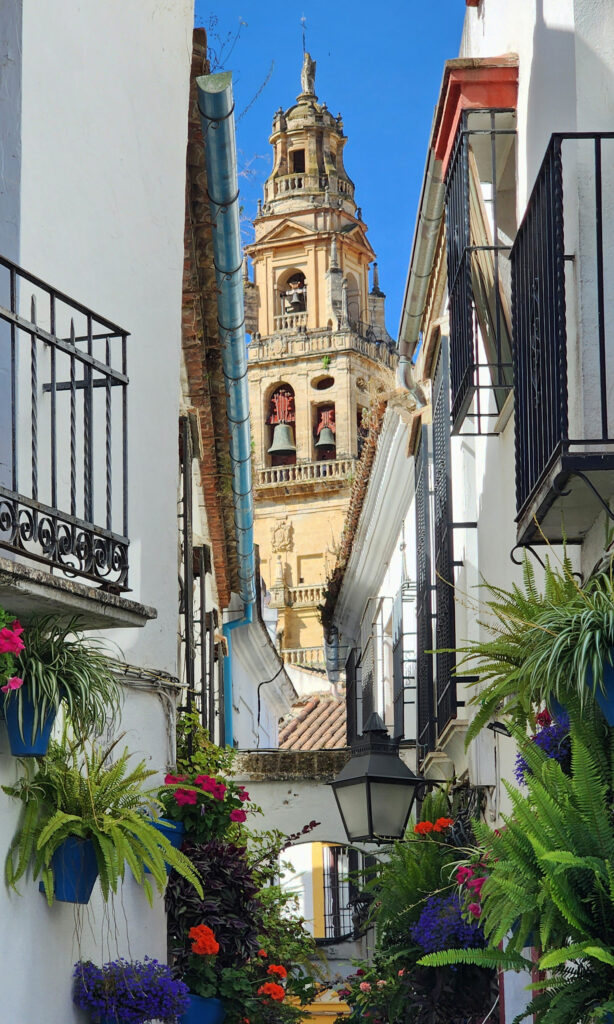
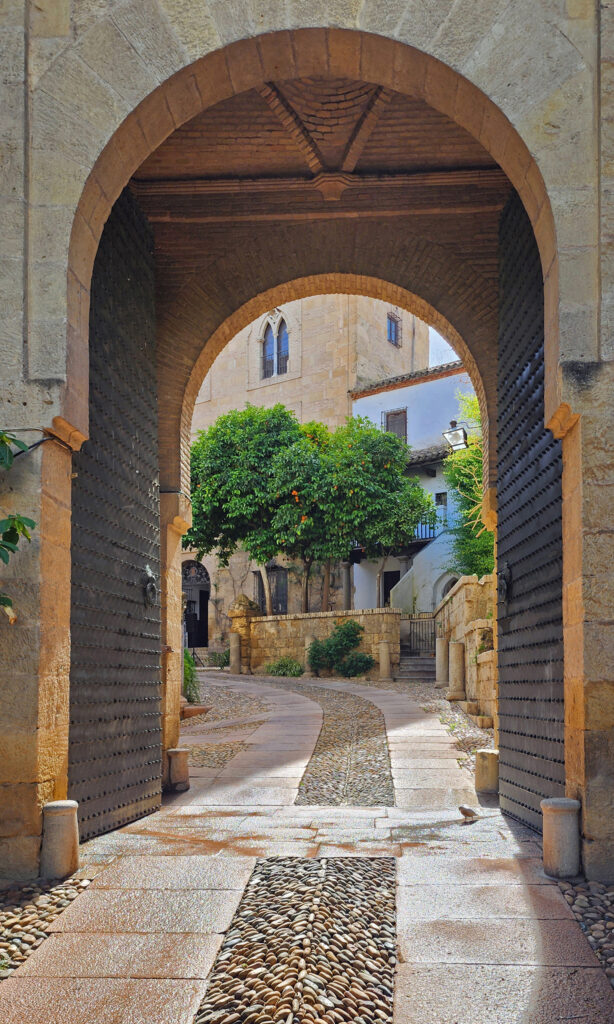
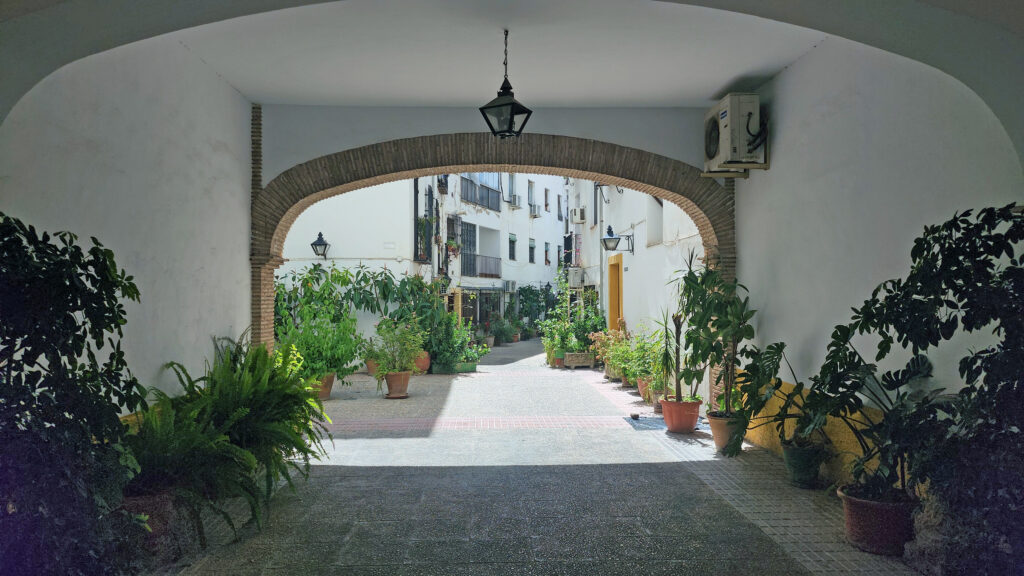


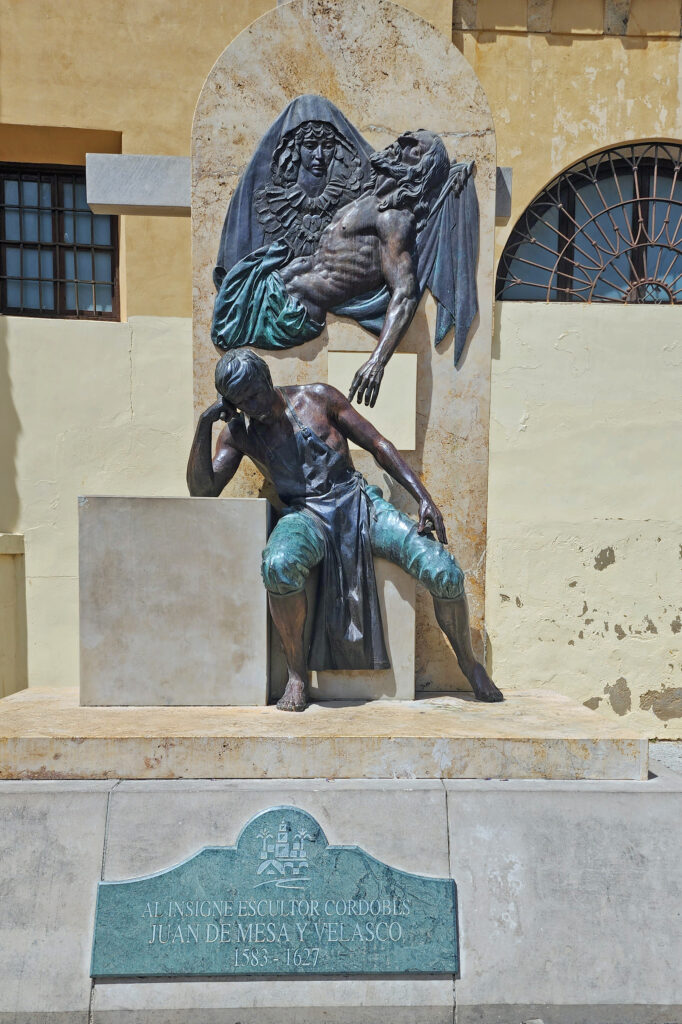
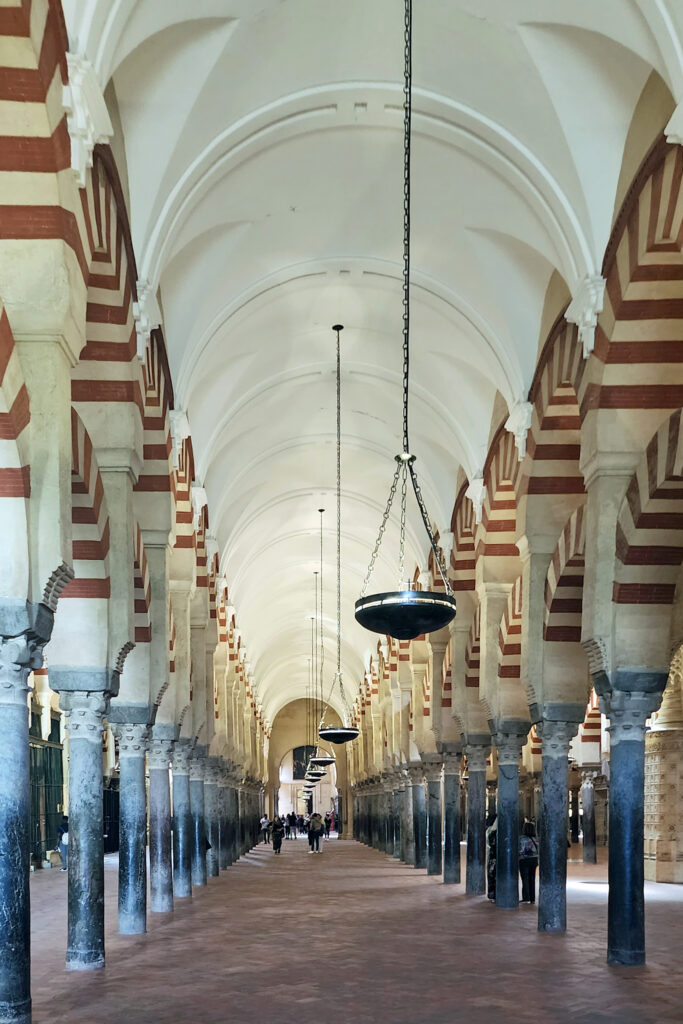
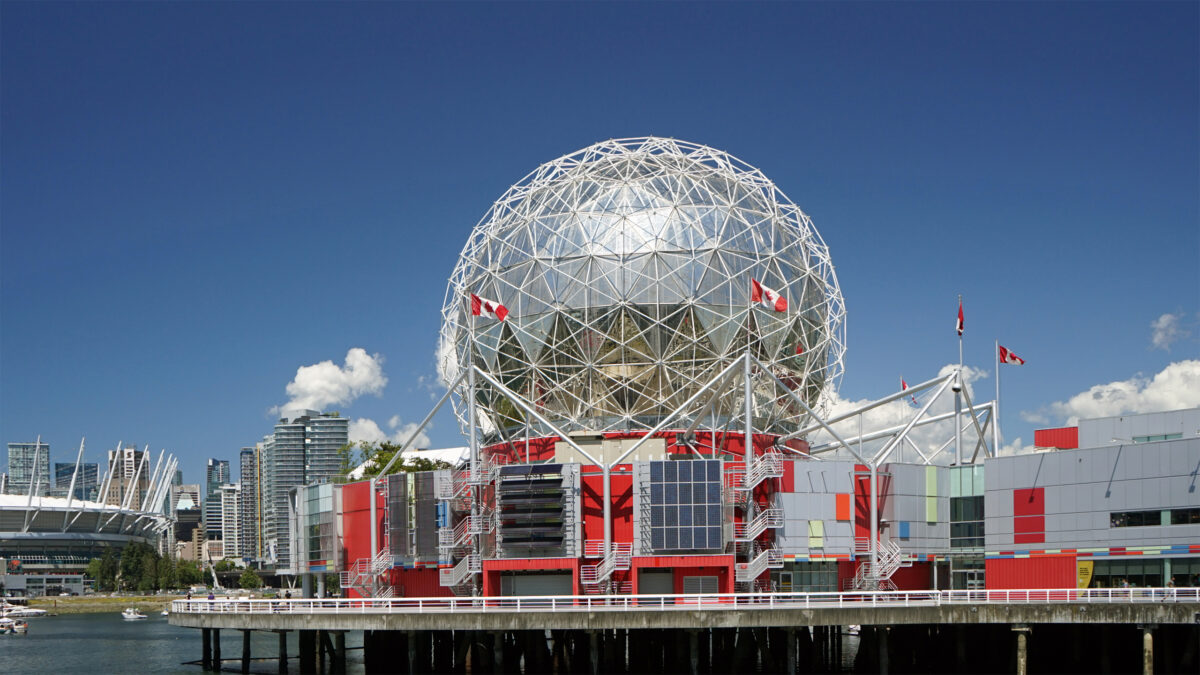

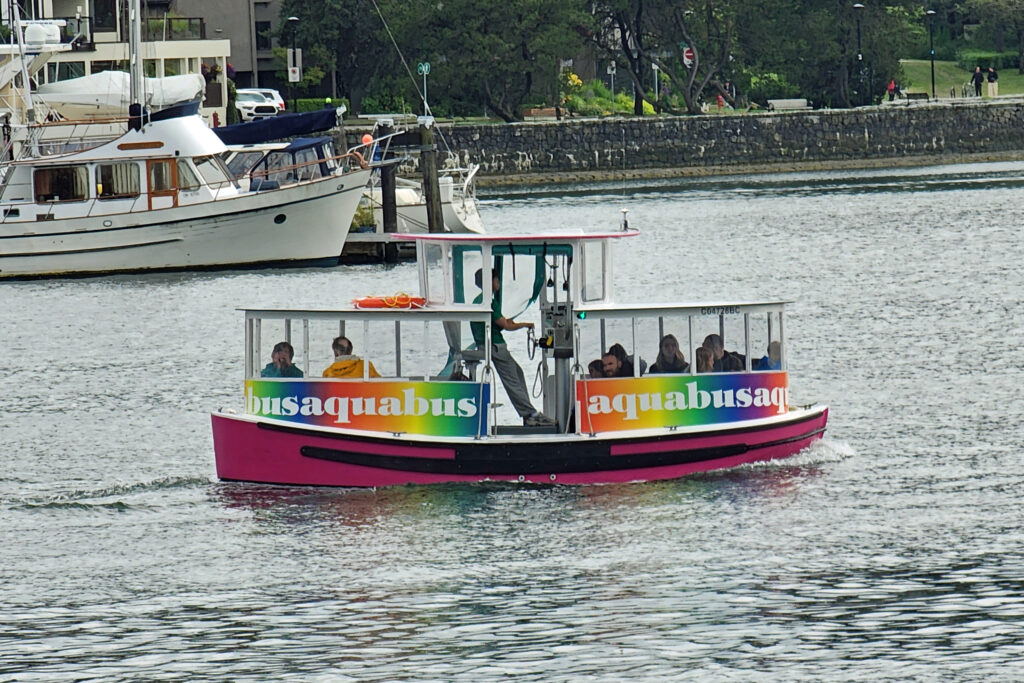
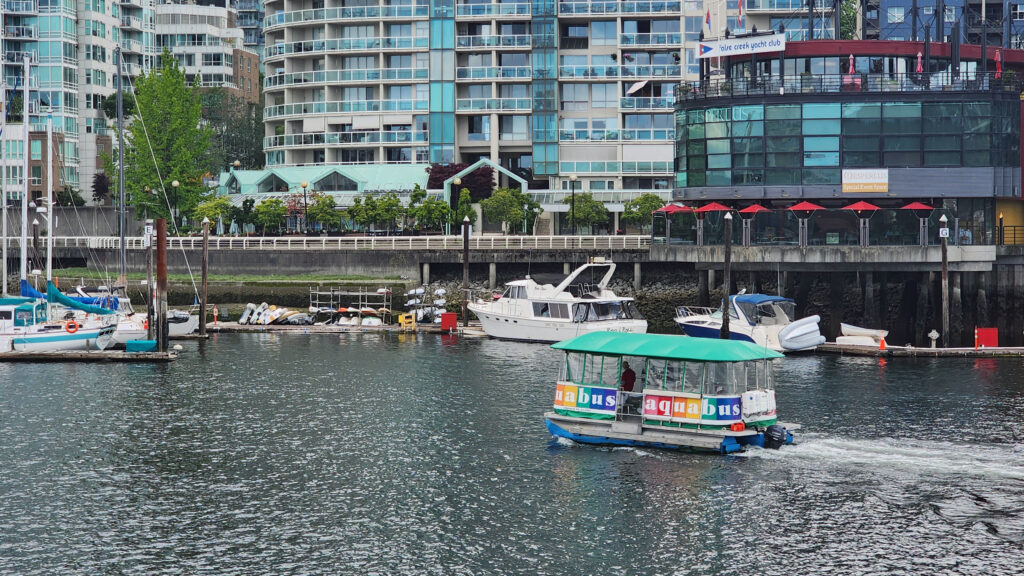

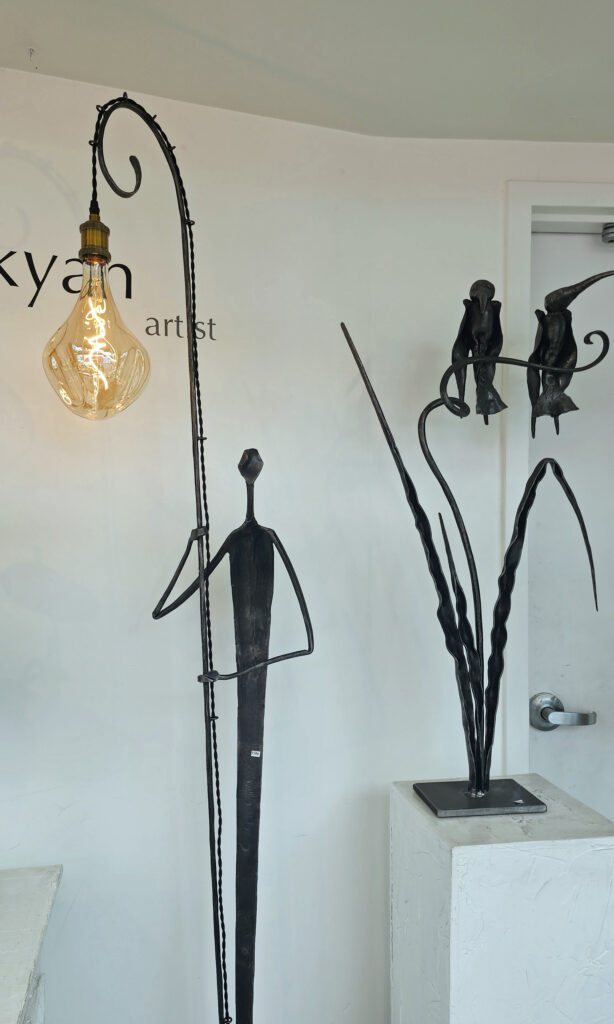
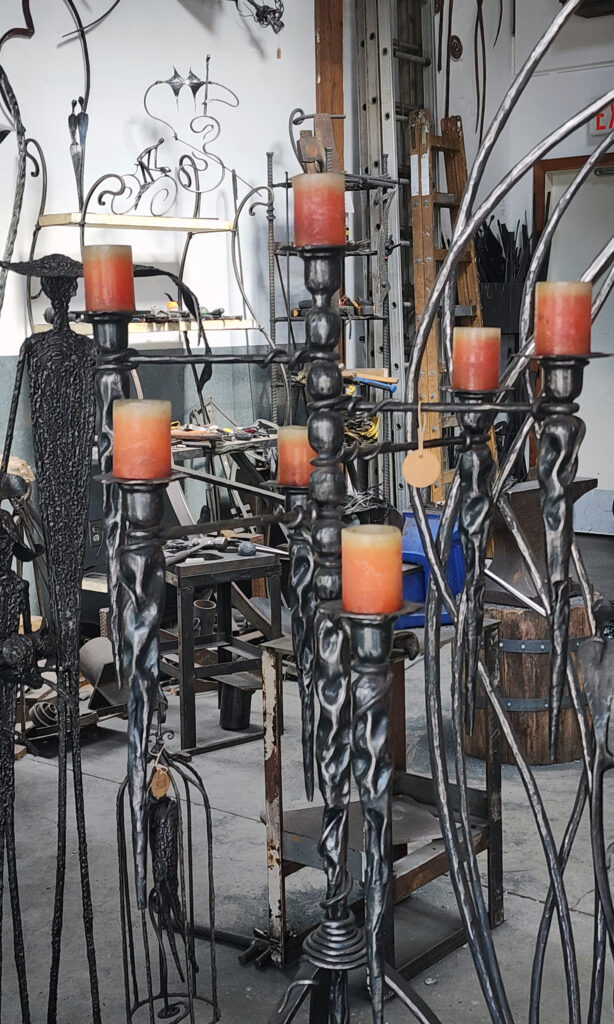

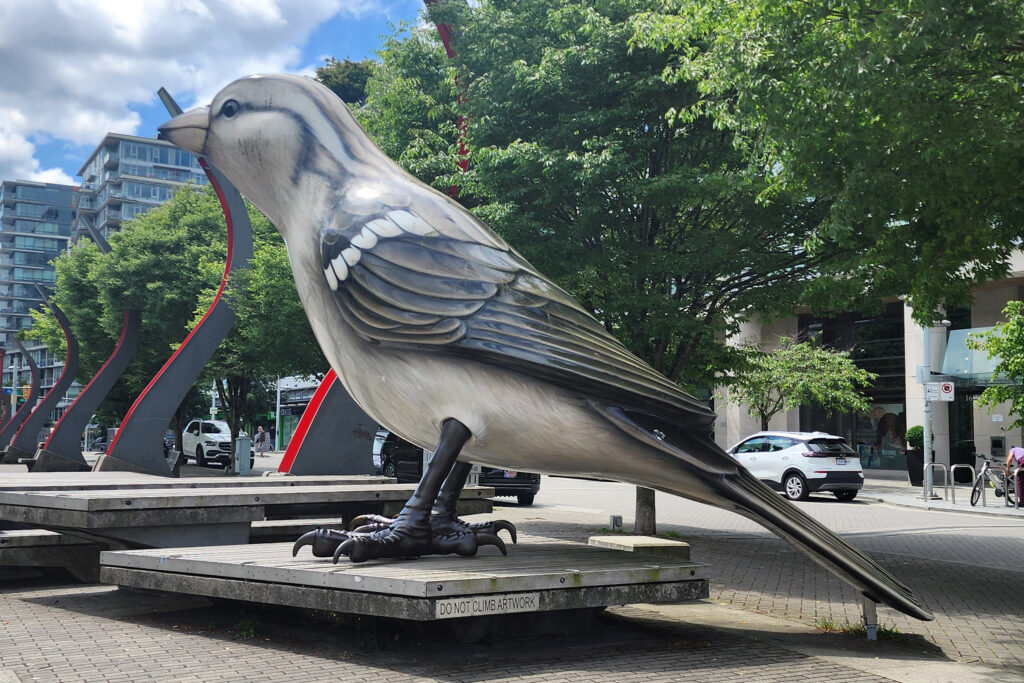
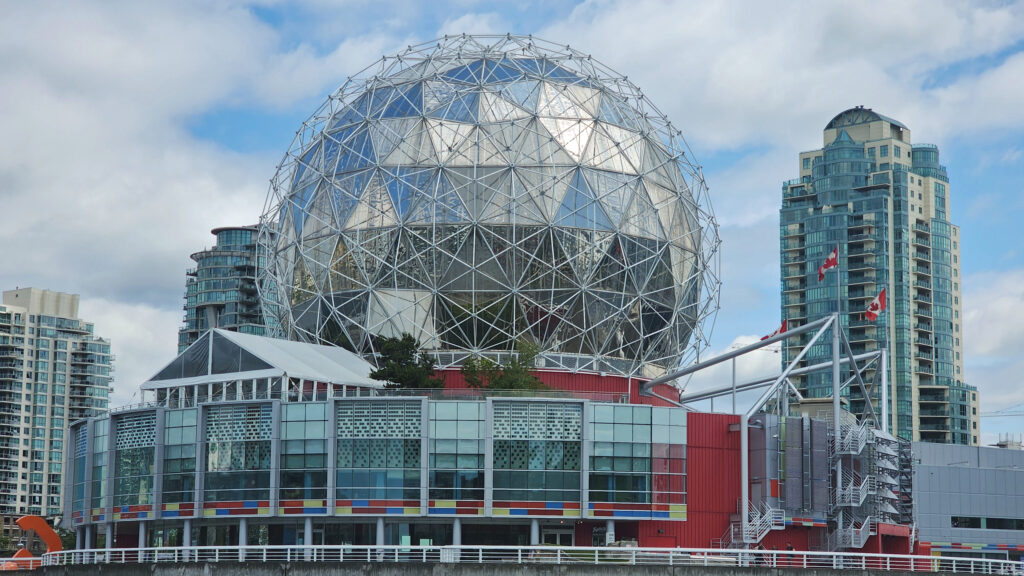



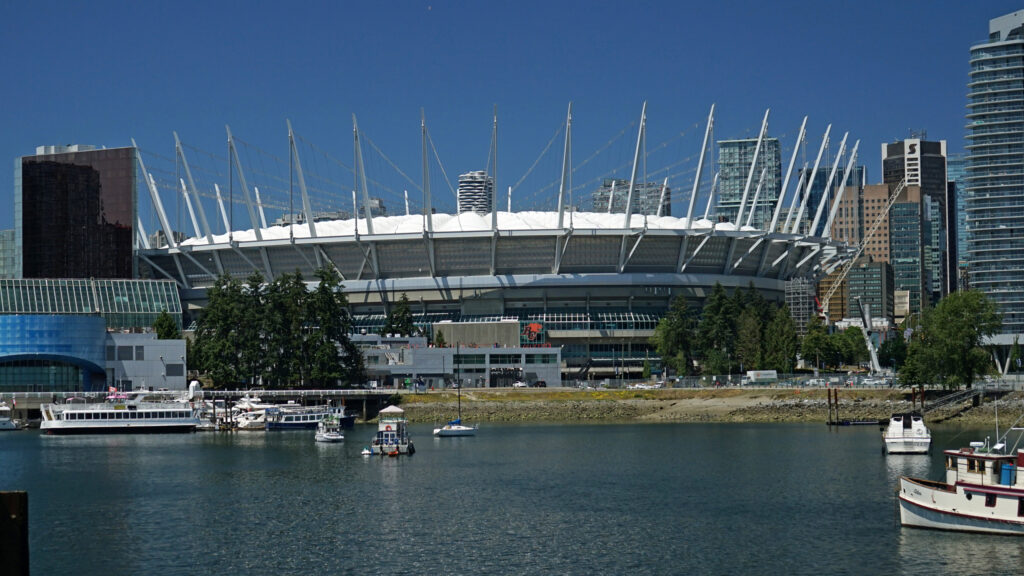
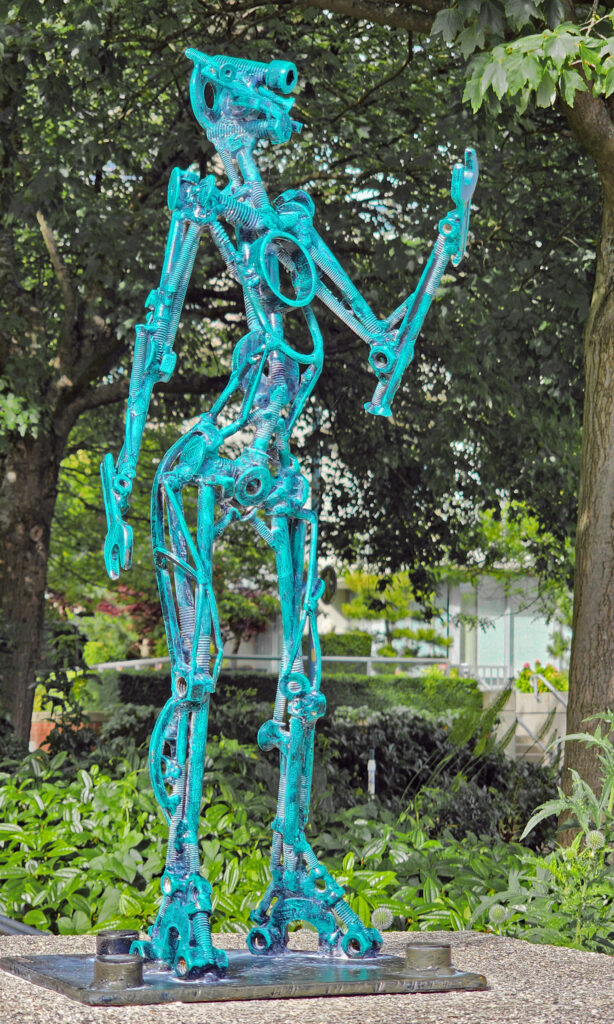
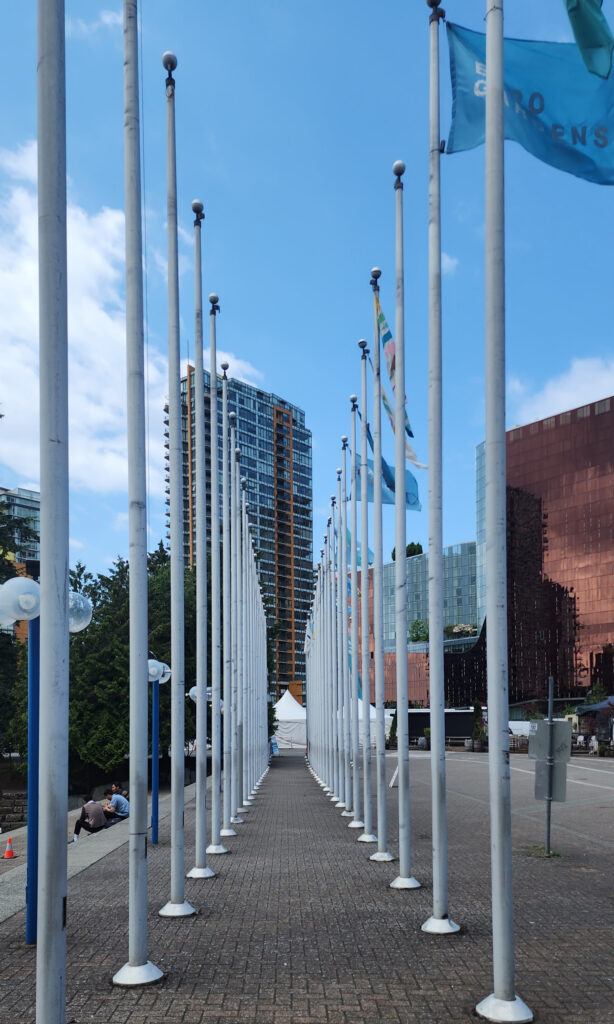

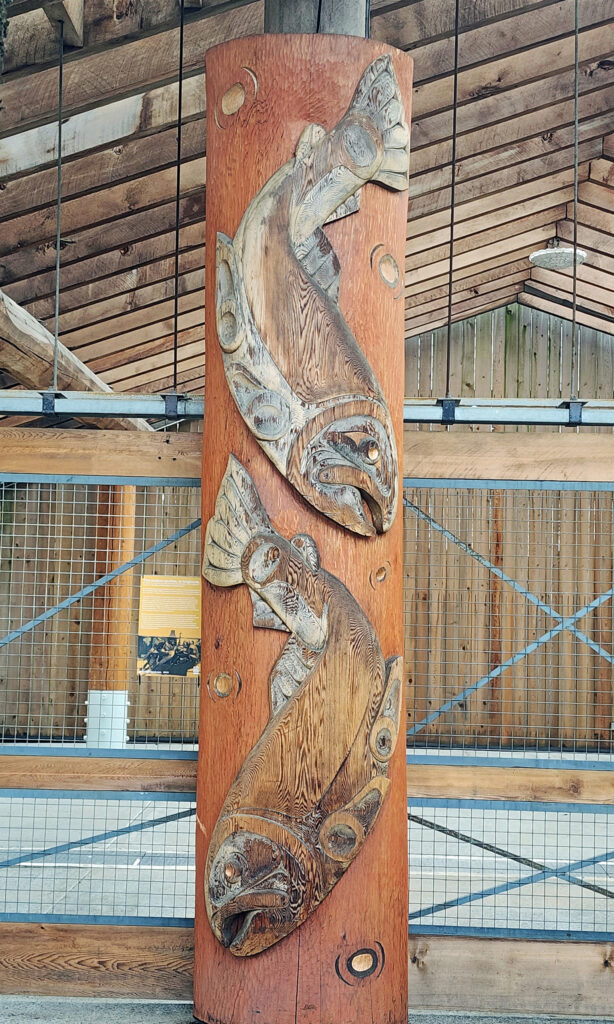
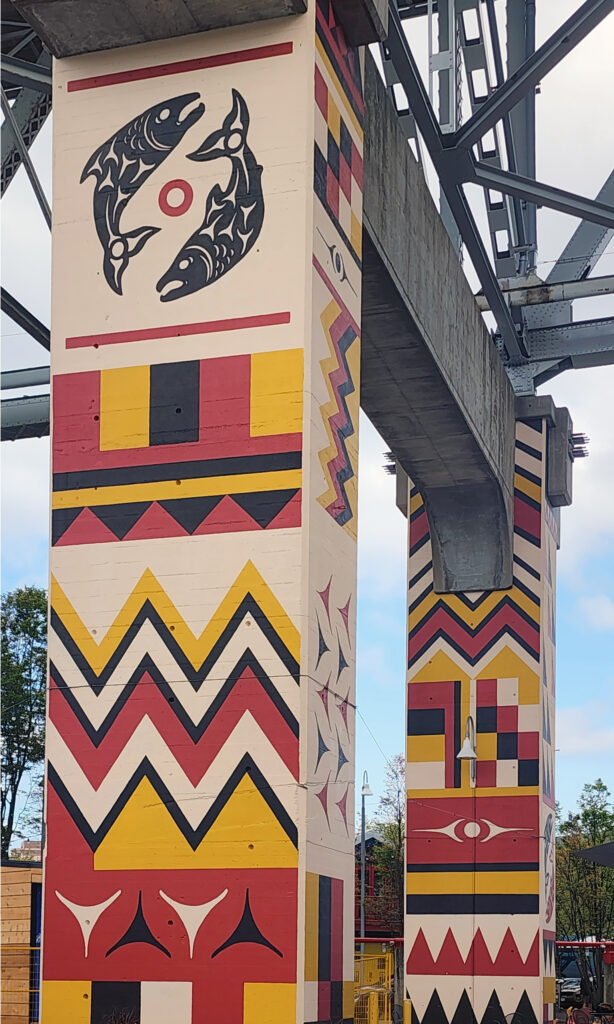
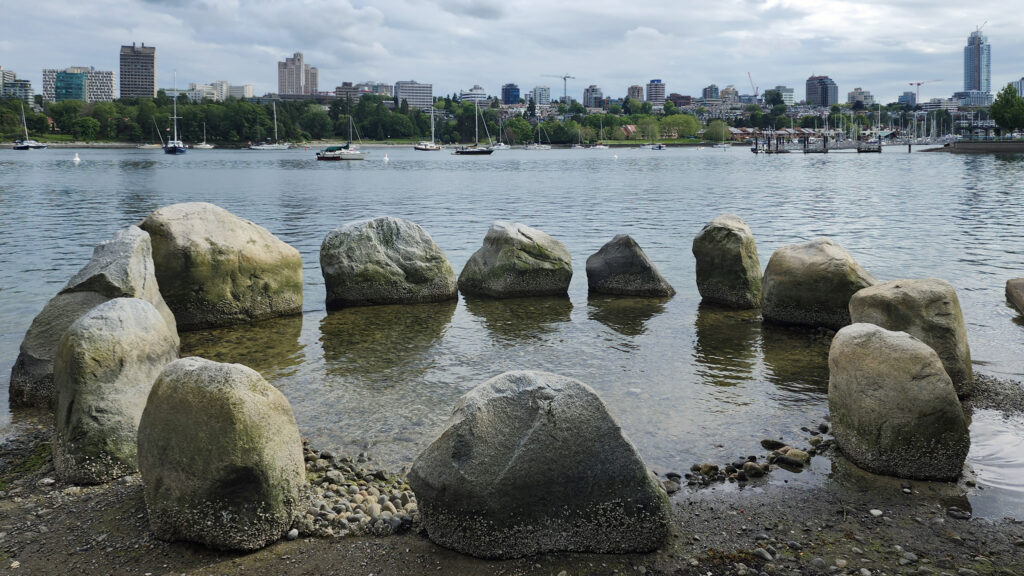
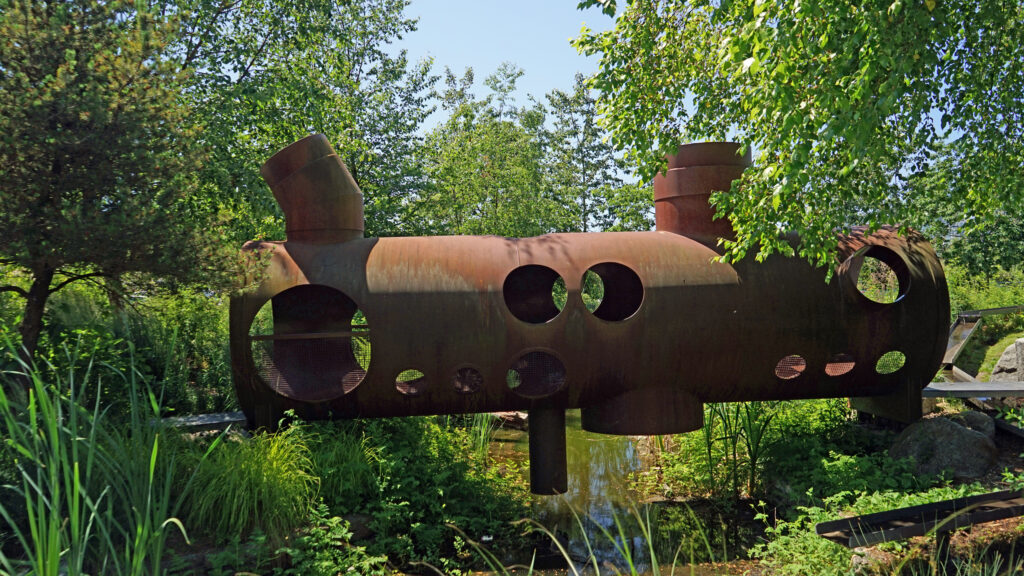
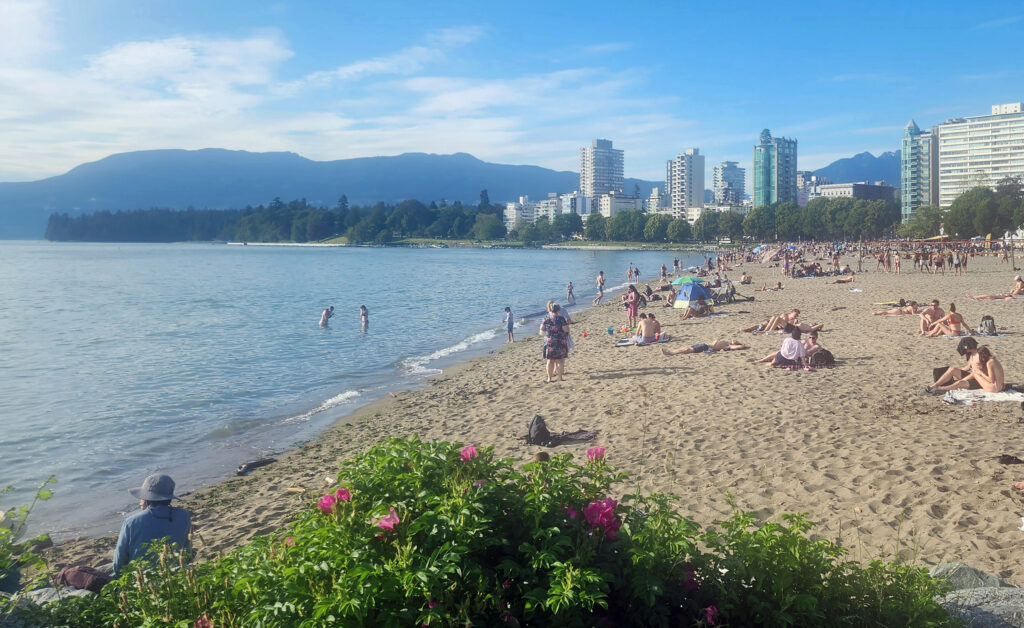
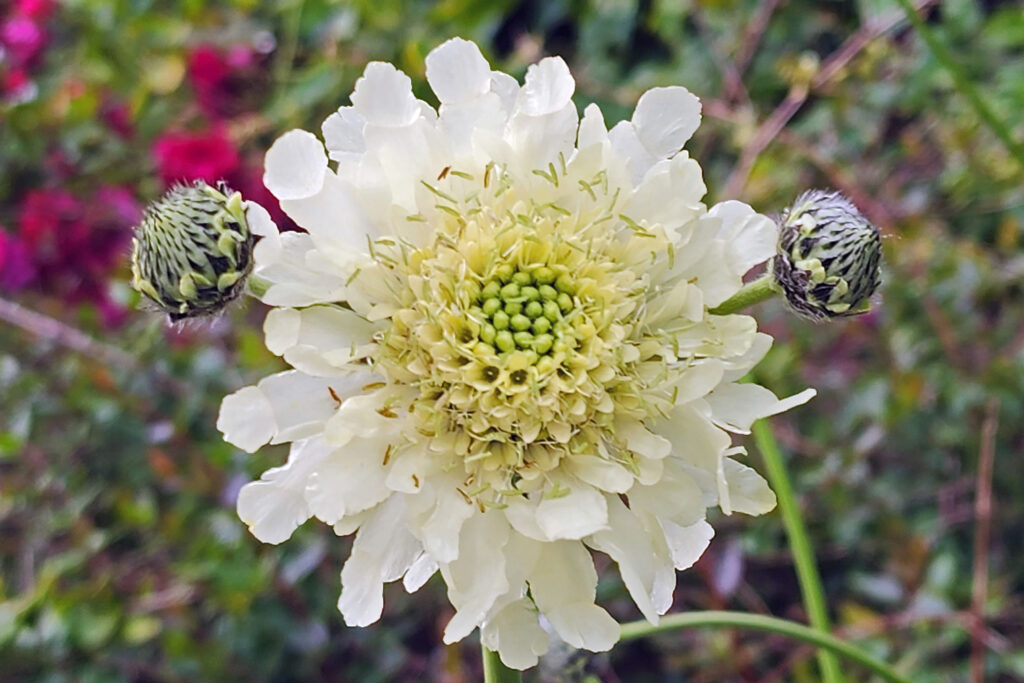
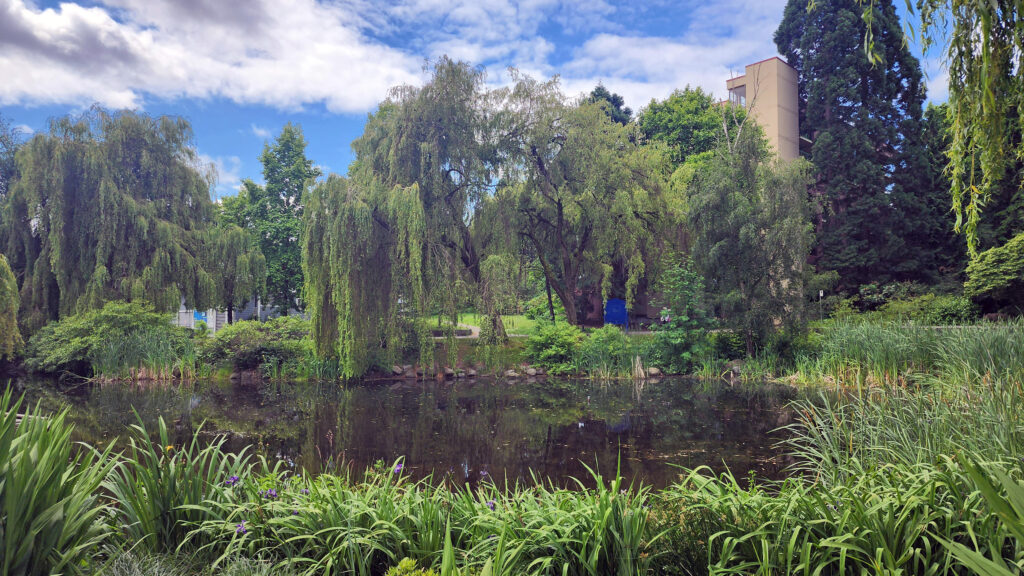

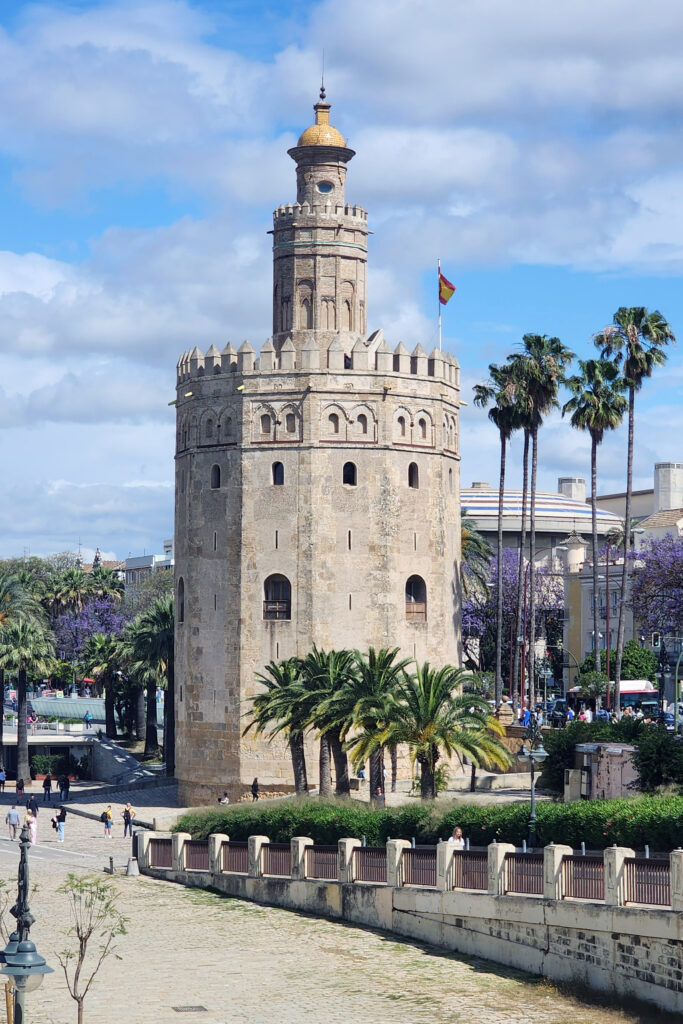
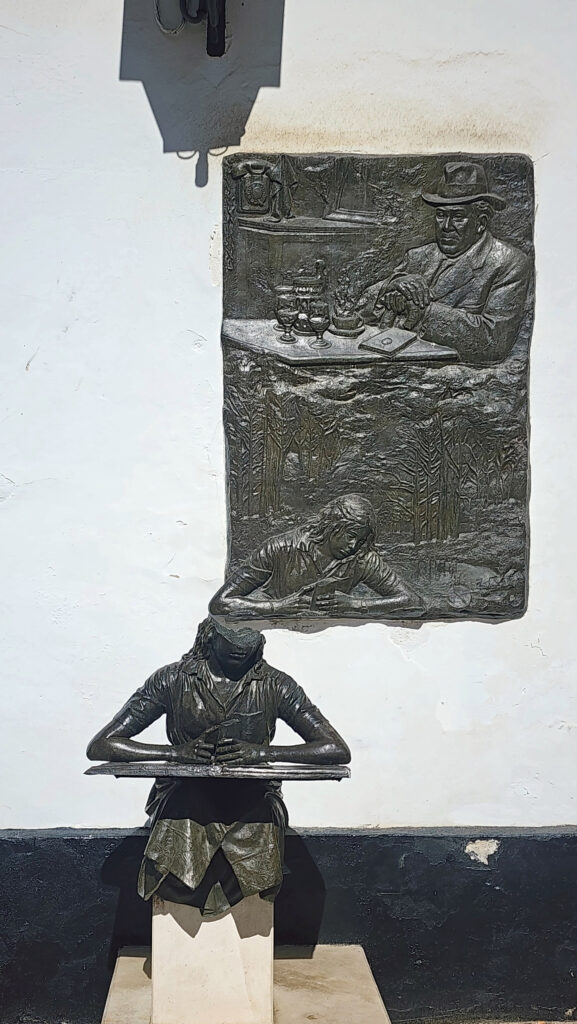
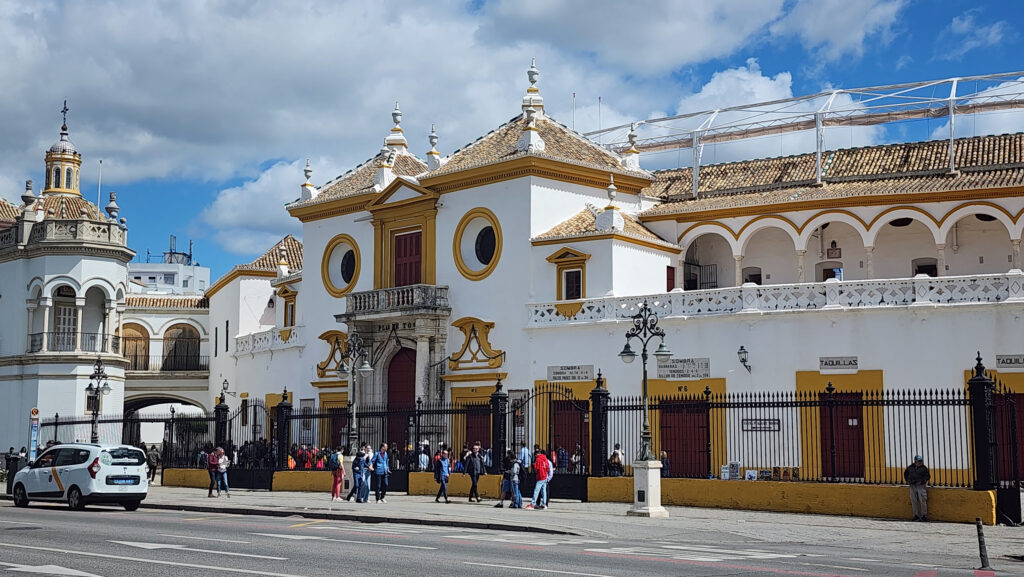
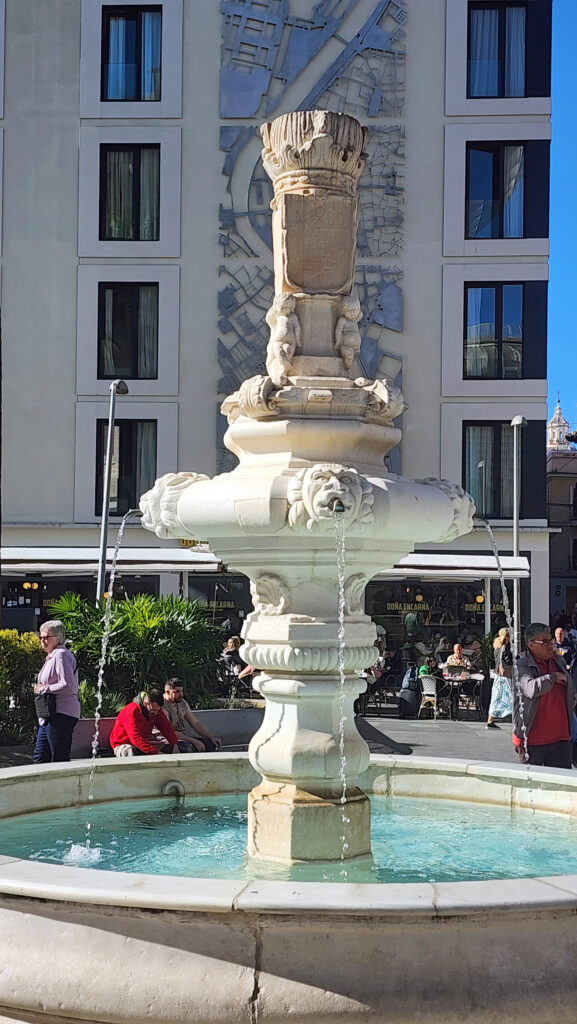
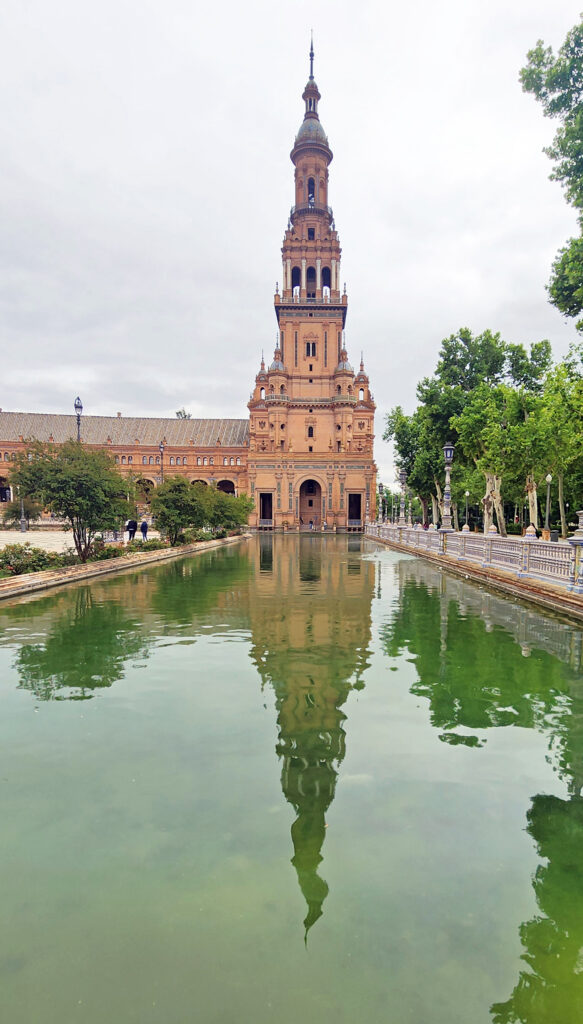

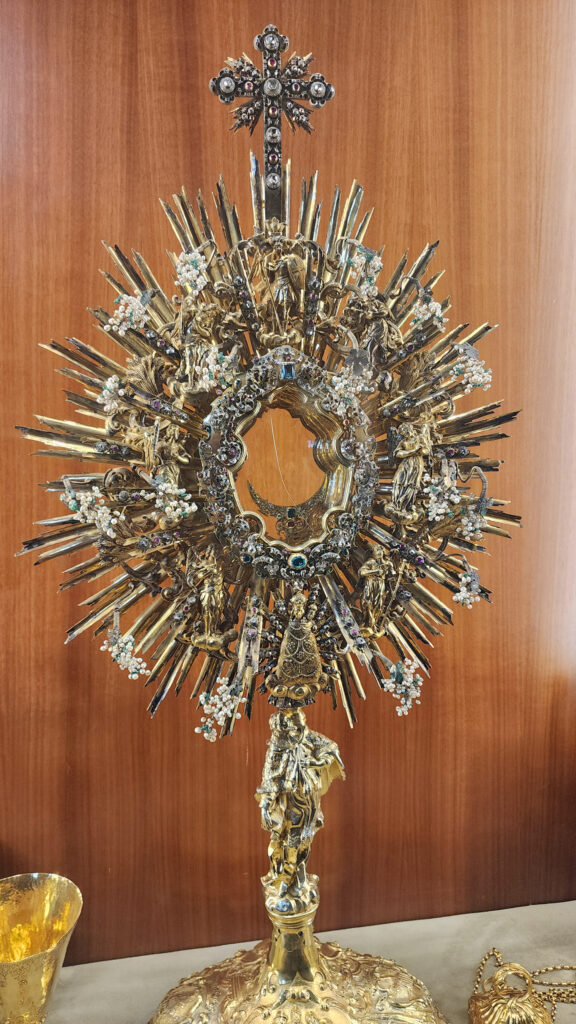
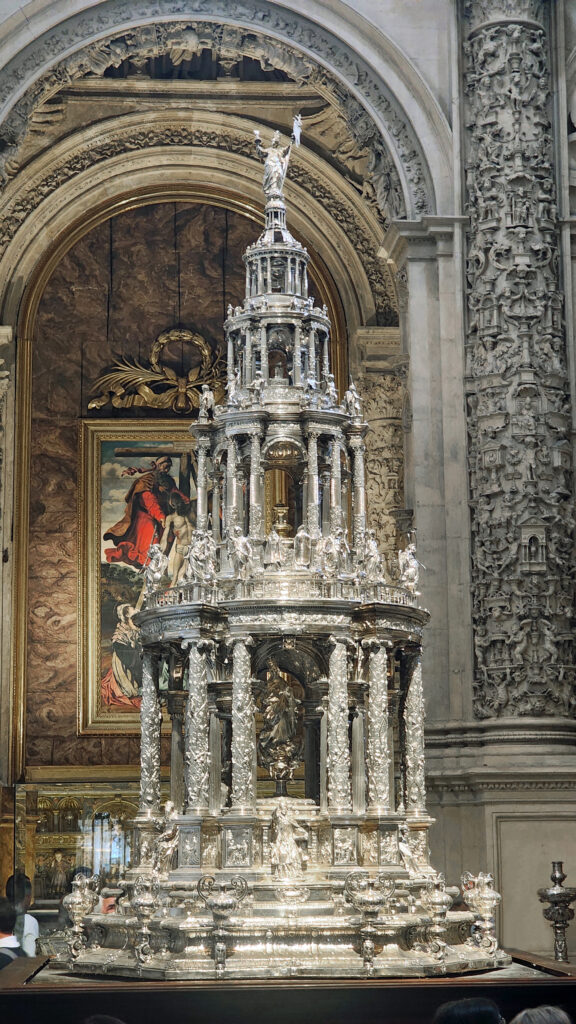
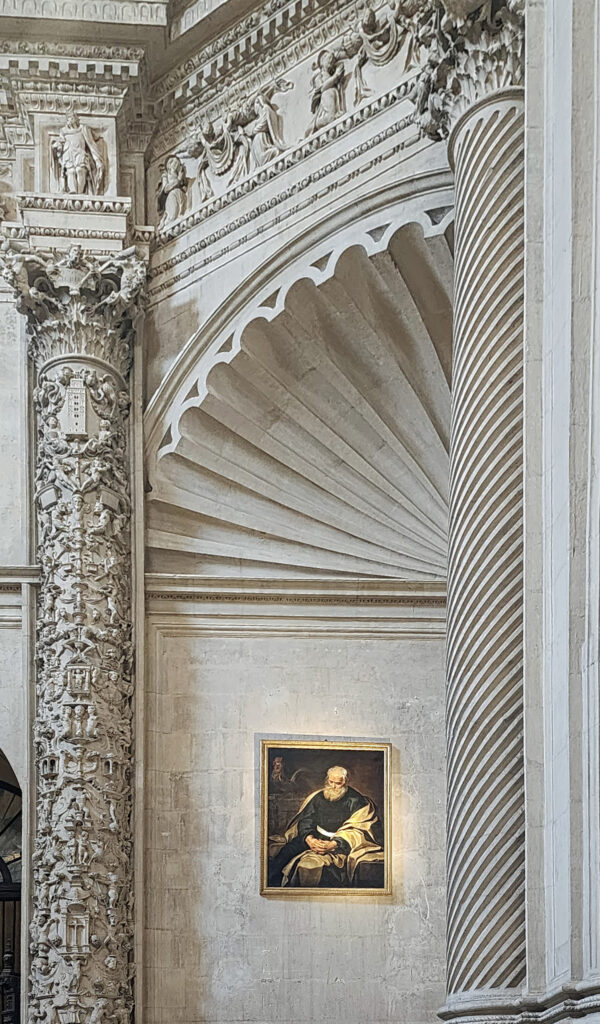
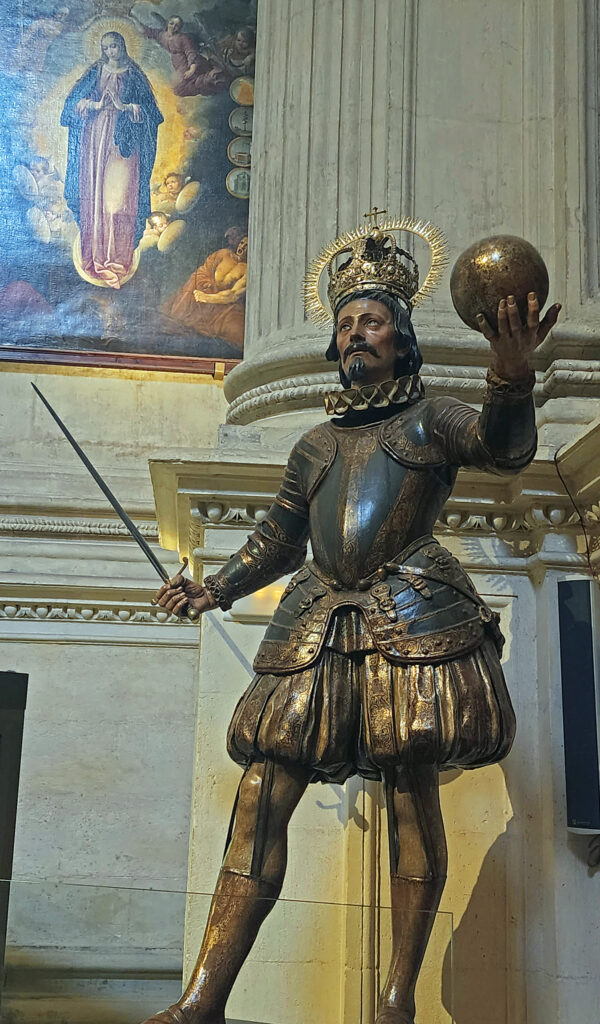
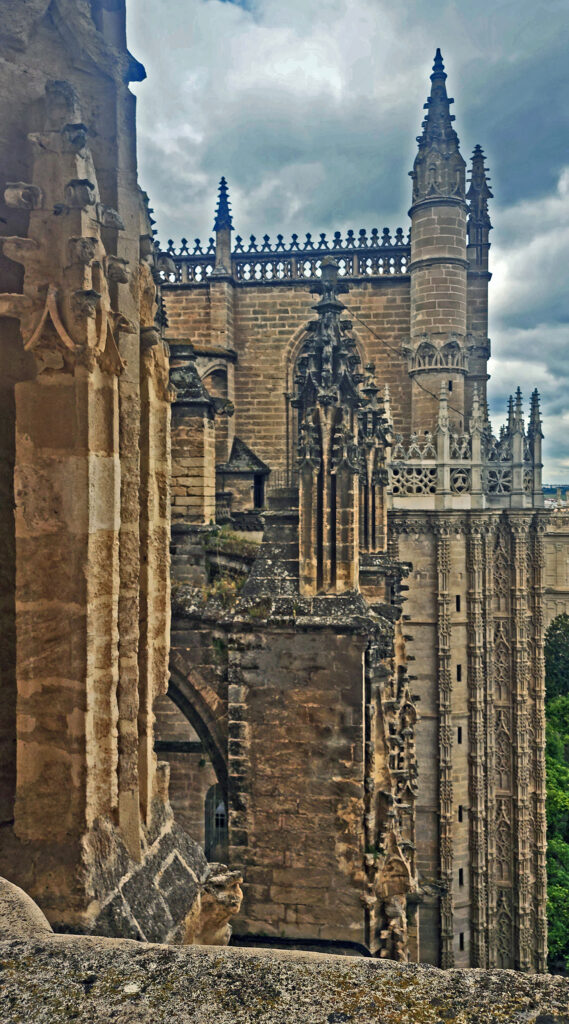

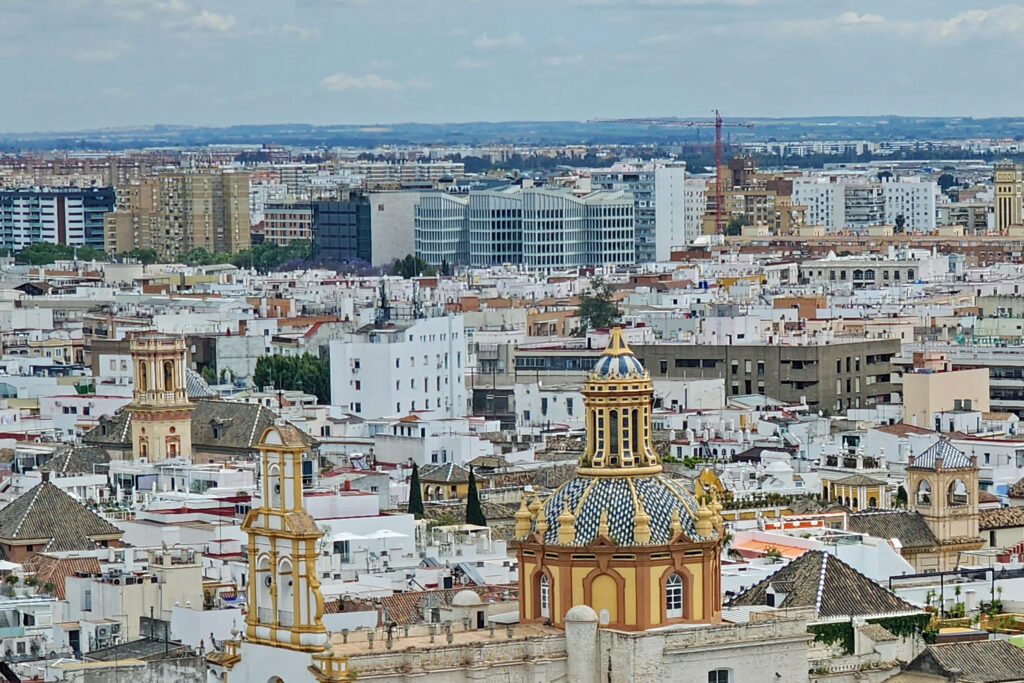

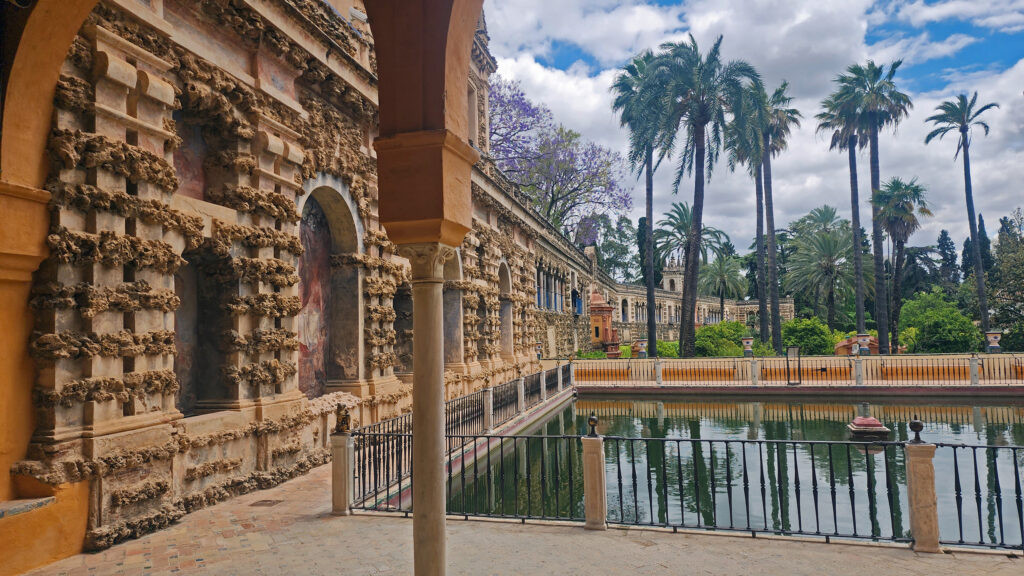
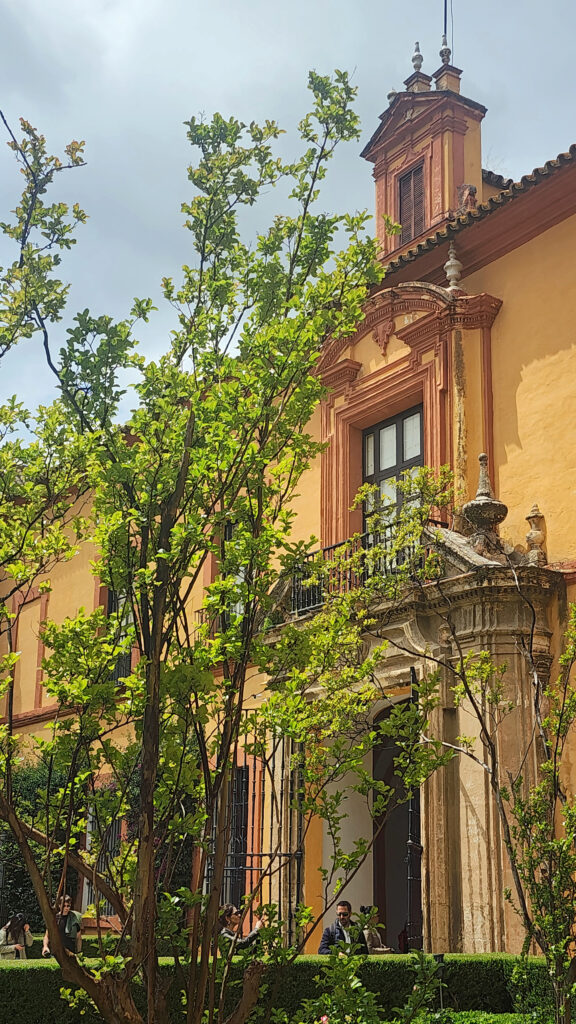
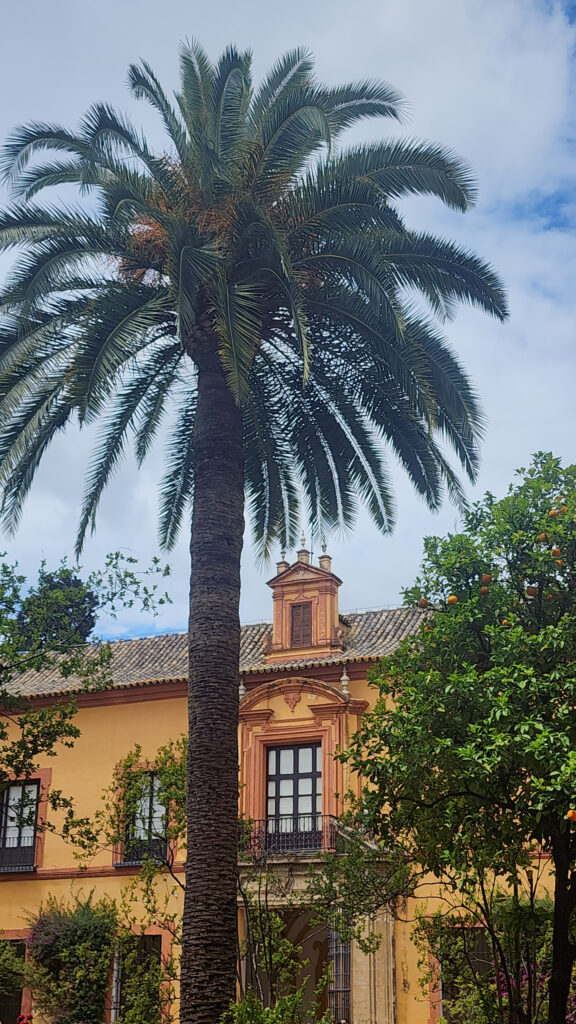
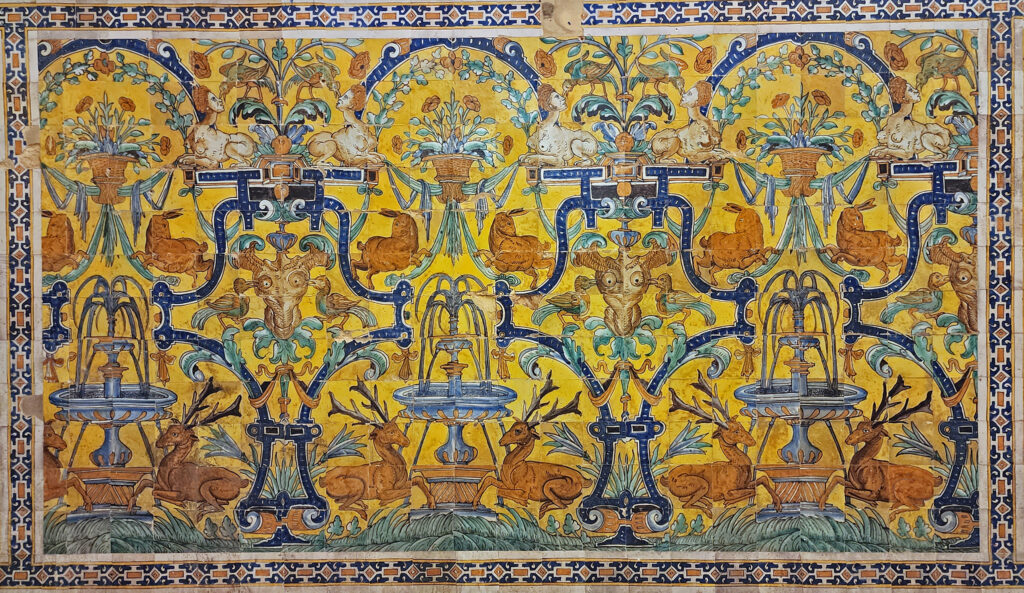
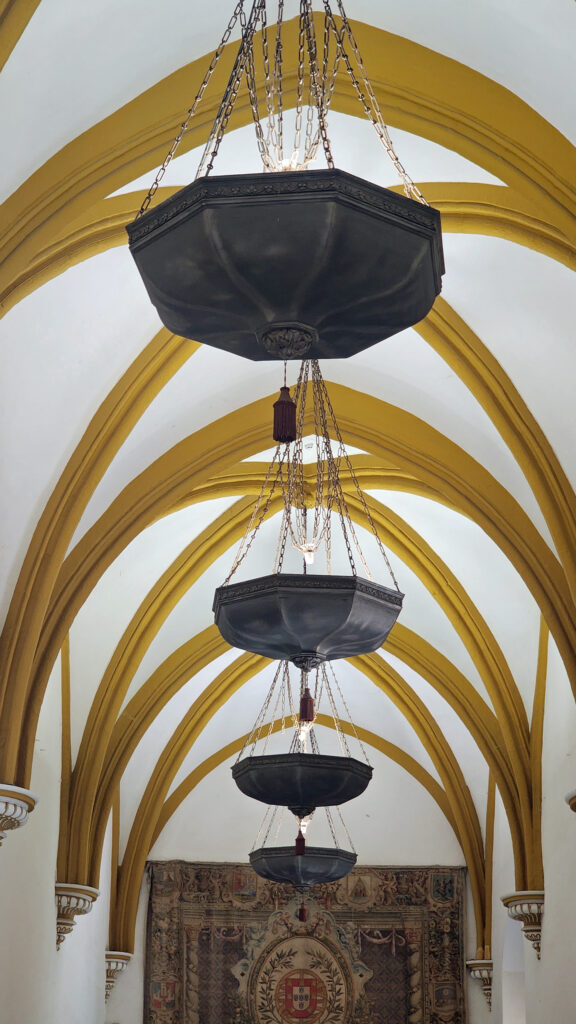
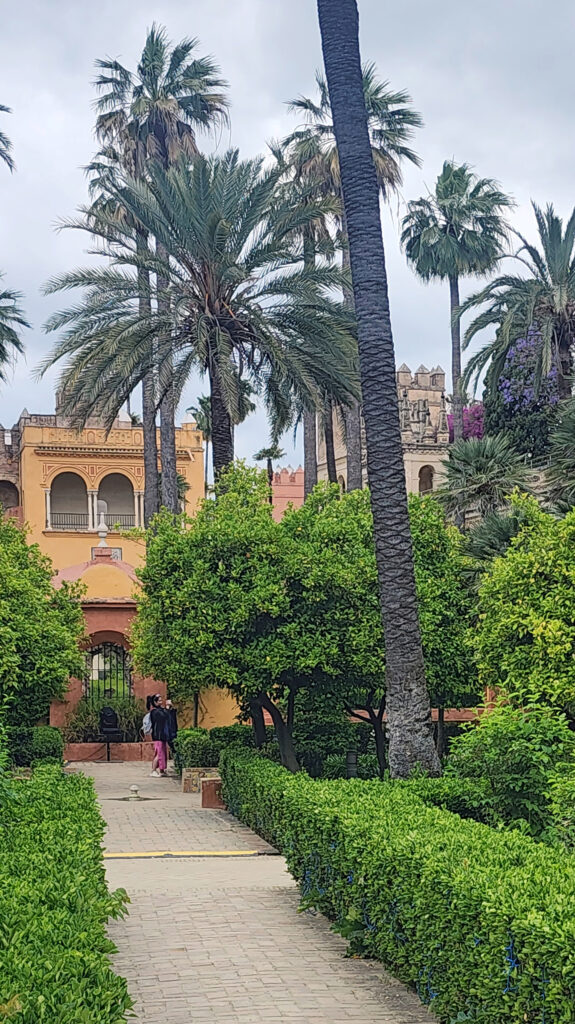
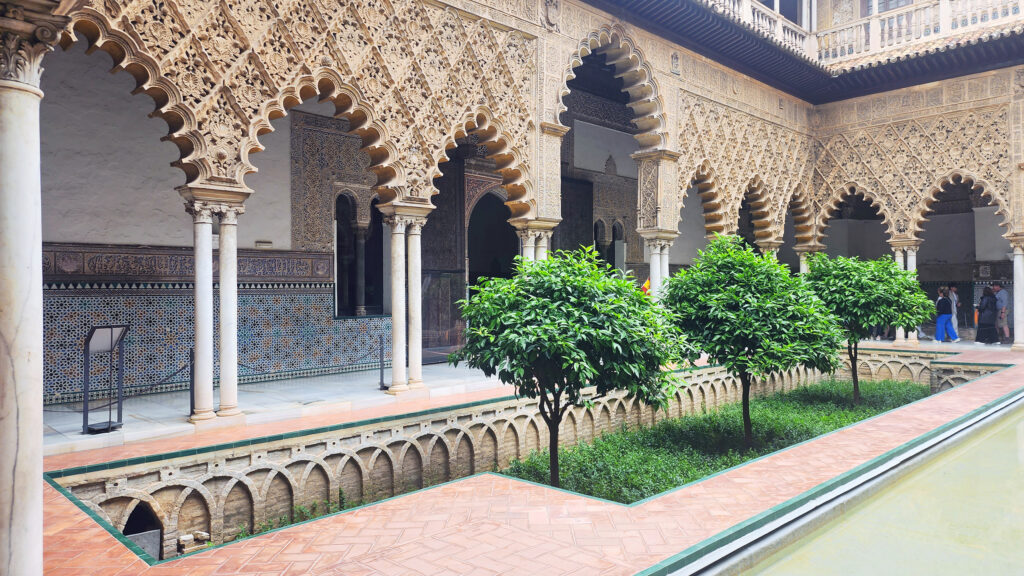
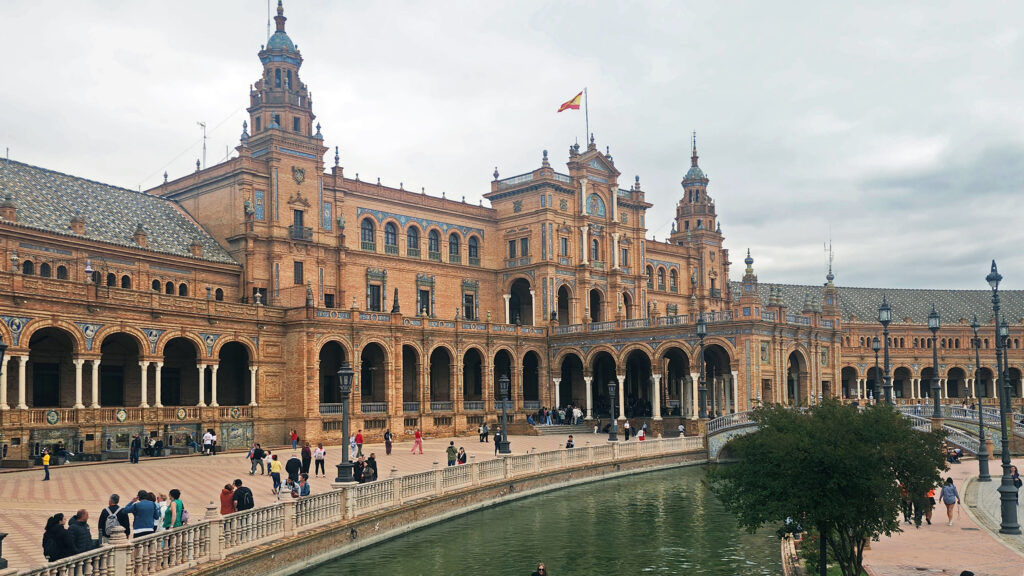
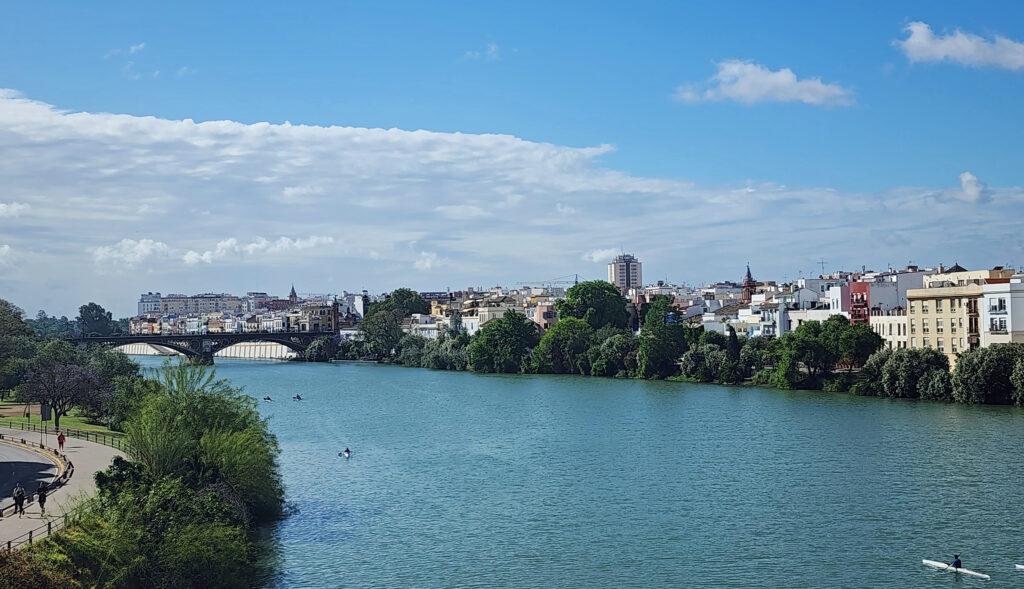
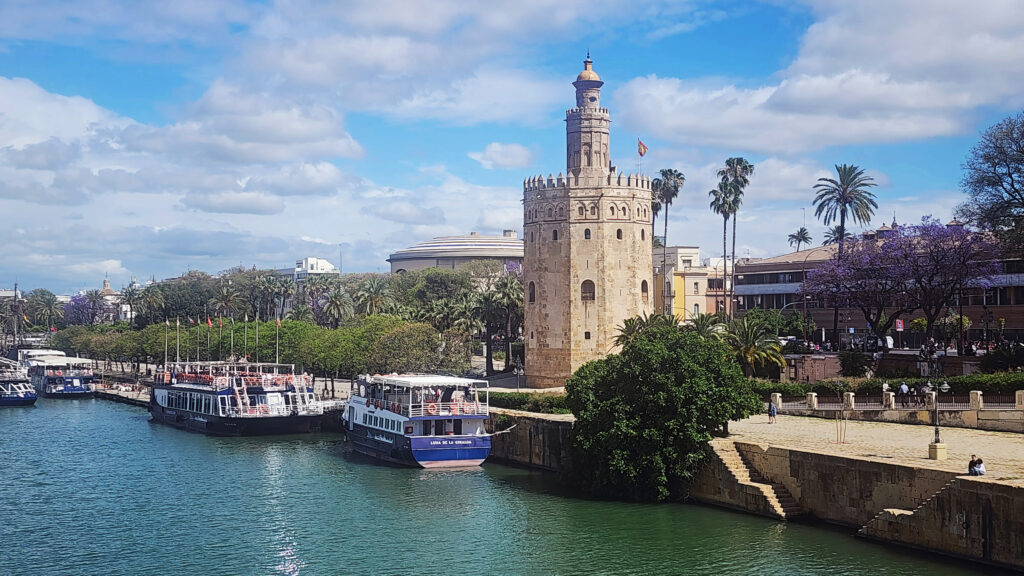

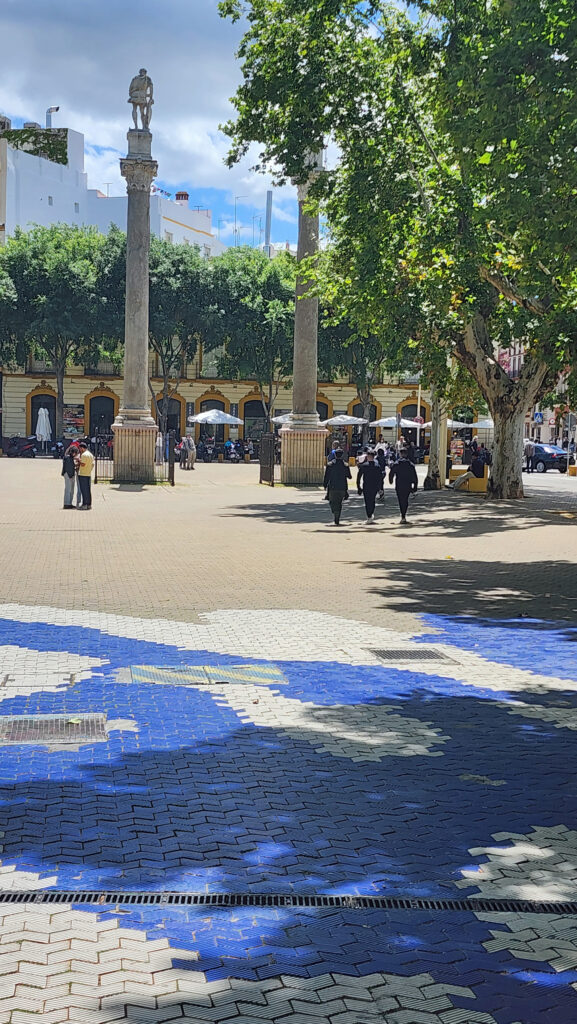


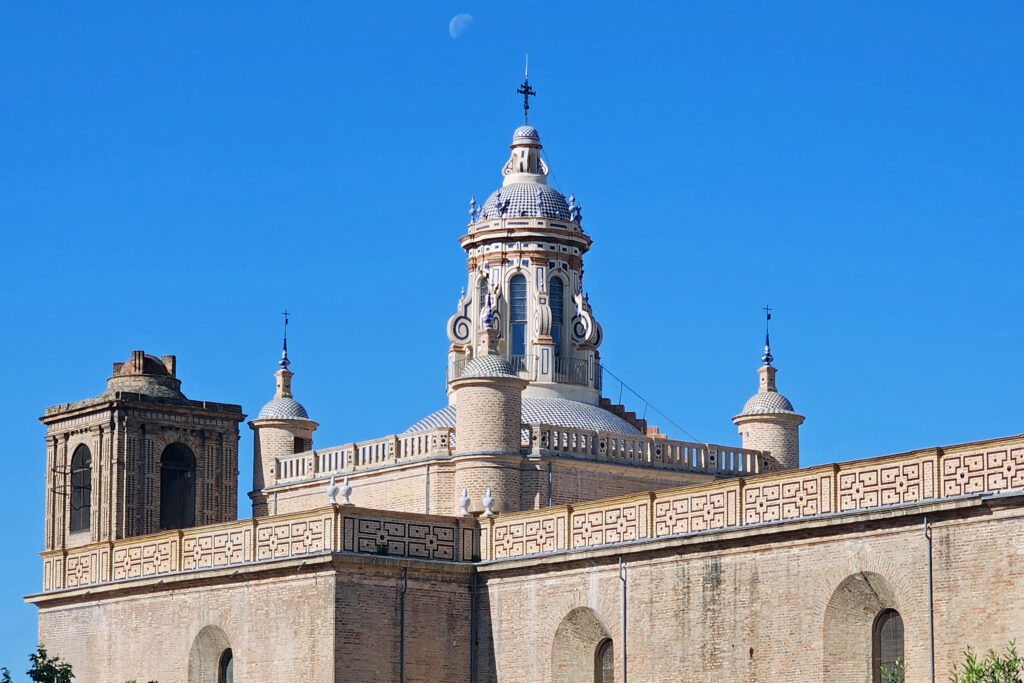
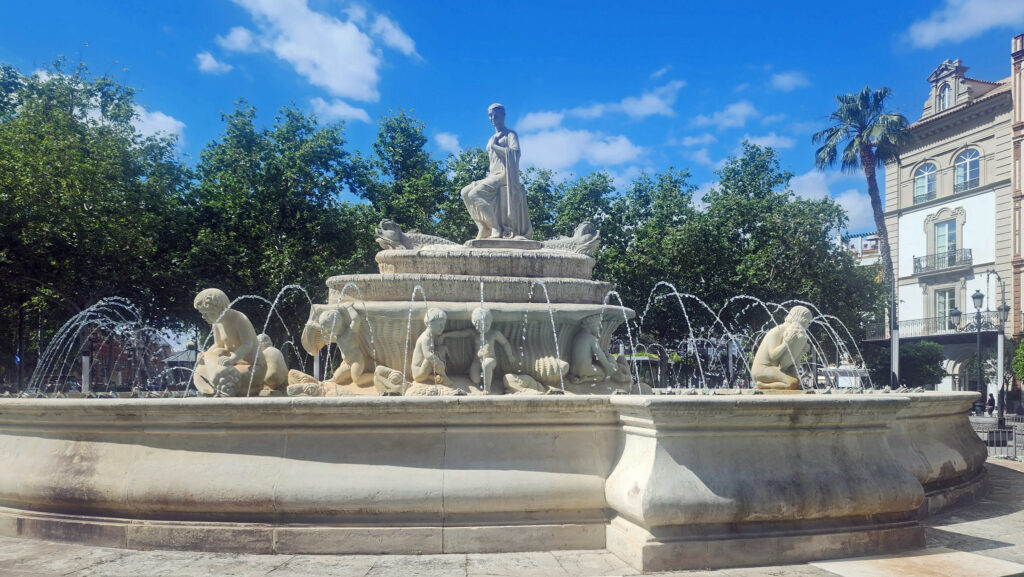
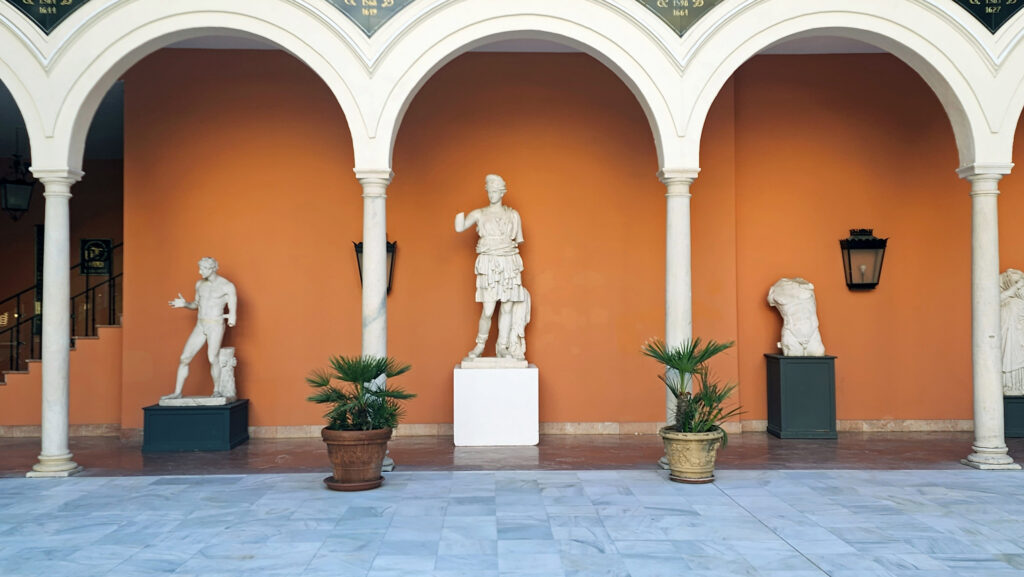
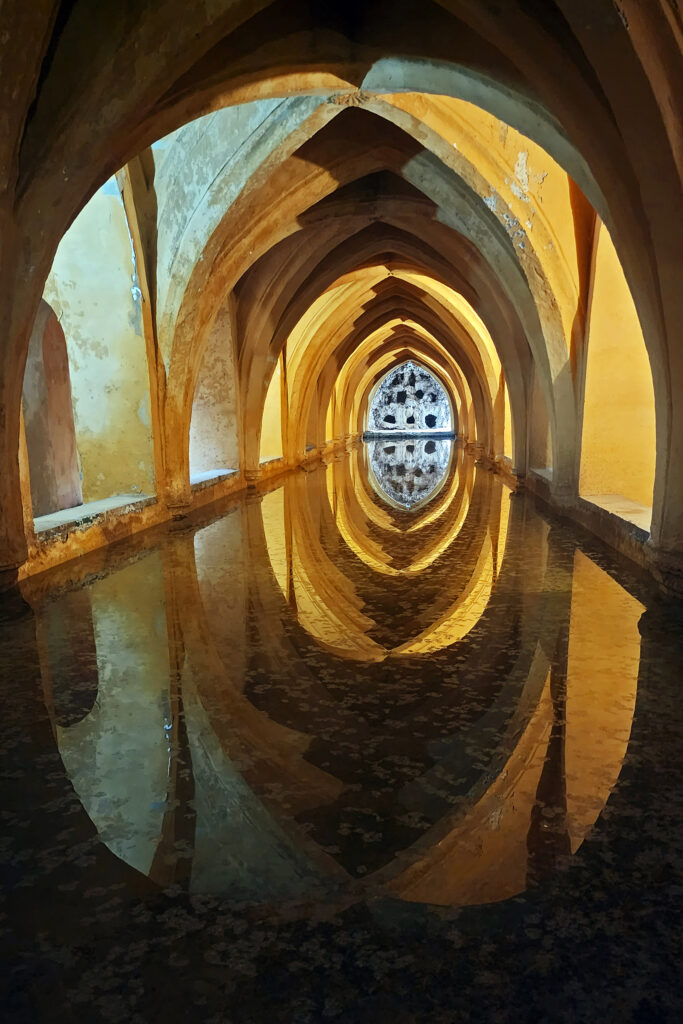
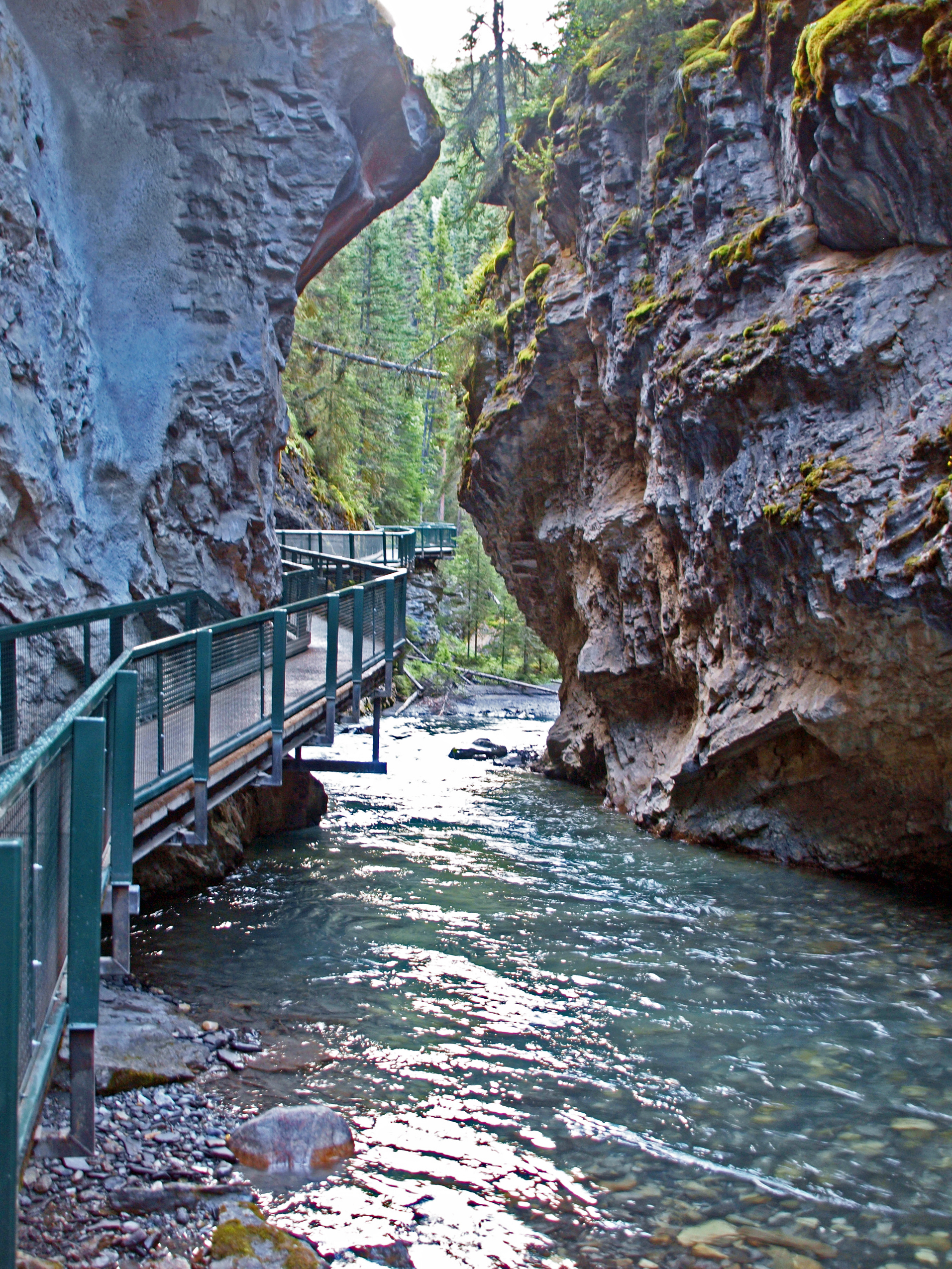

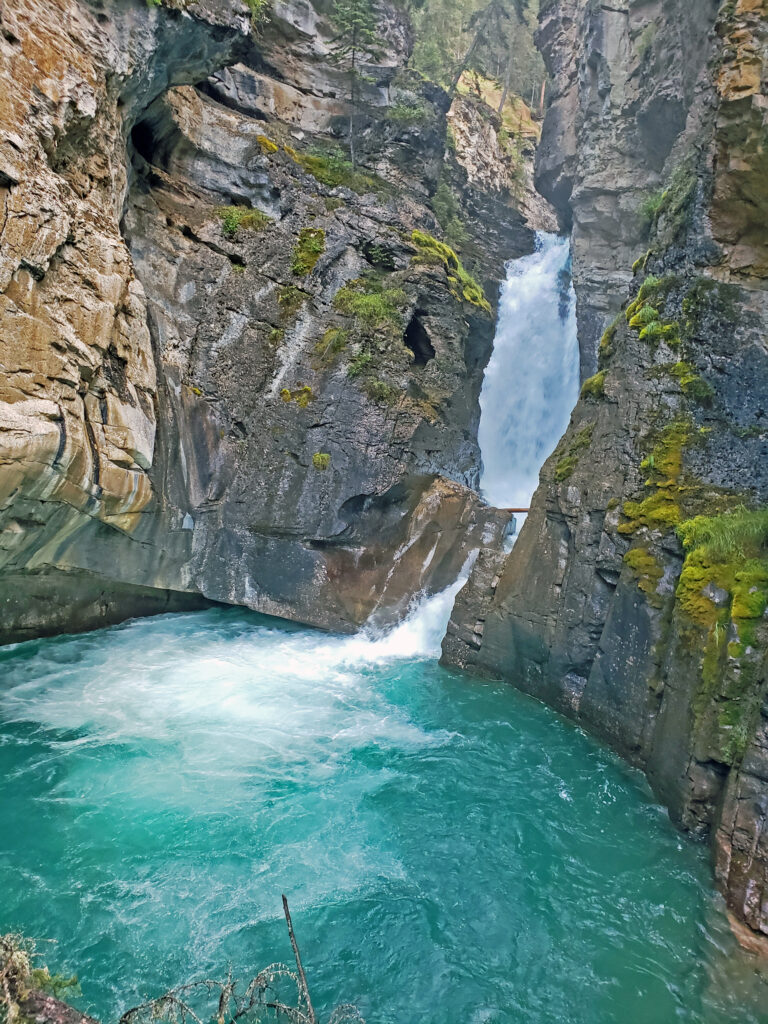
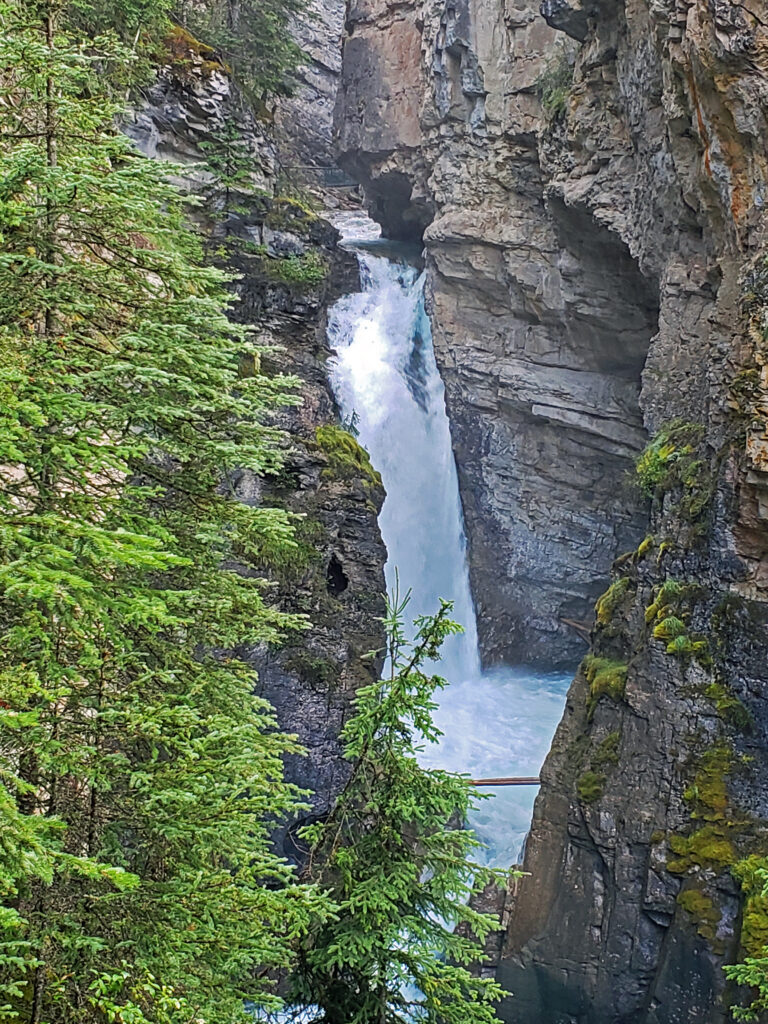
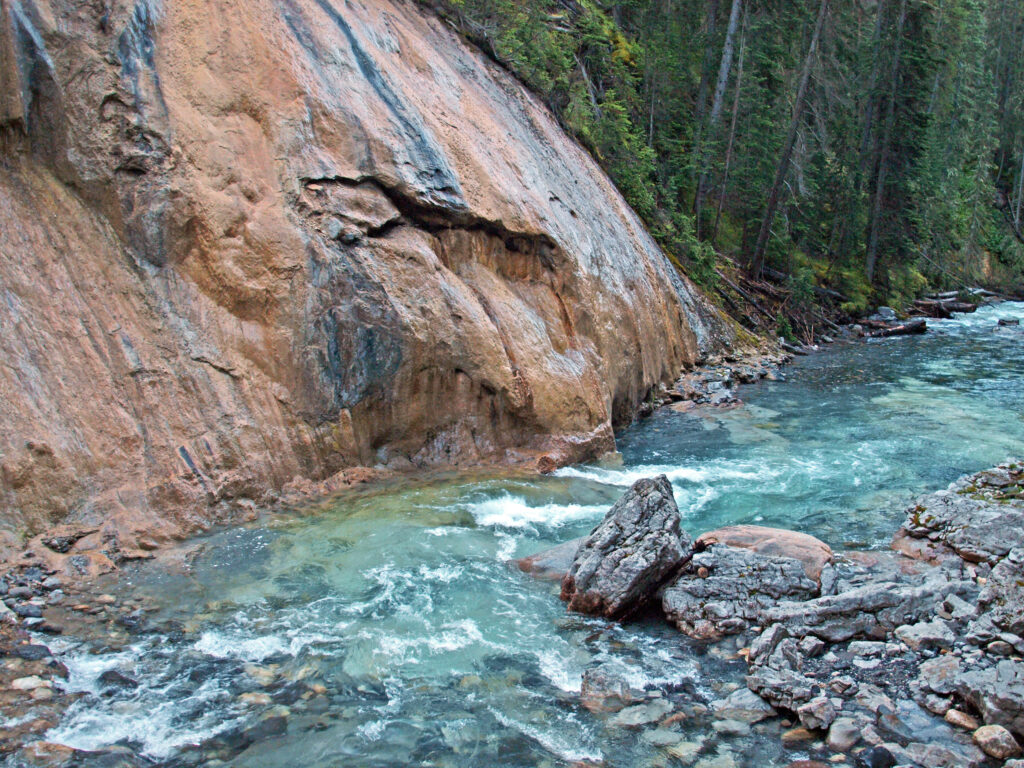
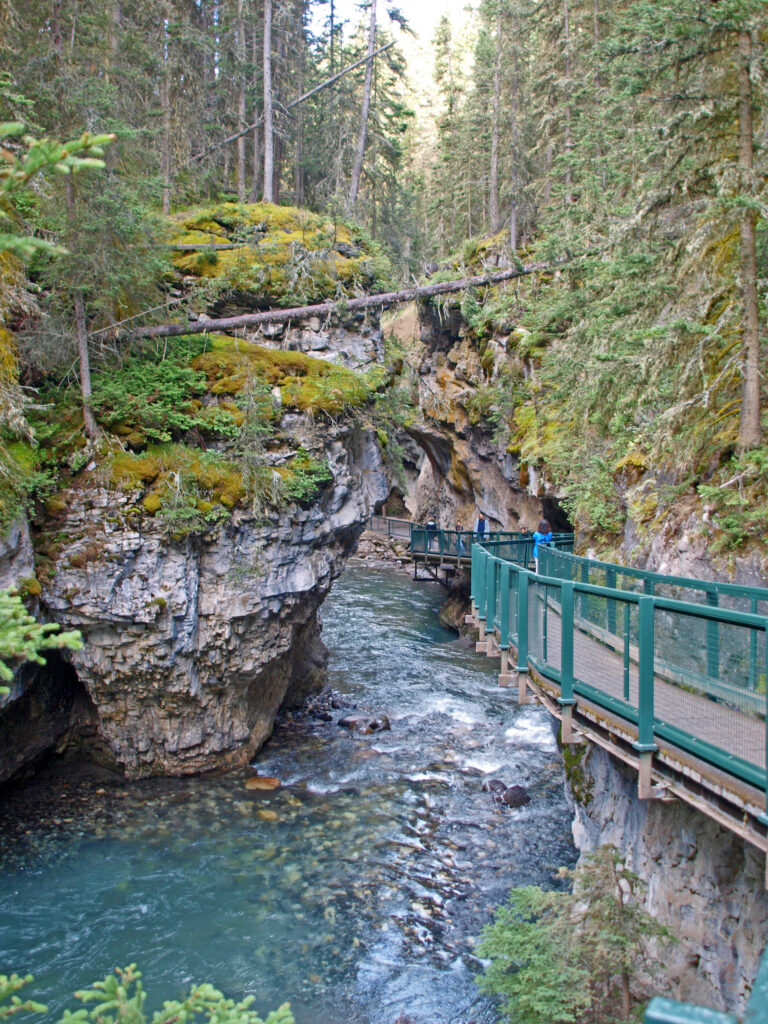
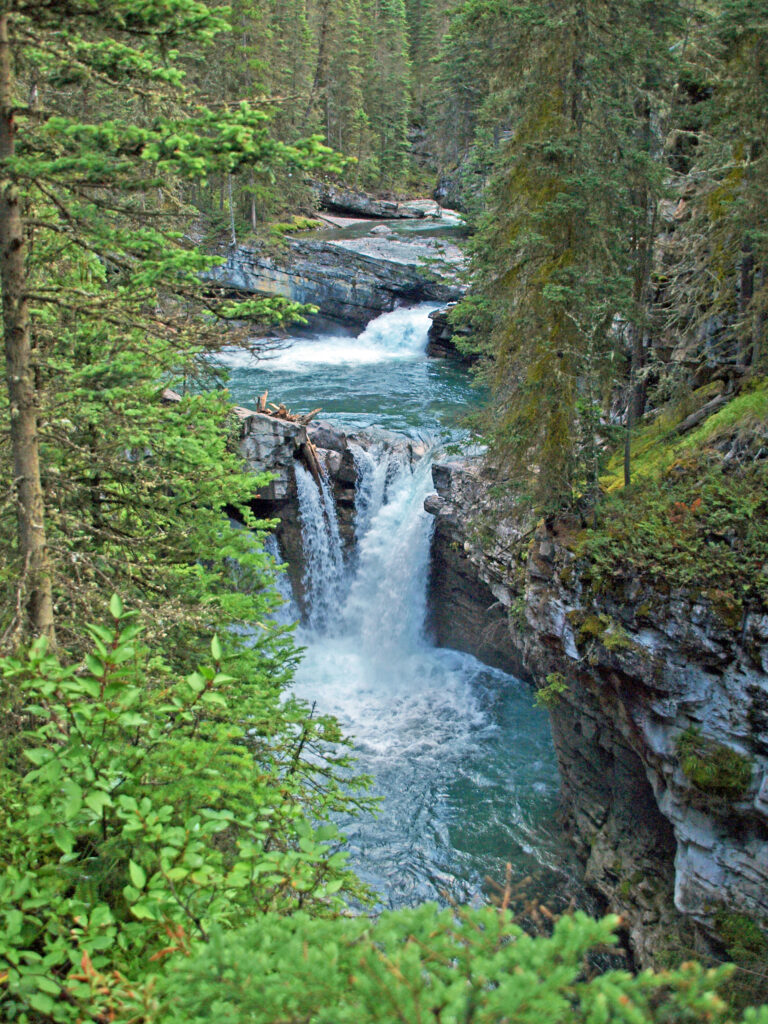
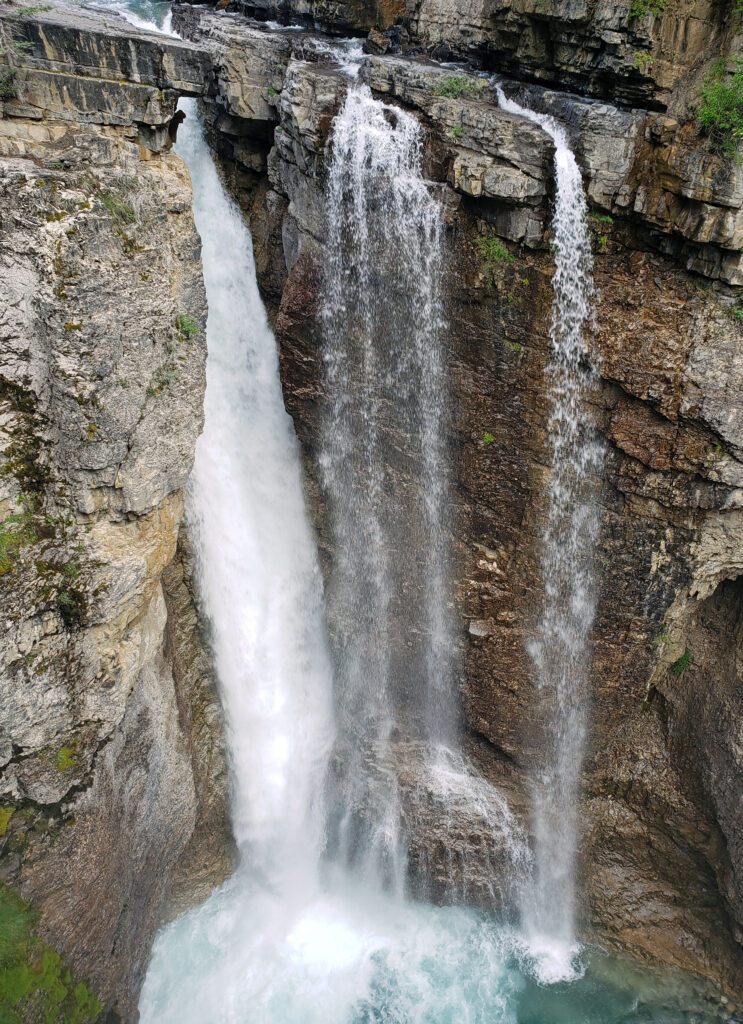
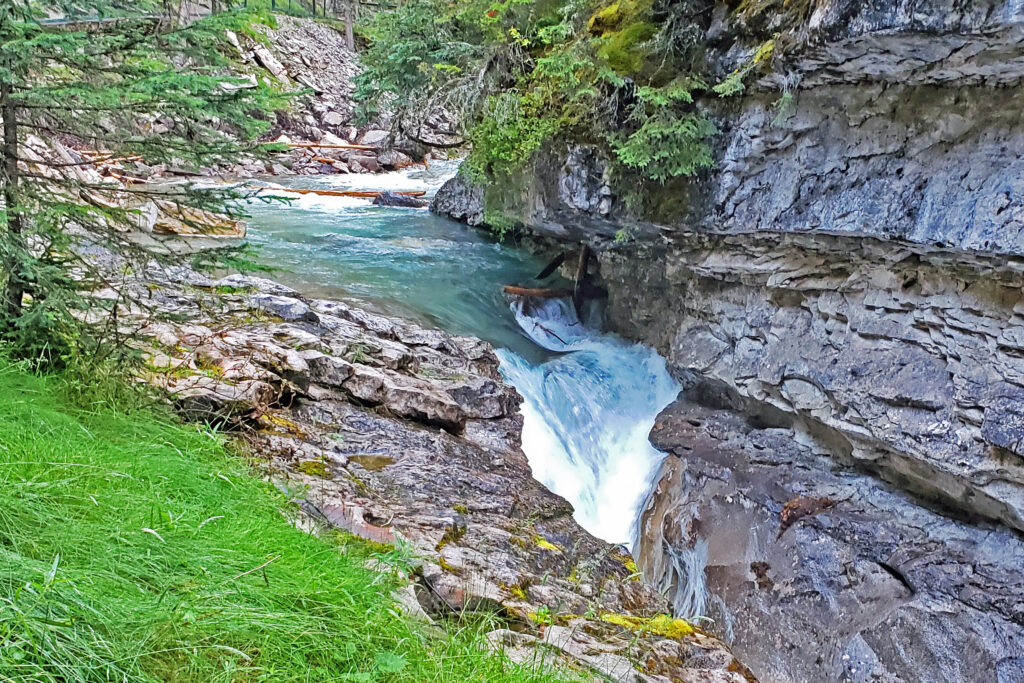
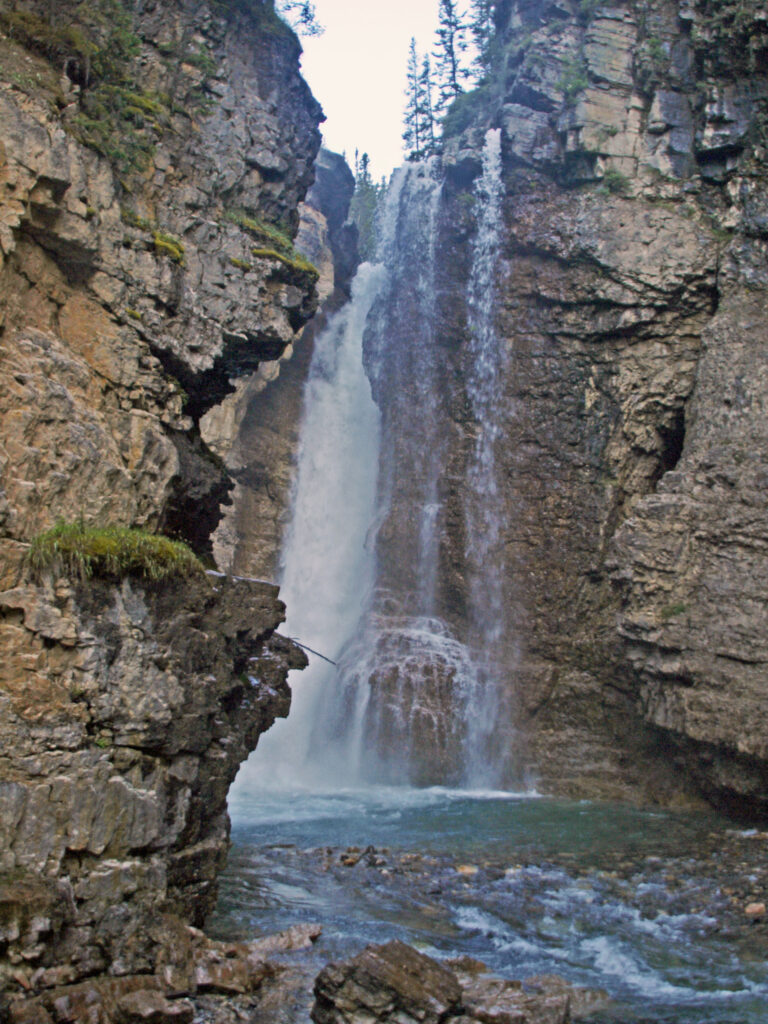
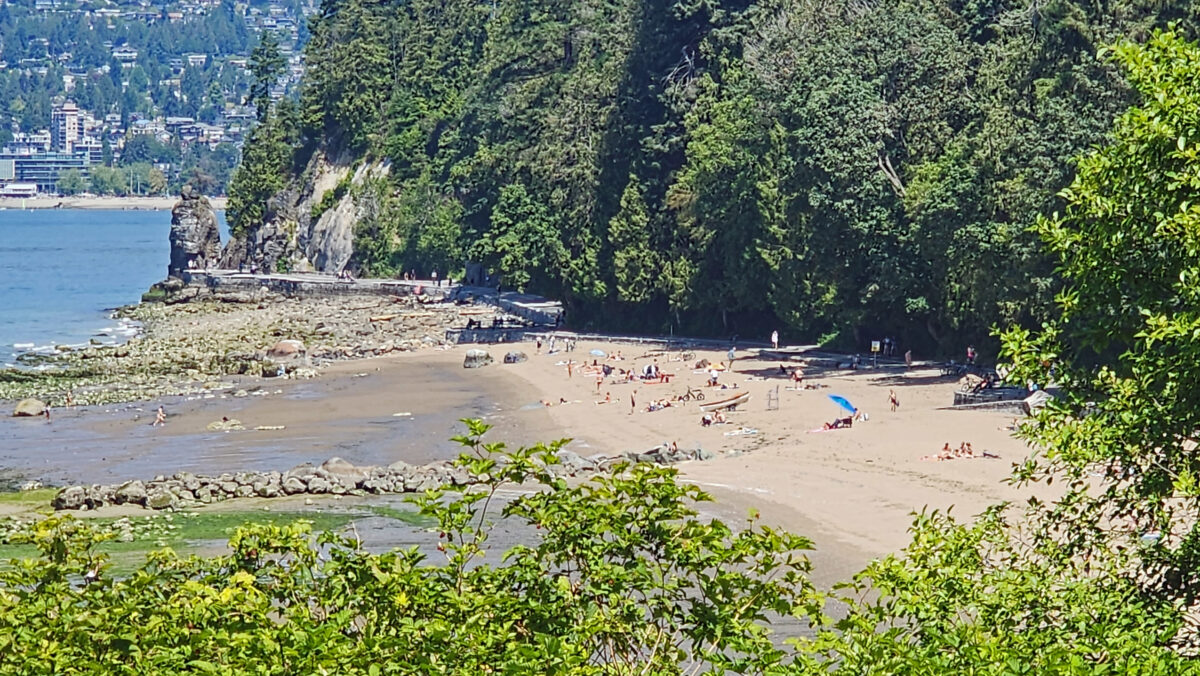
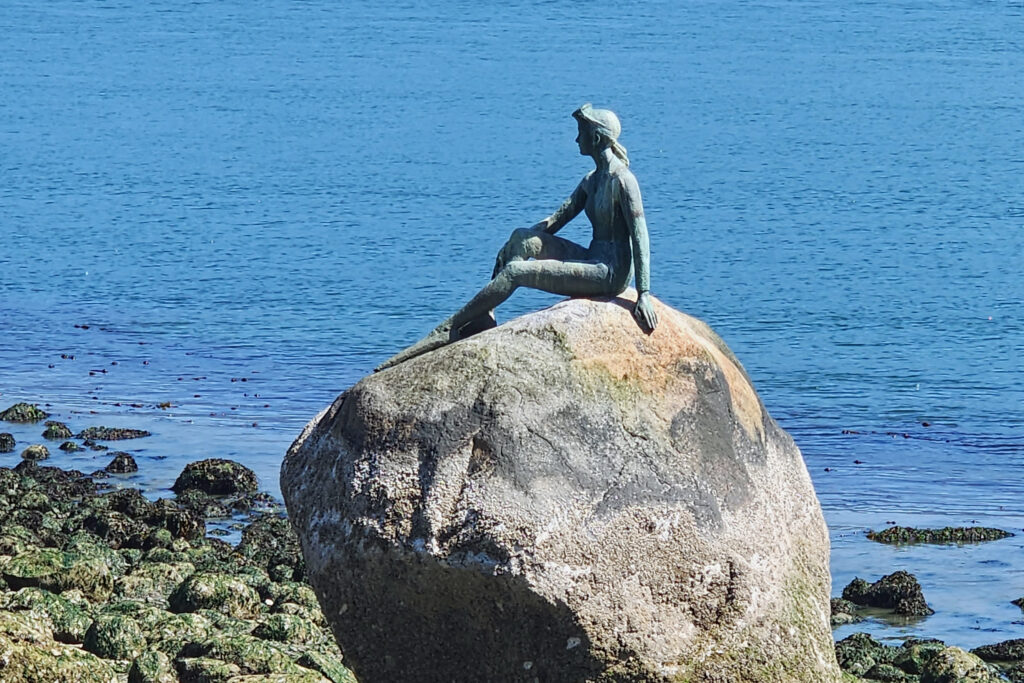
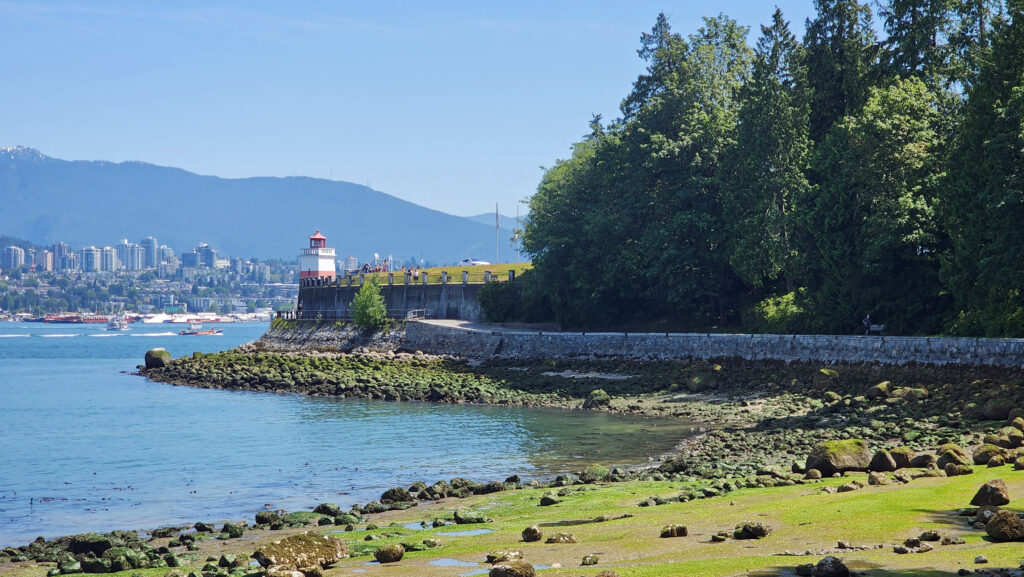
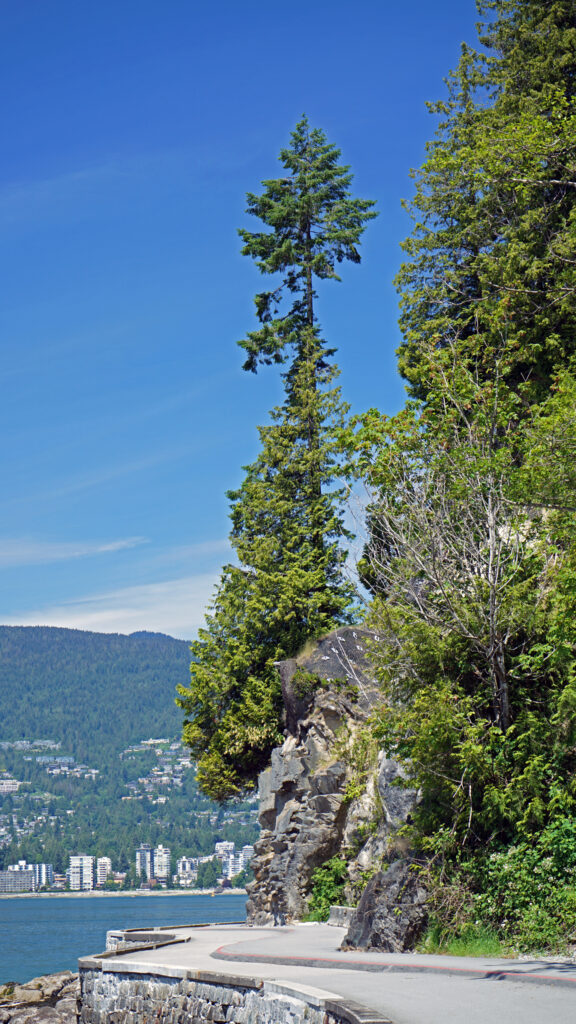
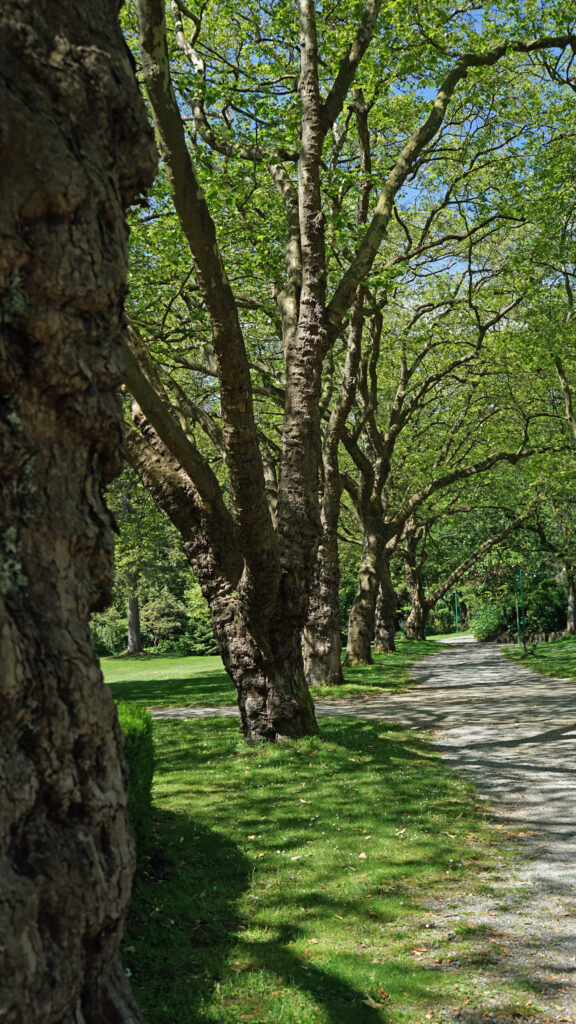
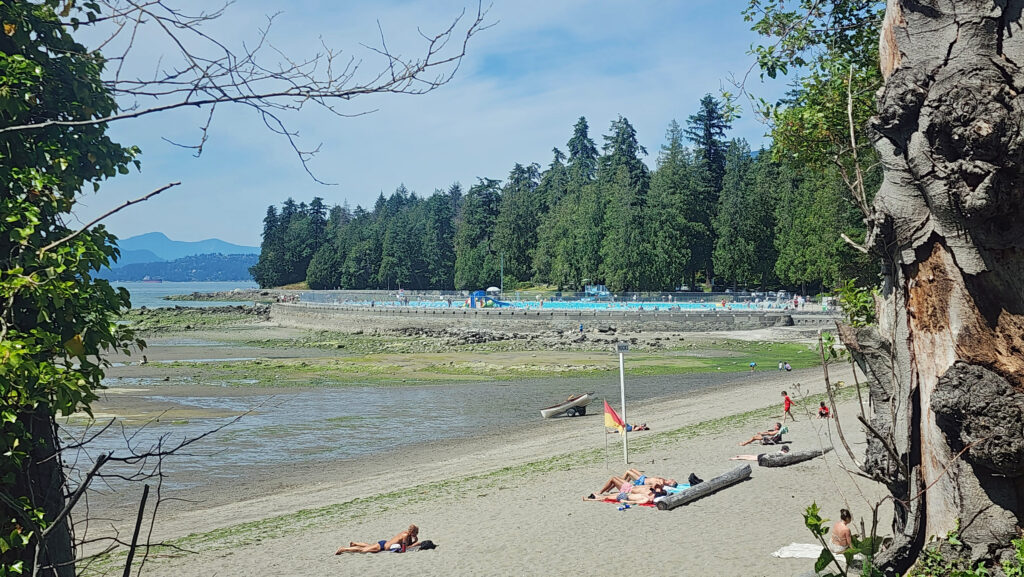
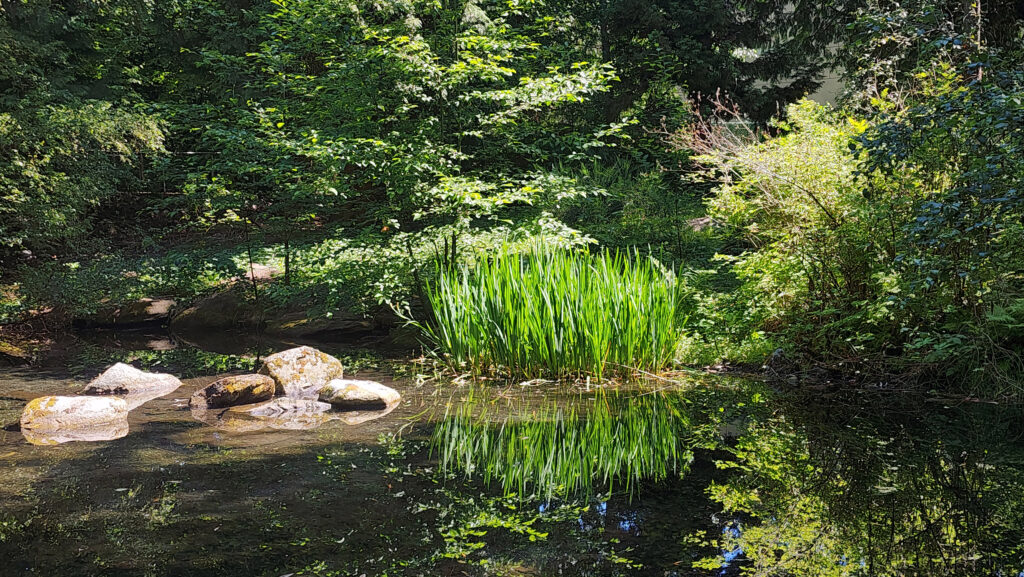
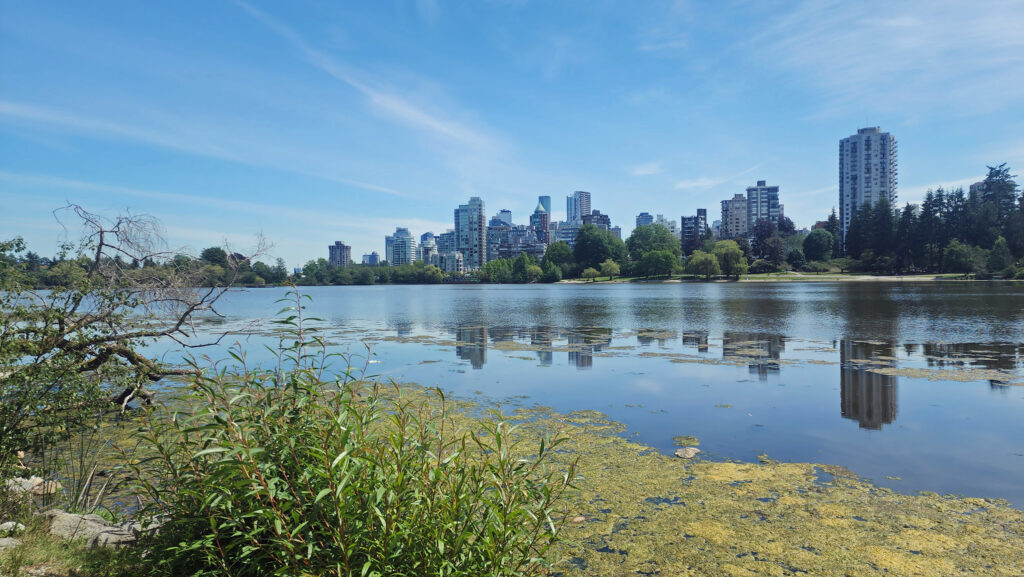
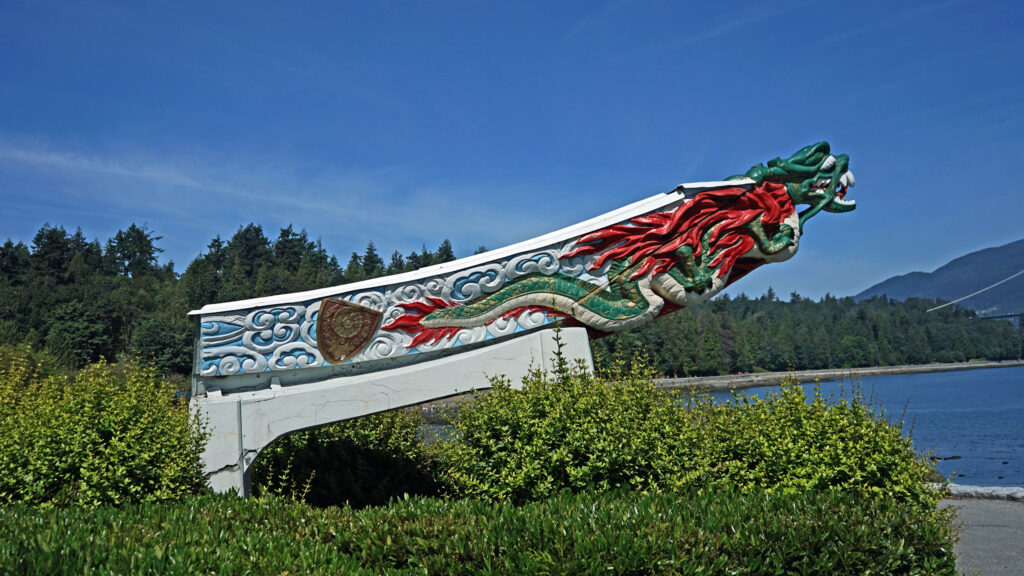
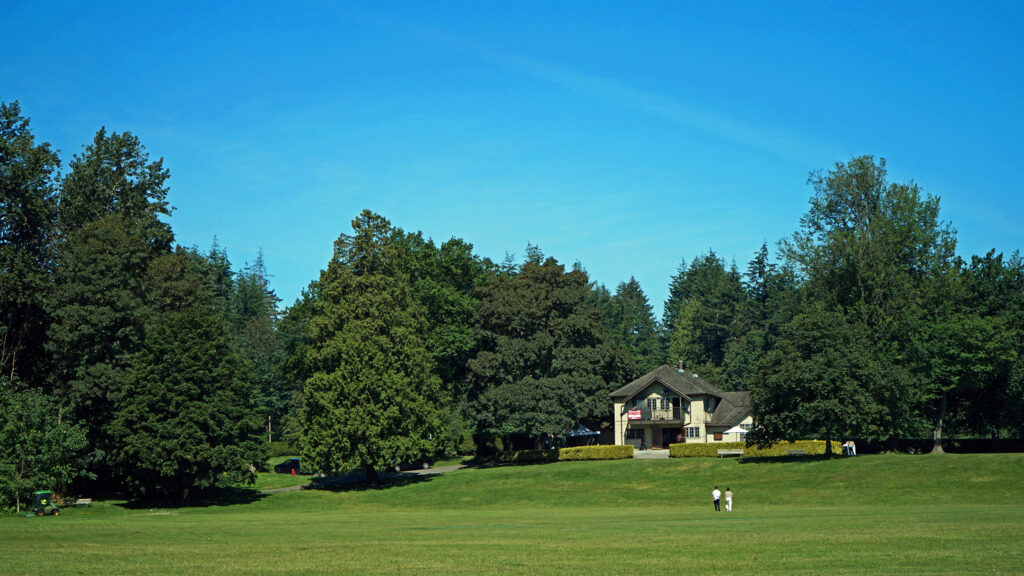
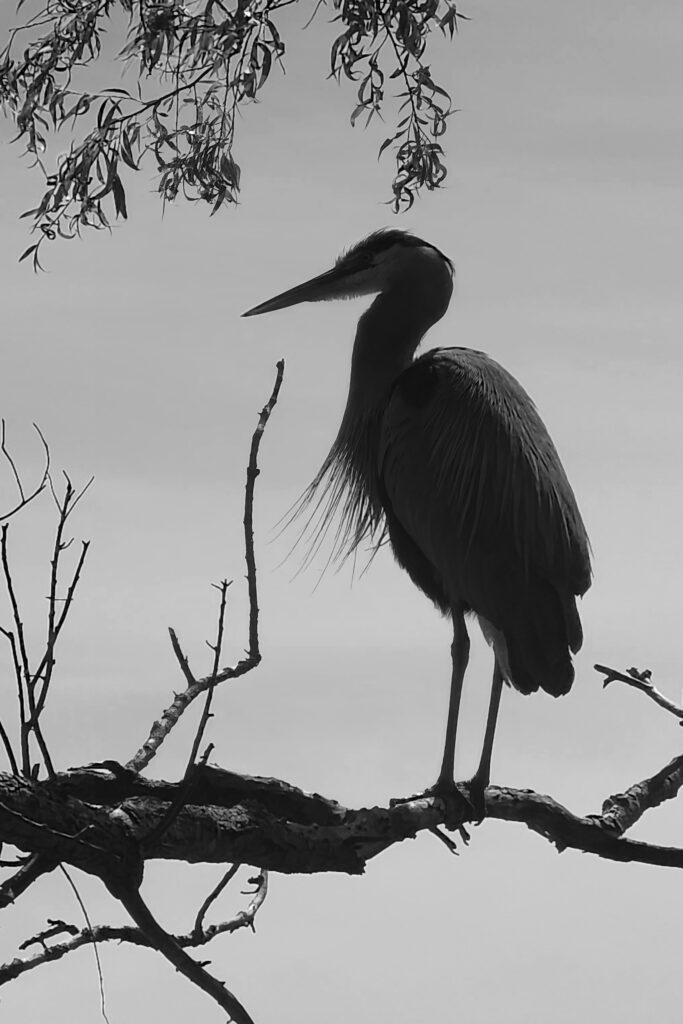
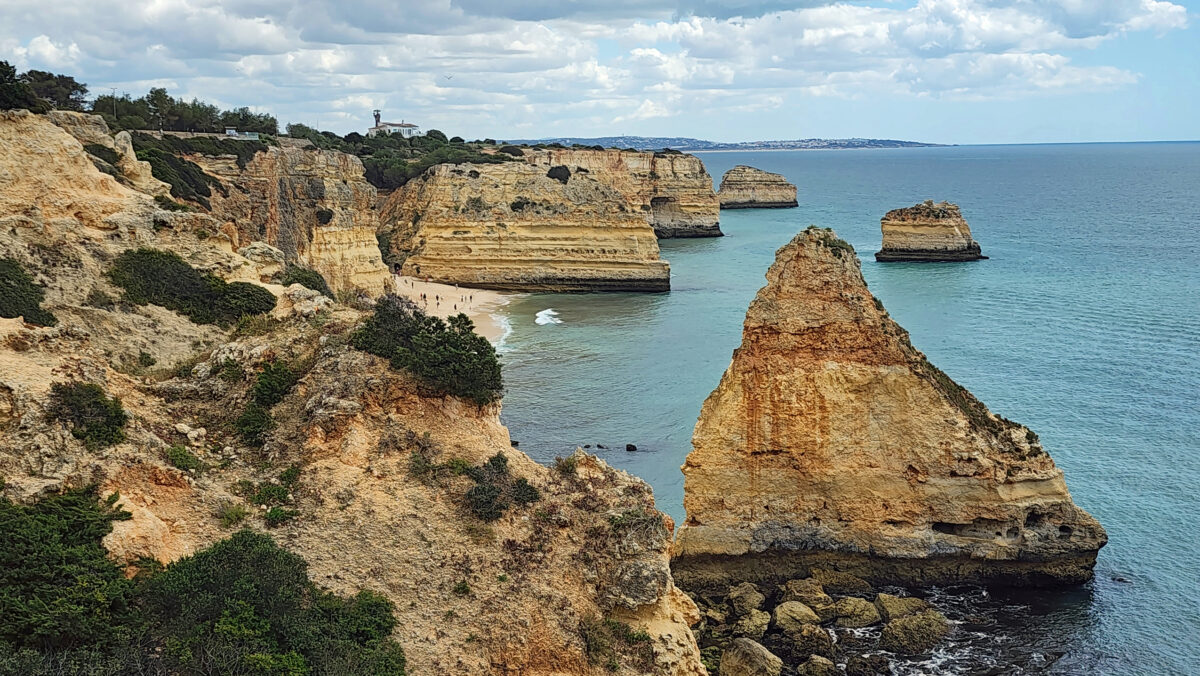

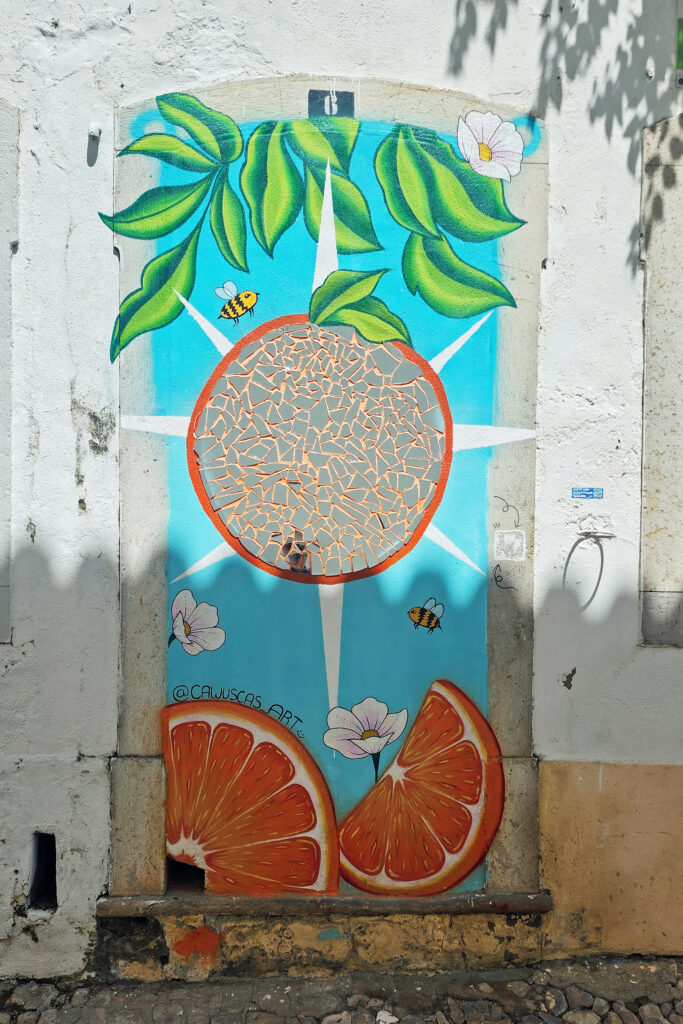
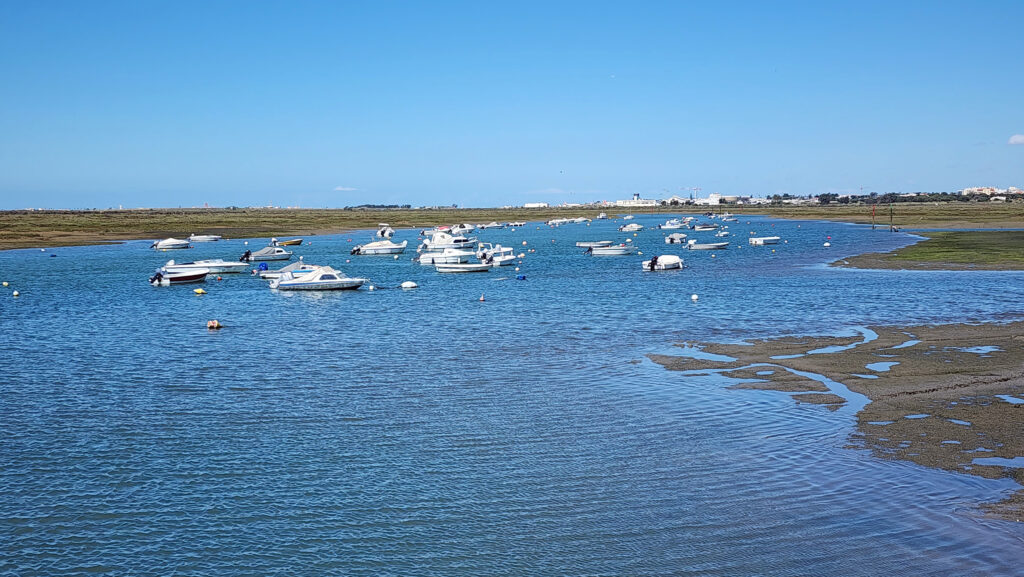
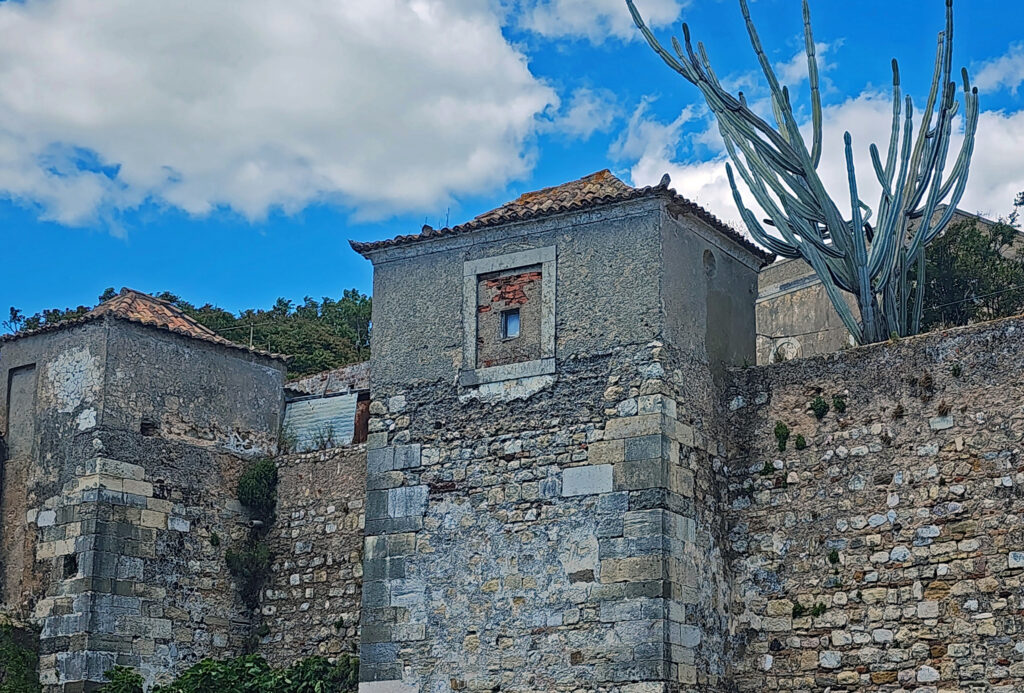
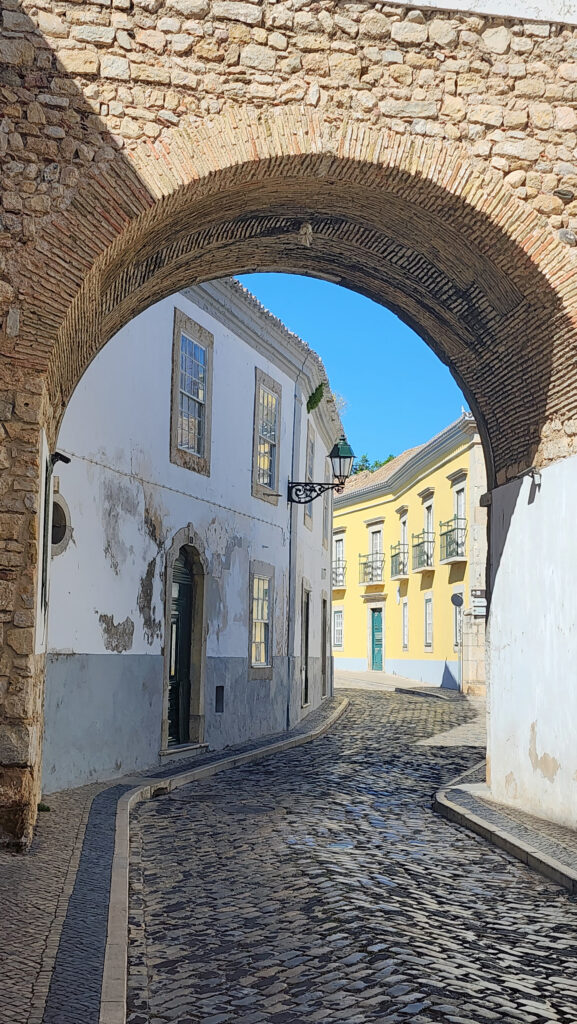
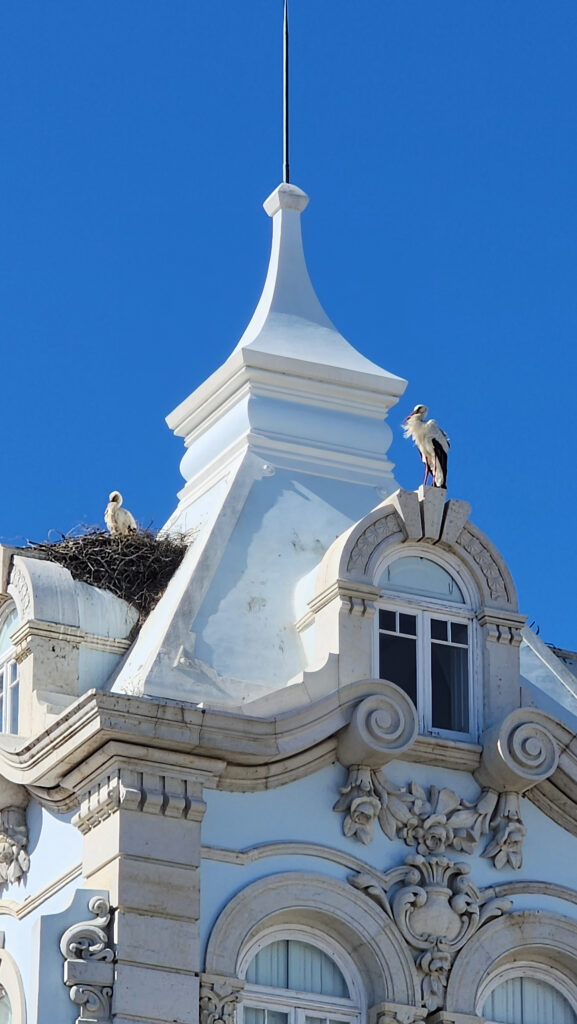

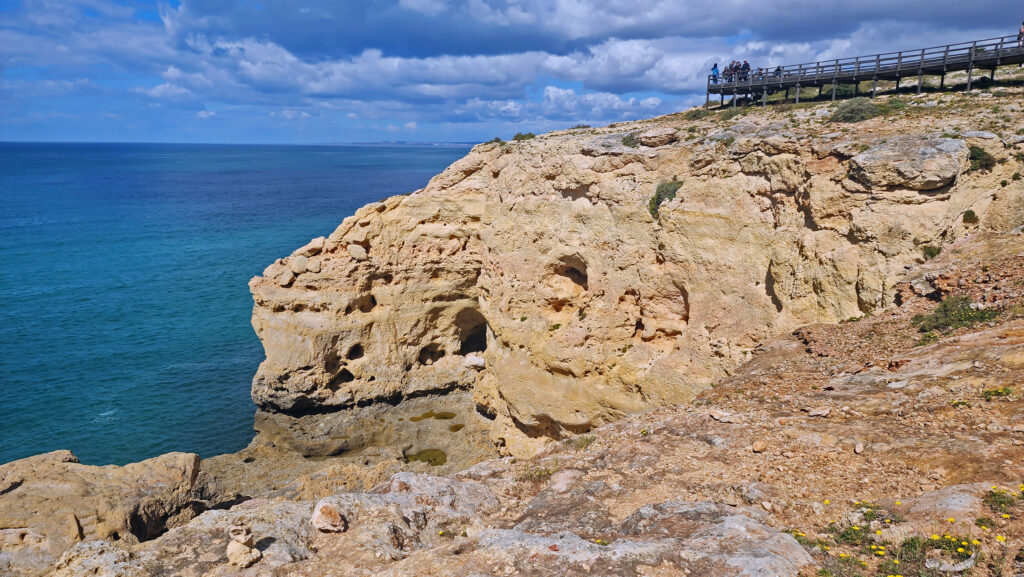
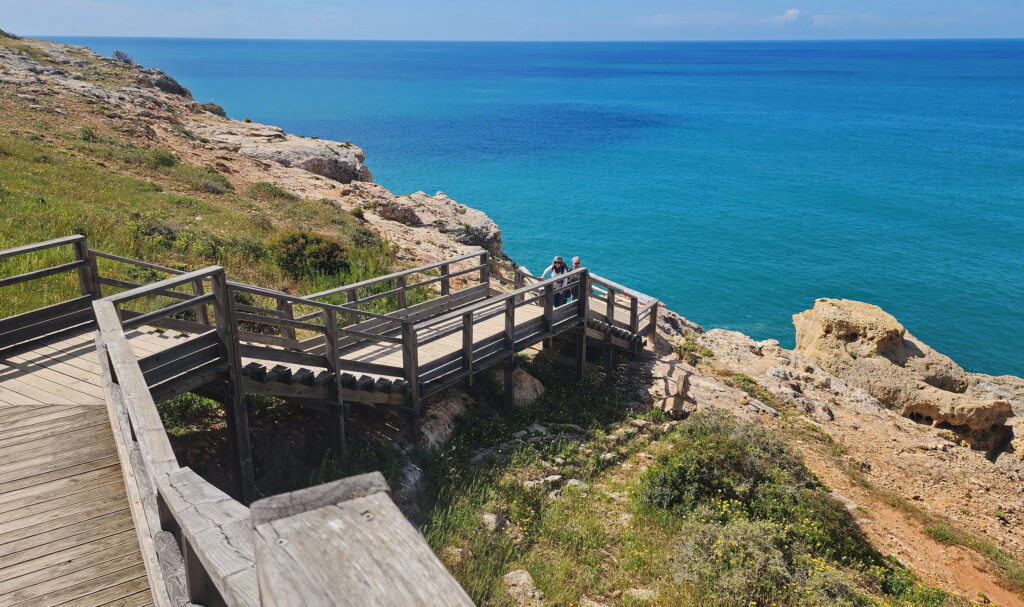
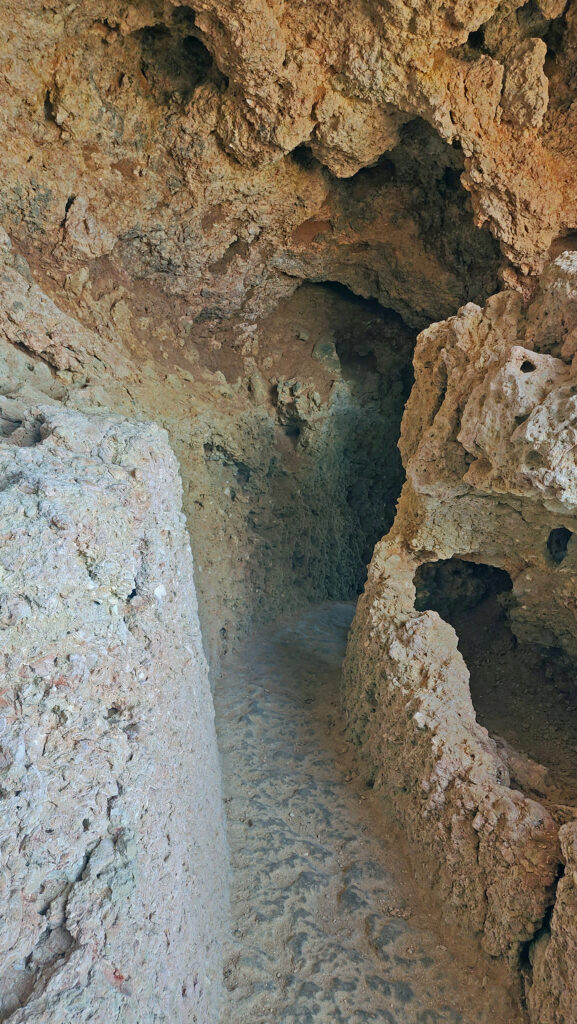
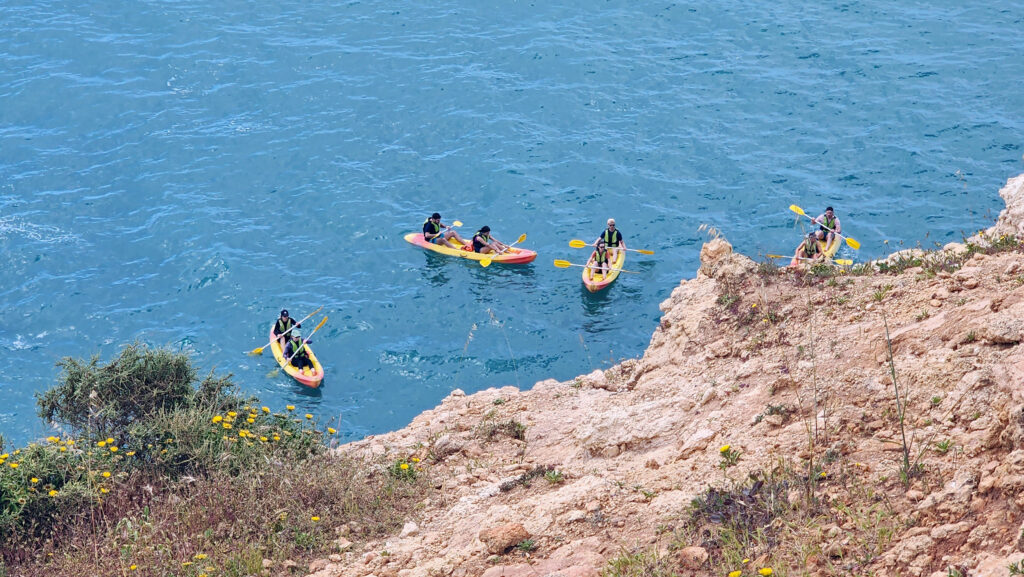
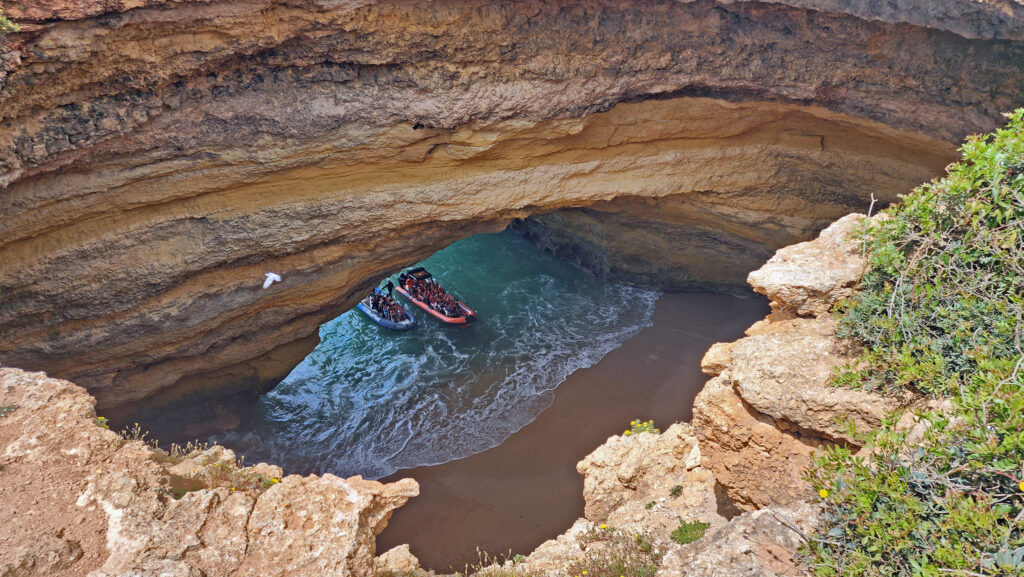
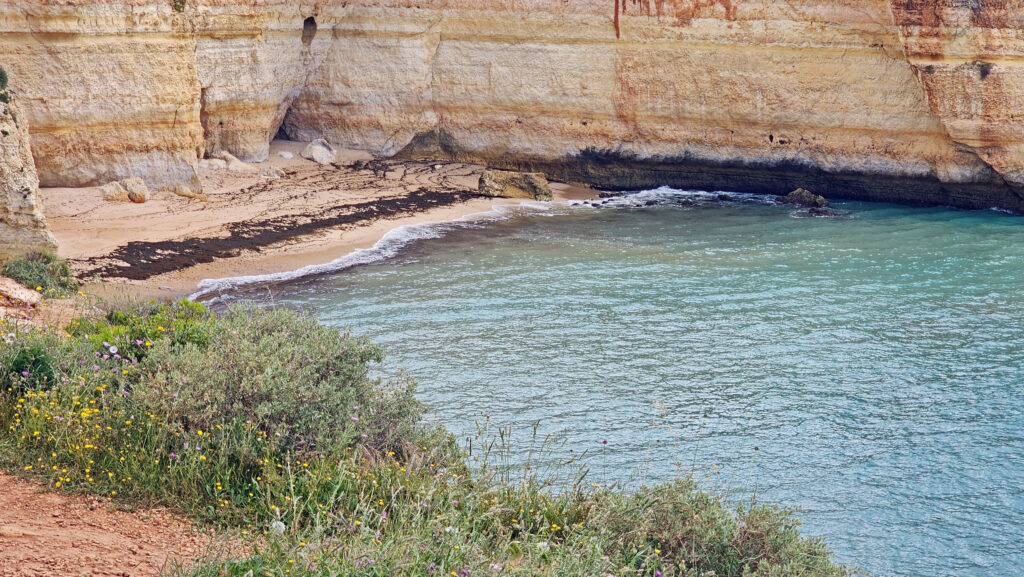


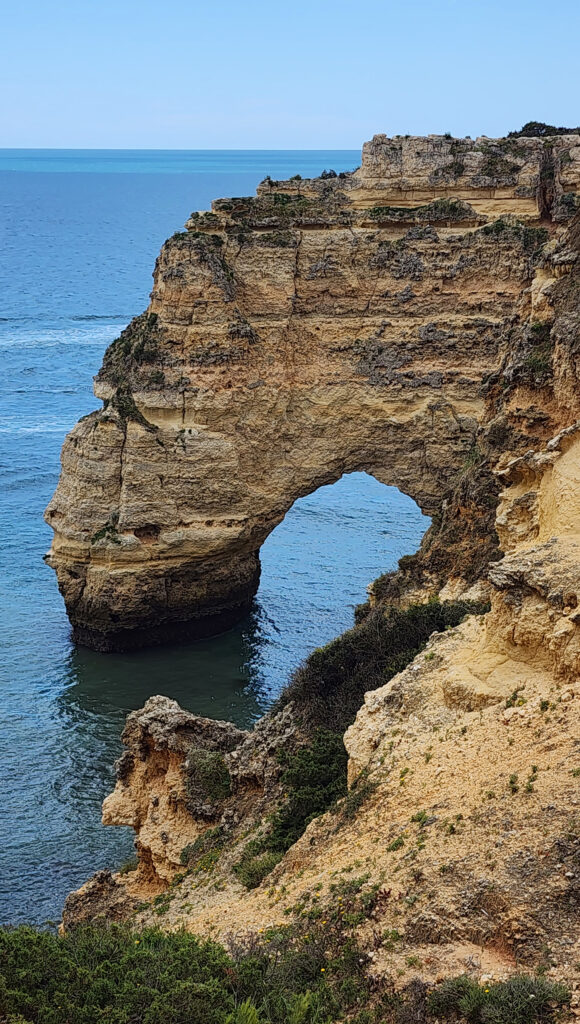
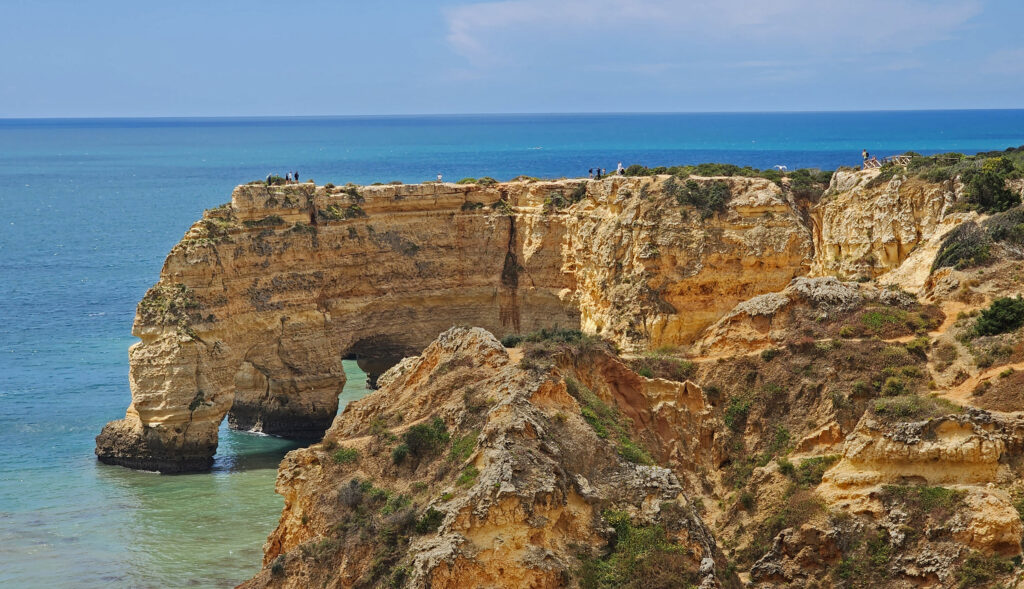
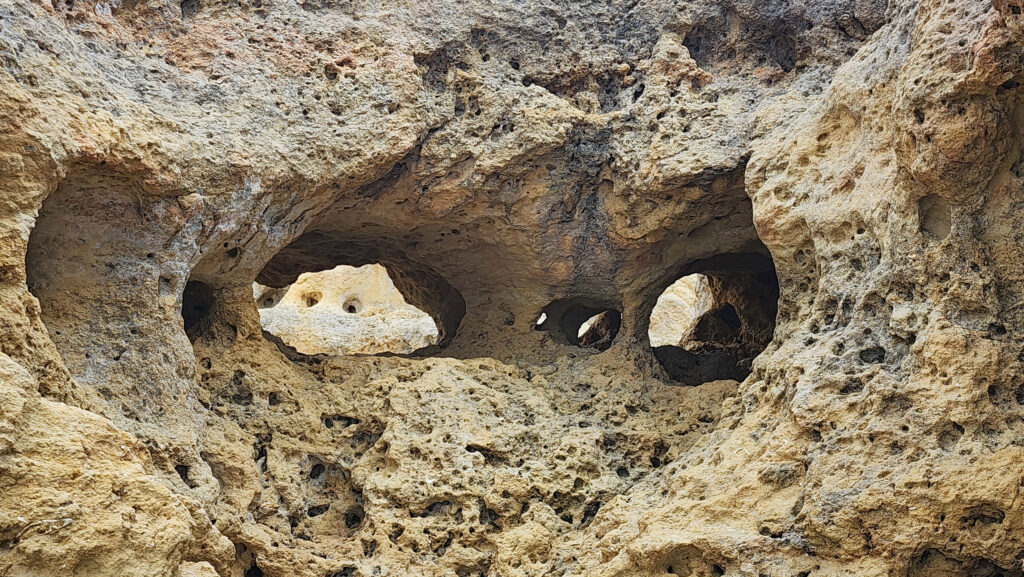
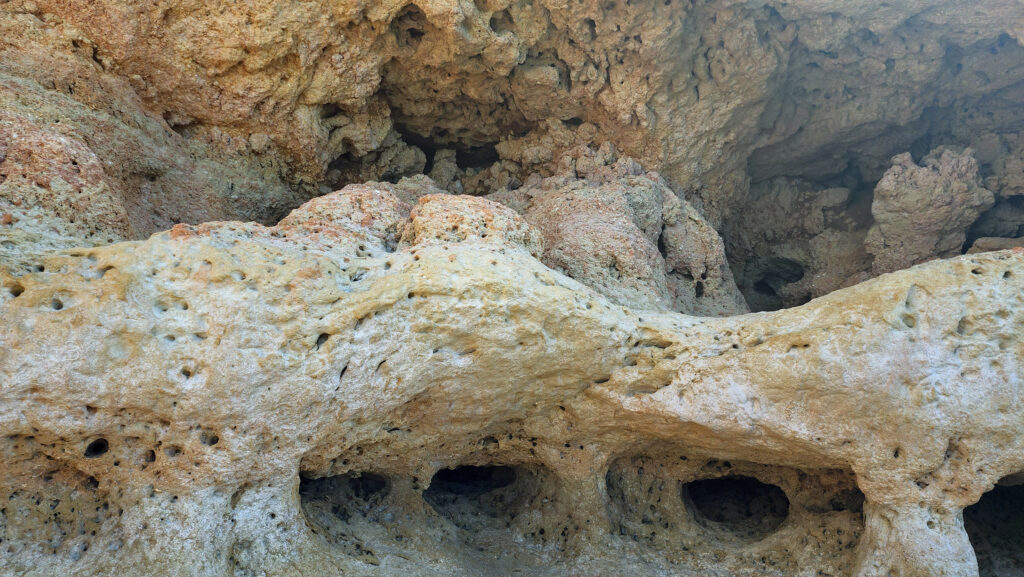
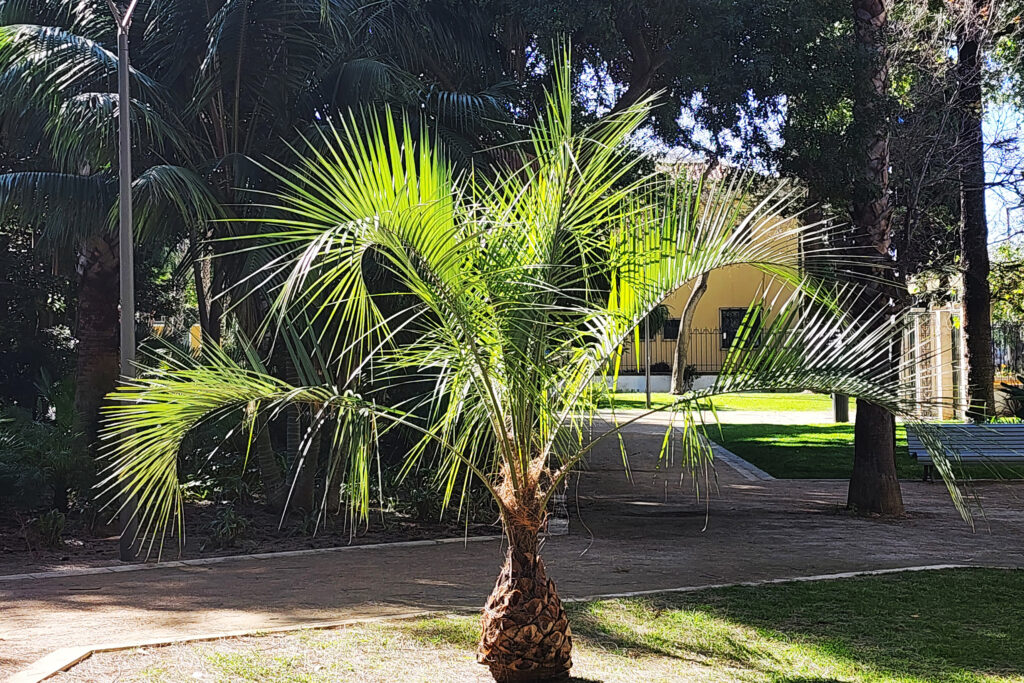
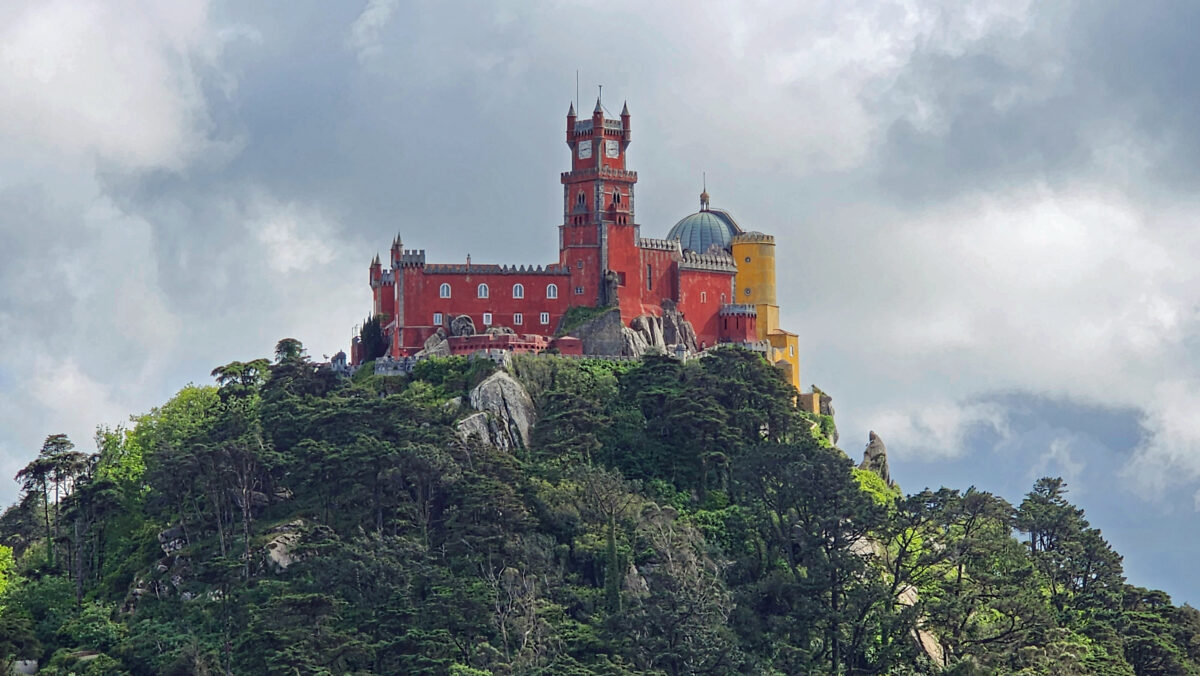
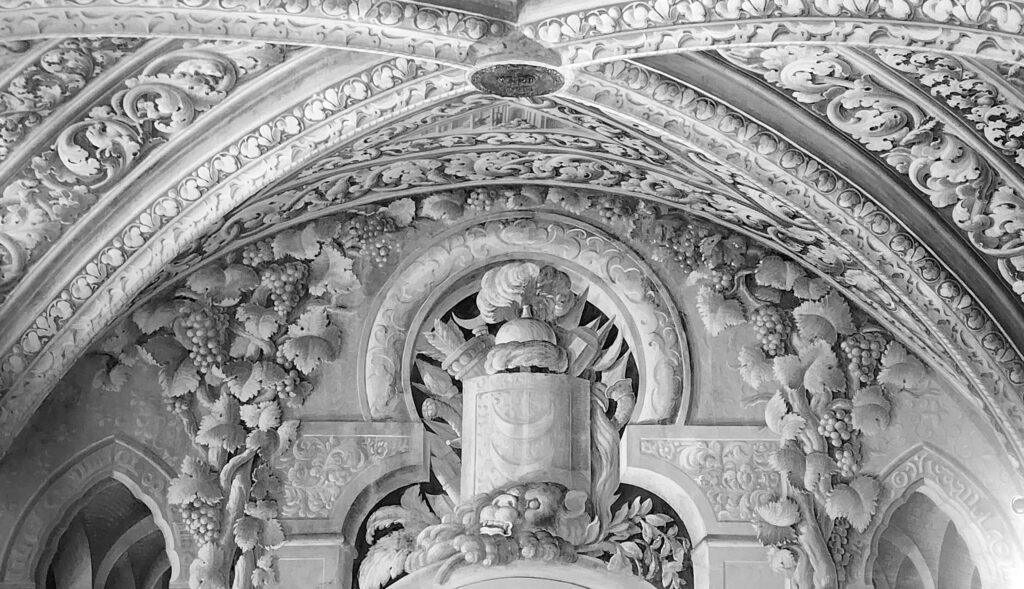
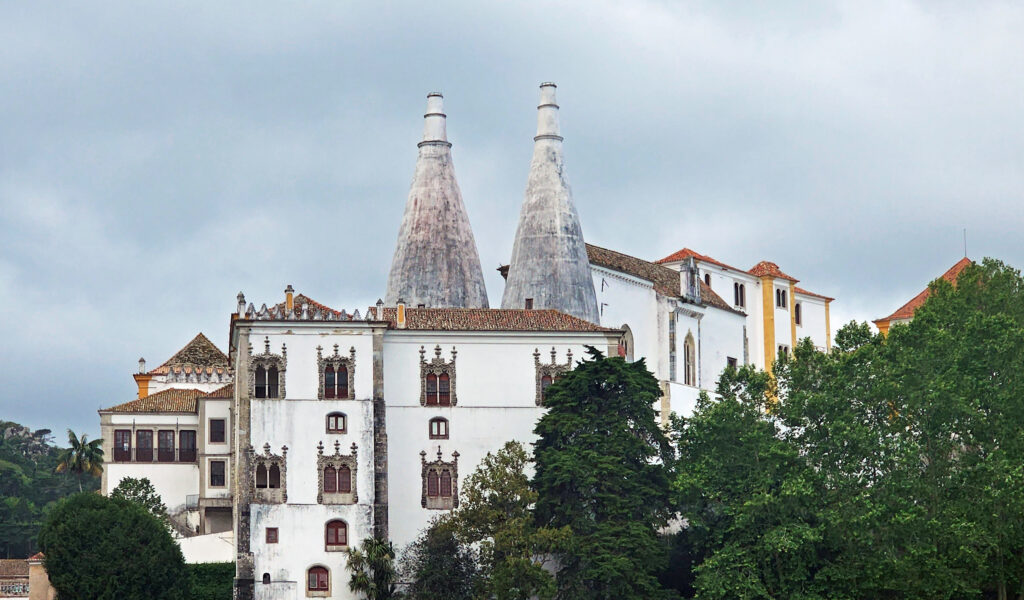
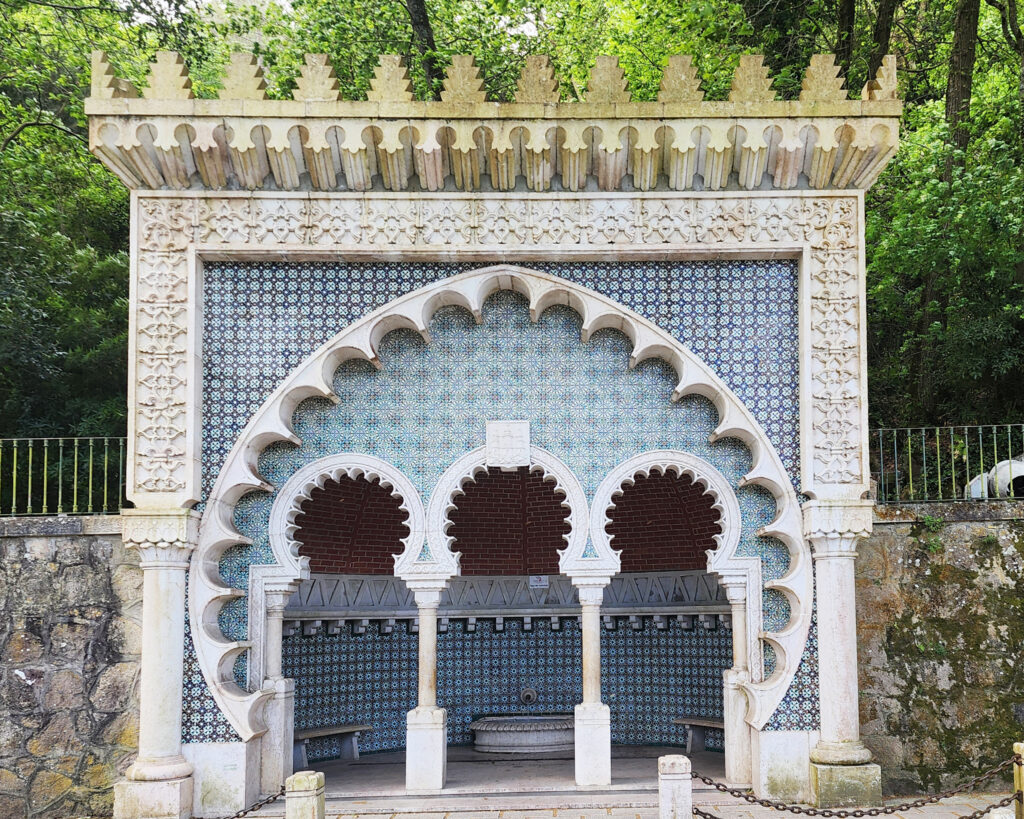
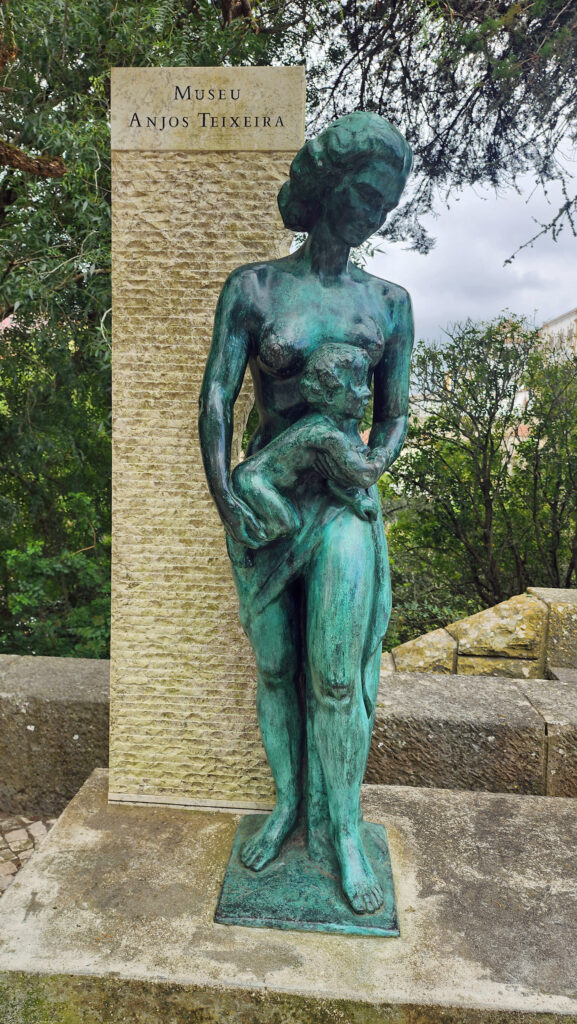
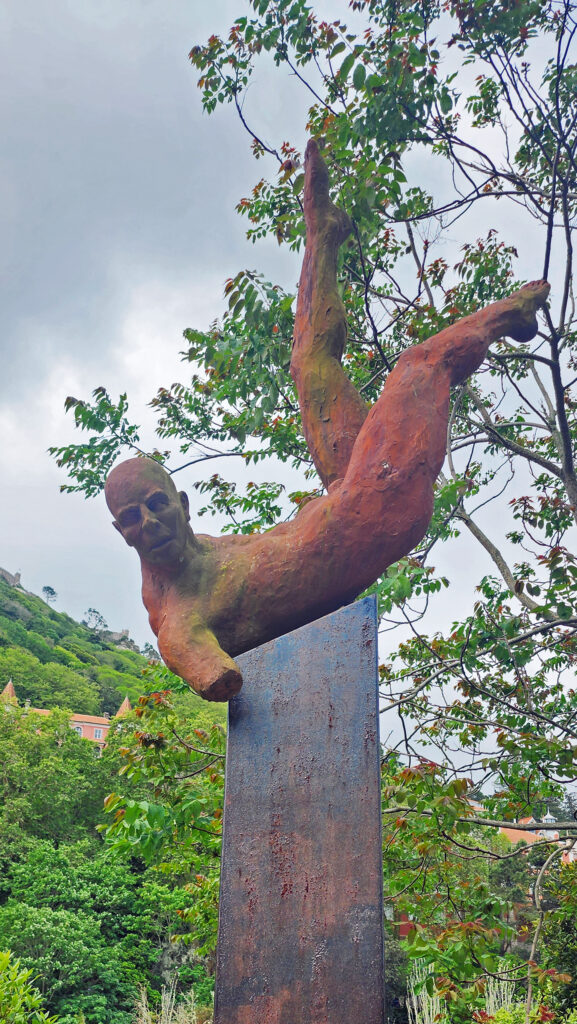

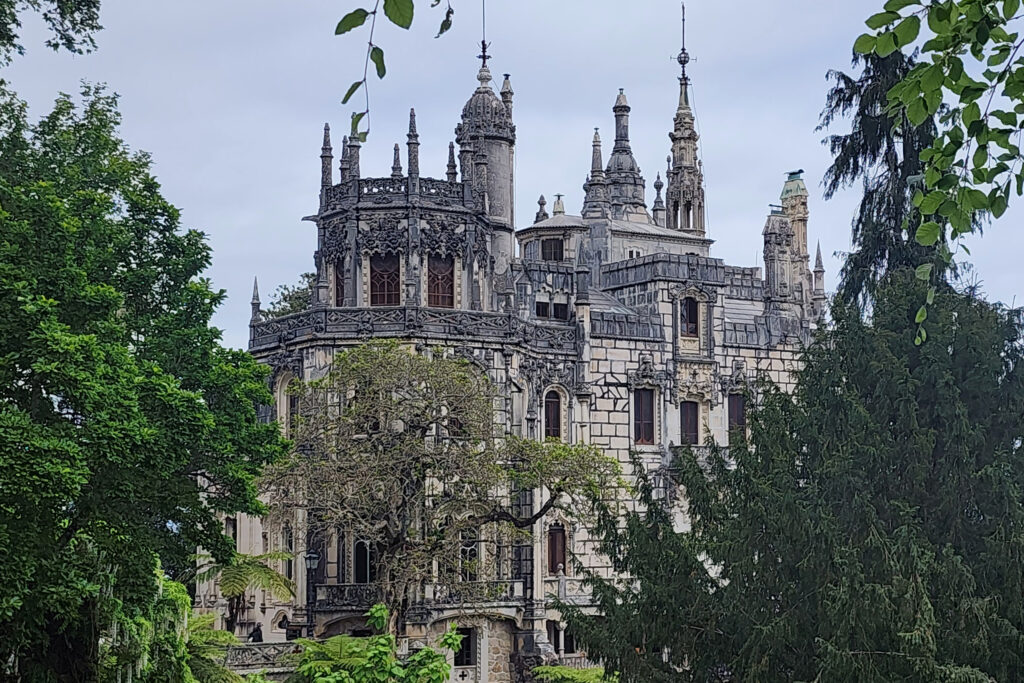
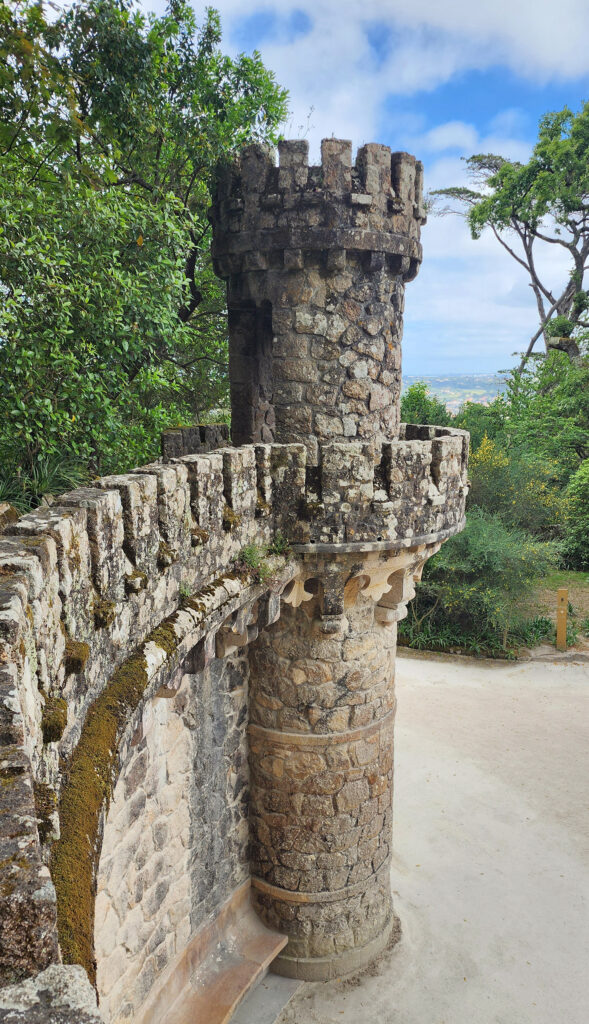
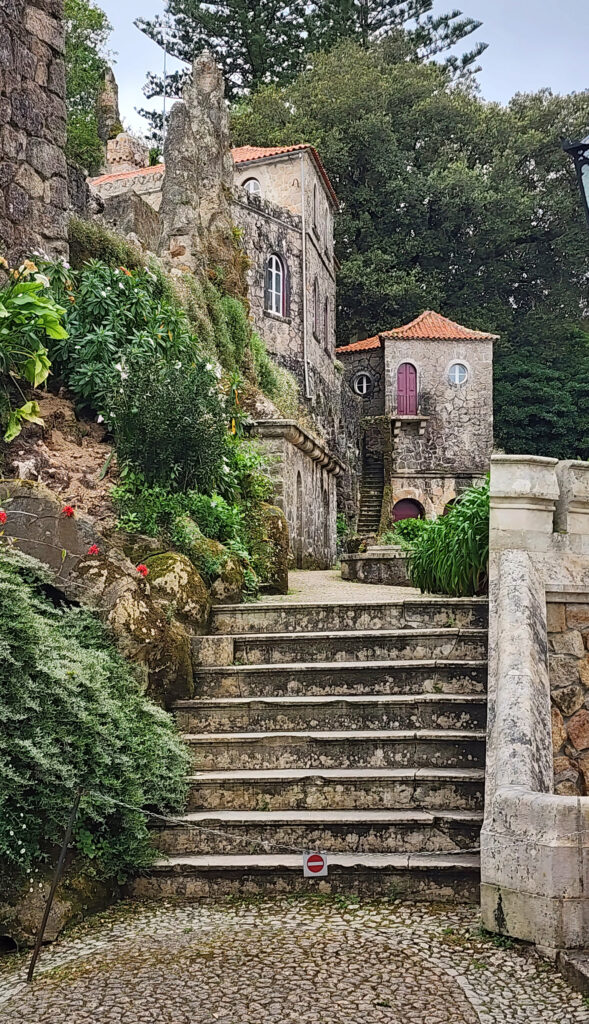
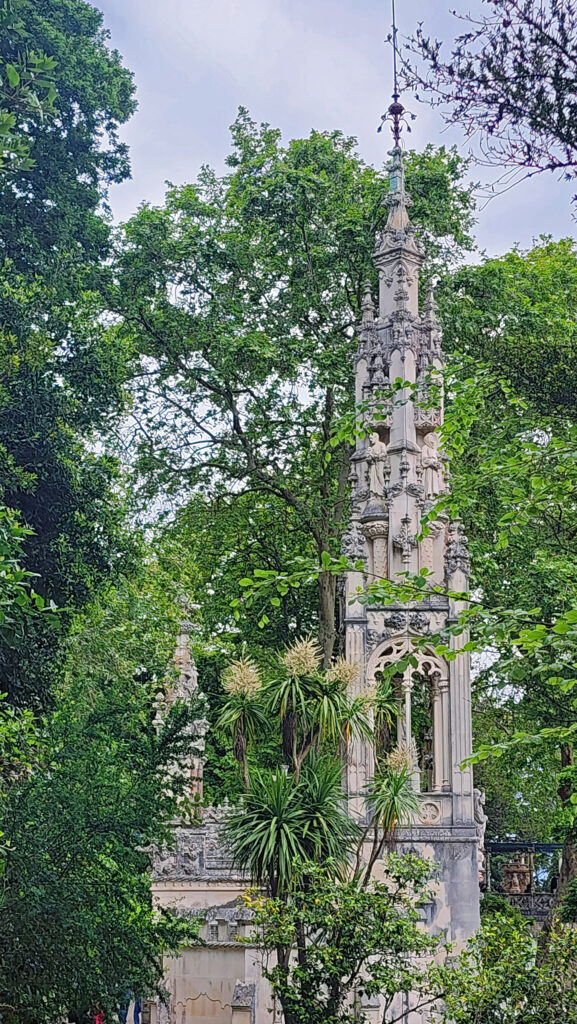
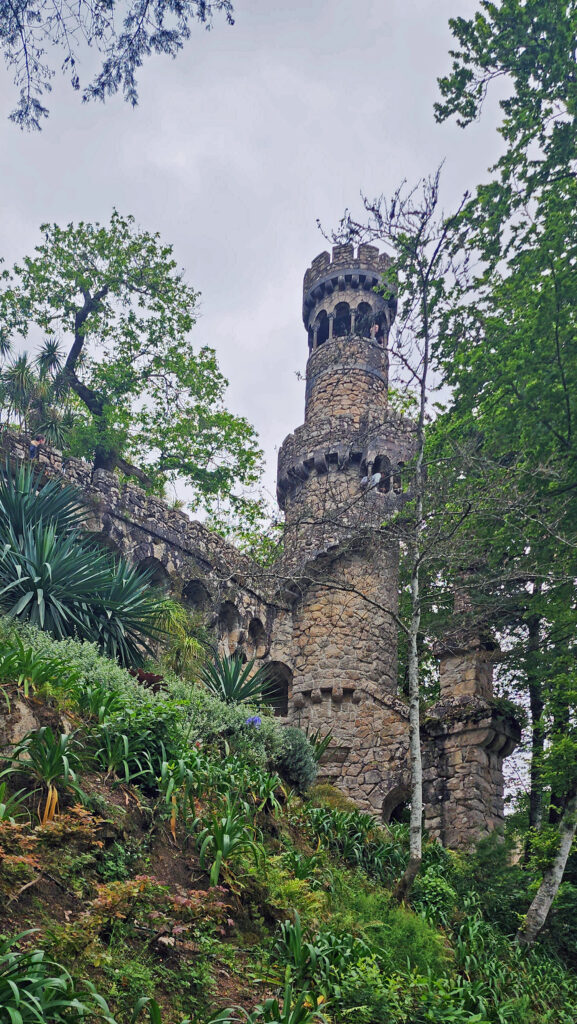
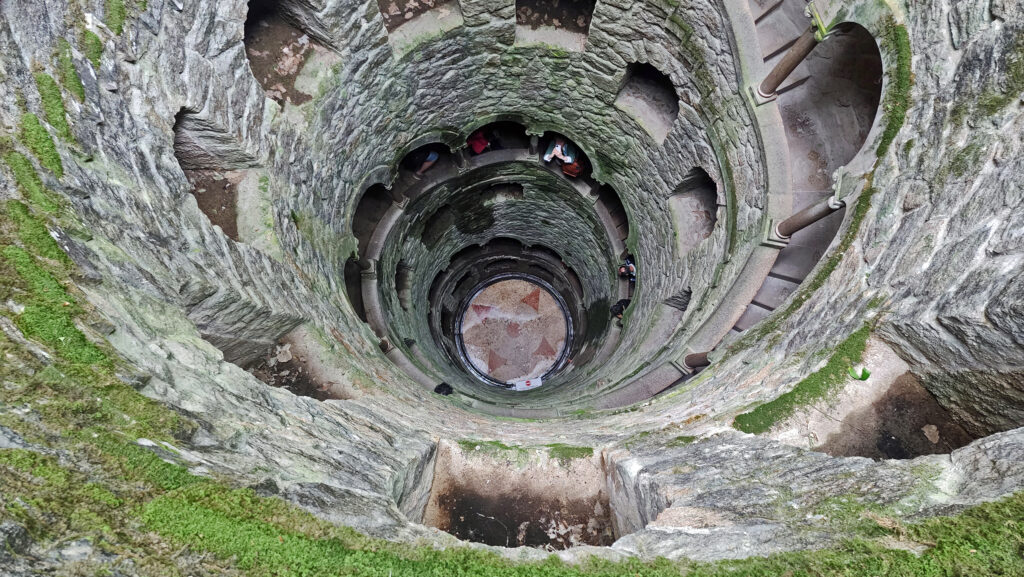

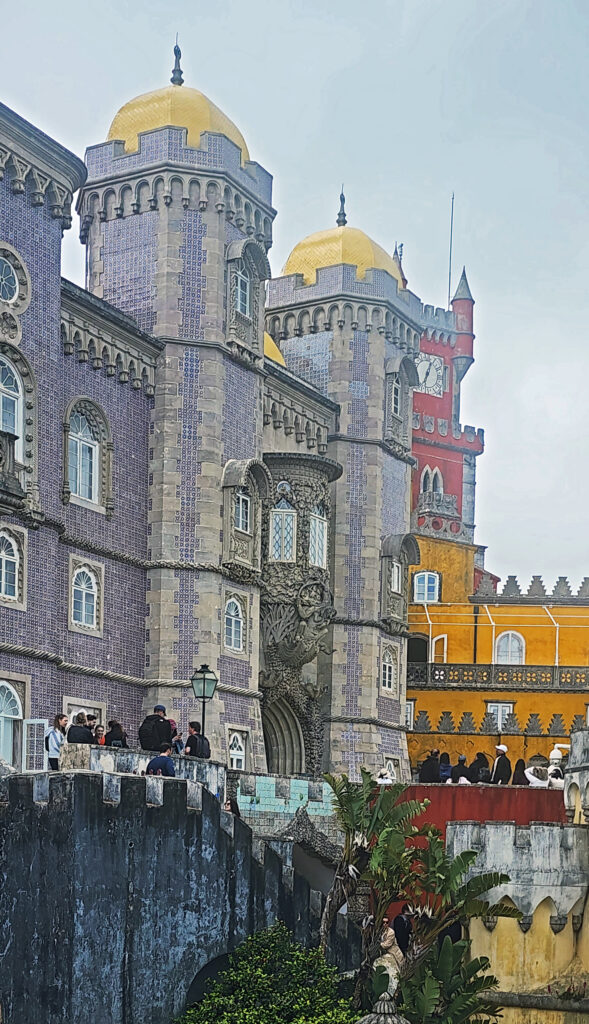
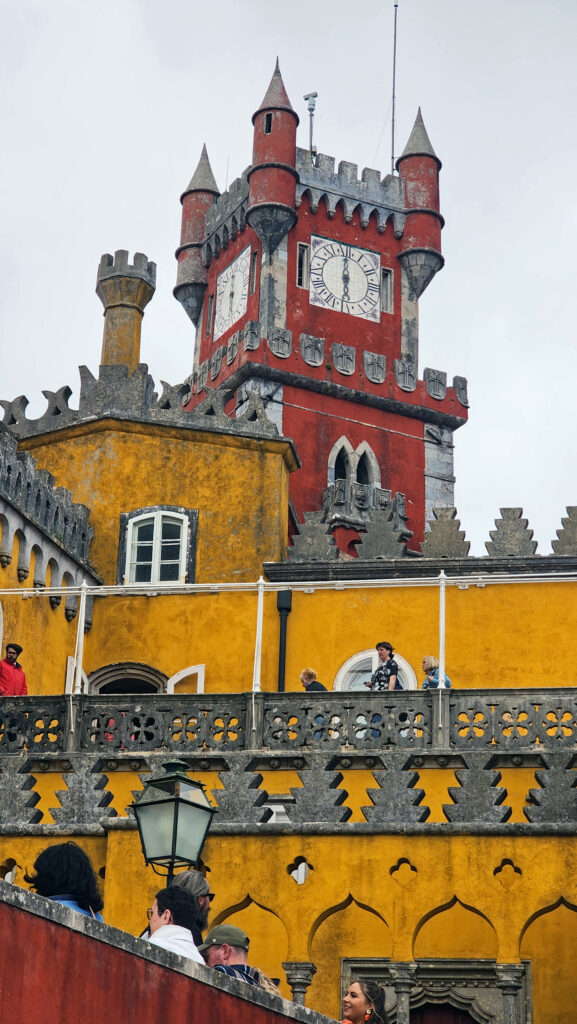
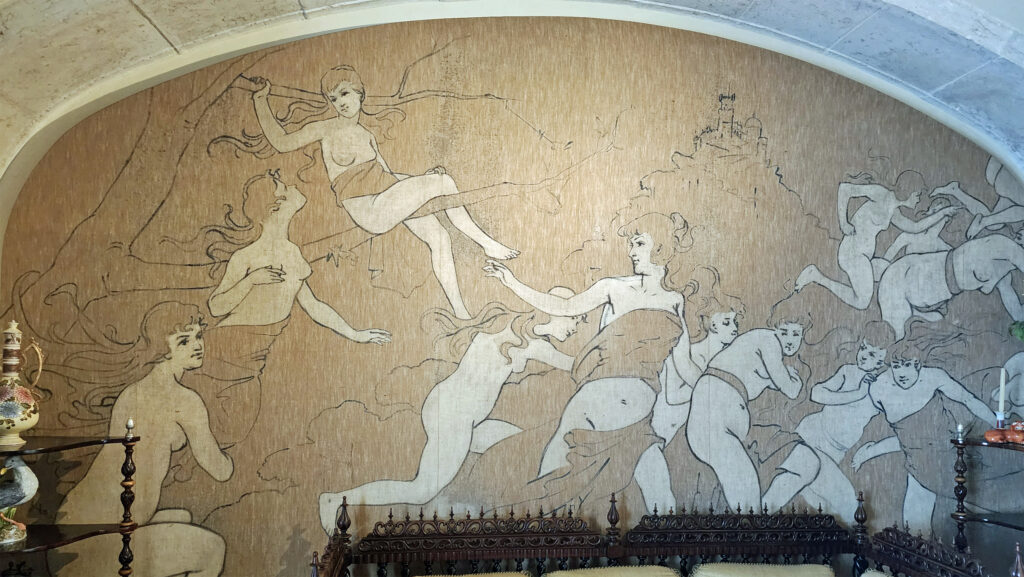
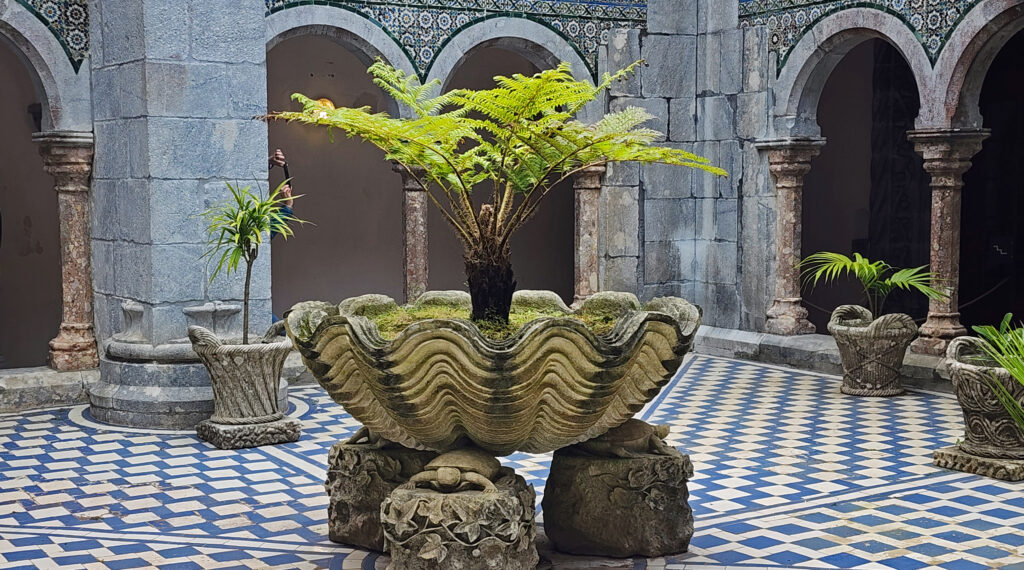
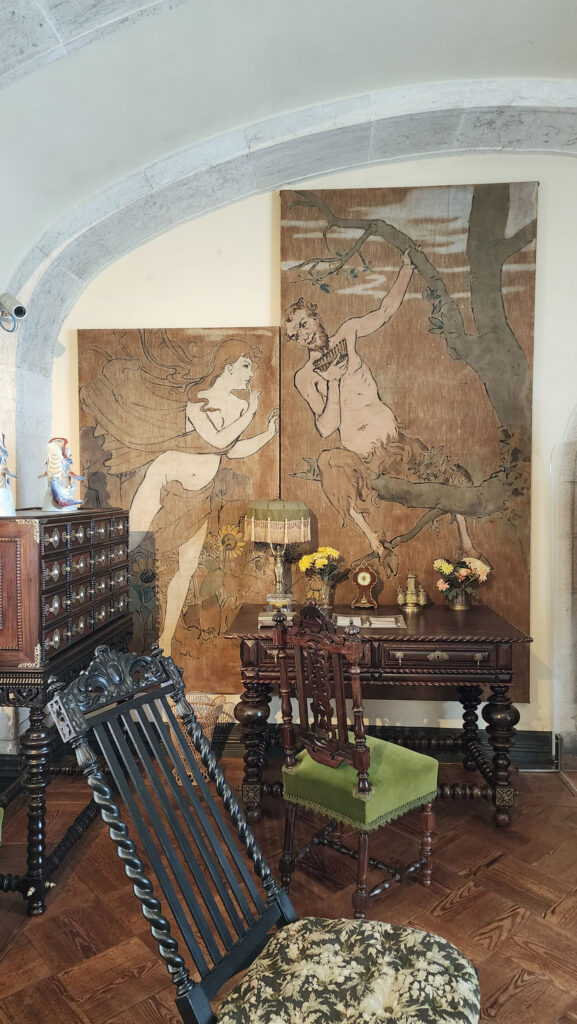
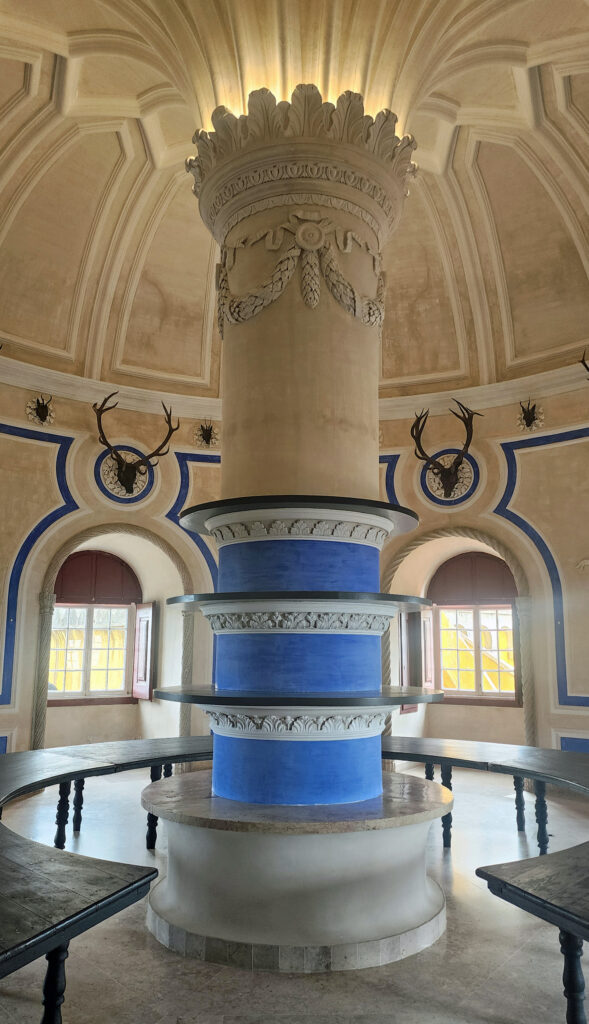
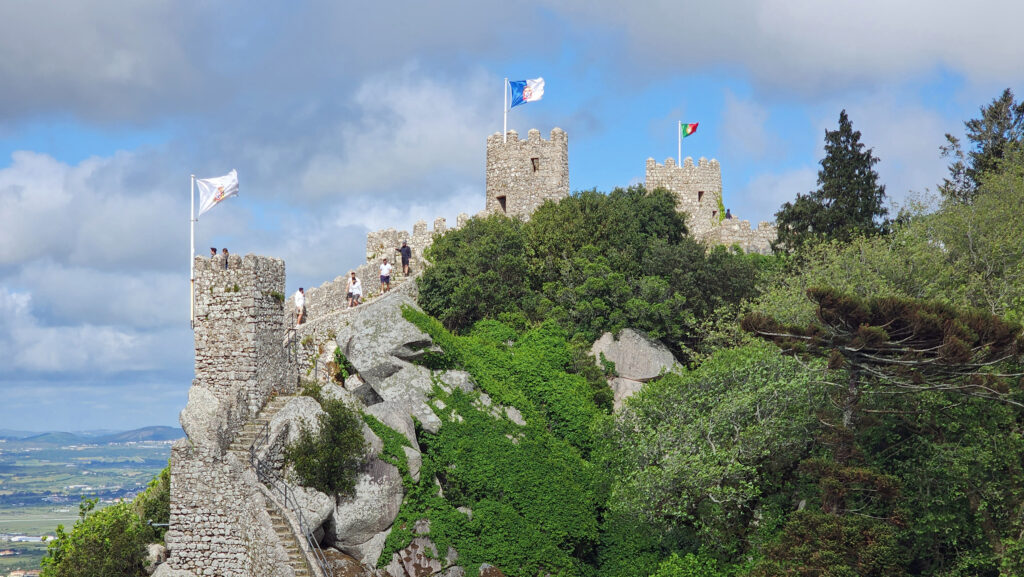

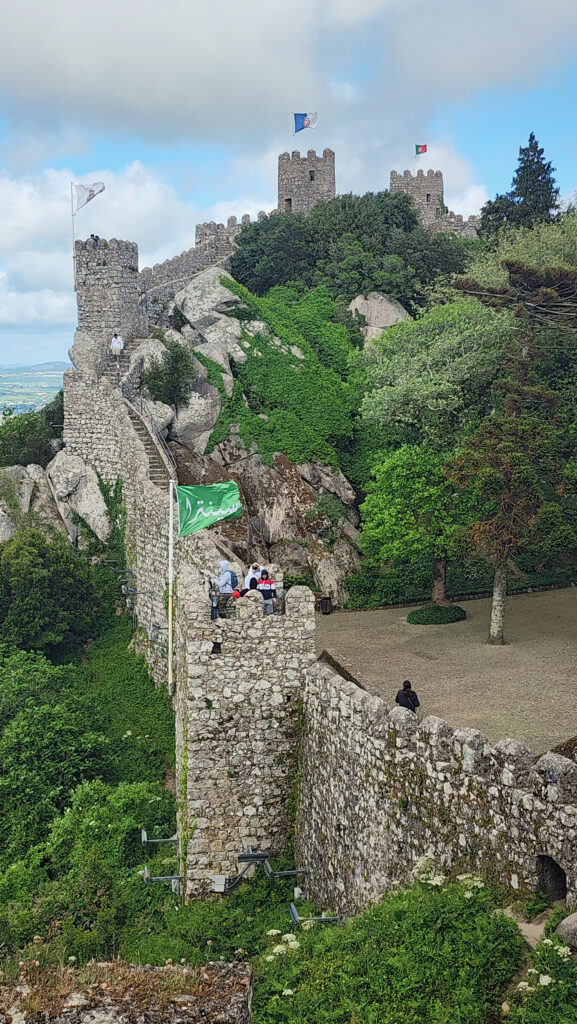
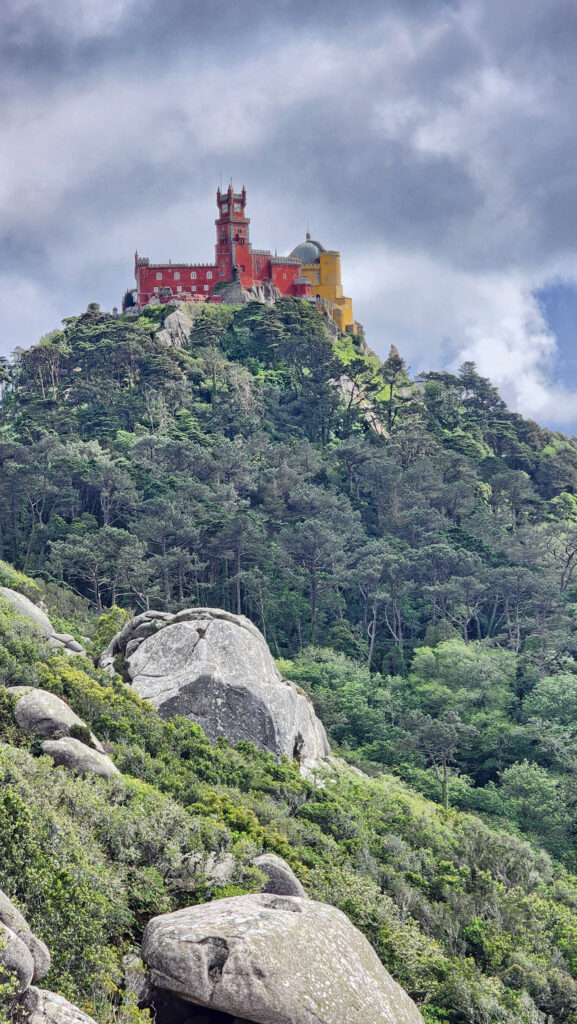

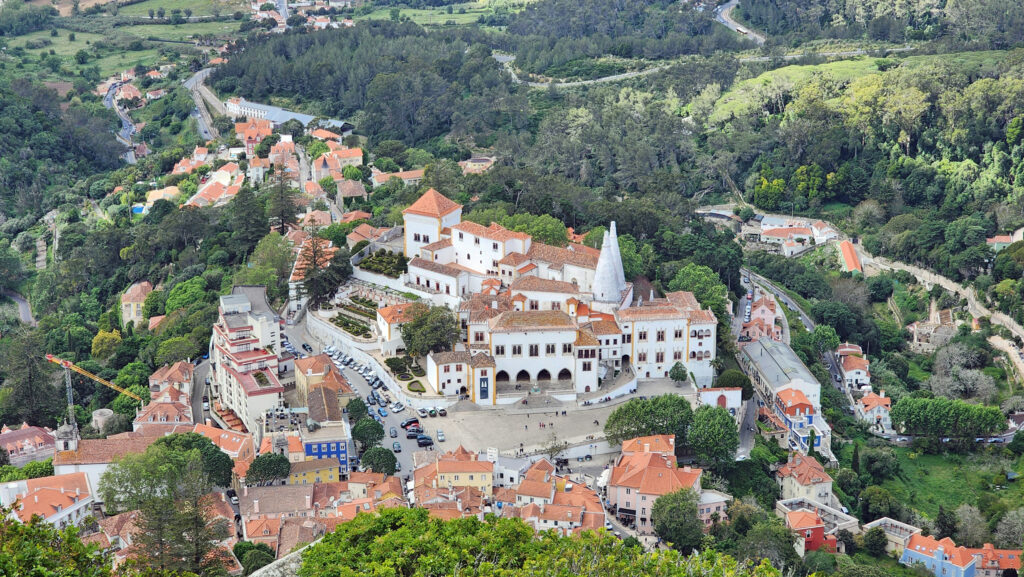
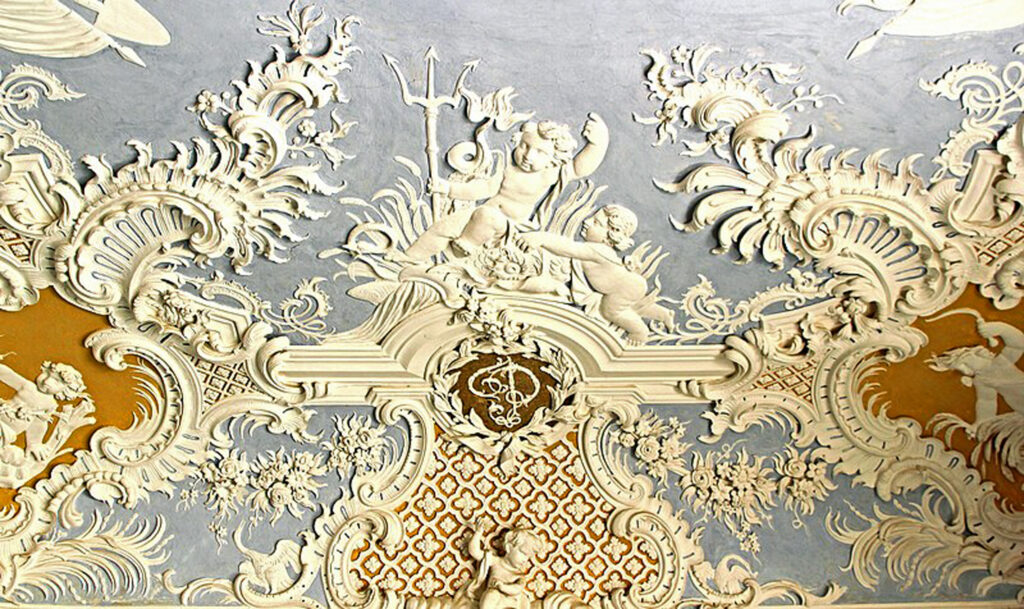
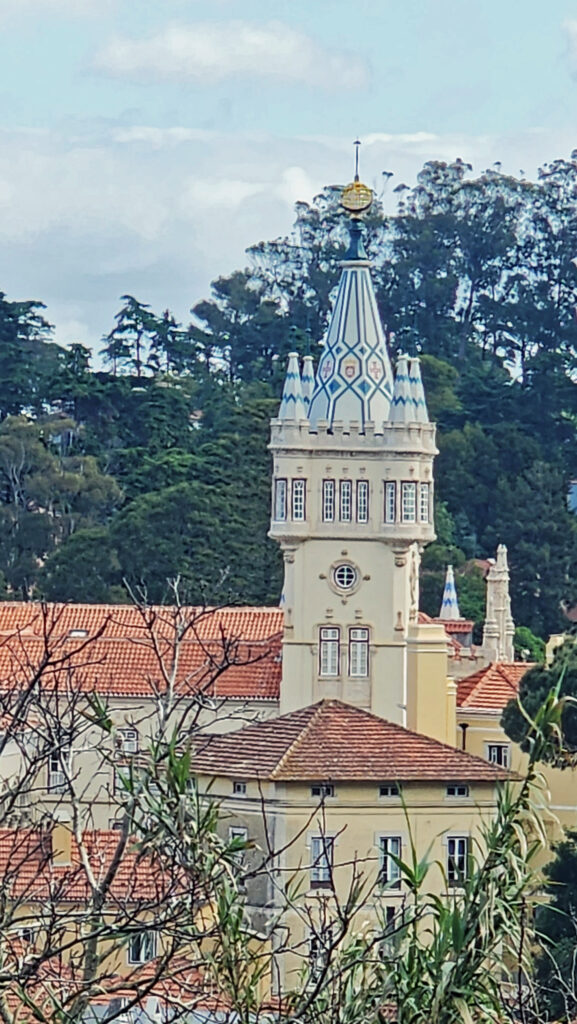
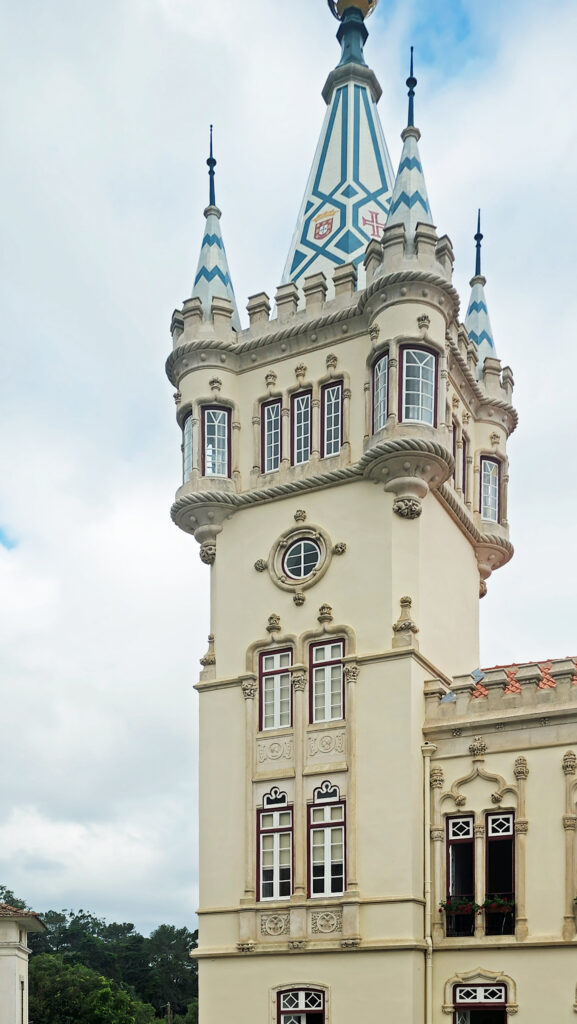
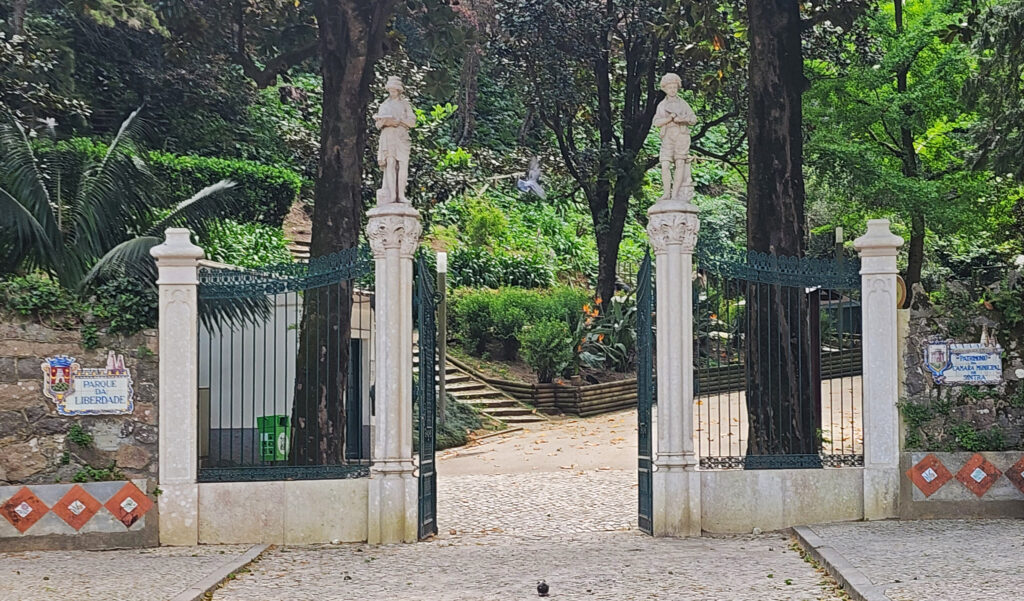
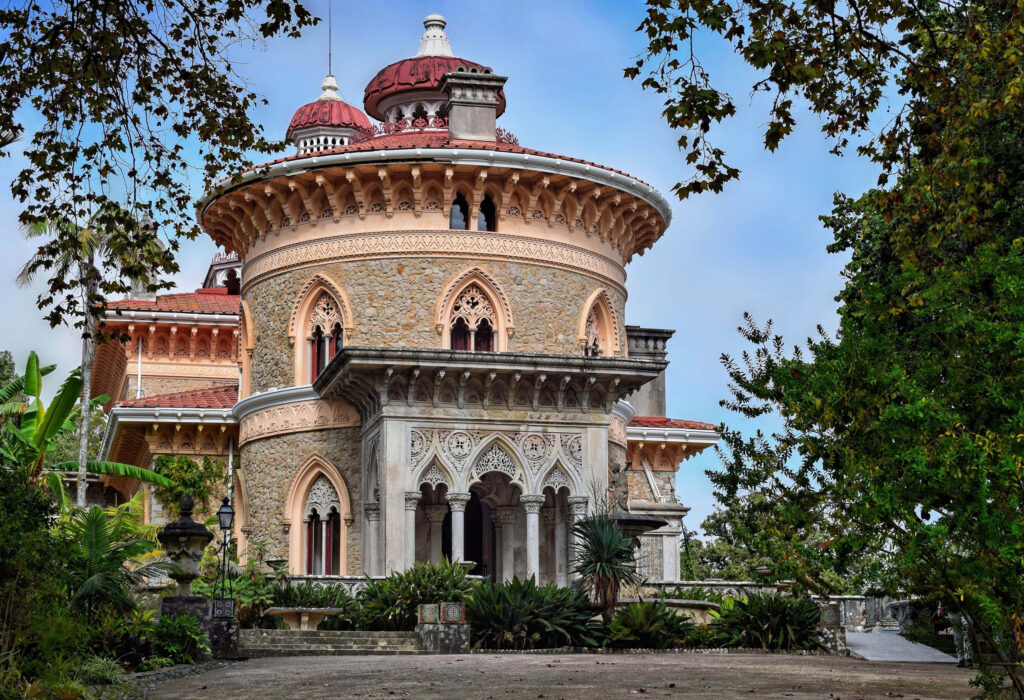
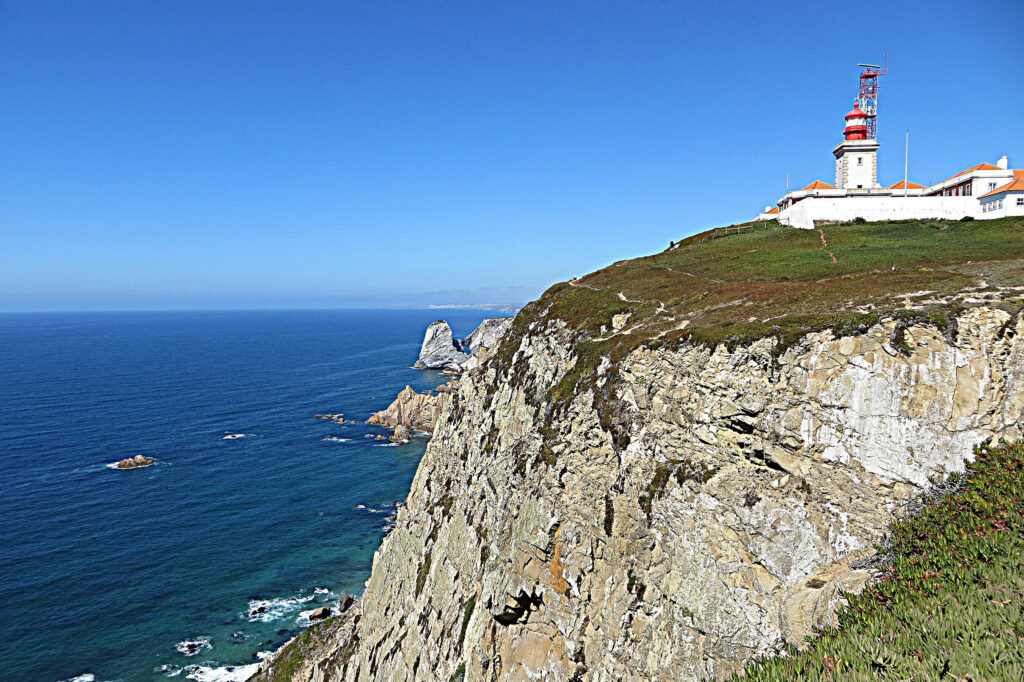
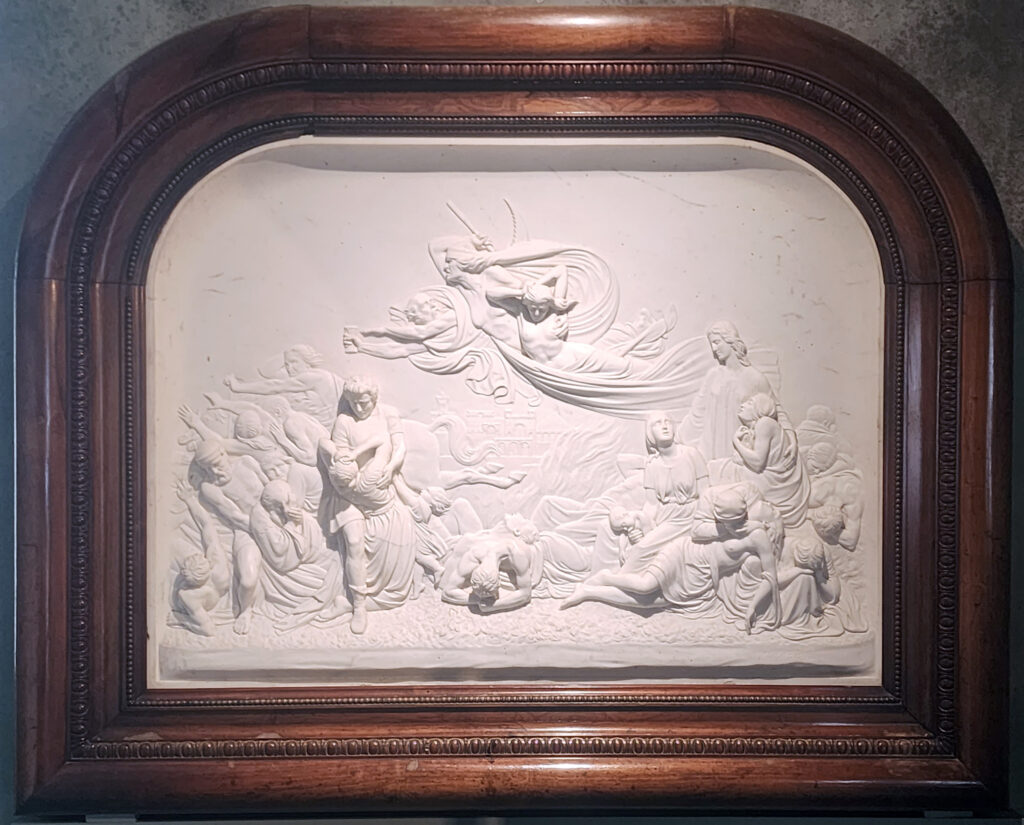
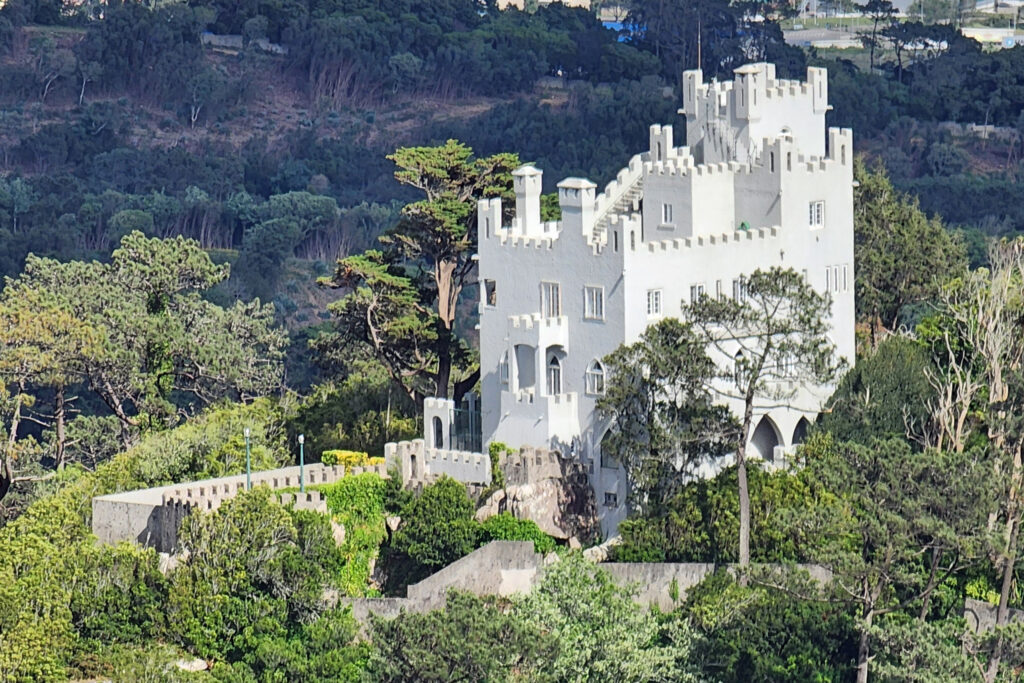
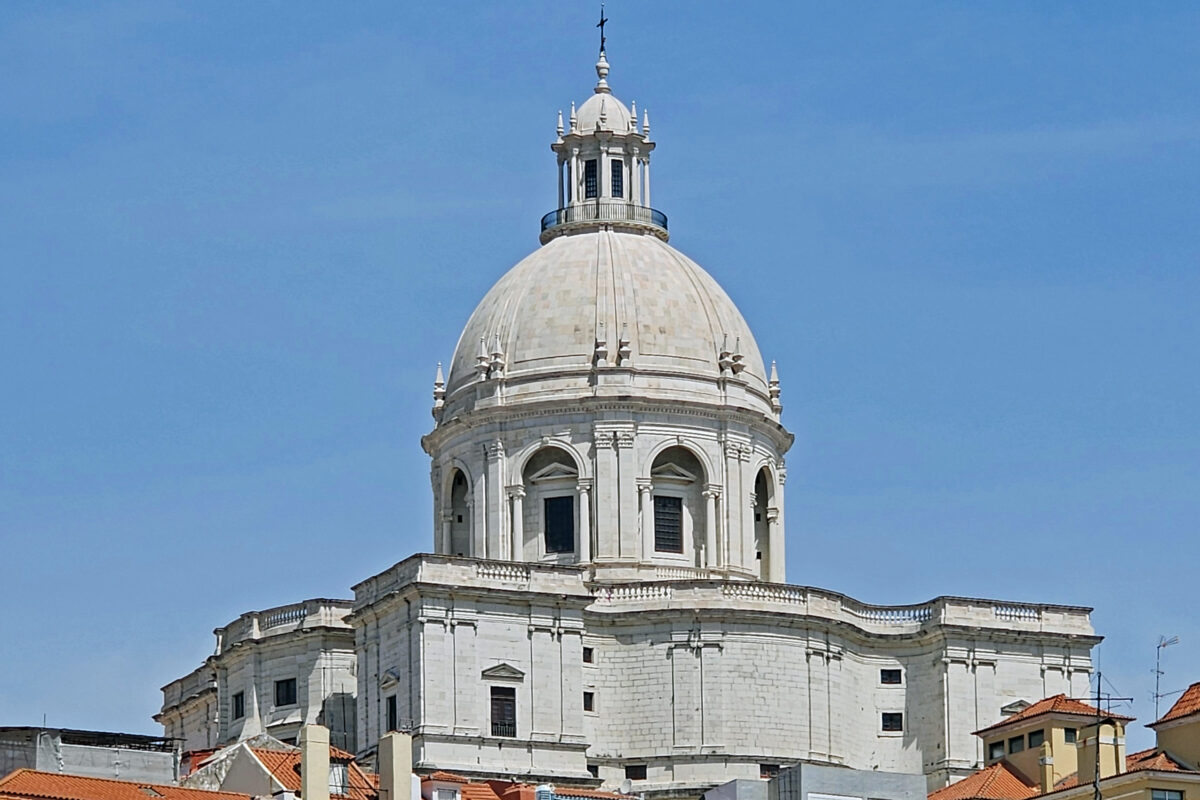
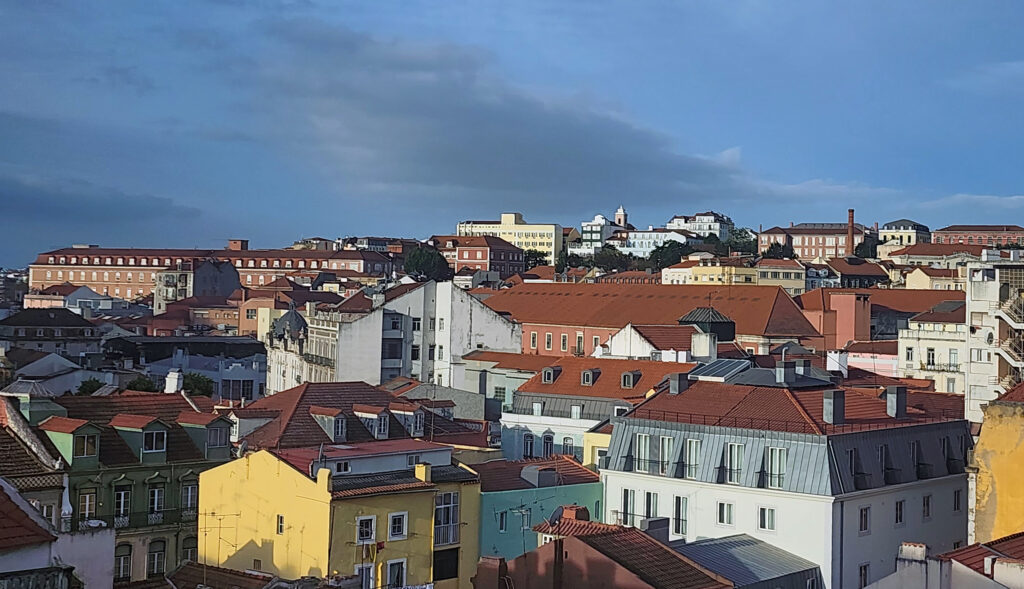
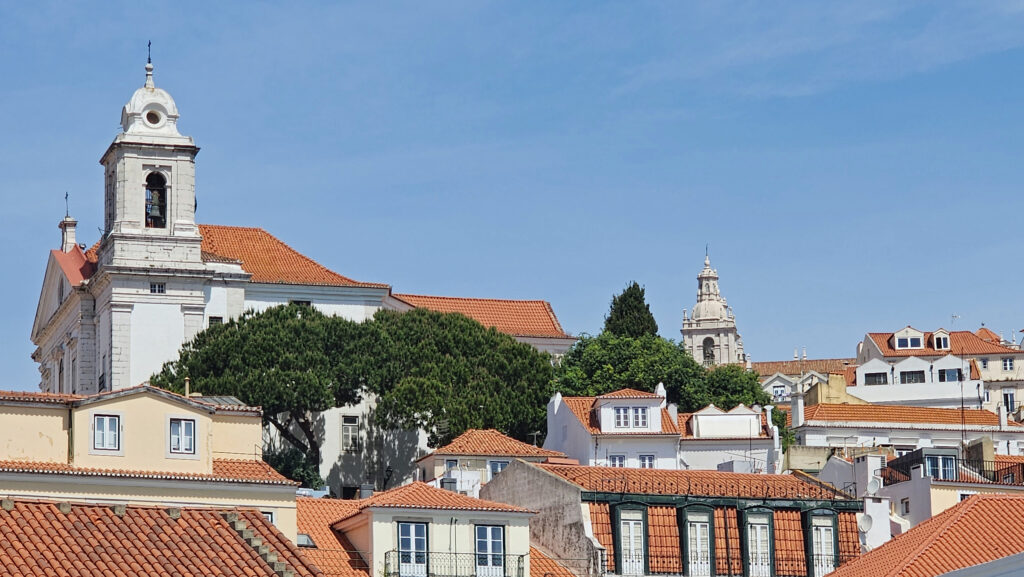
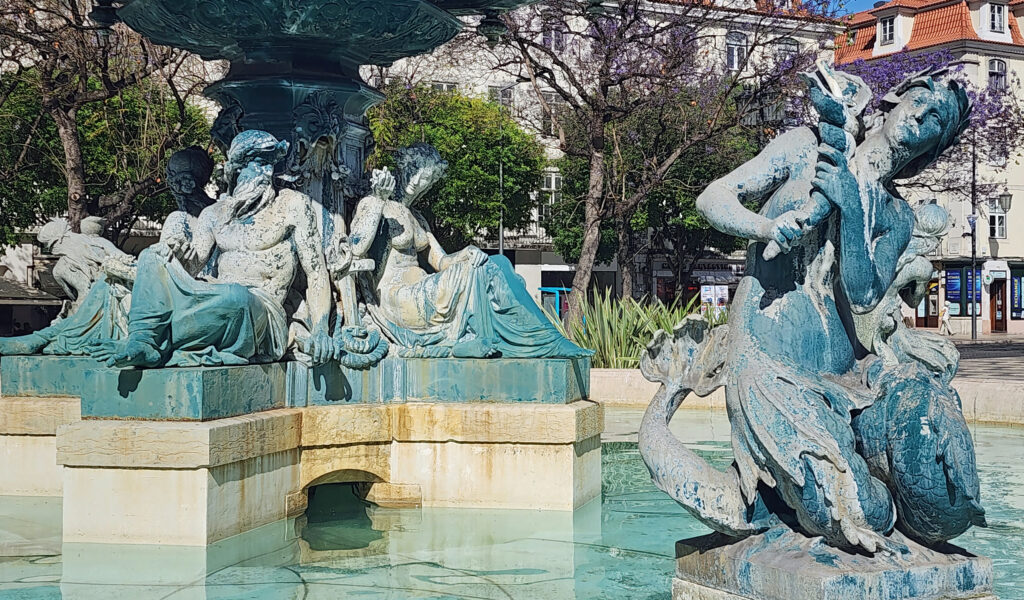

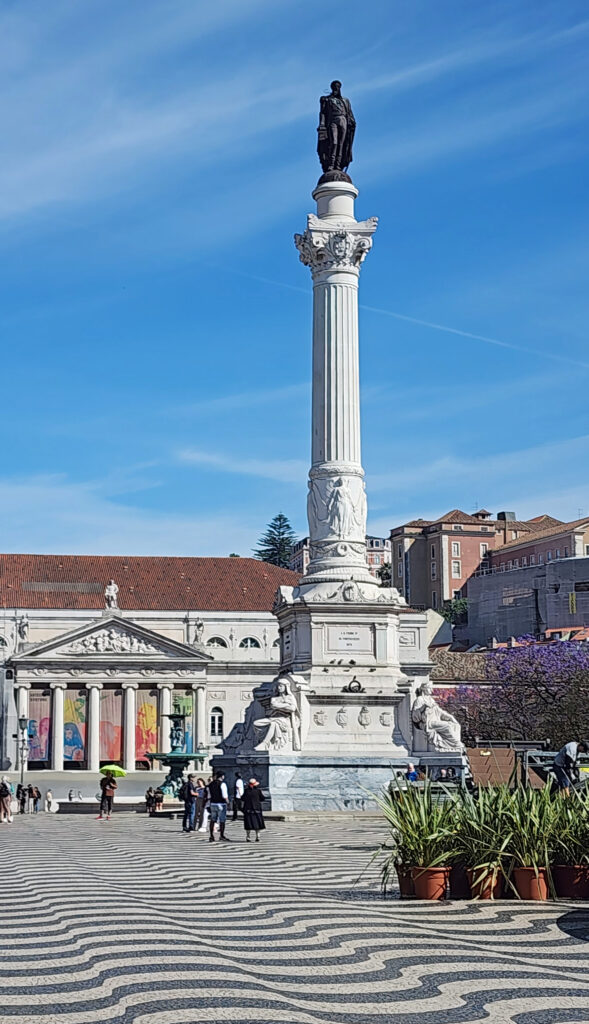
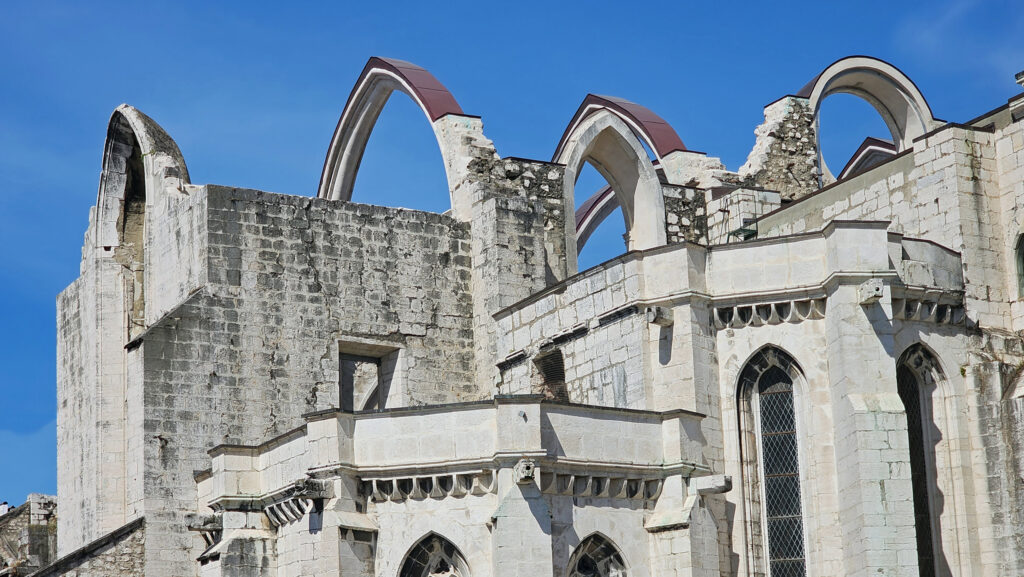
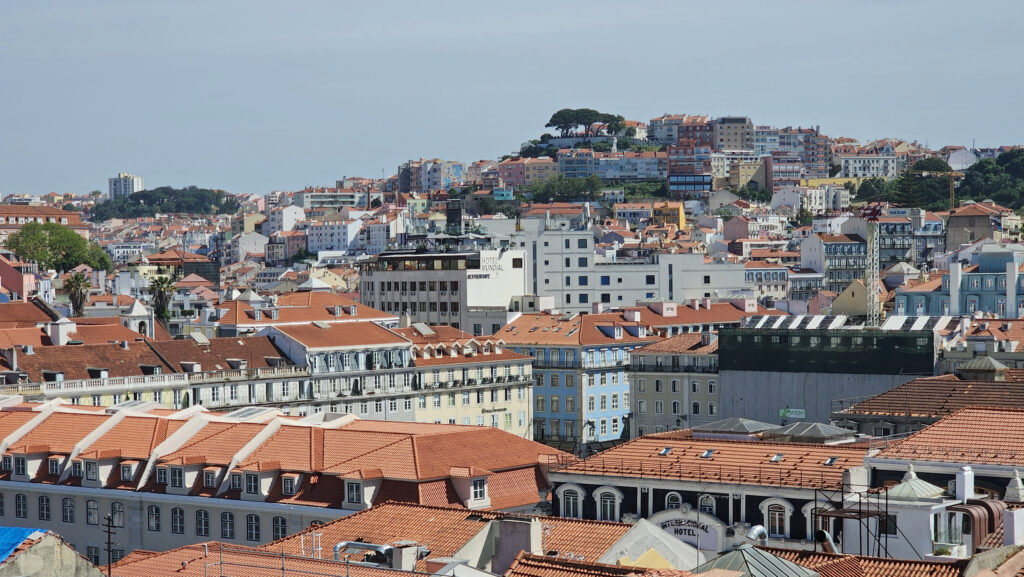
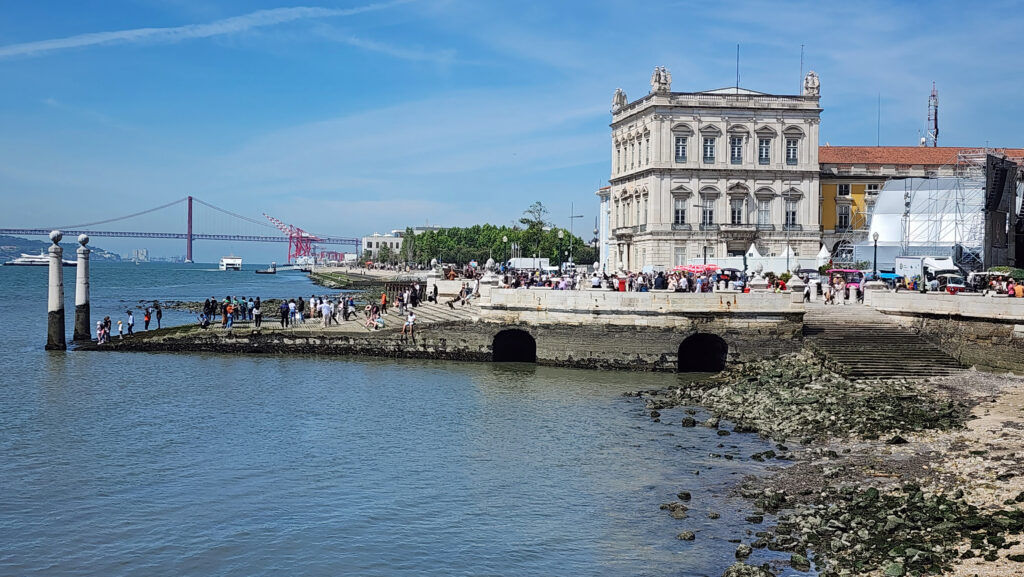
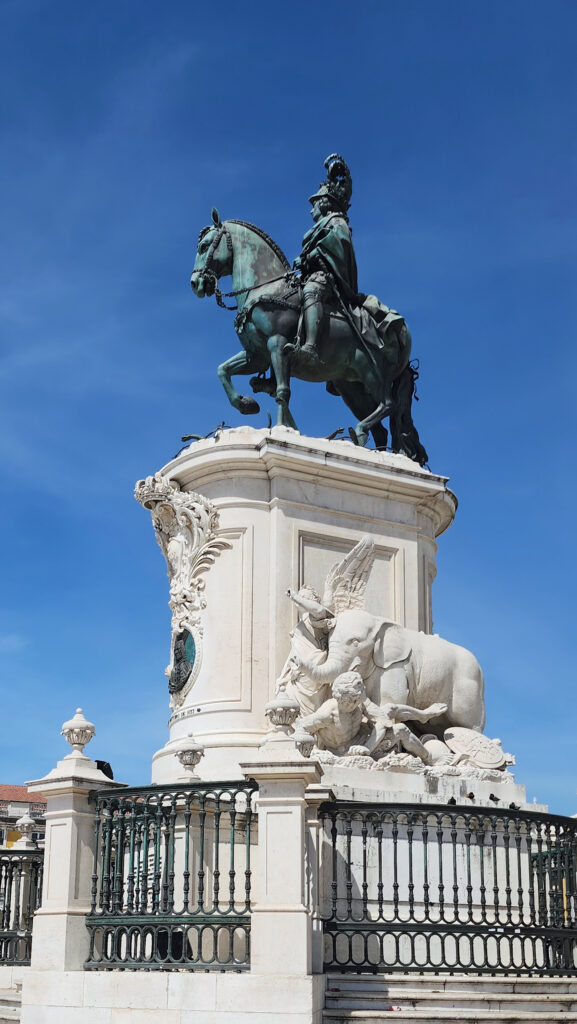
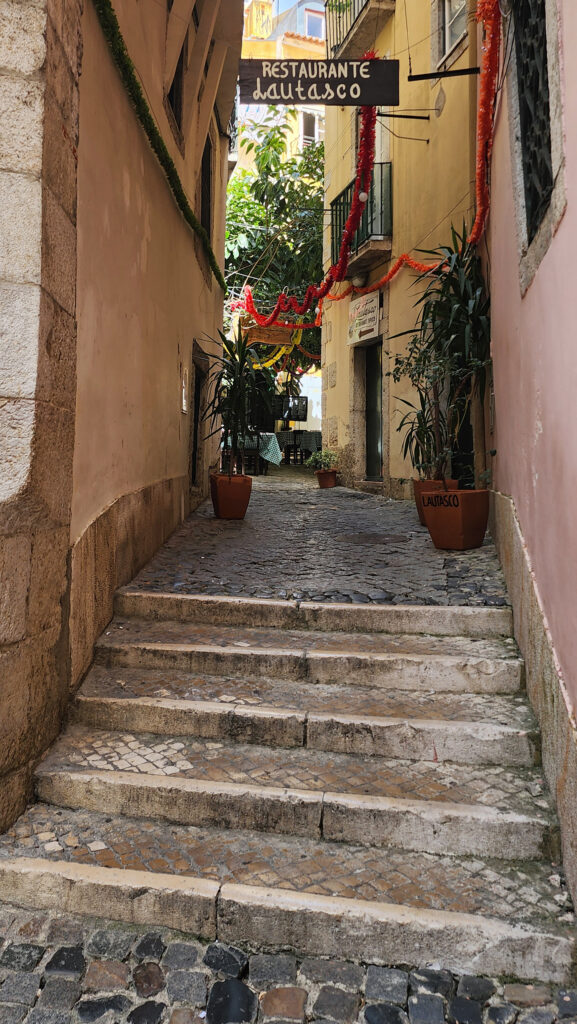
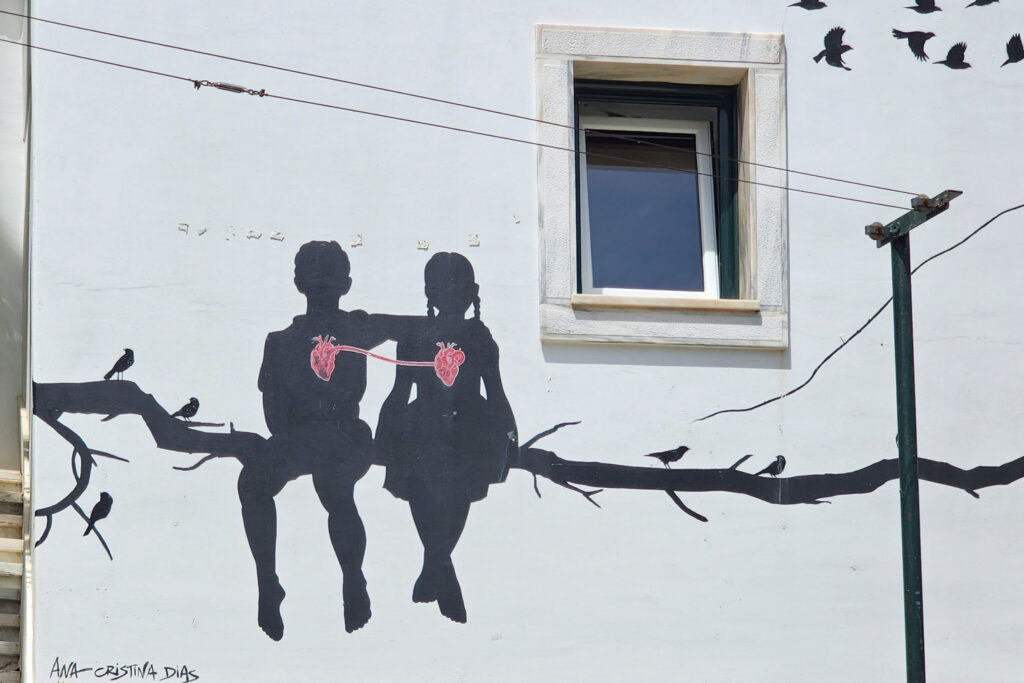

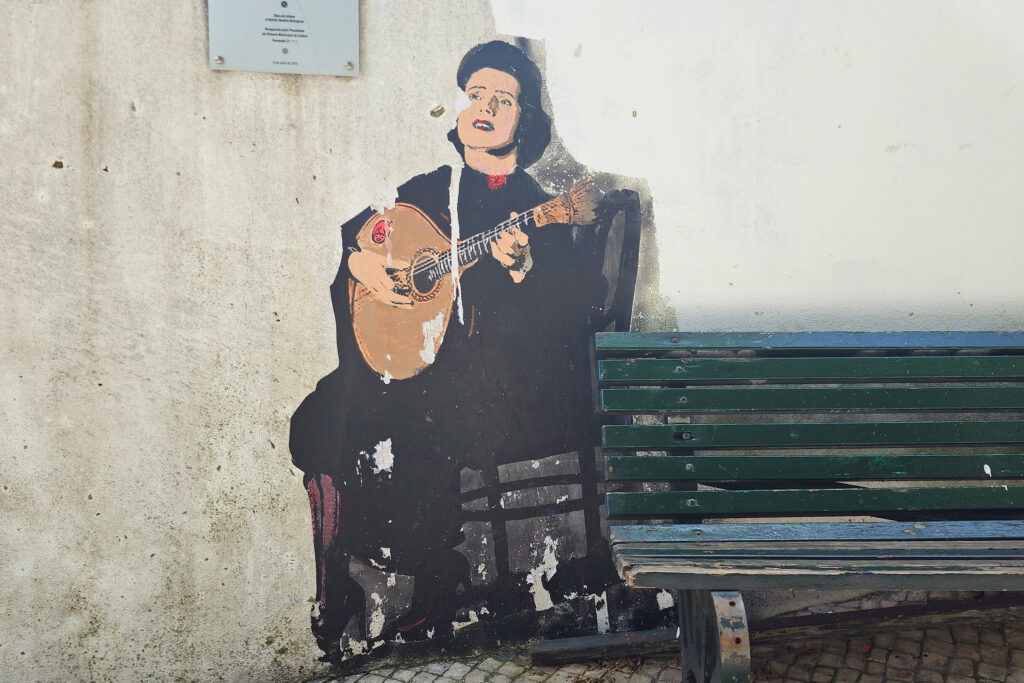
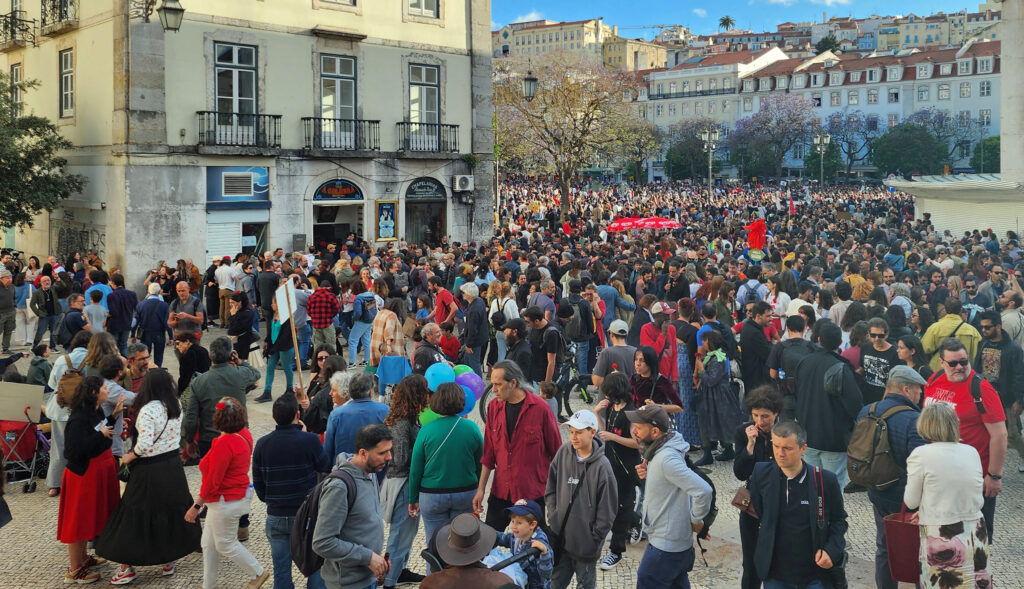
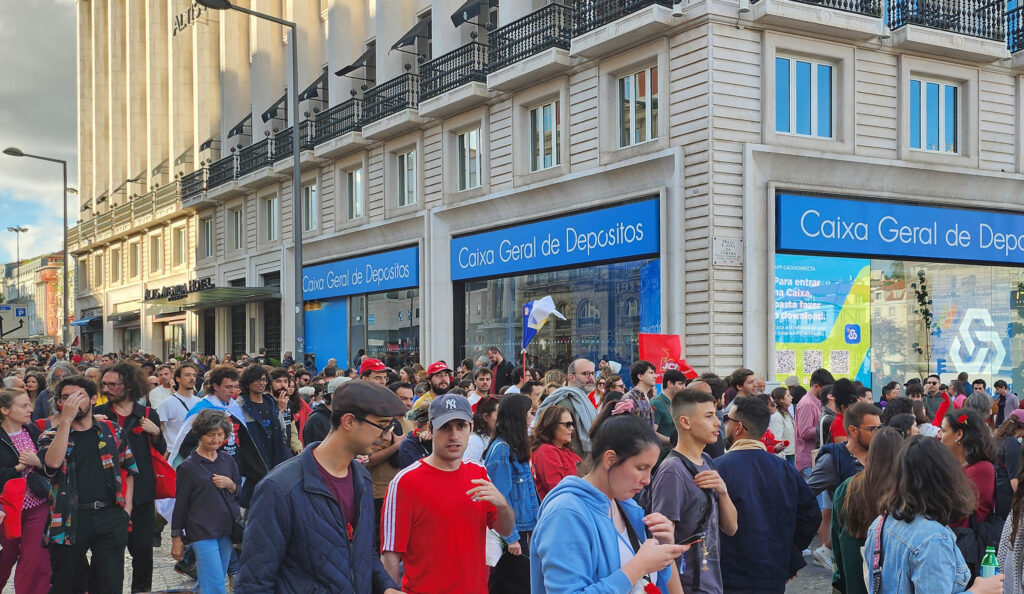
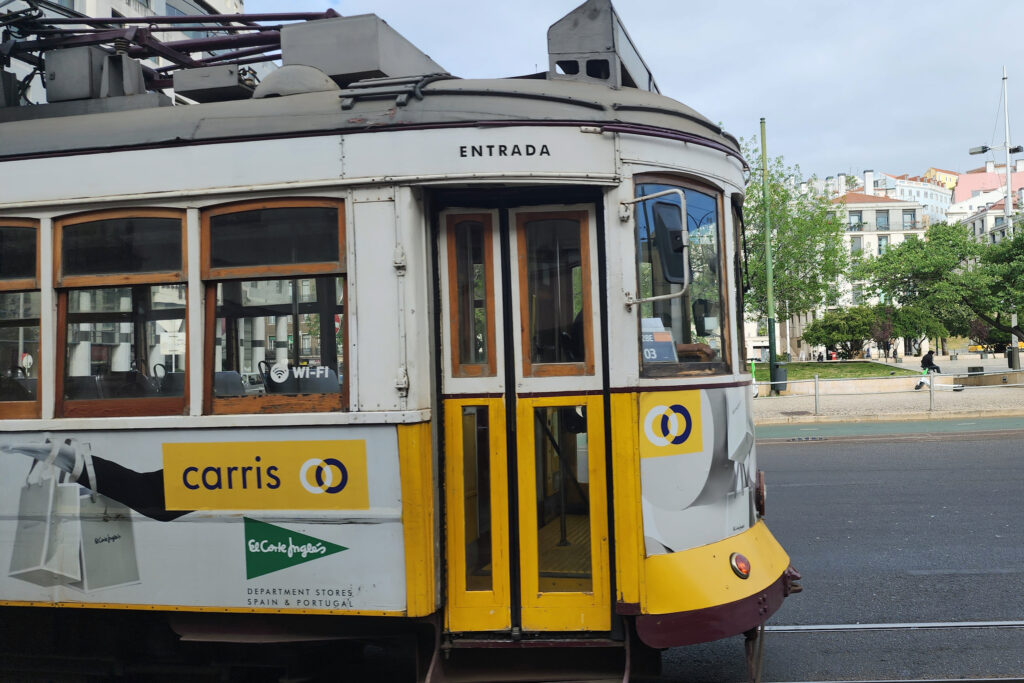
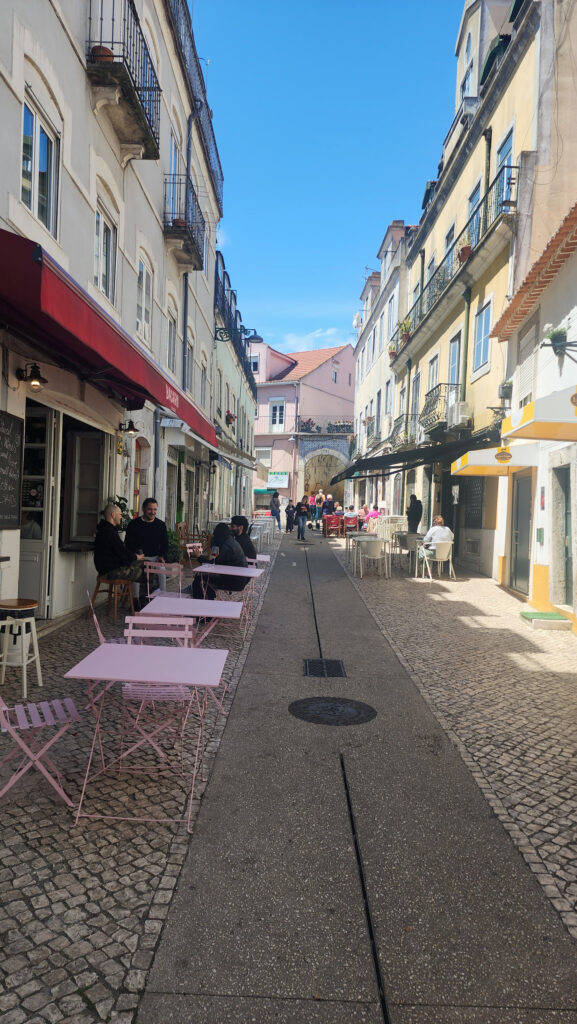
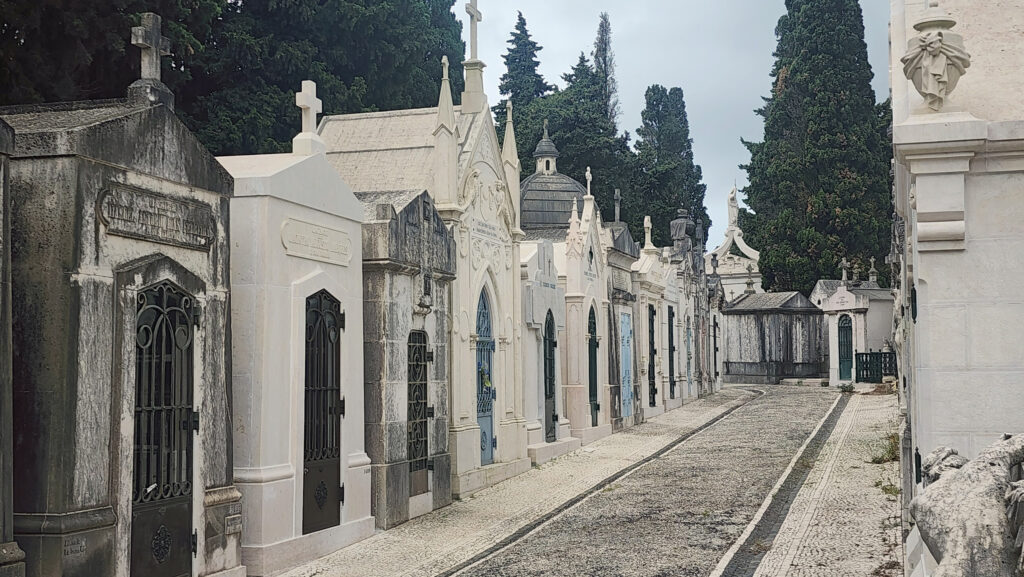
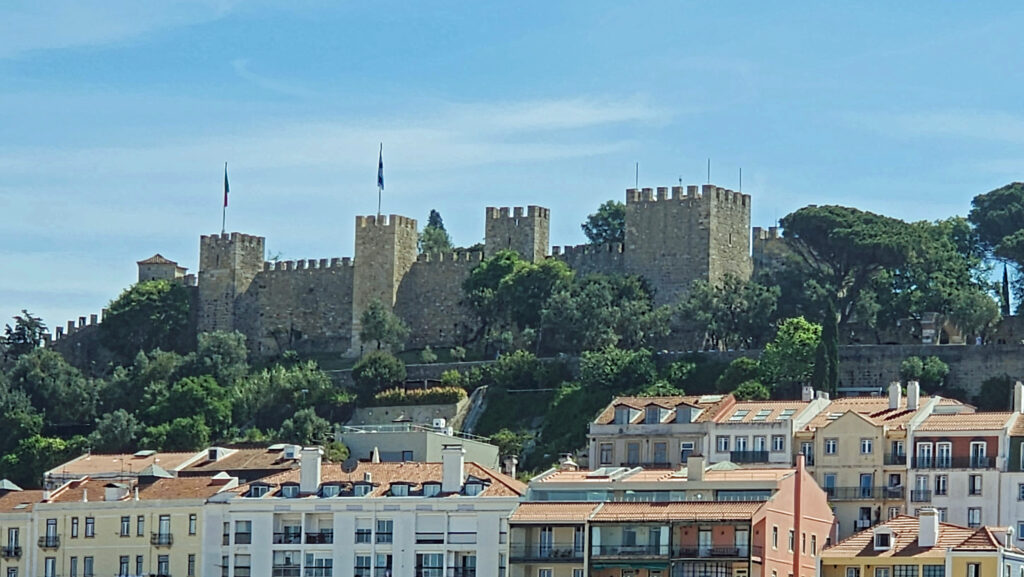
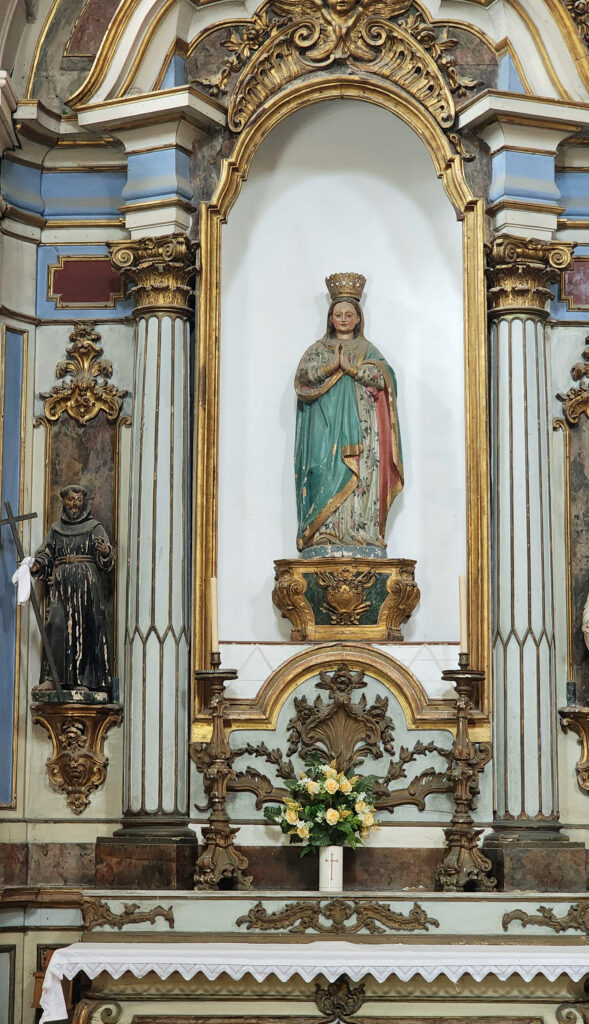

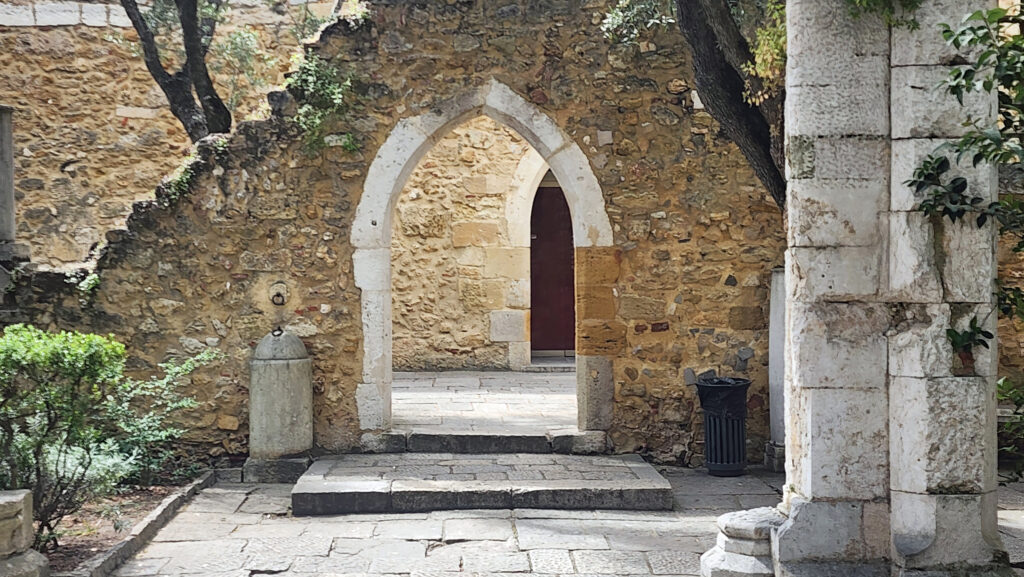
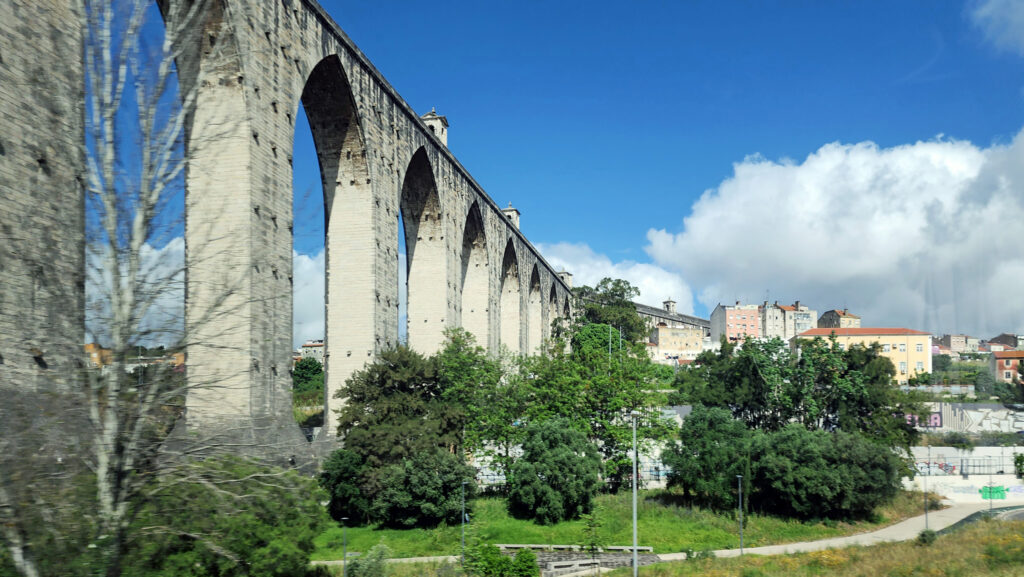
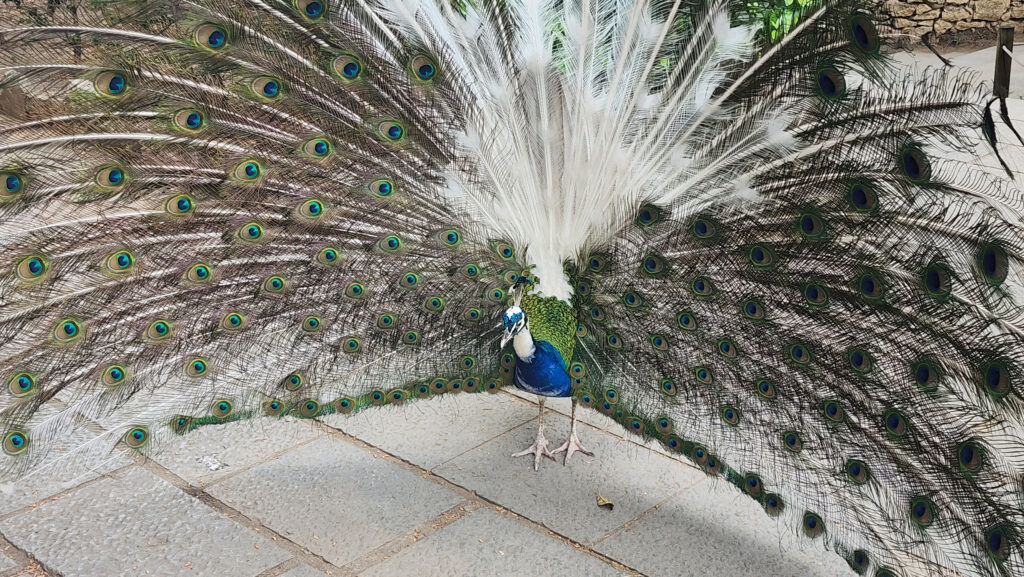
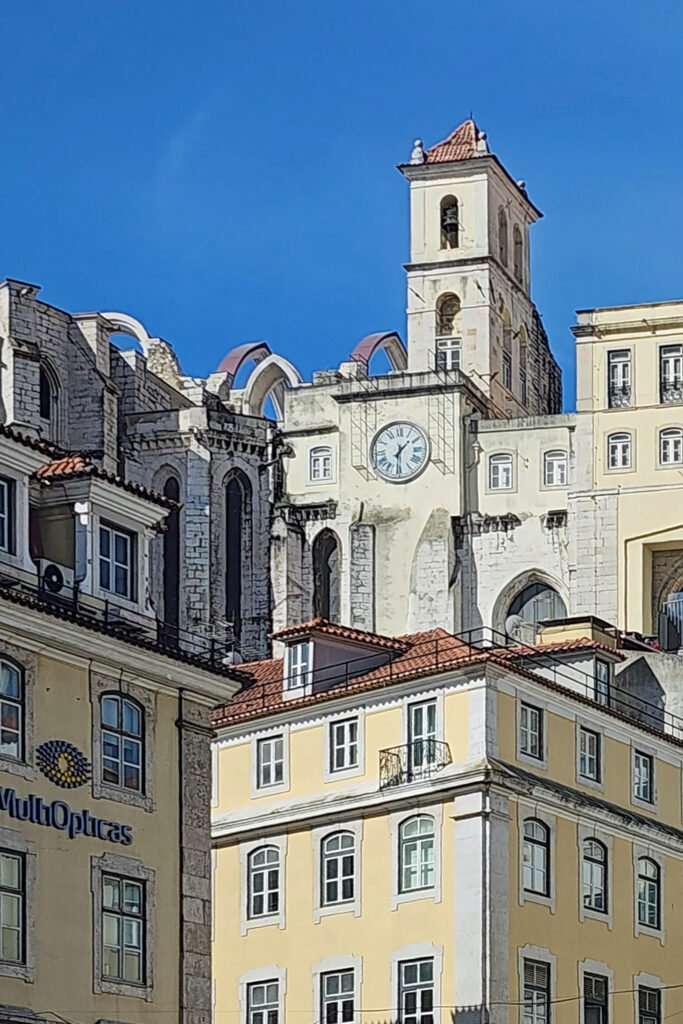
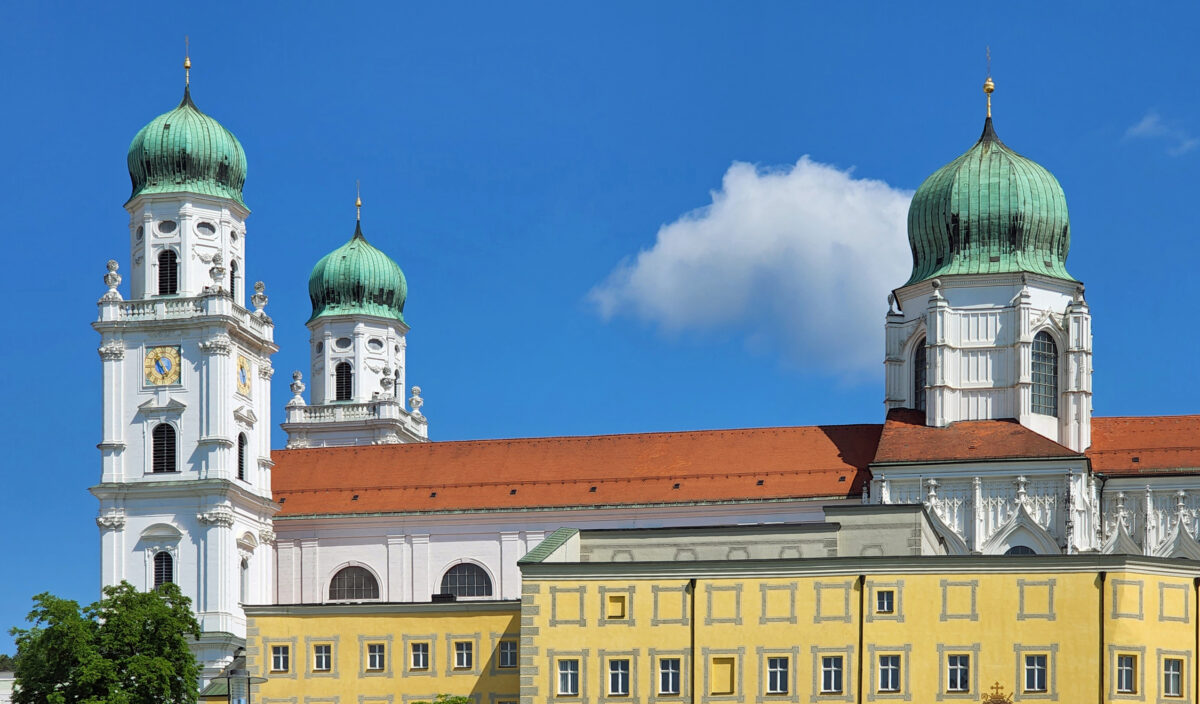

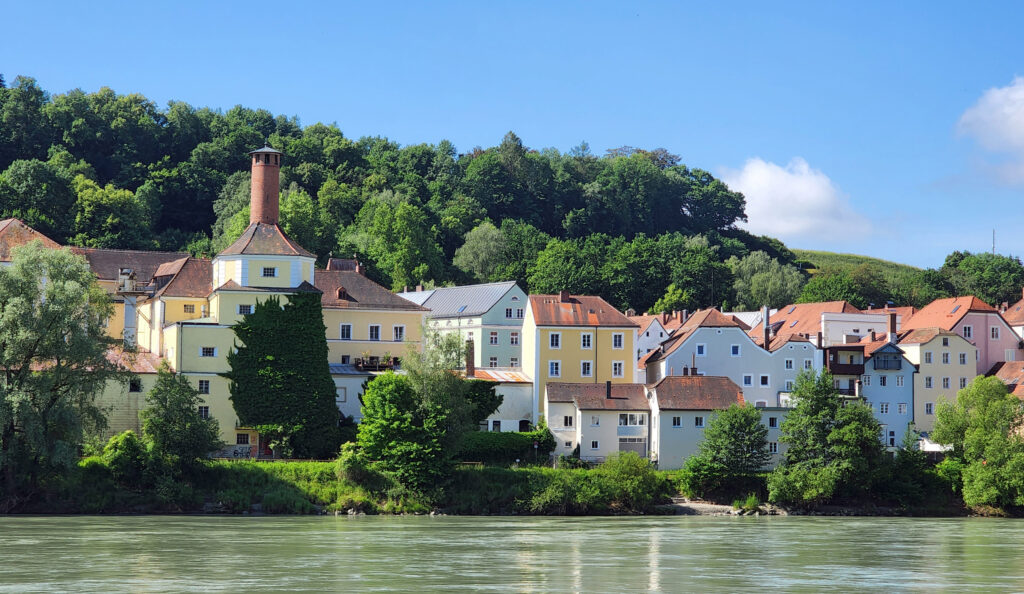
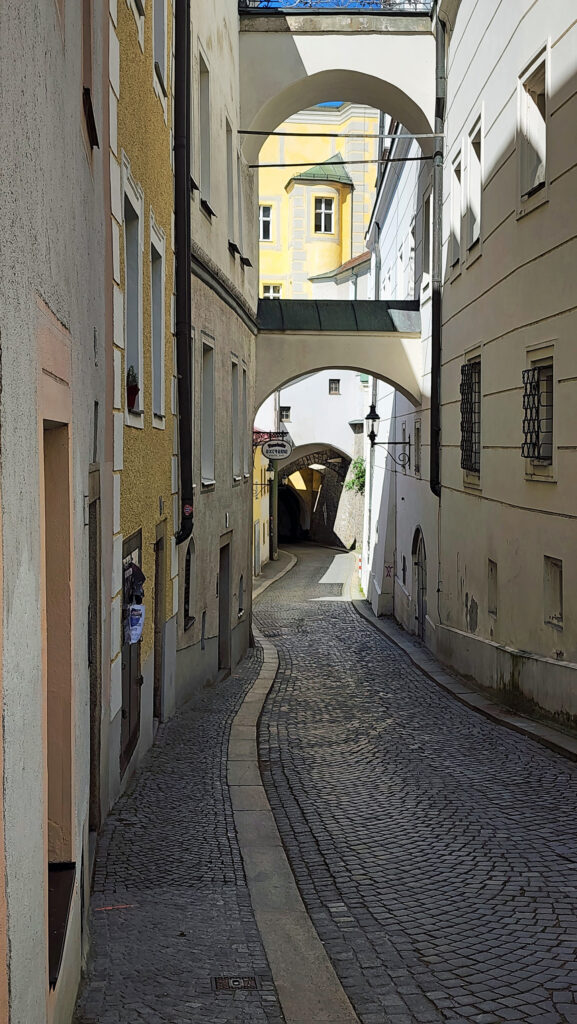

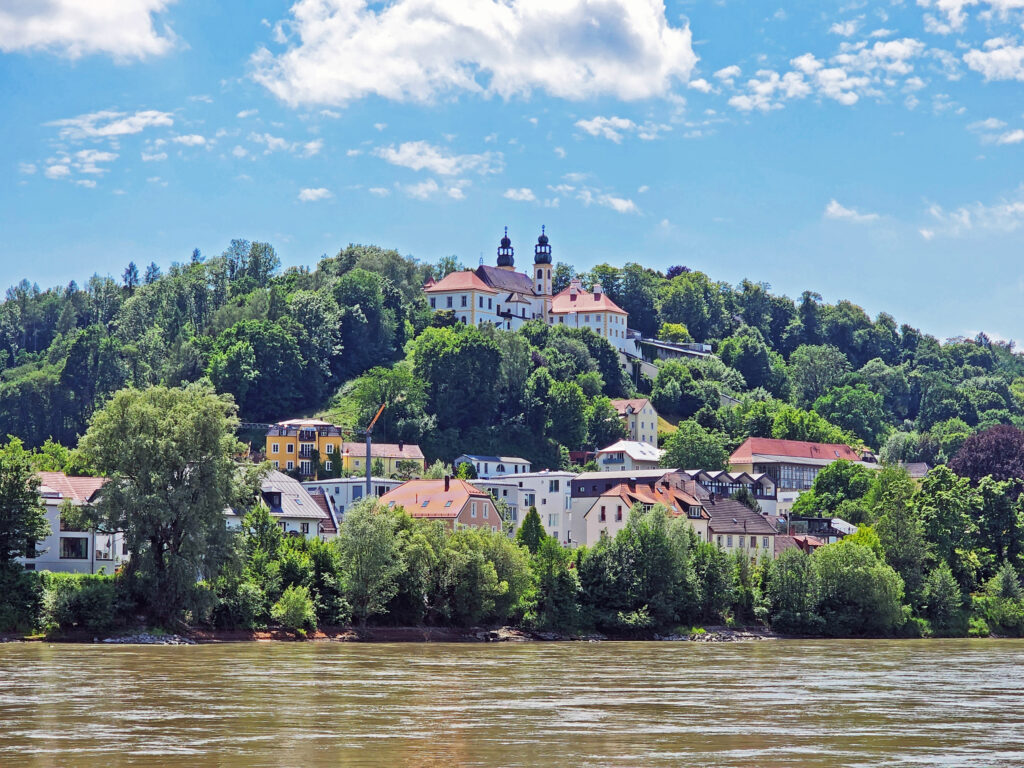
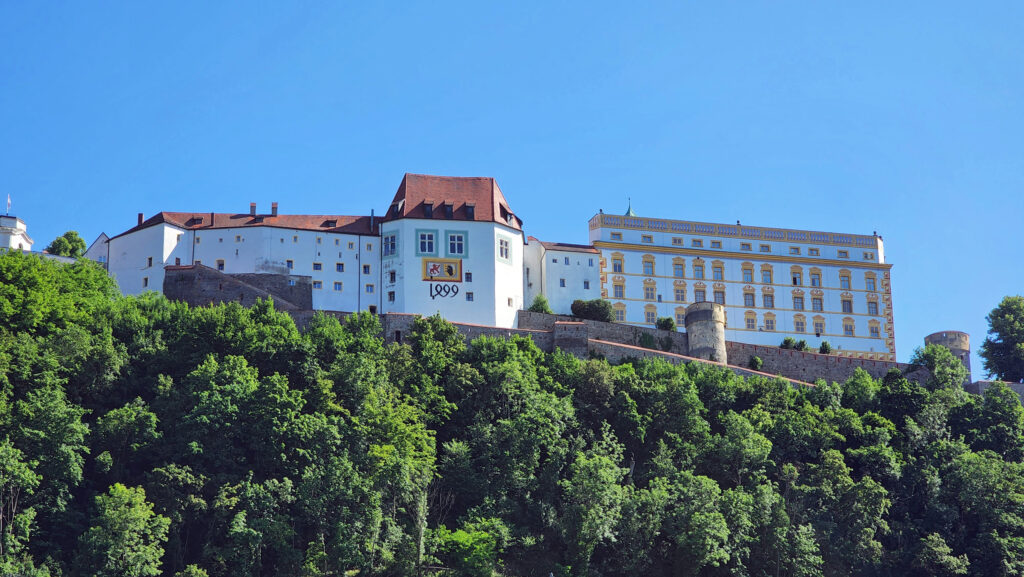
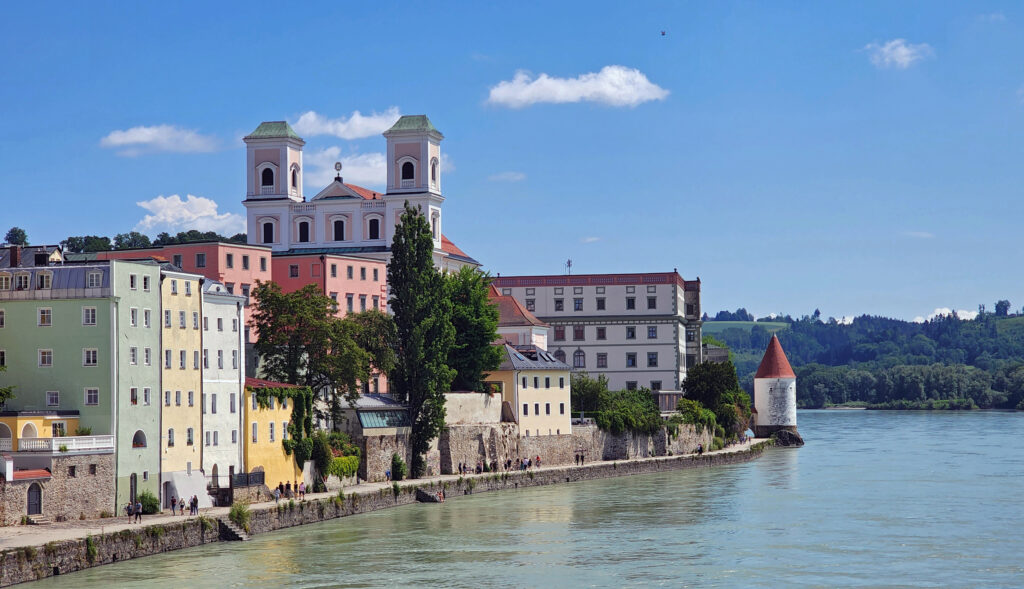




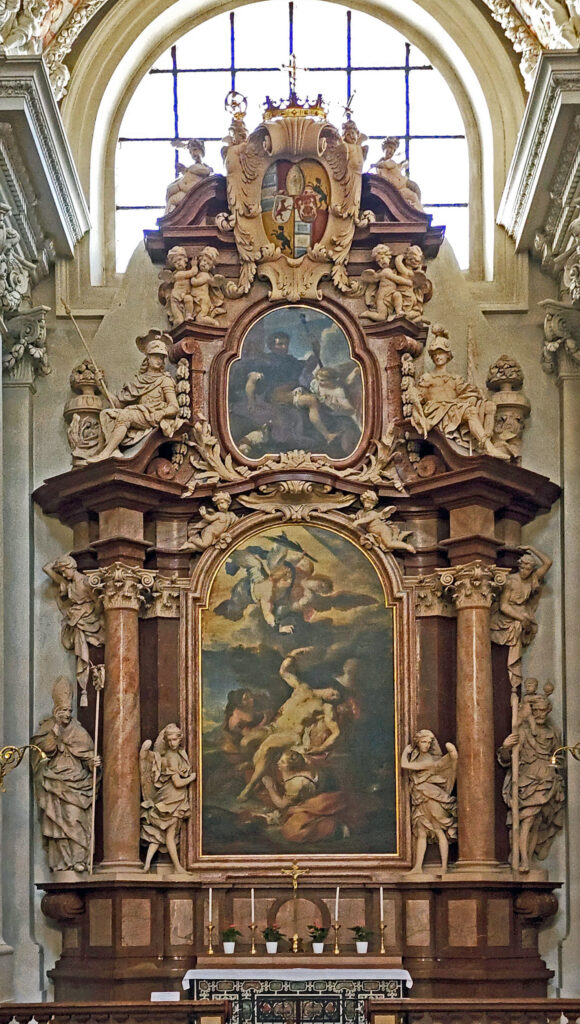
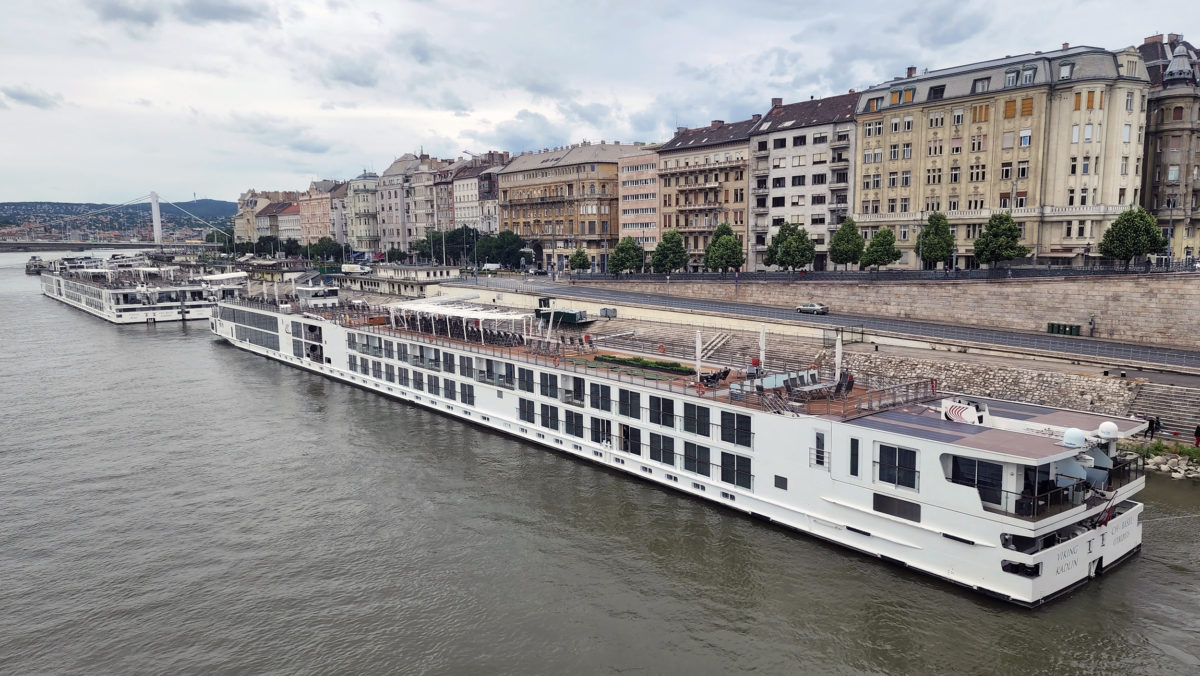
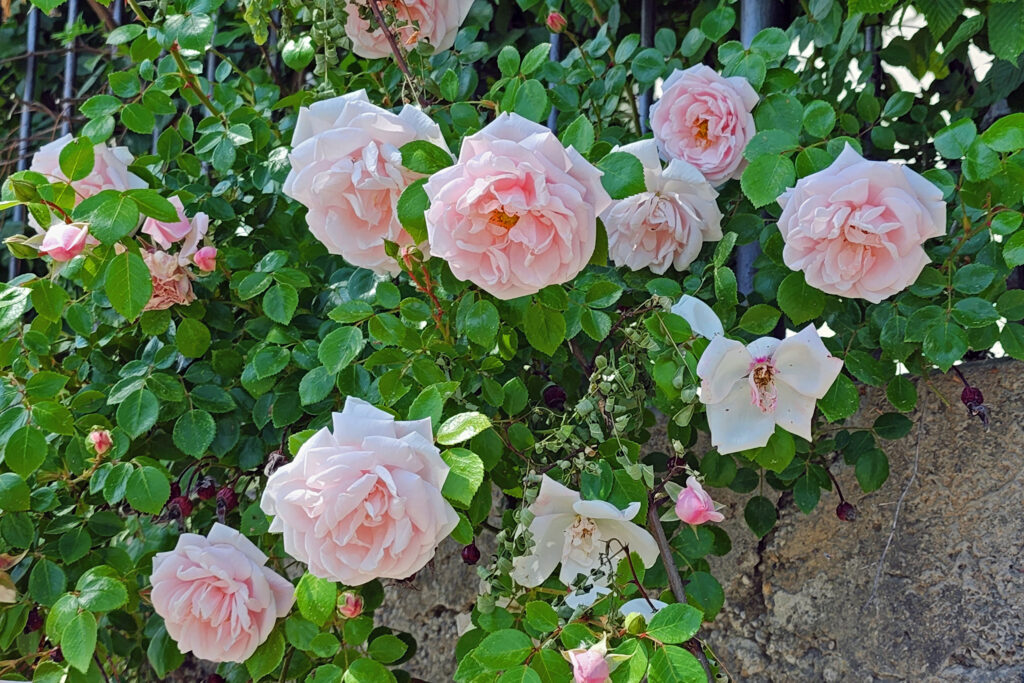
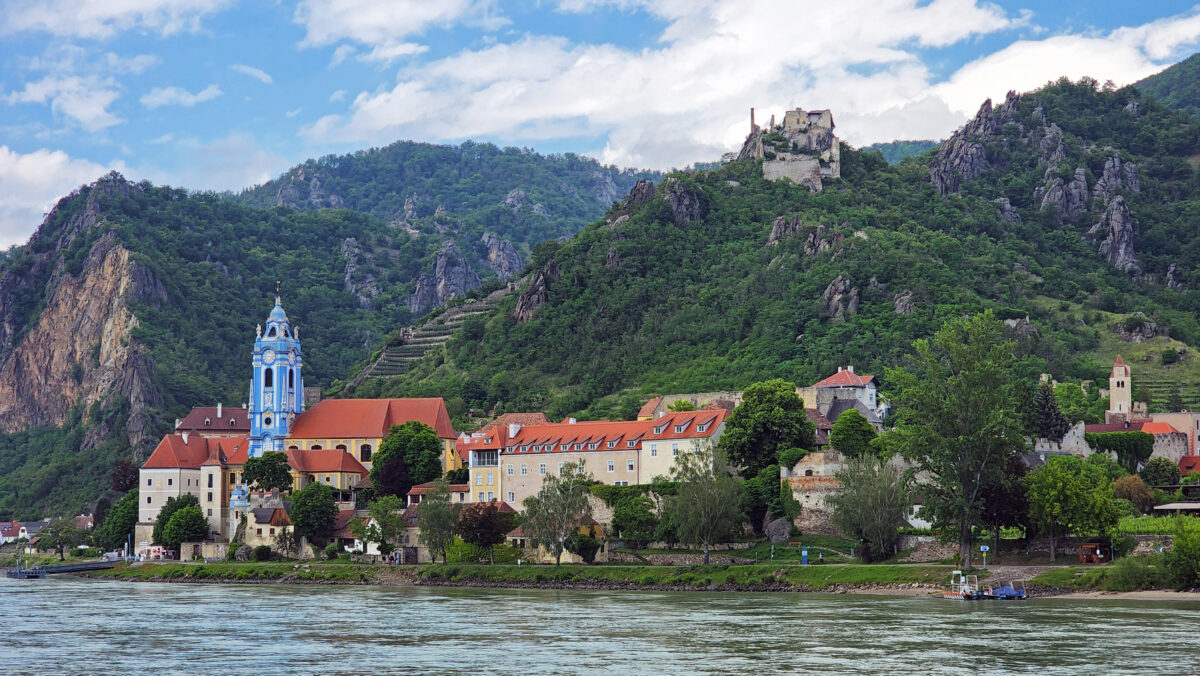
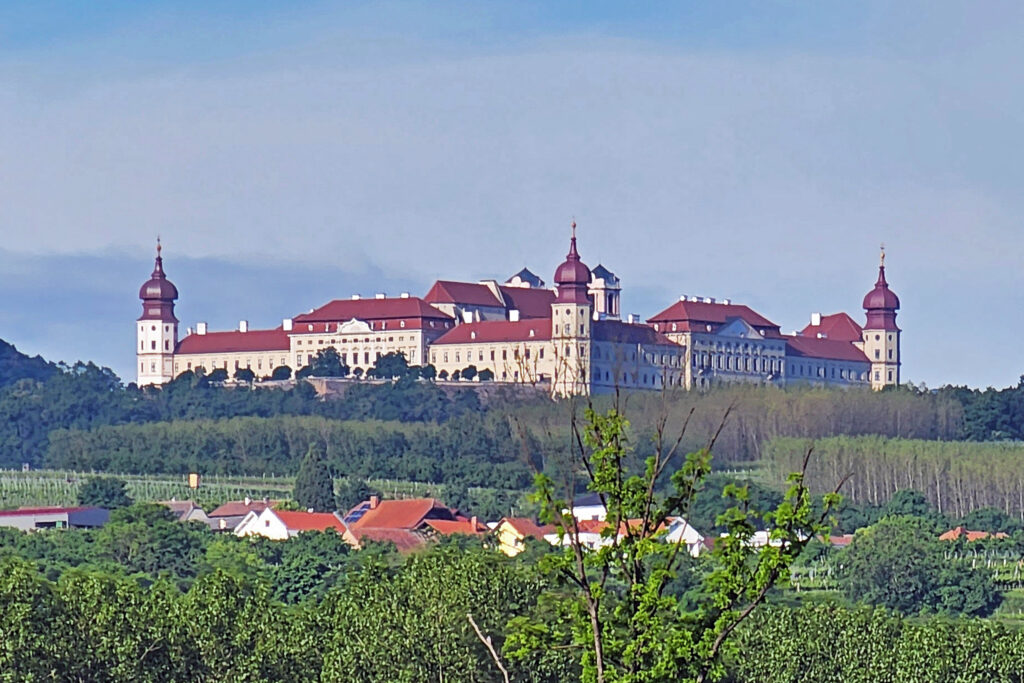
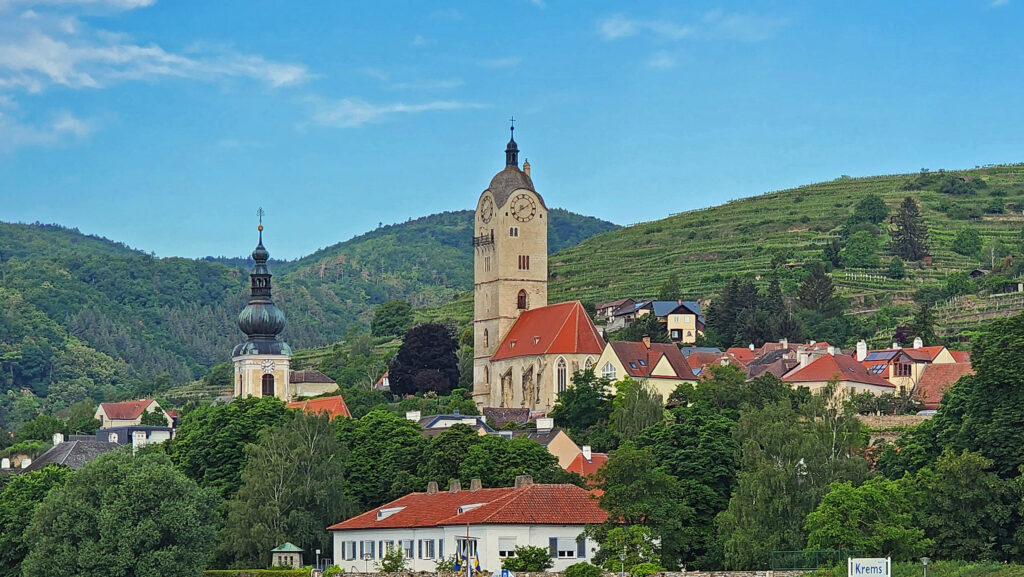
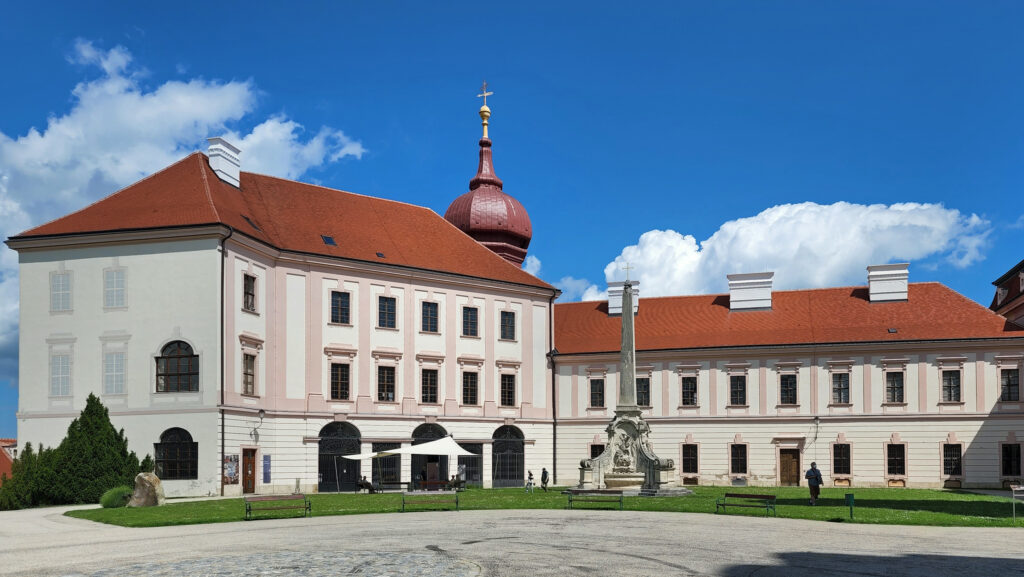
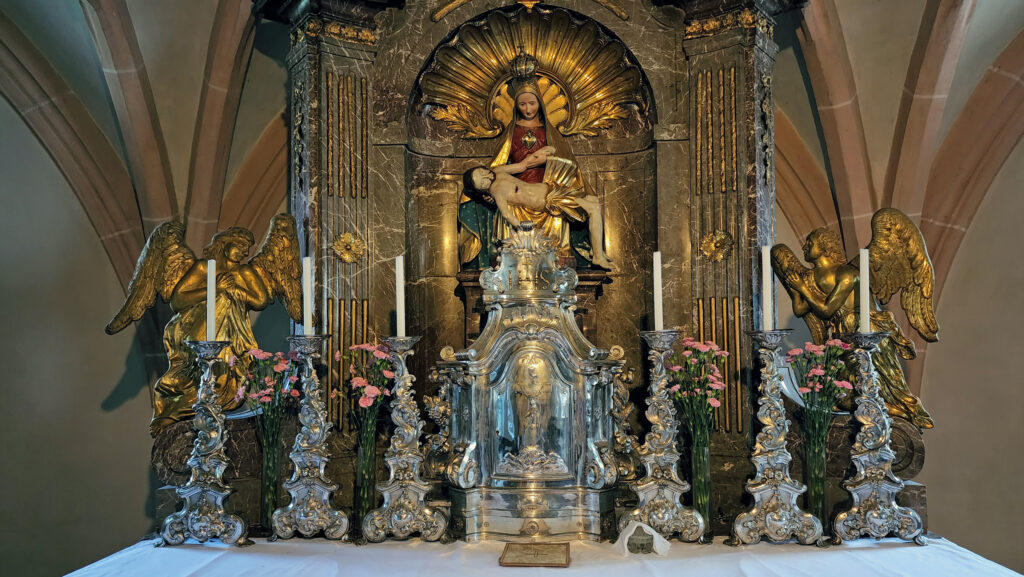
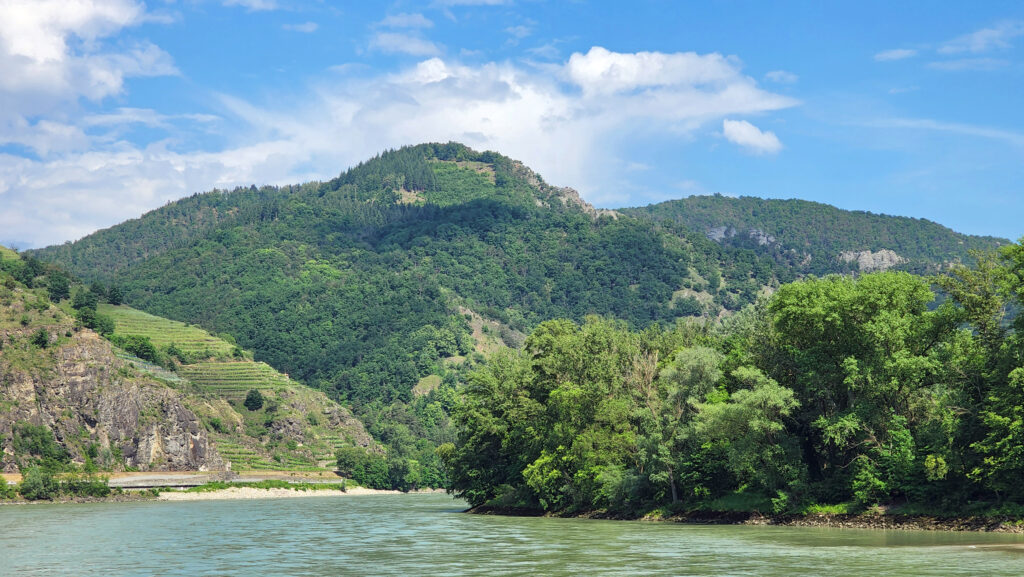
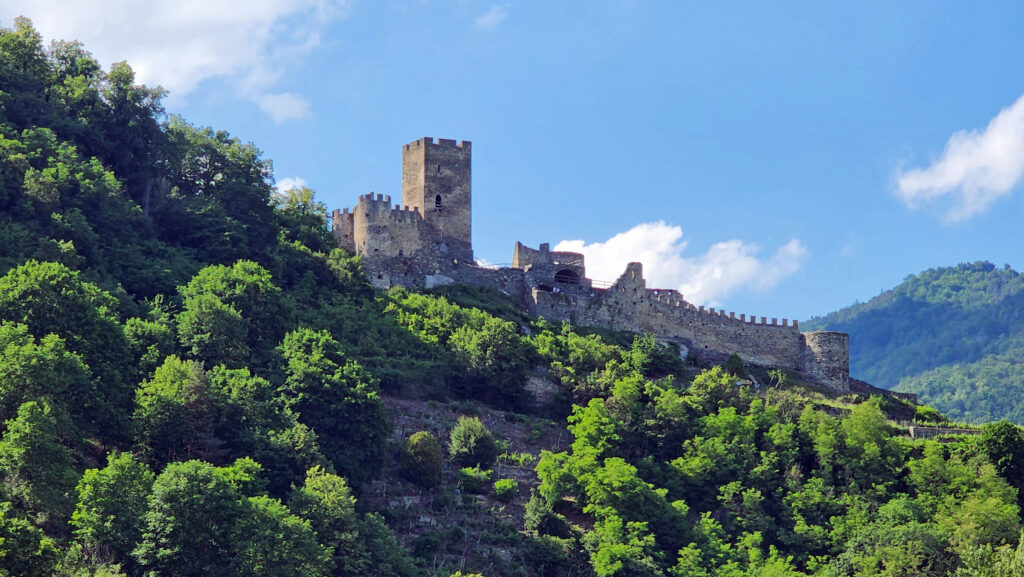
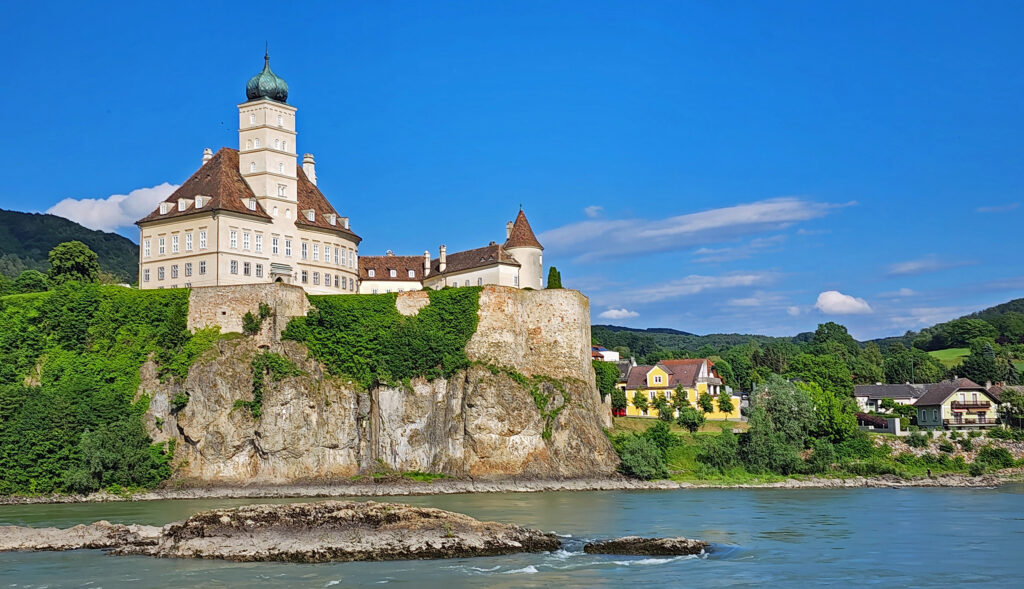
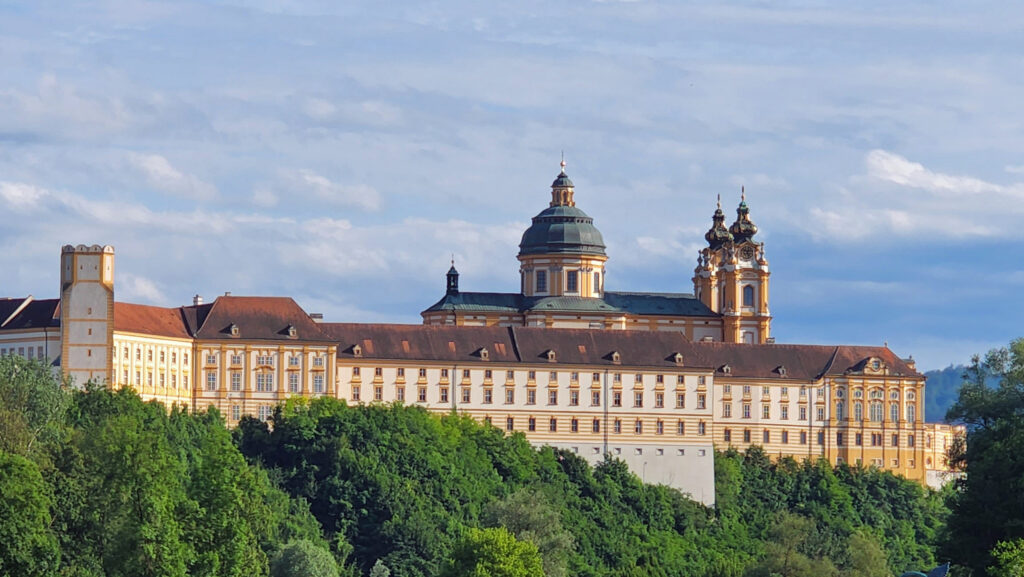
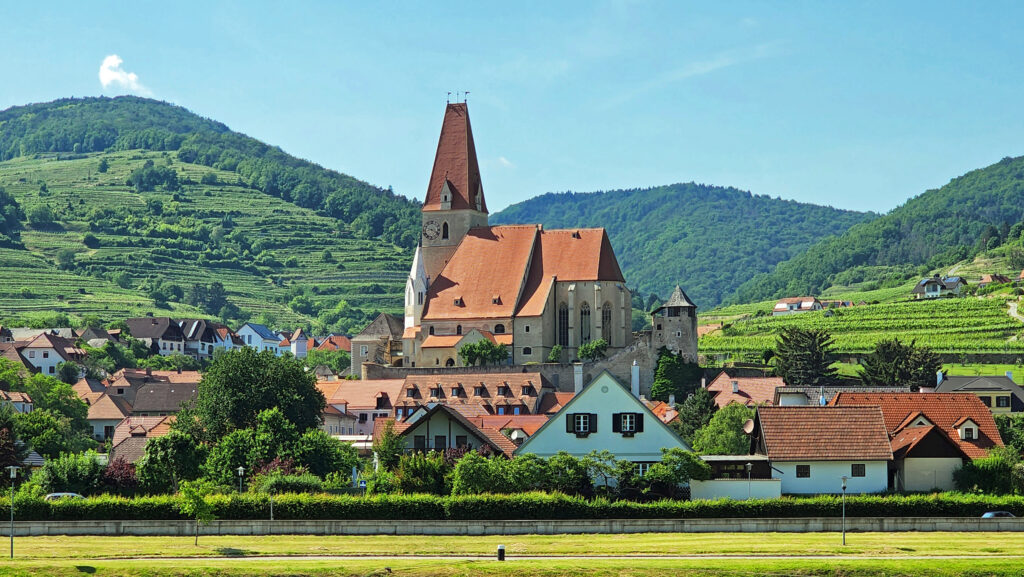
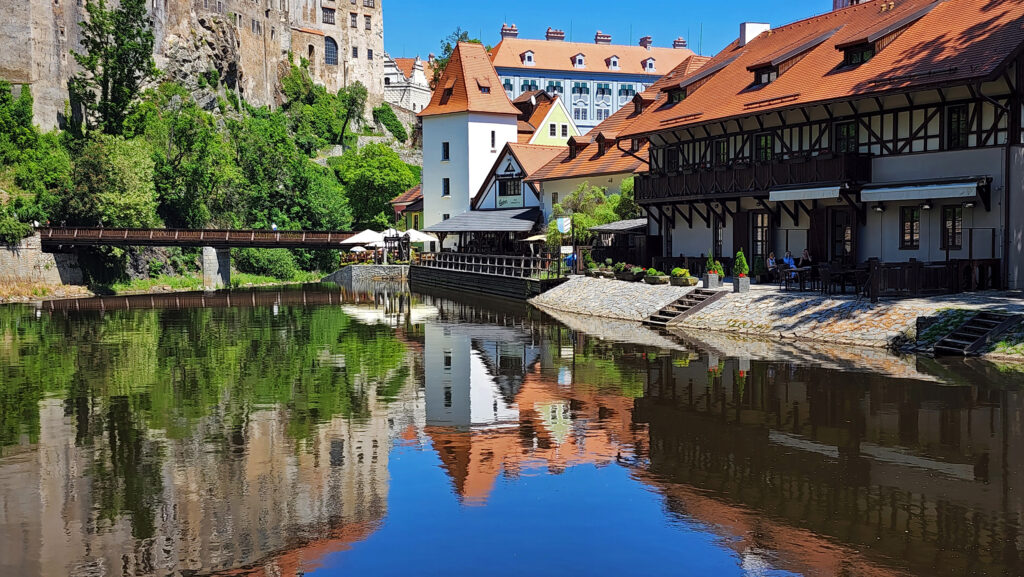
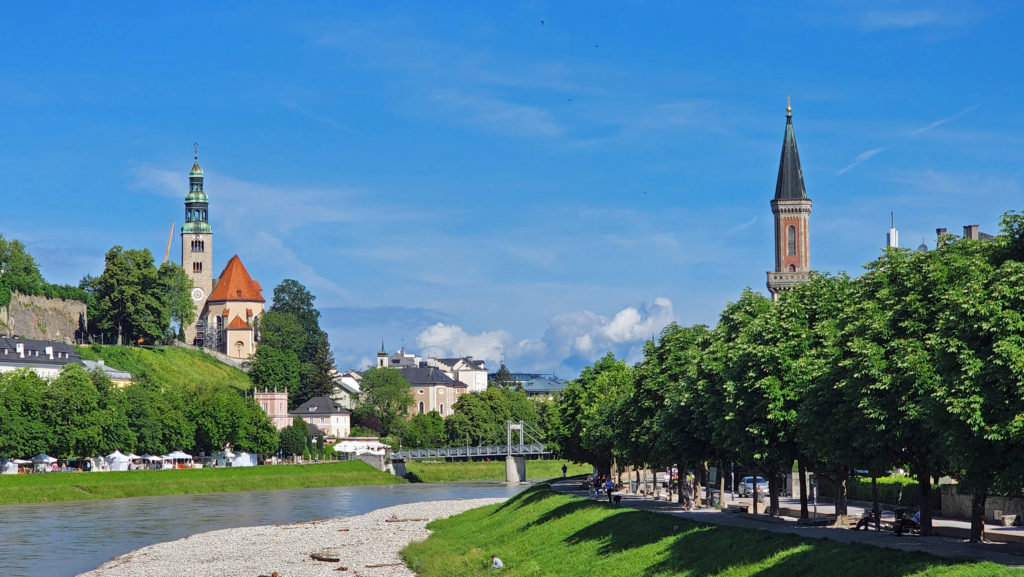
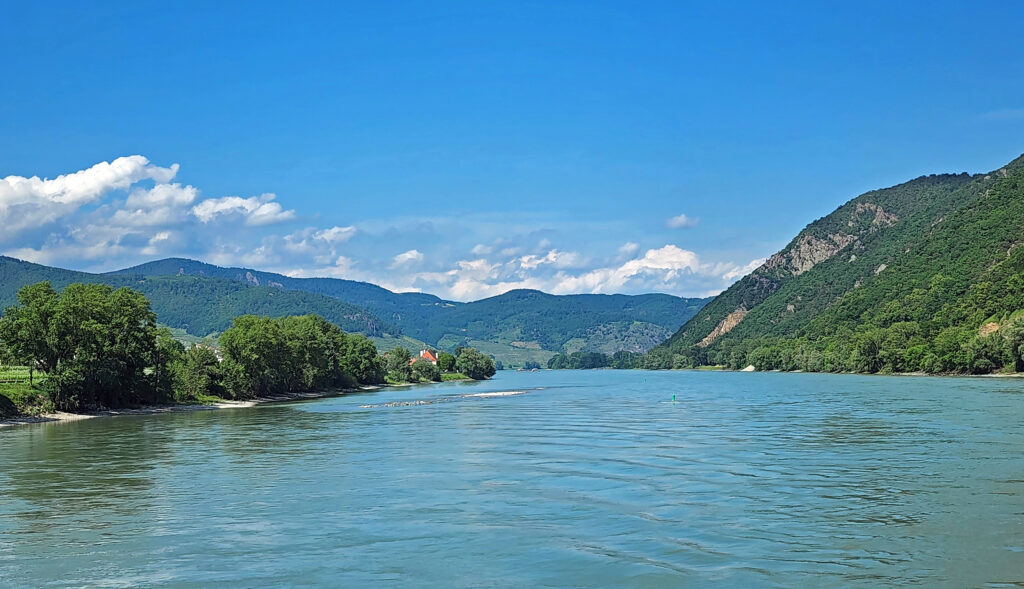
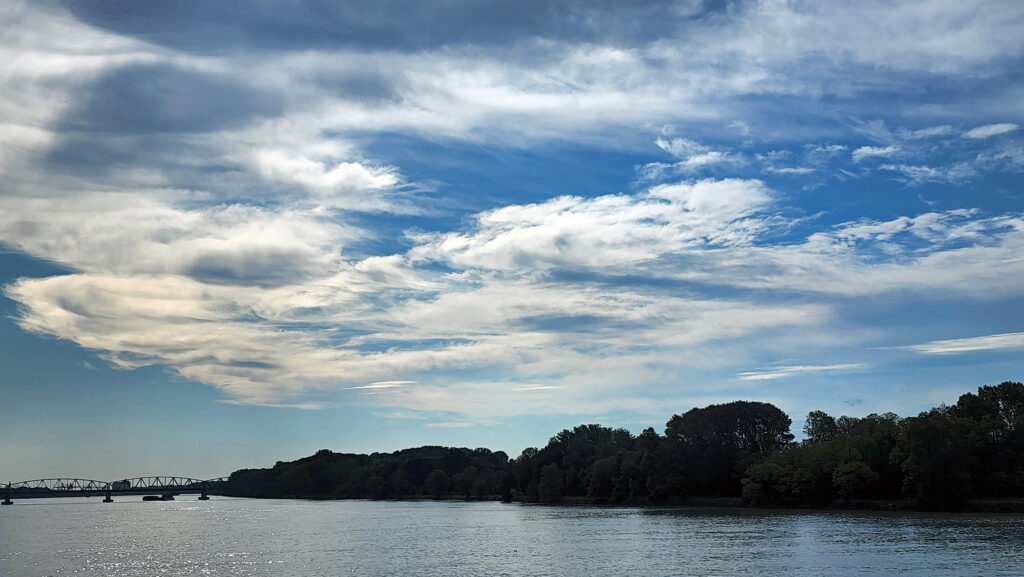

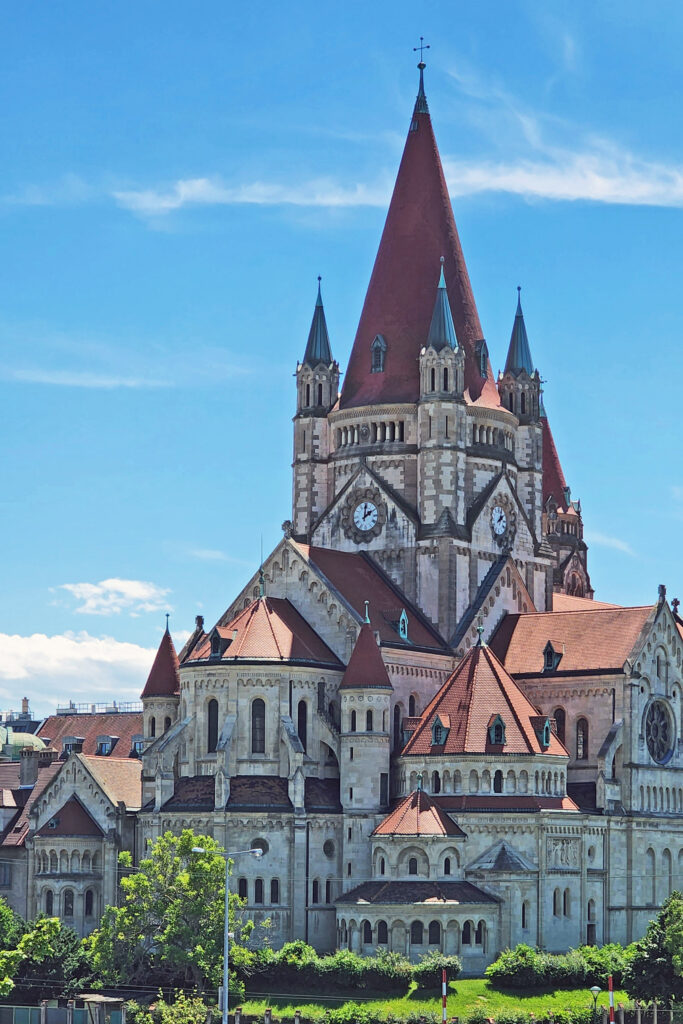
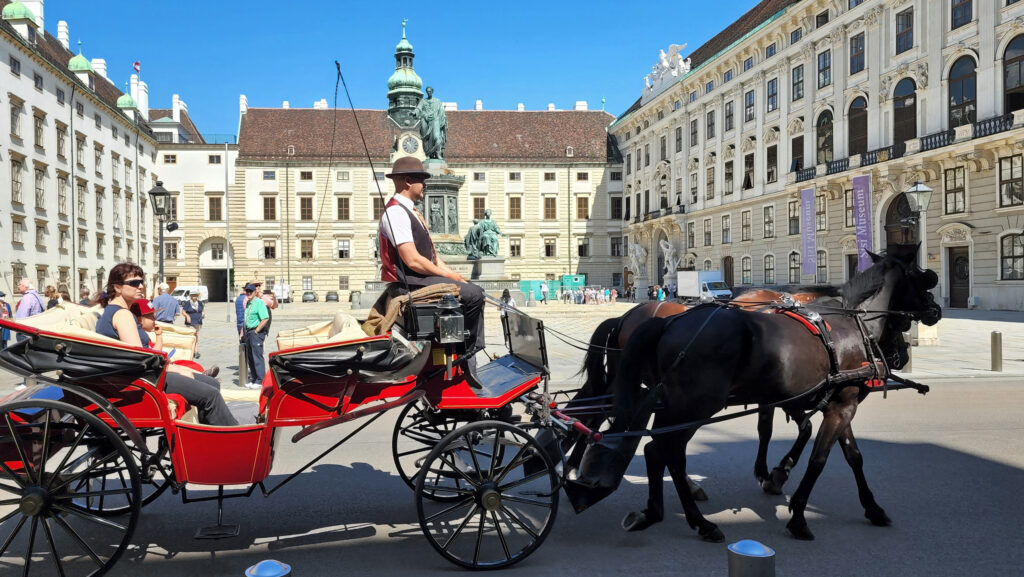
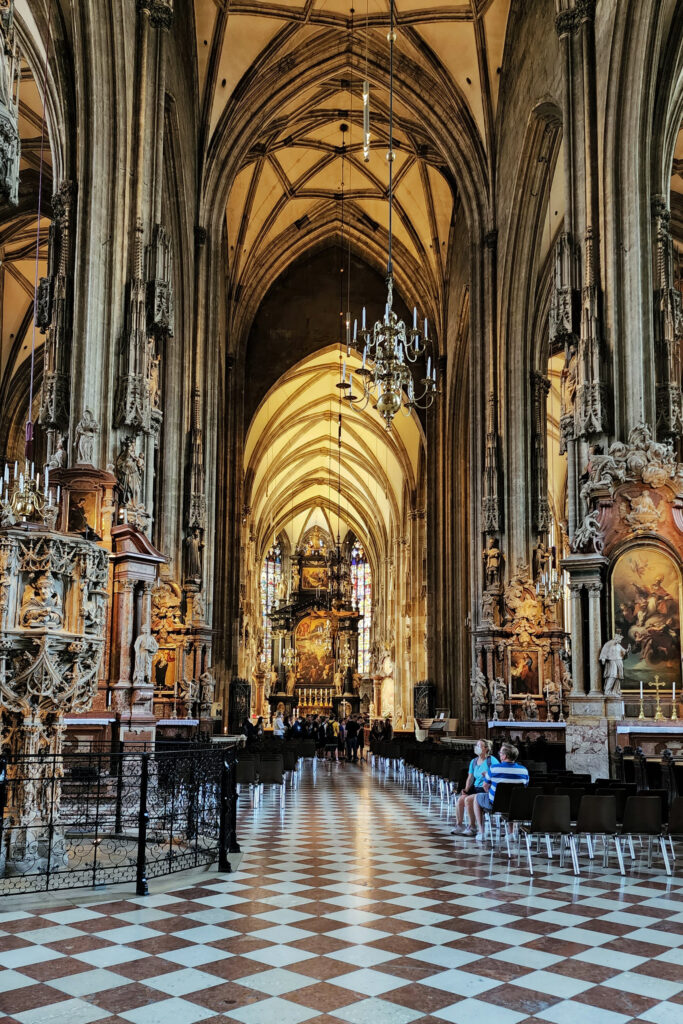
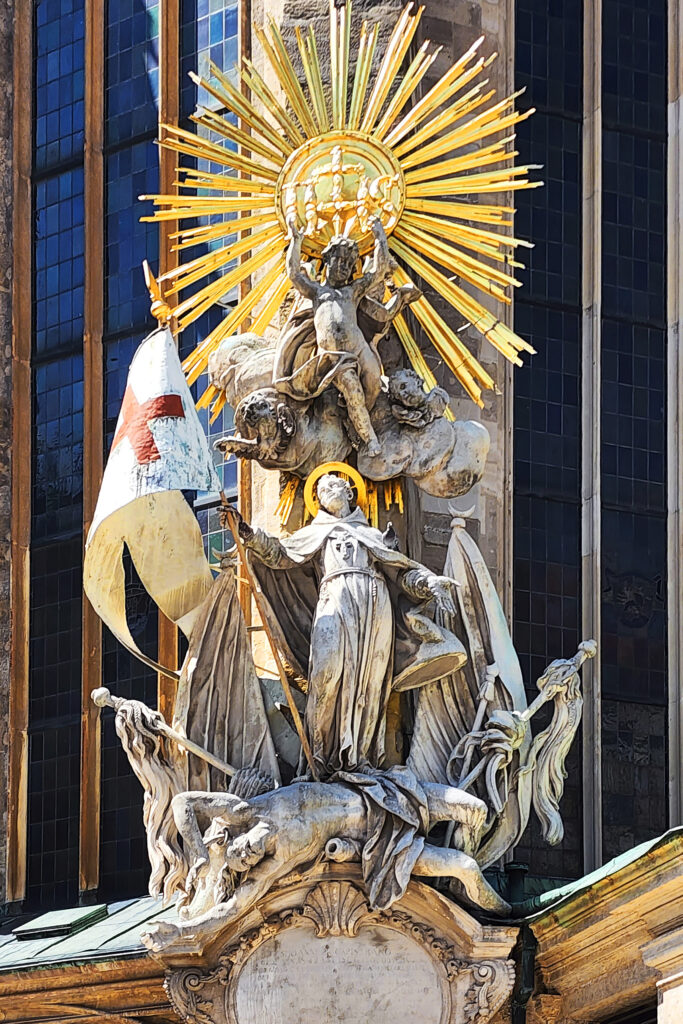

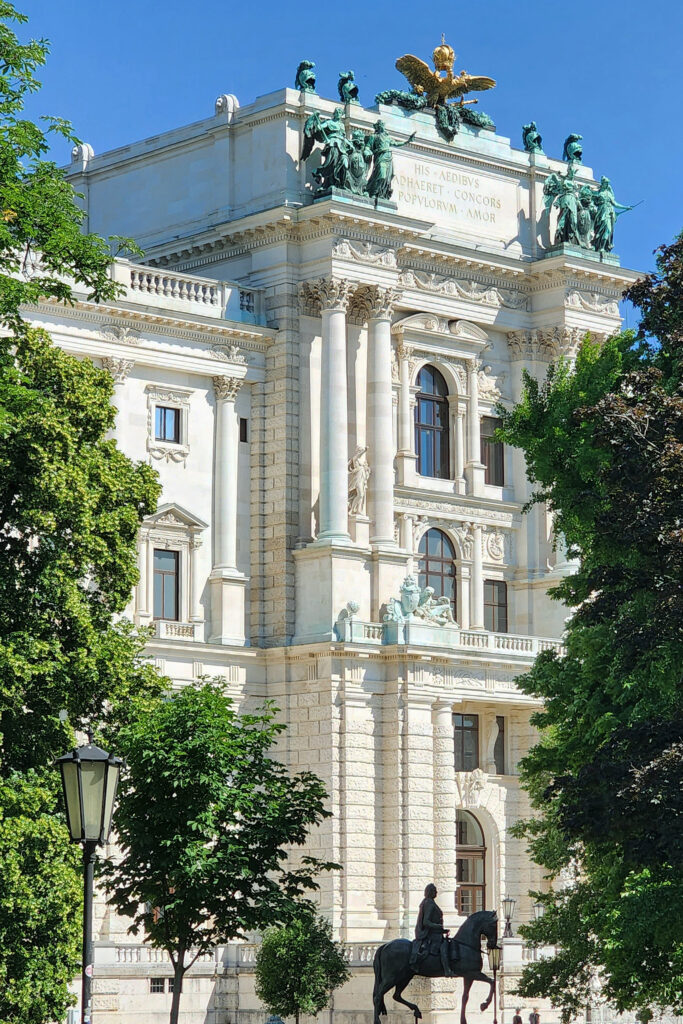

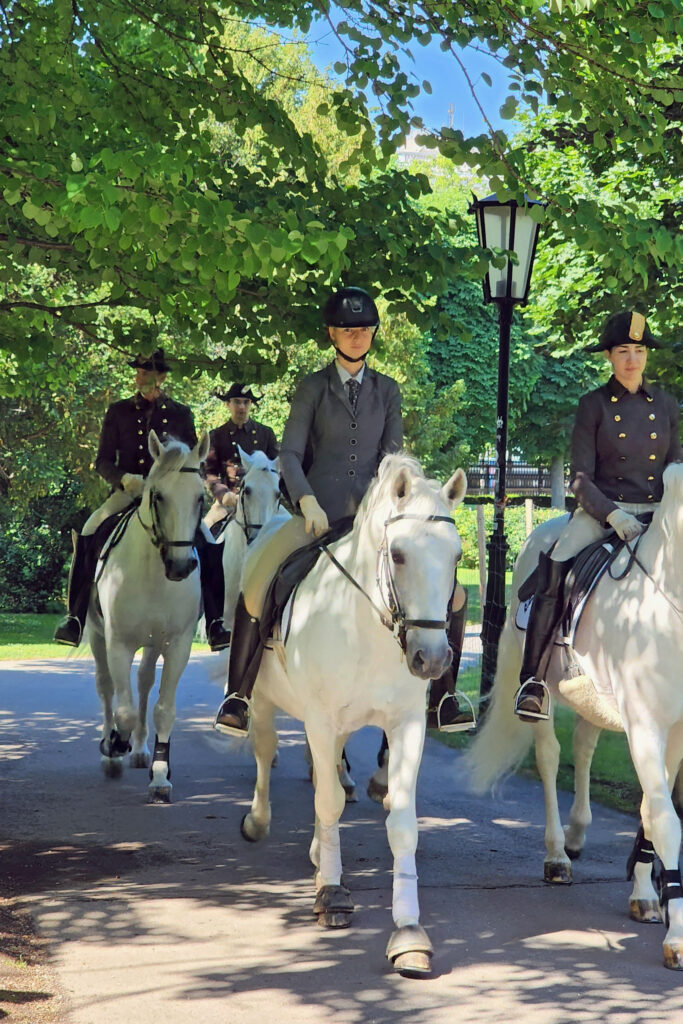

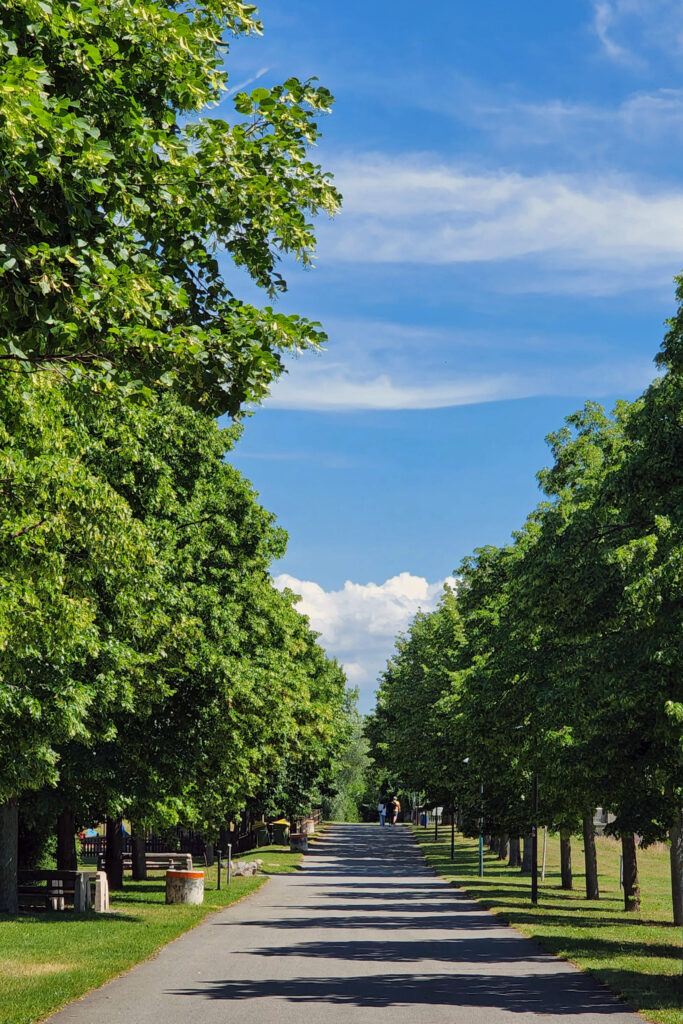
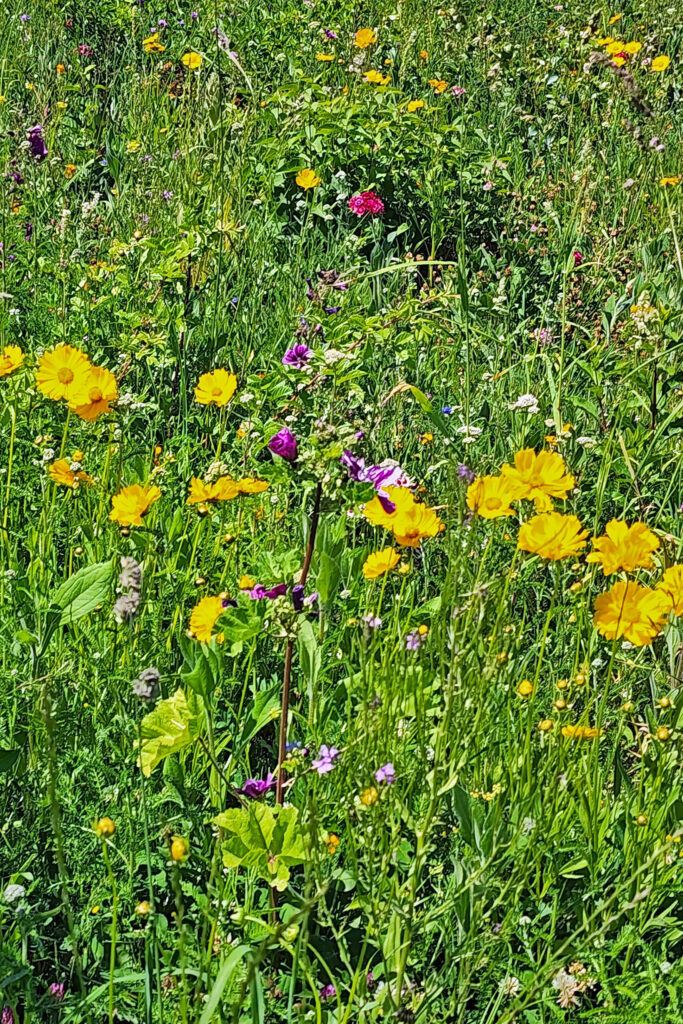
 Vienna is also a city of many beautiful parks and natural areas. After our walking tour of the medieval center, we crossed the Danube and spend some time in a beautiful park on a long, narrow, tree lined island between the main channel of the Danube and the Neue Donau side channel.
Vienna is also a city of many beautiful parks and natural areas. After our walking tour of the medieval center, we crossed the Danube and spend some time in a beautiful park on a long, narrow, tree lined island between the main channel of the Danube and the Neue Donau side channel.
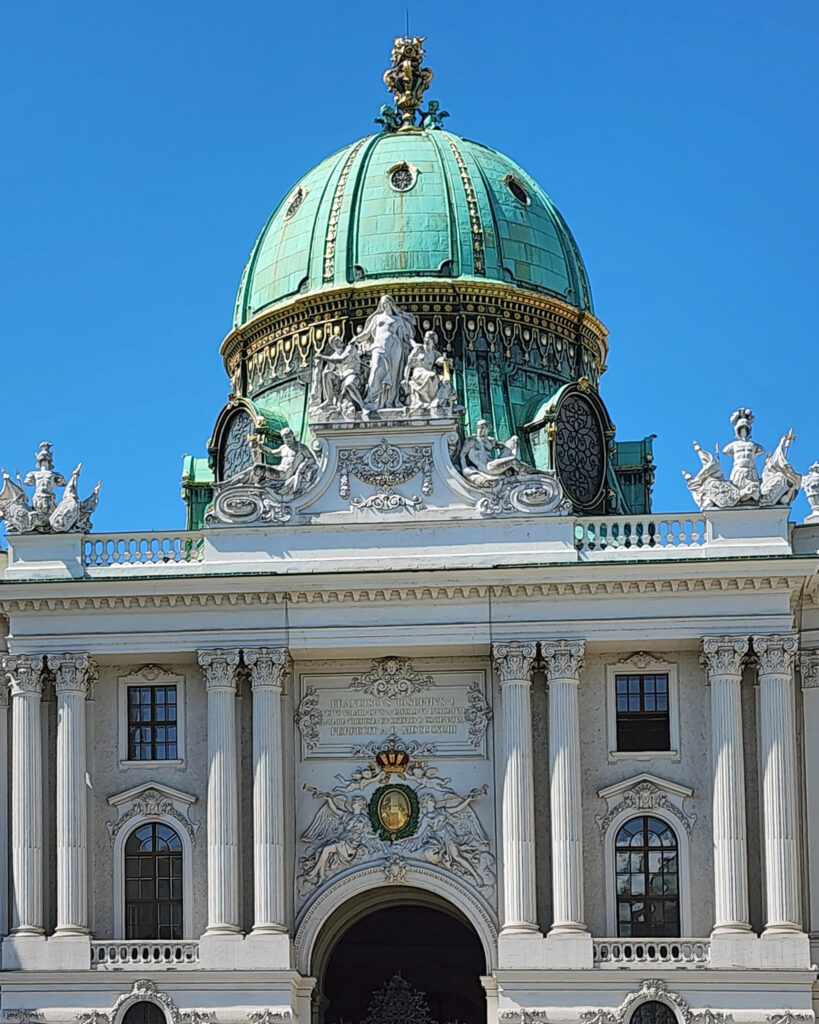
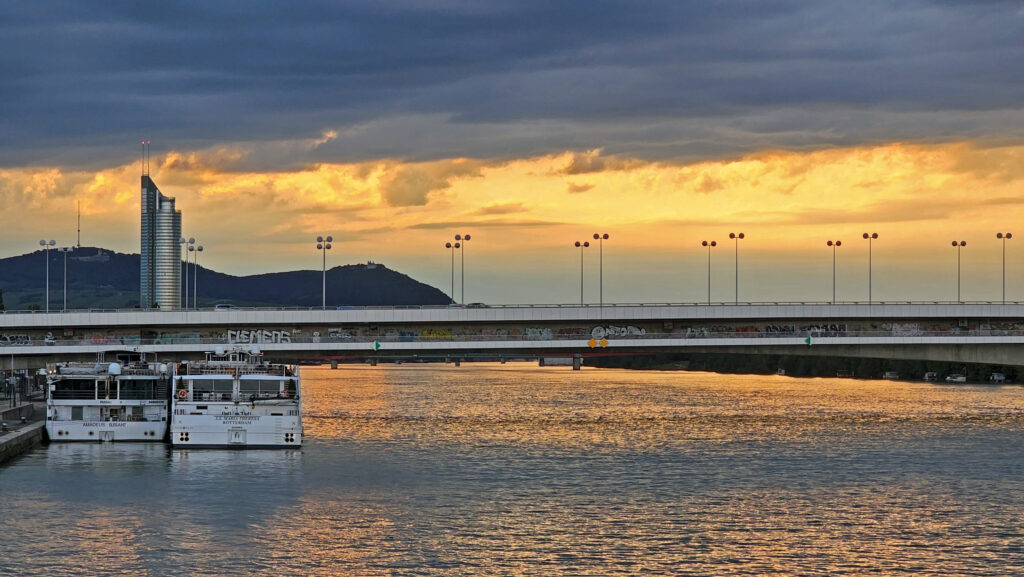
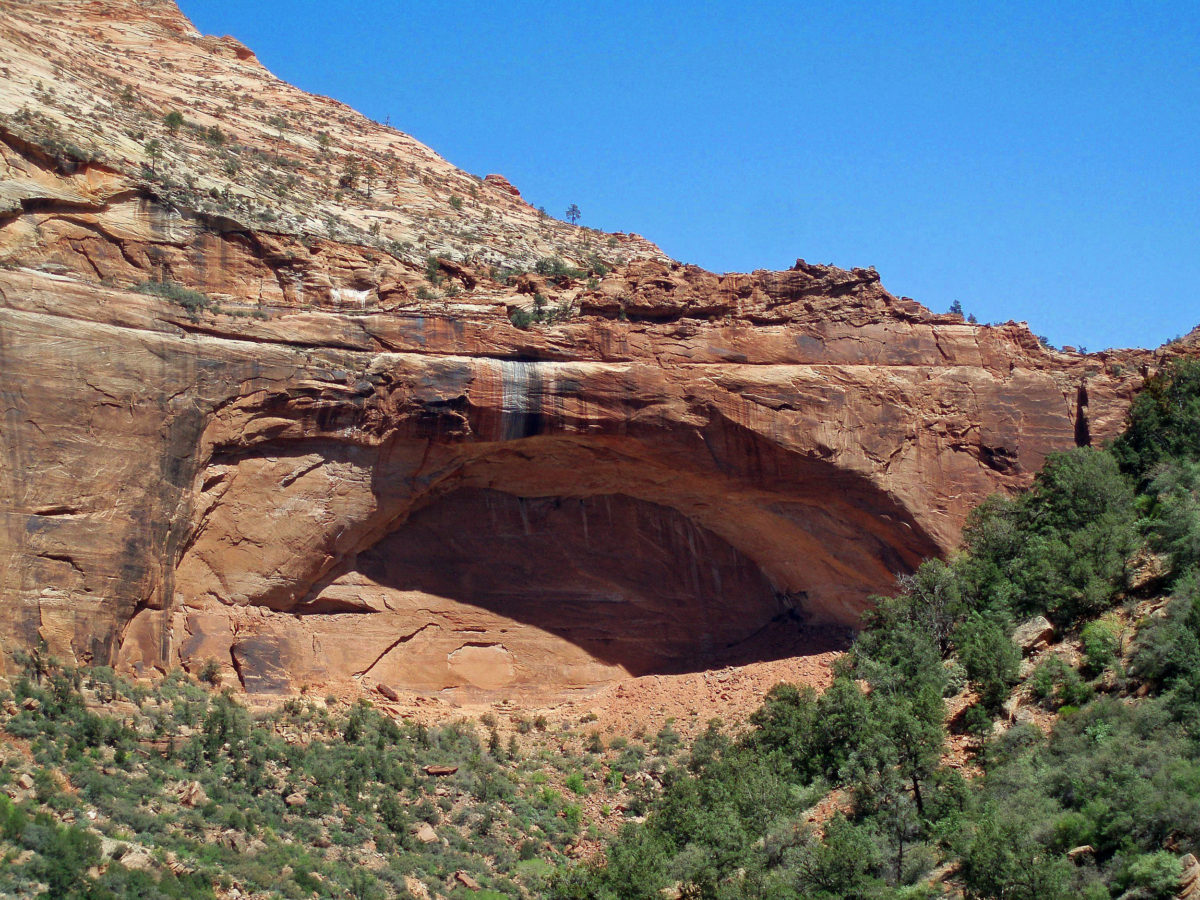
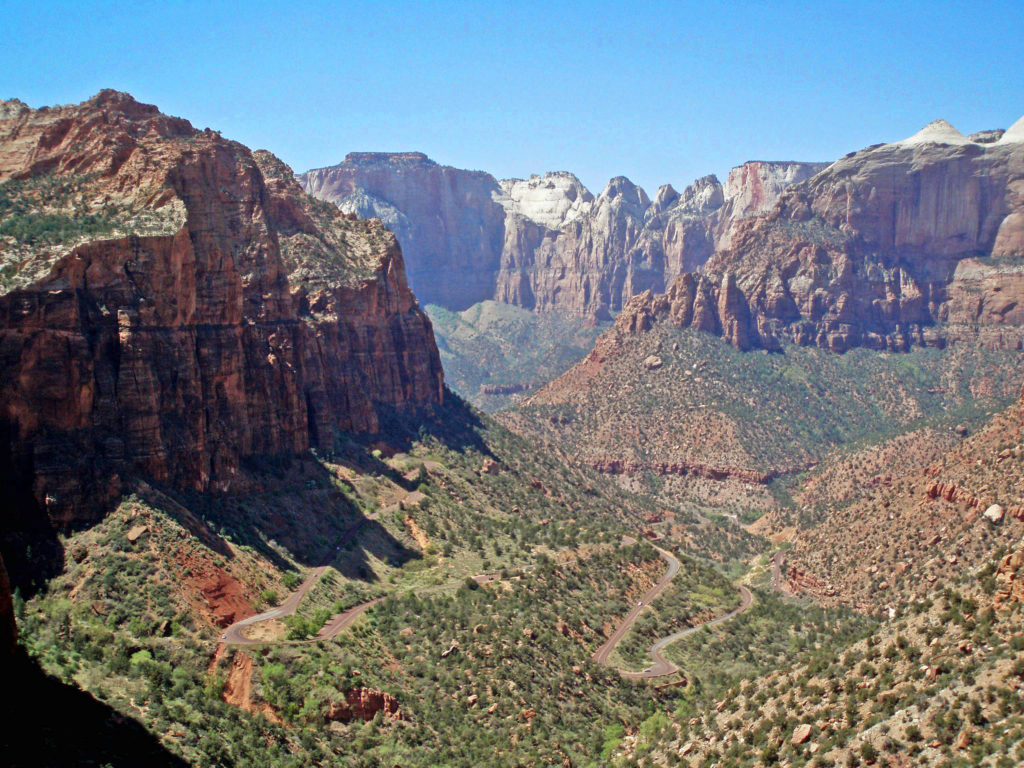

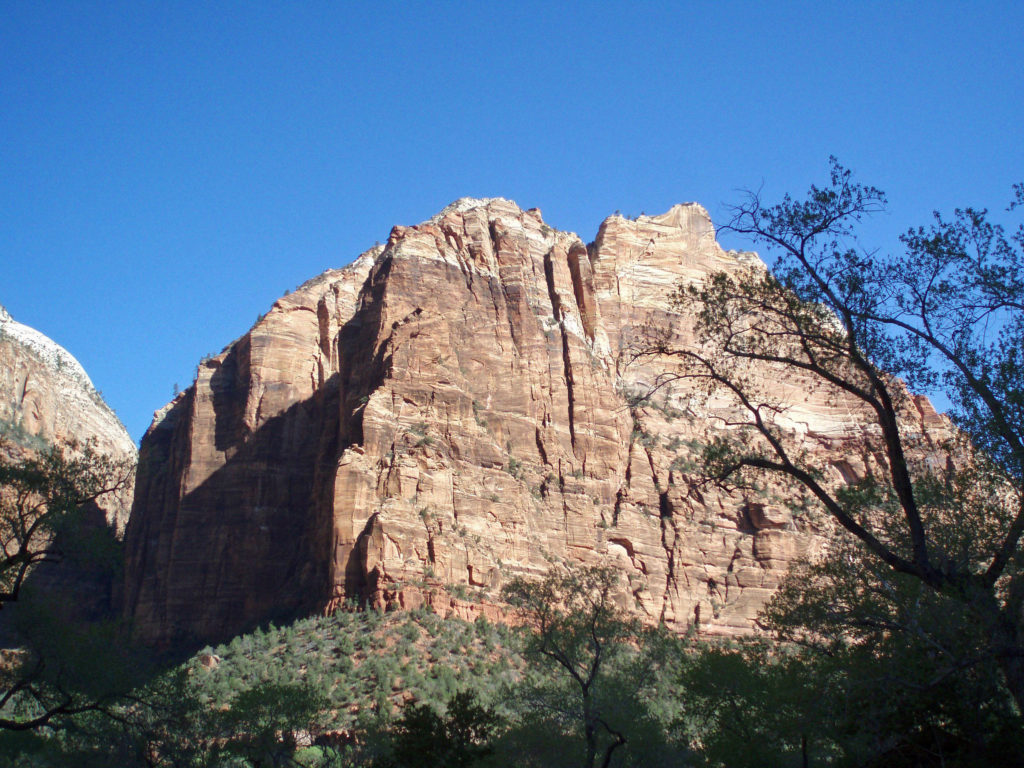
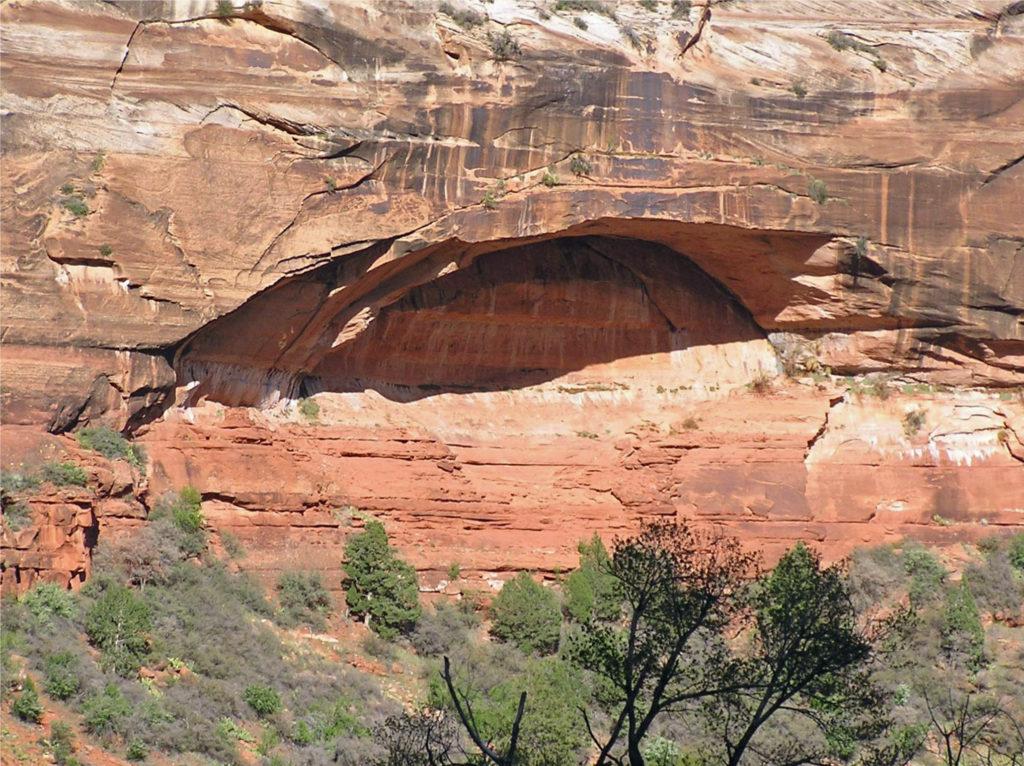
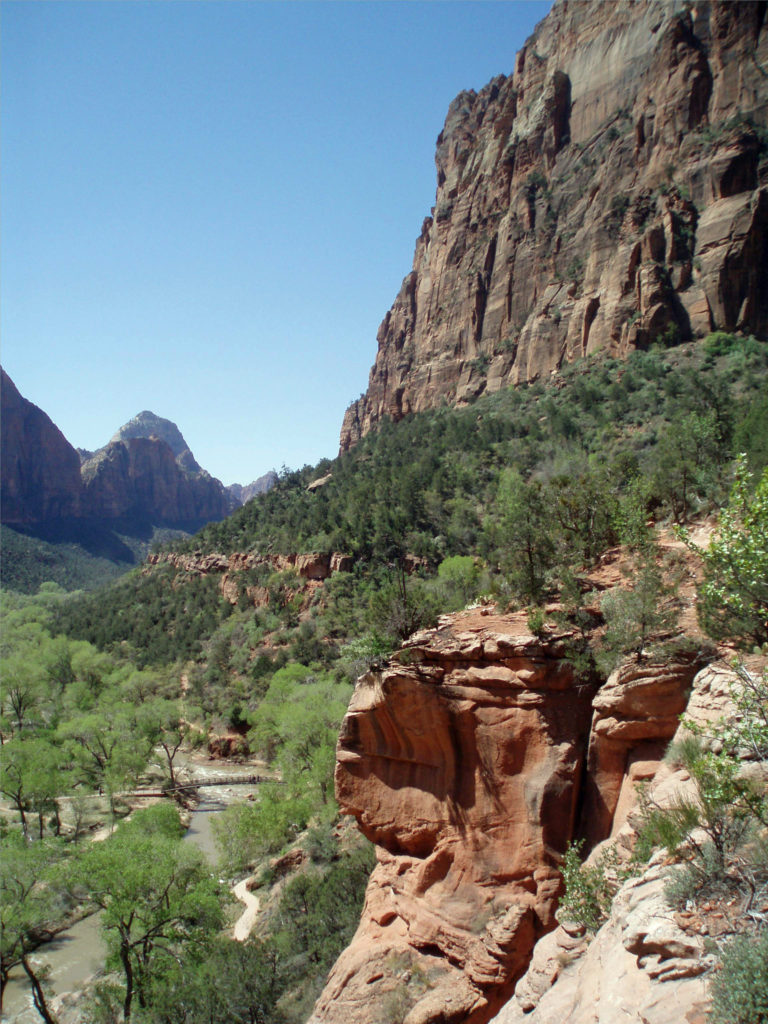 Bicycling is permitted on all park roadways and on the Pa’rus Trail. All other park trails, off-trail routes, and the Zion-Mount Carmel Tunnel are closed to bikes. There are a number of places in Springdale where you can rent bikes and there are also numerous companies offering bicycle tours of Zion. Biking the canyon is a good alternative to riding the shuttle. From the Zion Canyon Visitor Center to the Temple of Sinawava at the end of the Zion Canyon Scenic Drive is about eight miles, with a few moderate hills along the way.
Bicycling is permitted on all park roadways and on the Pa’rus Trail. All other park trails, off-trail routes, and the Zion-Mount Carmel Tunnel are closed to bikes. There are a number of places in Springdale where you can rent bikes and there are also numerous companies offering bicycle tours of Zion. Biking the canyon is a good alternative to riding the shuttle. From the Zion Canyon Visitor Center to the Temple of Sinawava at the end of the Zion Canyon Scenic Drive is about eight miles, with a few moderate hills along the way.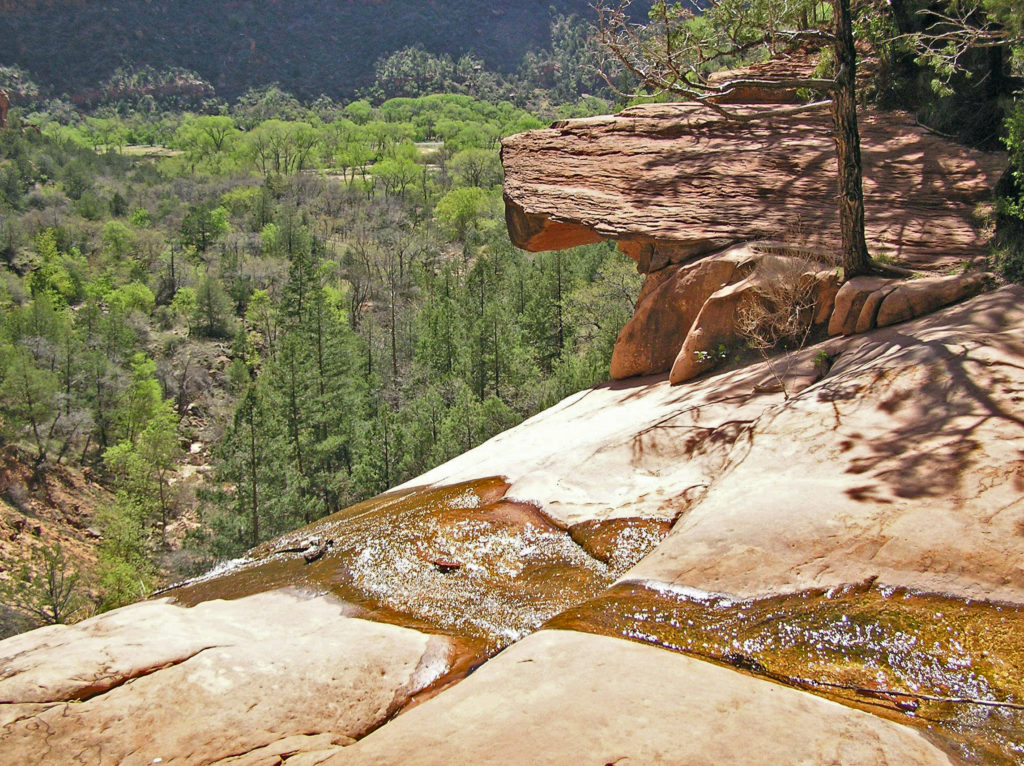 If you drive an electric vehicle, two charging stations are located within Zion National Park, one at the Zion Canyon Visitor Center and the other at the Kolob Canyons Visitor Center in the north end of the park. You can purchase a $5 pass code at the Zion Canyon Visitor Center that is valid for three days at either of the park’s charging stations. In Springdale, there are three Tesla charging stations (as well as others in nearby communities). Electrify America stations are located in St. George and Cedar City. ChargePoint and SemaConnect stations can be found in St. George.
If you drive an electric vehicle, two charging stations are located within Zion National Park, one at the Zion Canyon Visitor Center and the other at the Kolob Canyons Visitor Center in the north end of the park. You can purchase a $5 pass code at the Zion Canyon Visitor Center that is valid for three days at either of the park’s charging stations. In Springdale, there are three Tesla charging stations (as well as others in nearby communities). Electrify America stations are located in St. George and Cedar City. ChargePoint and SemaConnect stations can be found in St. George.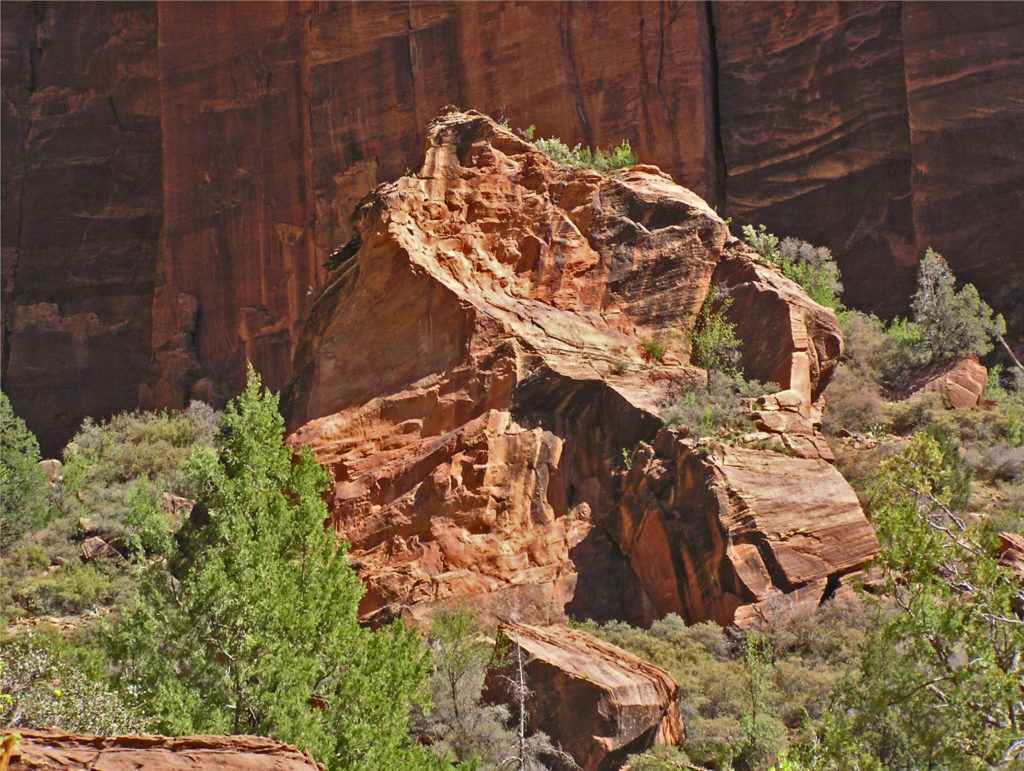
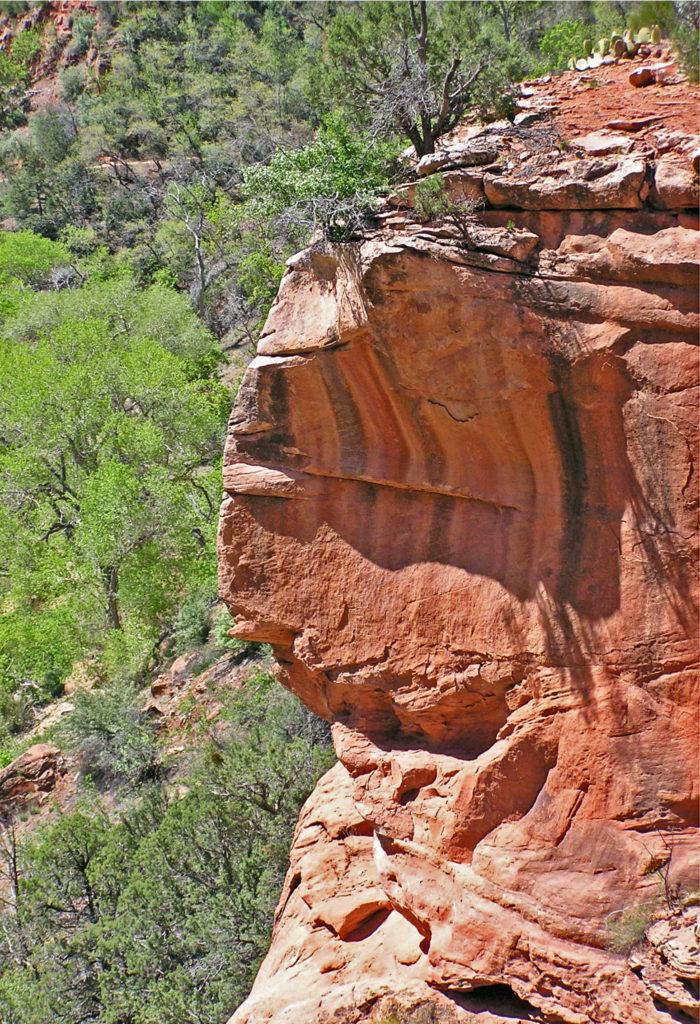 If you’re camping, Zion Canyon Campground in Springdale has 133 RV sites and 47 tent sites. Zion River Resort in nearby Virgin, Utah also has RV sites and cabins. There are two campgrounds within the national park near Springdale, South Campground and Watchman Campground. South Campground has 117 sites, but no hookups. Watchman has about 120 RV sites with full hookups and about 70 tent sites. South and Watchman both require advance reservations, except in winter. The small Lava Point Campground in the north end of the park is first come, first served, but has only six primitive sites. Check the park website for more detailed information. Reservations for the South and Watchman campgrounds can be made through
If you’re camping, Zion Canyon Campground in Springdale has 133 RV sites and 47 tent sites. Zion River Resort in nearby Virgin, Utah also has RV sites and cabins. There are two campgrounds within the national park near Springdale, South Campground and Watchman Campground. South Campground has 117 sites, but no hookups. Watchman has about 120 RV sites with full hookups and about 70 tent sites. South and Watchman both require advance reservations, except in winter. The small Lava Point Campground in the north end of the park is first come, first served, but has only six primitive sites. Check the park website for more detailed information. Reservations for the South and Watchman campgrounds can be made through 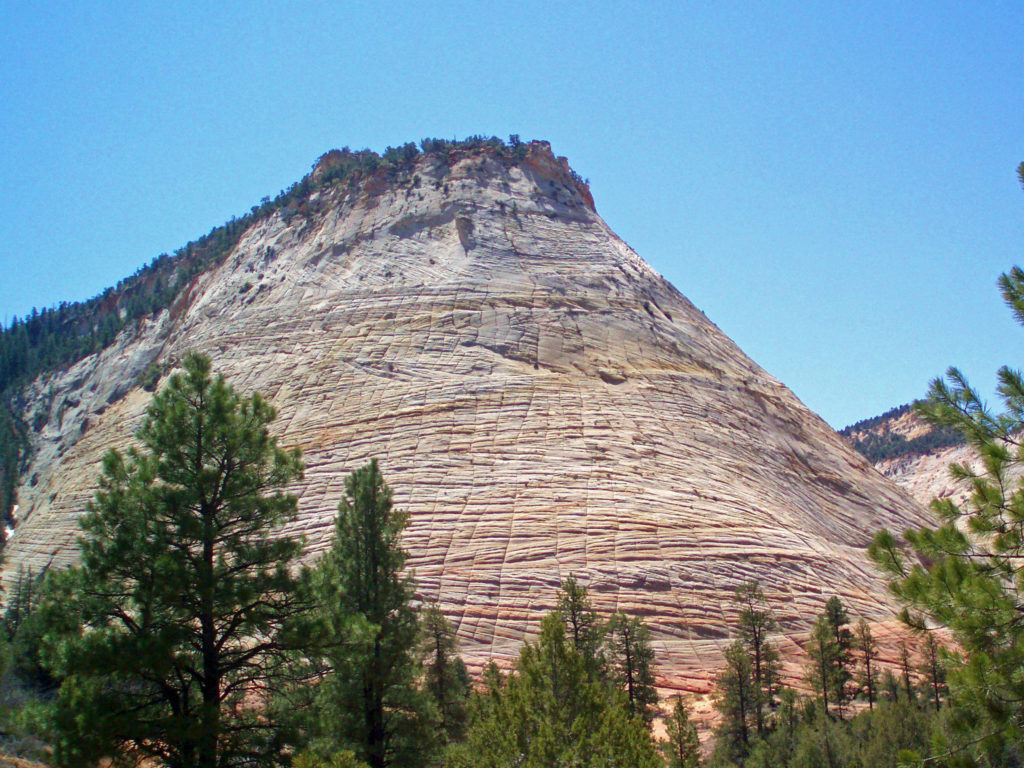
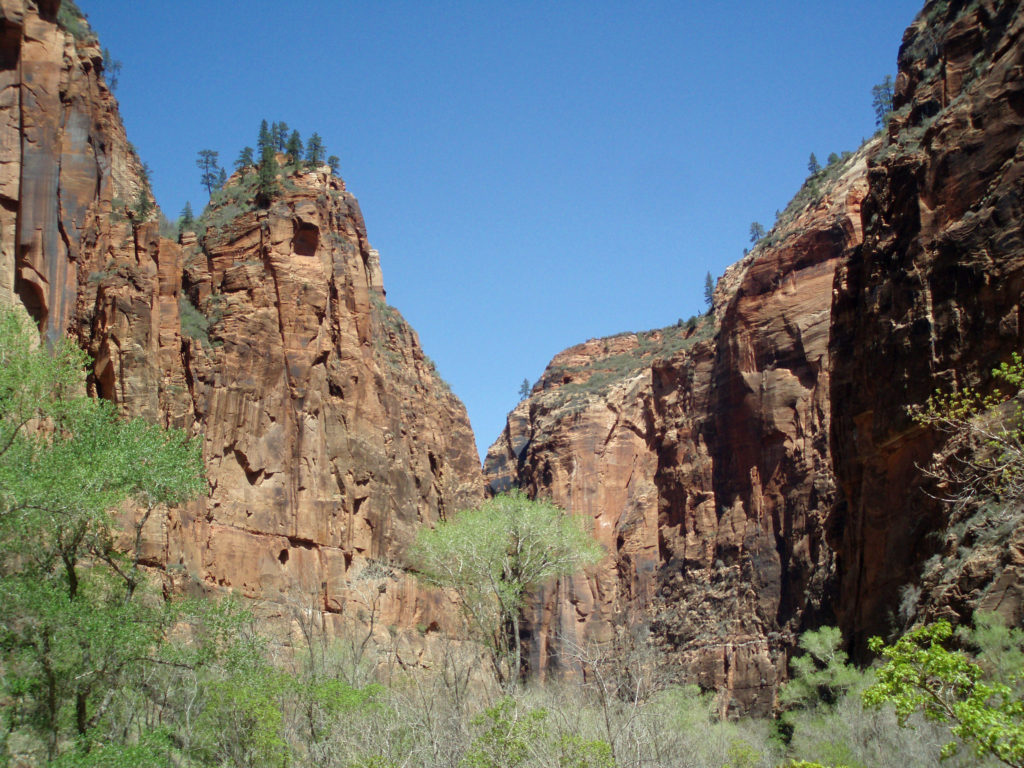 Where to Eat
Where to Eat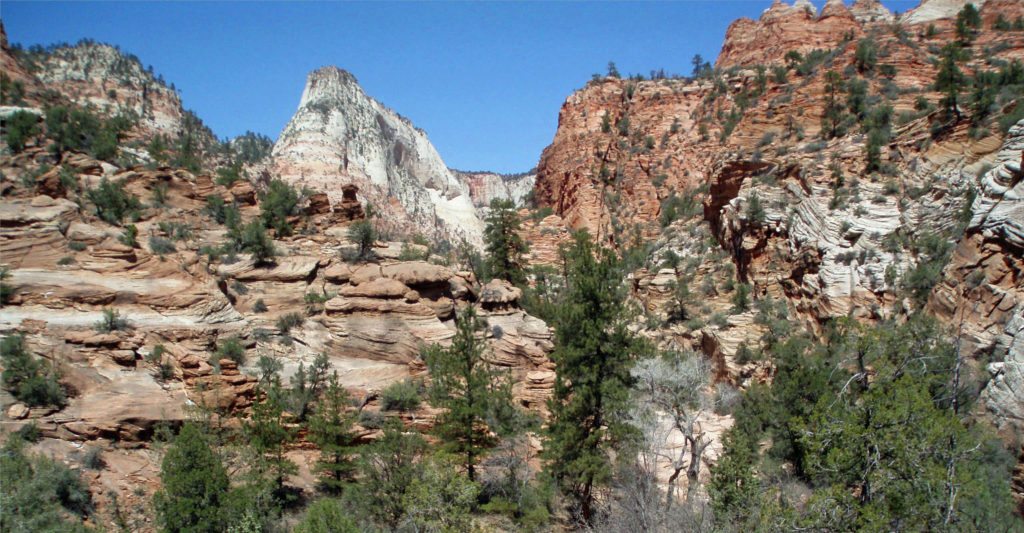
 One of the most spectacular hikes in the canyon is The Narrows. There is no trail through The Narrows – you’re hiking the bed of the Virgin River through a narrow canyon no more than 40 feet wide in places. If you’re interested in hiking The Narrows, be sure to check with the park rangers at the Zion Canyon Visitor Center. No permit is required, but The Narrows may be closed to hiking due to the possibility of flash floods. Thunderstorms many miles north of the park may lead to sudden and potentially life threatening rises in the river level with no warning, even when the park is sunny and cloudless. But if it’s doable safely, it’s a fantastic and unique hiking experience.
One of the most spectacular hikes in the canyon is The Narrows. There is no trail through The Narrows – you’re hiking the bed of the Virgin River through a narrow canyon no more than 40 feet wide in places. If you’re interested in hiking The Narrows, be sure to check with the park rangers at the Zion Canyon Visitor Center. No permit is required, but The Narrows may be closed to hiking due to the possibility of flash floods. Thunderstorms many miles north of the park may lead to sudden and potentially life threatening rises in the river level with no warning, even when the park is sunny and cloudless. But if it’s doable safely, it’s a fantastic and unique hiking experience.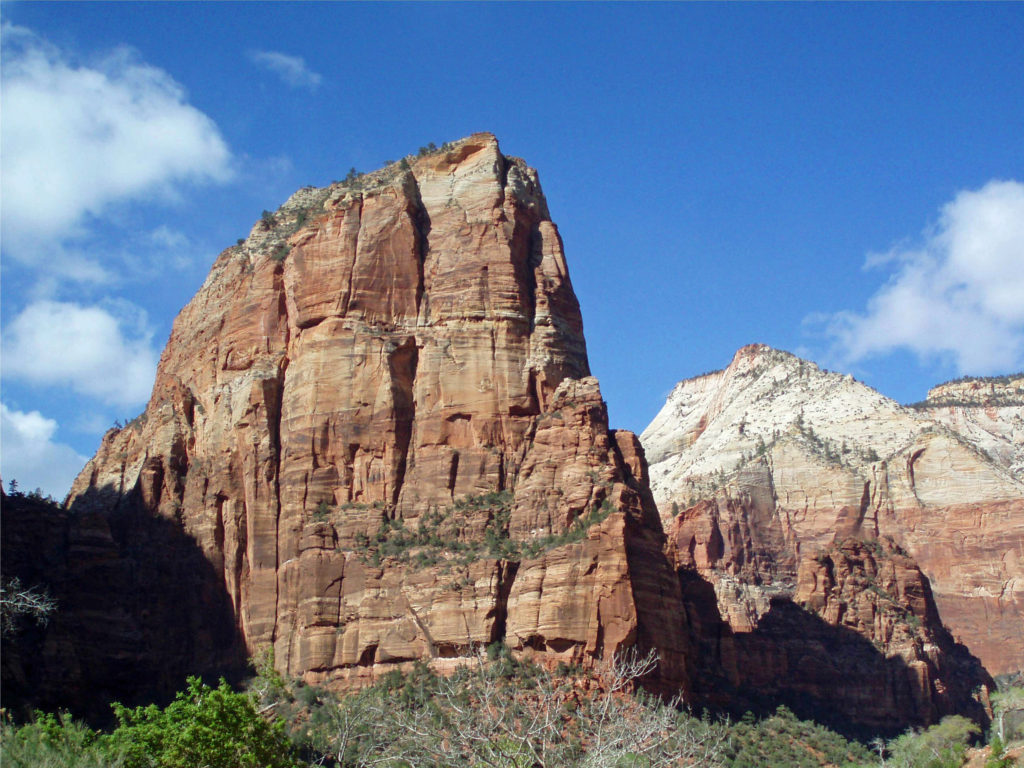 Trails outside of Zion Canyon (and all canyoneering routes) require a wilderness pass. Most are available online through the park’s website, but permits for some trails are only available in person.
Trails outside of Zion Canyon (and all canyoneering routes) require a wilderness pass. Most are available online through the park’s website, but permits for some trails are only available in person.
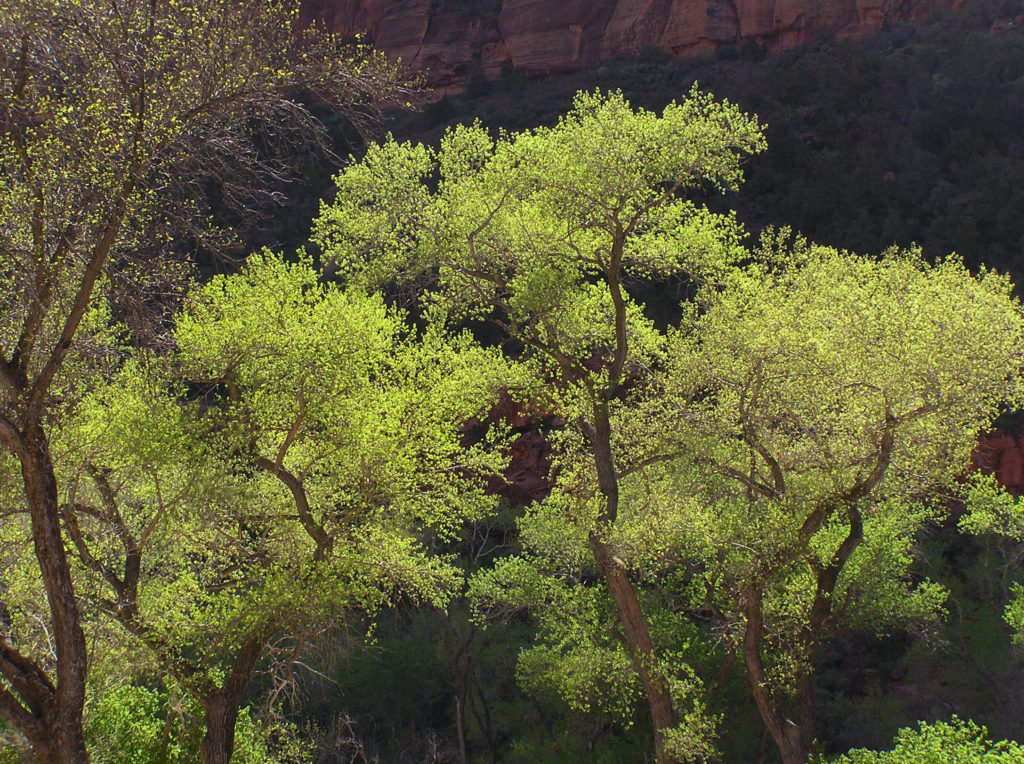 One hour and three hour horseback rides within the park can be booked through
One hour and three hour horseback rides within the park can be booked through 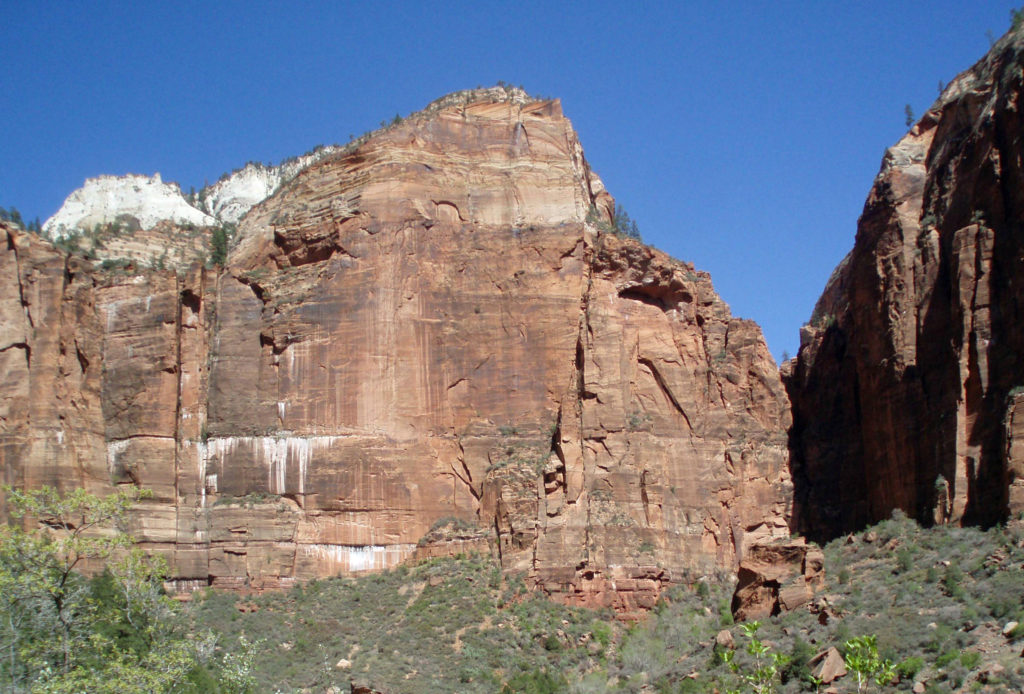 Off road vehicle tours are also available from a variety of providers. Like mountain bike tours, these are outside of the park. Again, I have no personal experience, so can’t make any recommendations, but the tours are popular.
Off road vehicle tours are also available from a variety of providers. Like mountain bike tours, these are outside of the park. Again, I have no personal experience, so can’t make any recommendations, but the tours are popular.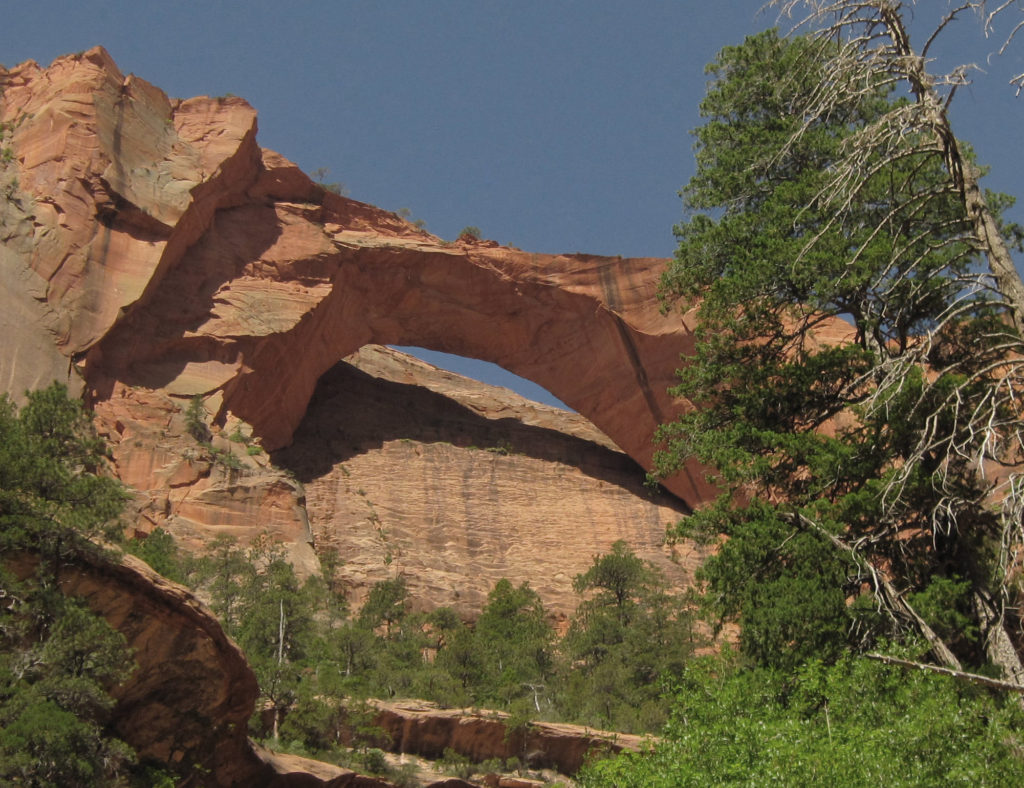

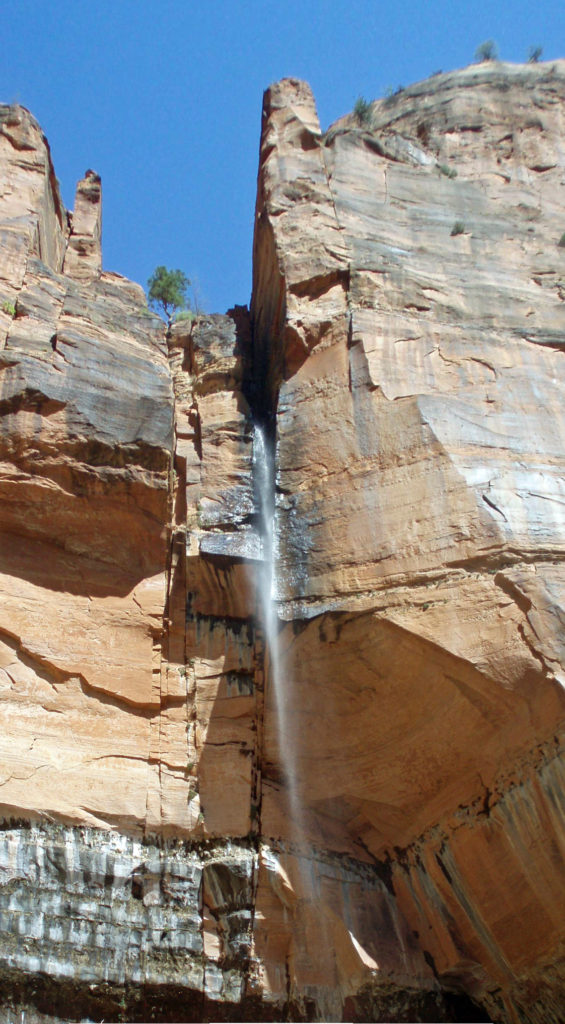 I can pretty much guarantee that no matter who you are or where your interests lie, a trip to Zion National Park will be an adventure you will not soon forget.
I can pretty much guarantee that no matter who you are or where your interests lie, a trip to Zion National Park will be an adventure you will not soon forget.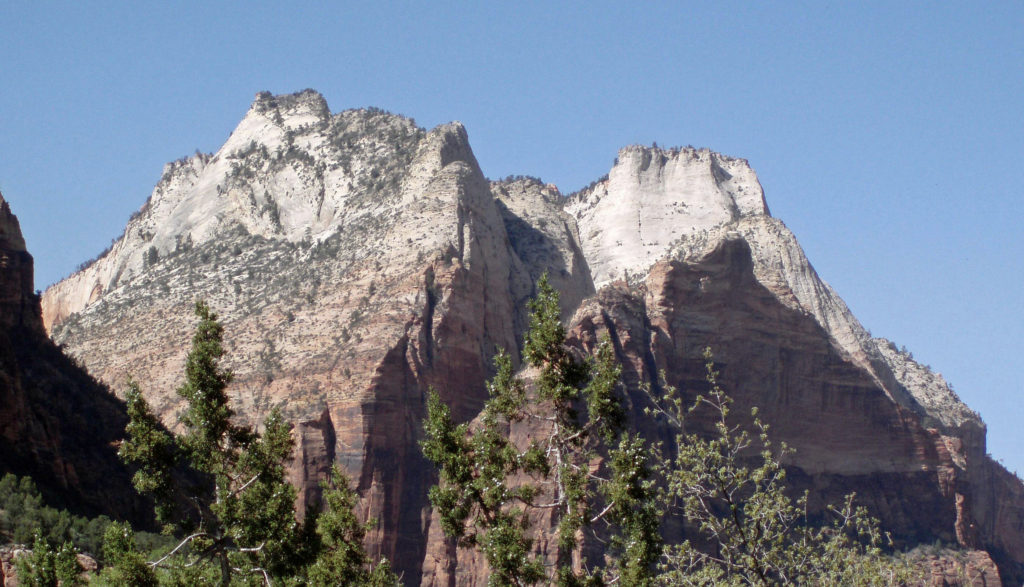 Originally posted June 14, 2021 by Alan K. Lee. Updated and re-posted March 15, 2024.
Originally posted June 14, 2021 by Alan K. Lee. Updated and re-posted March 15, 2024.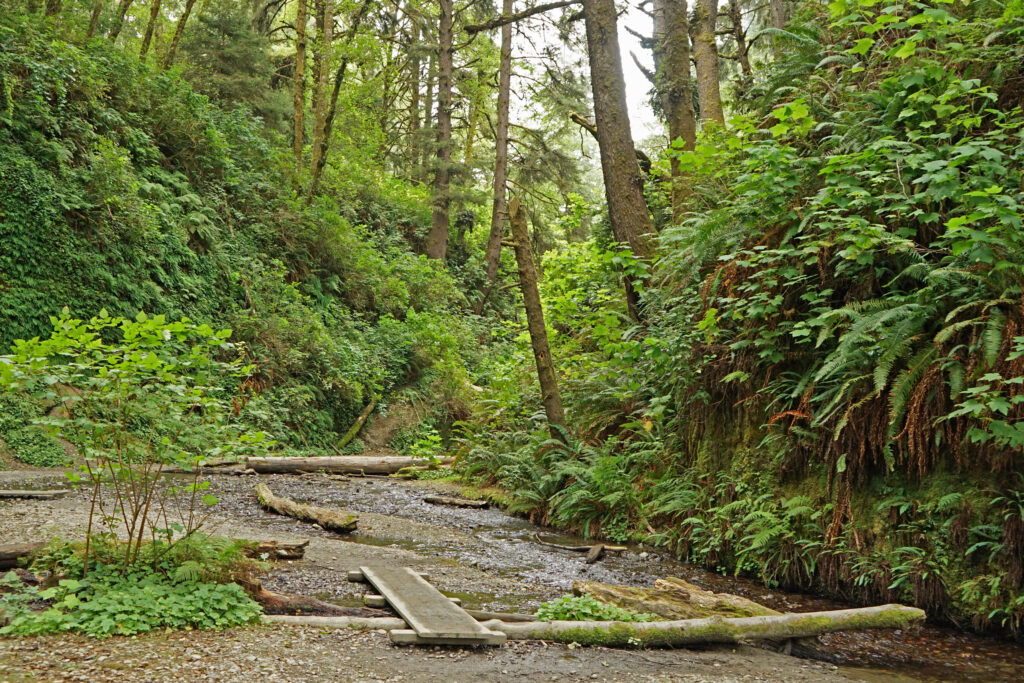



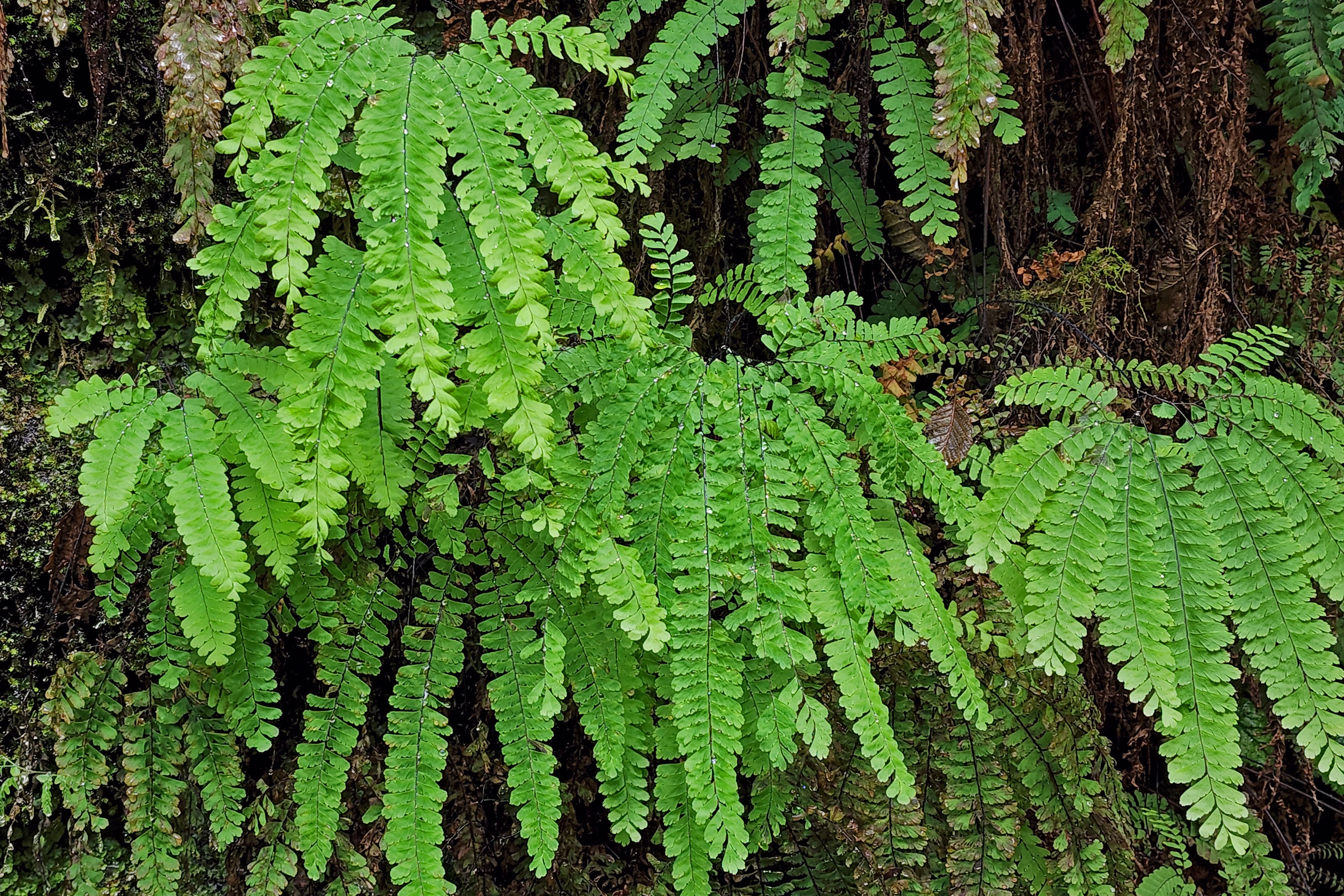
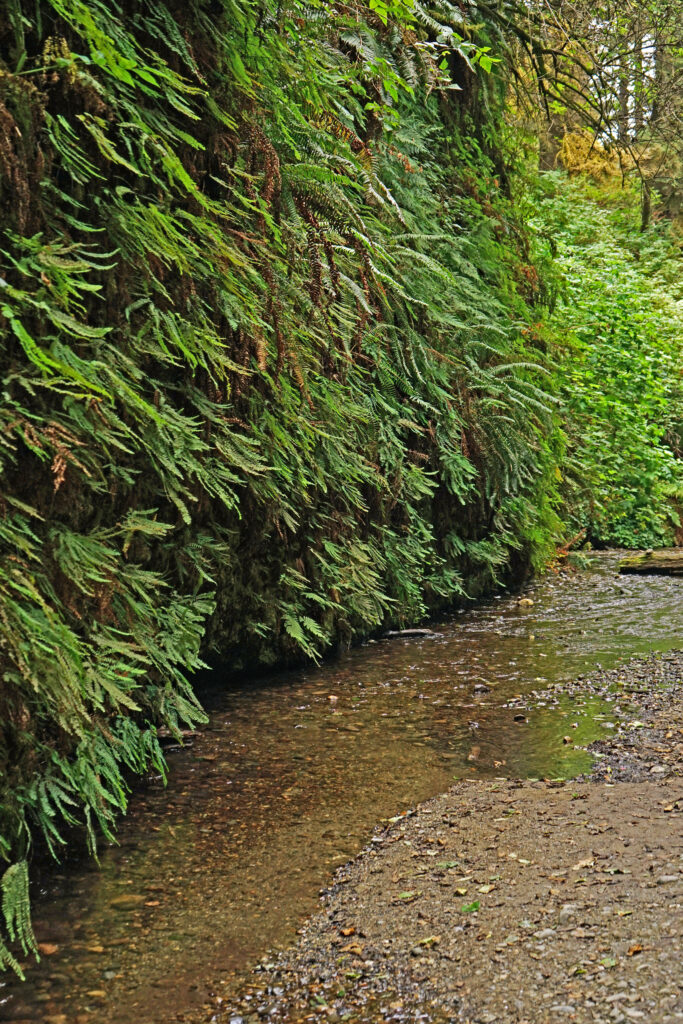
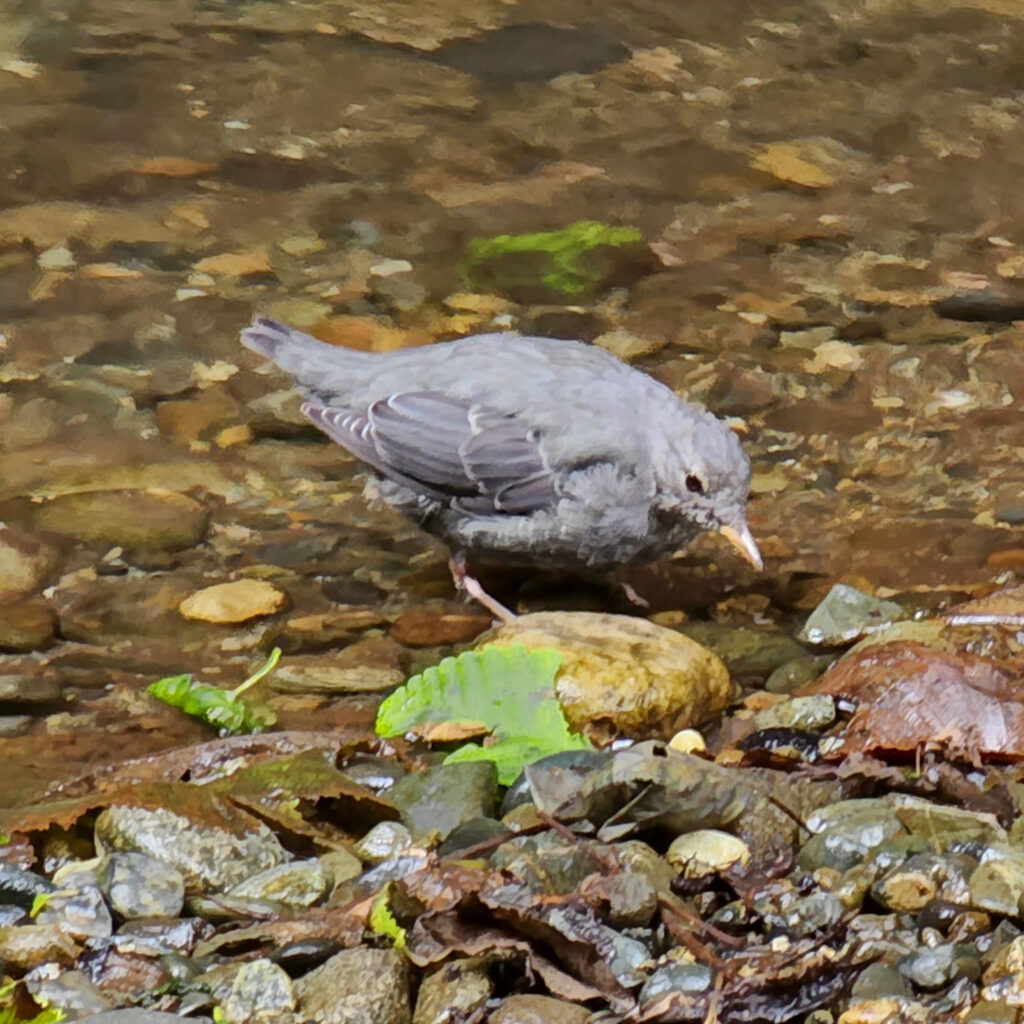
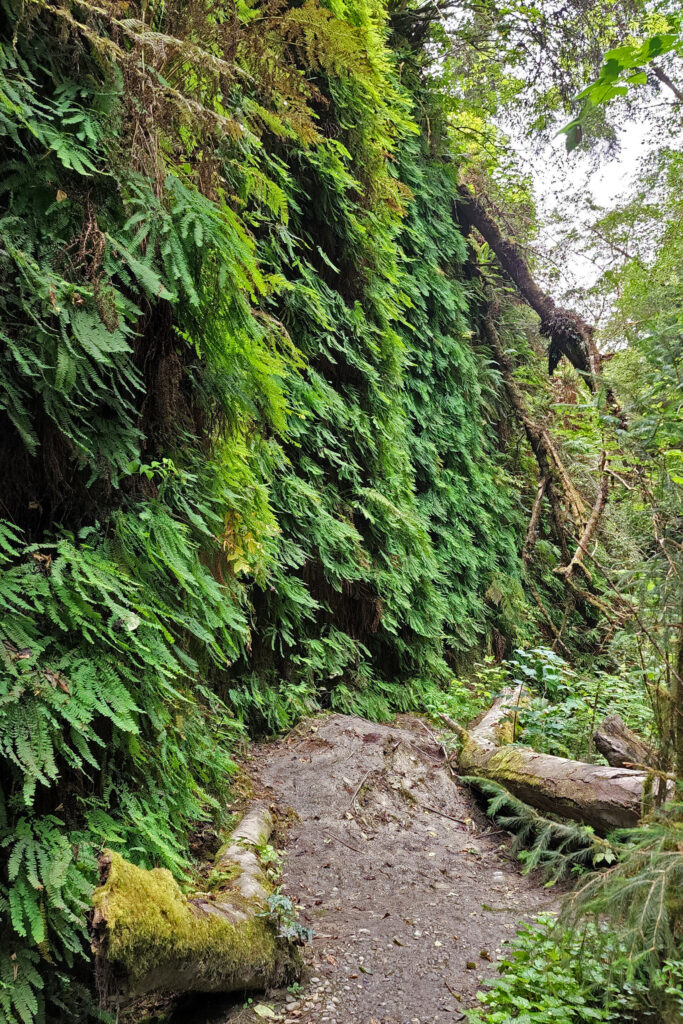
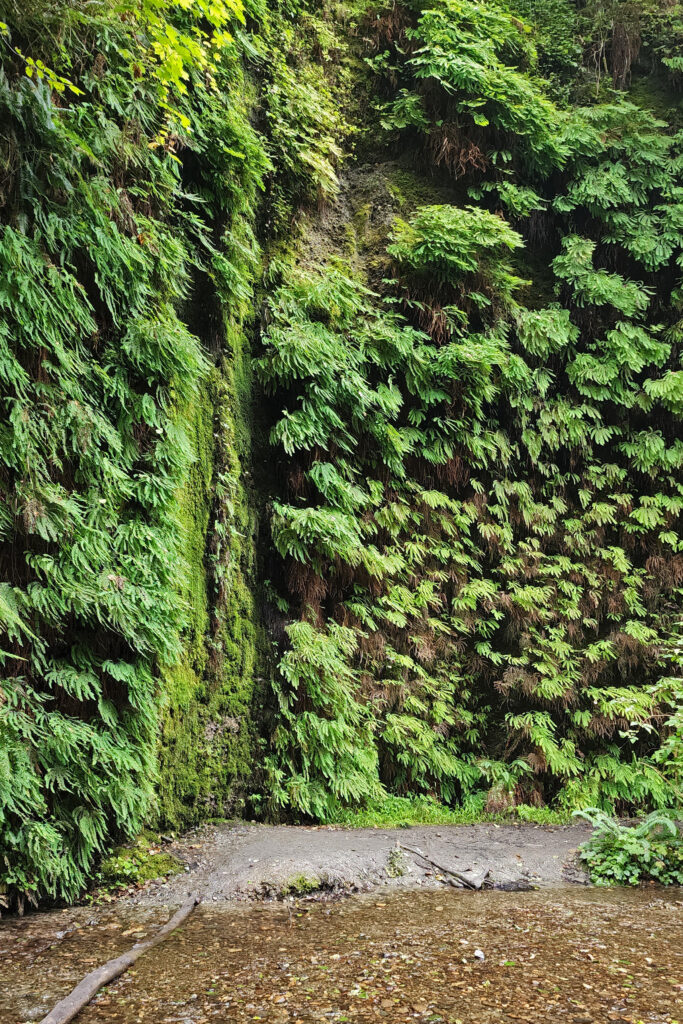
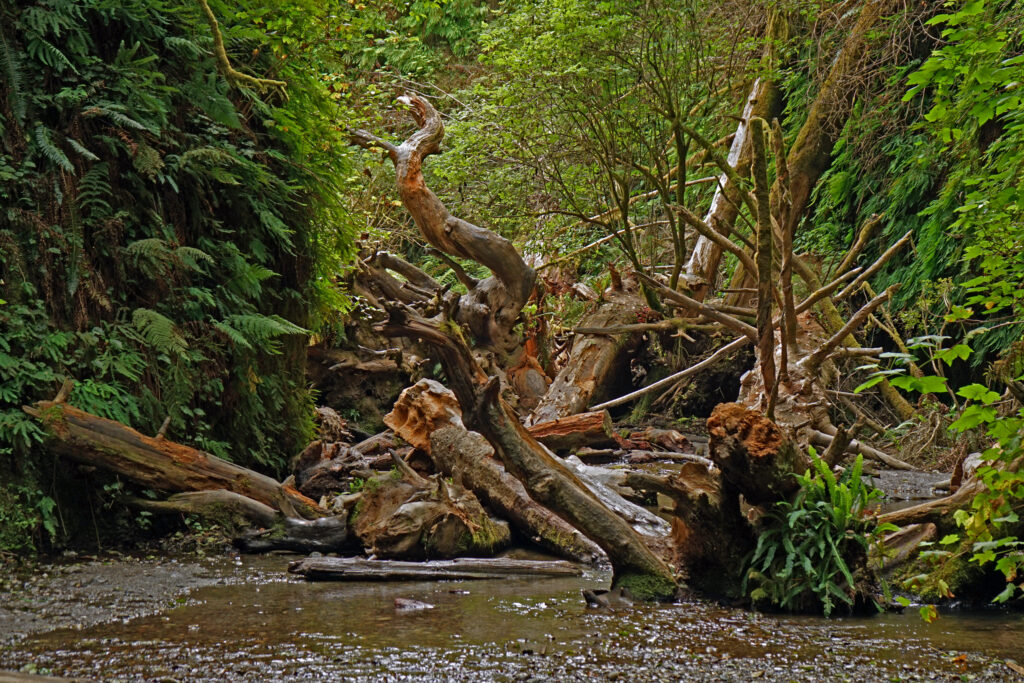
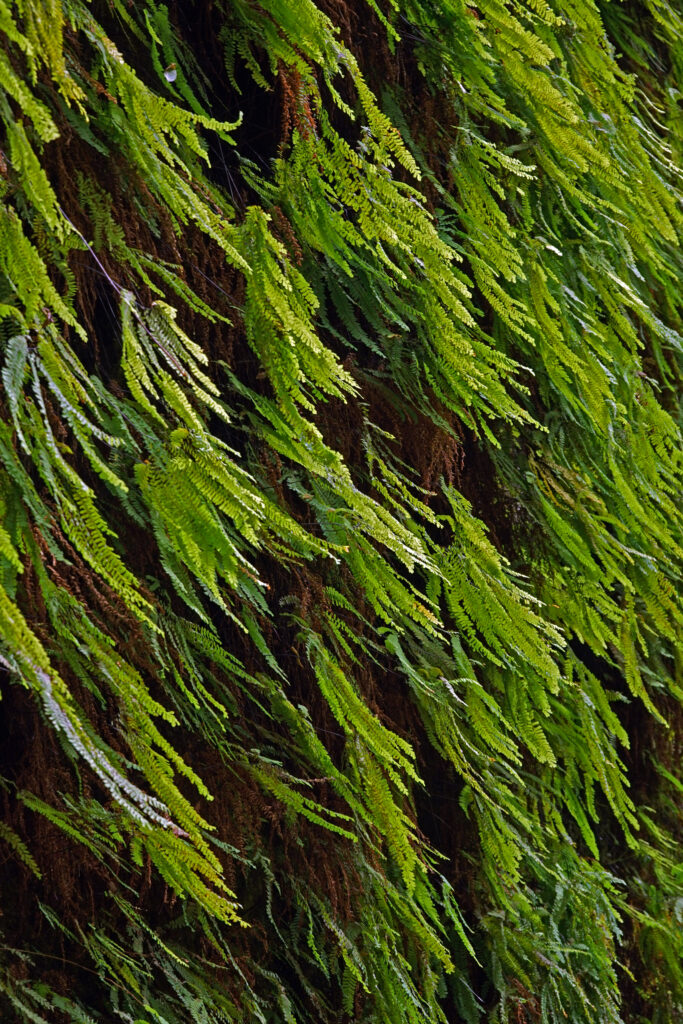
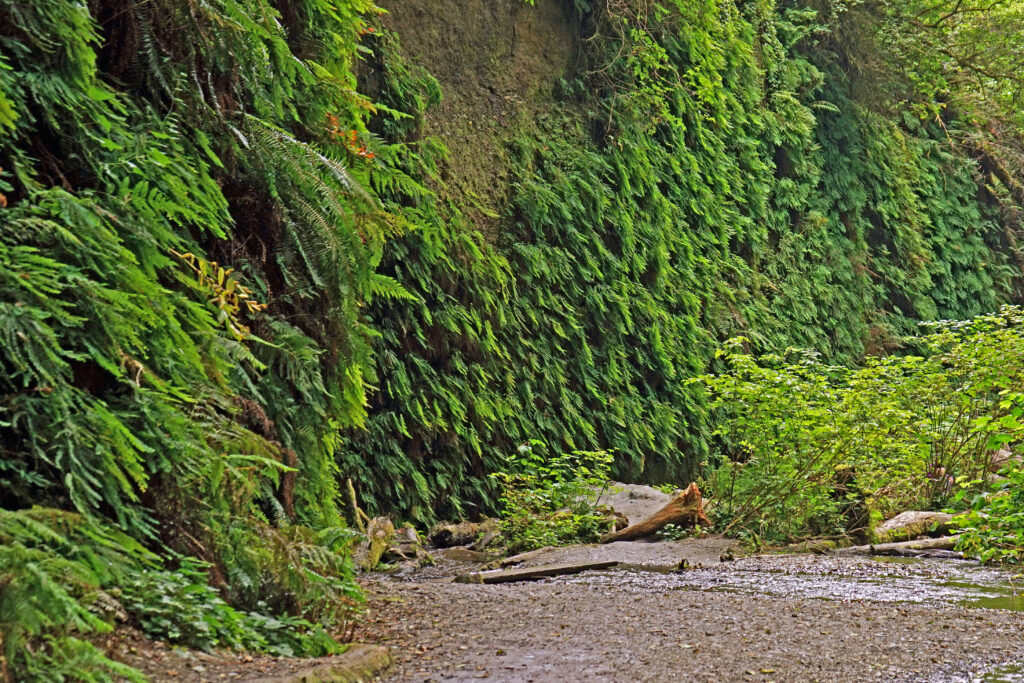
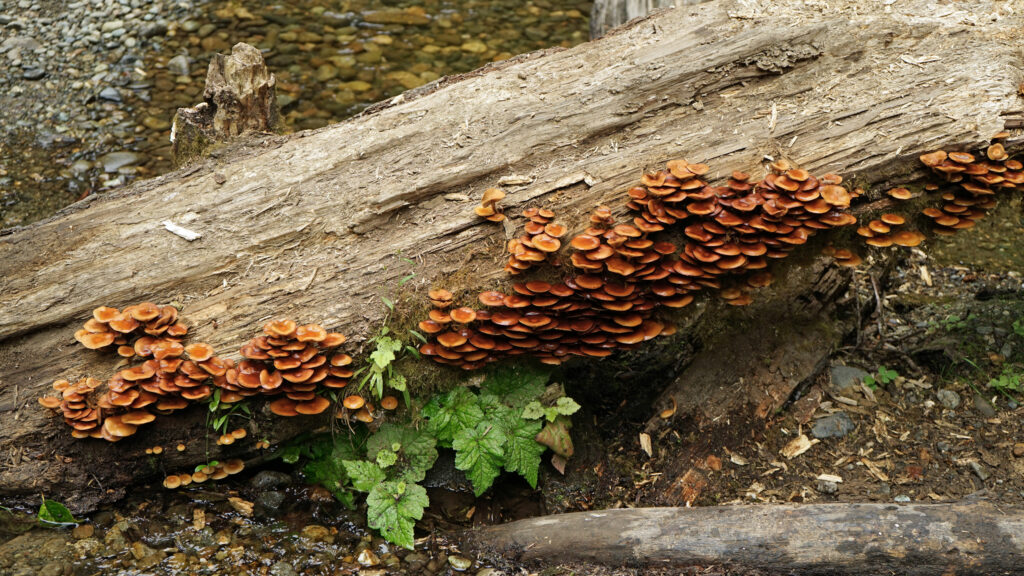
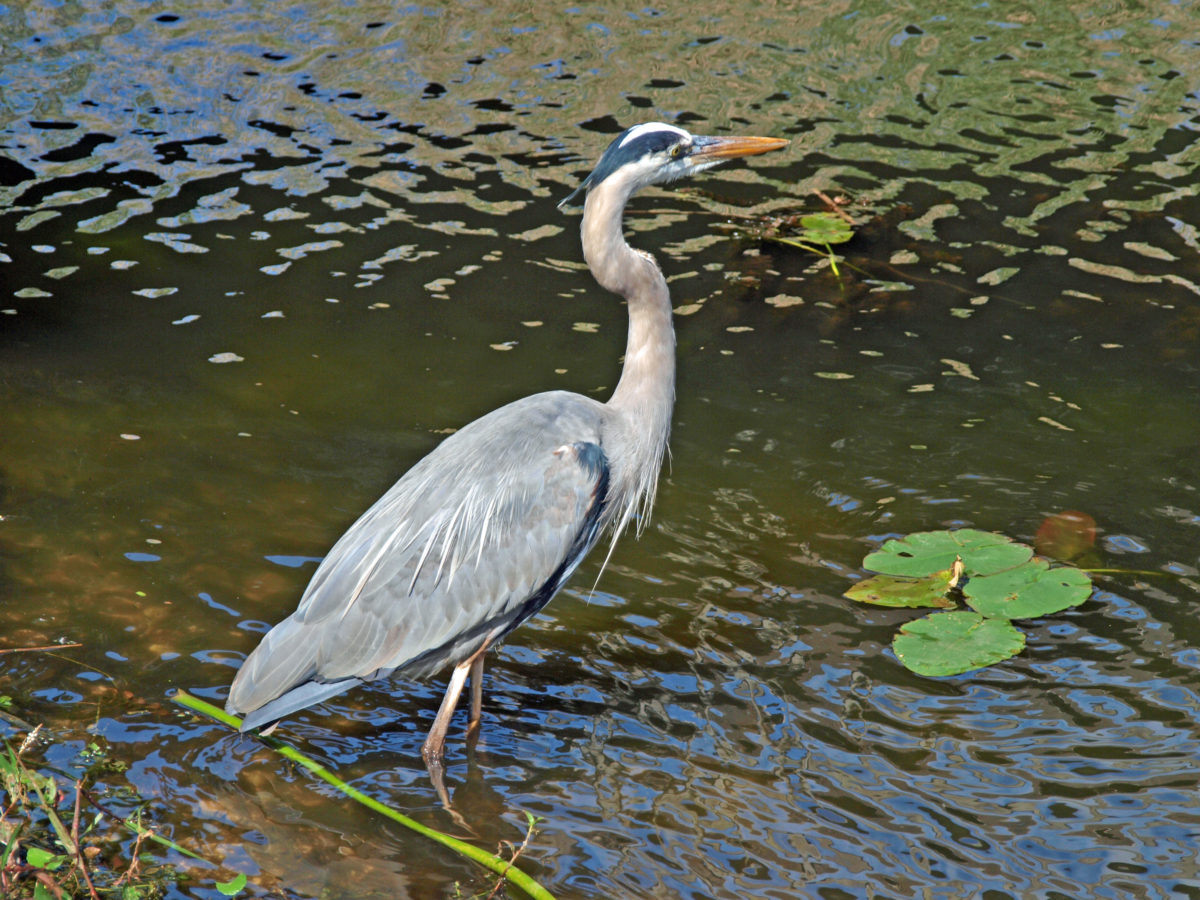


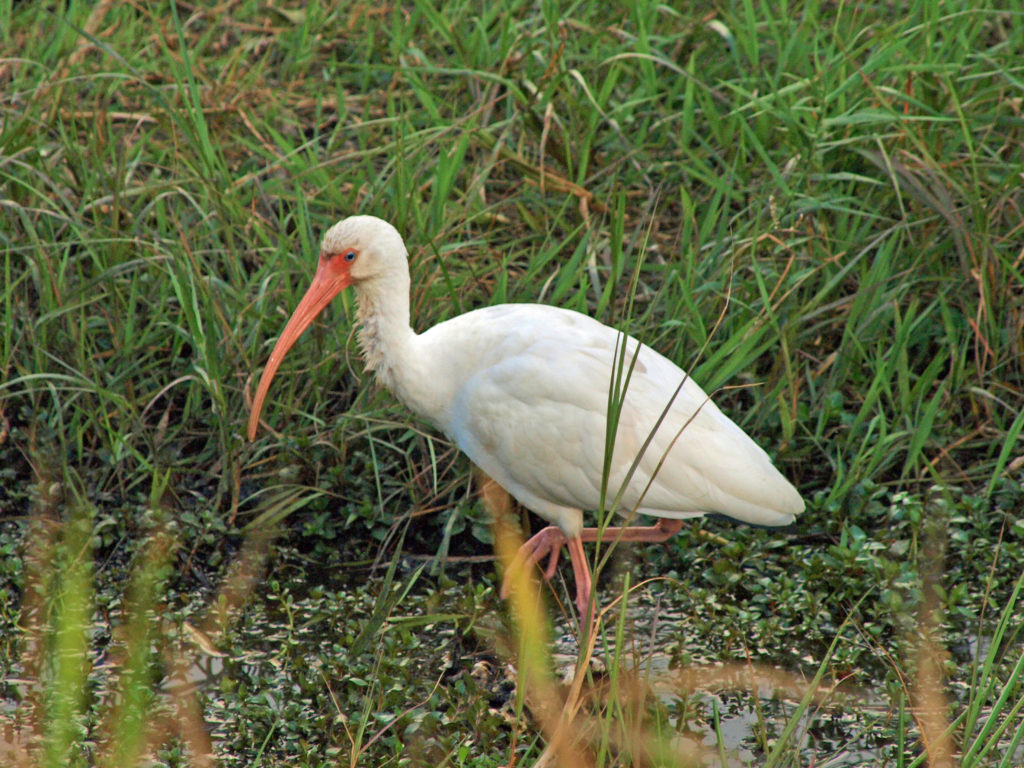
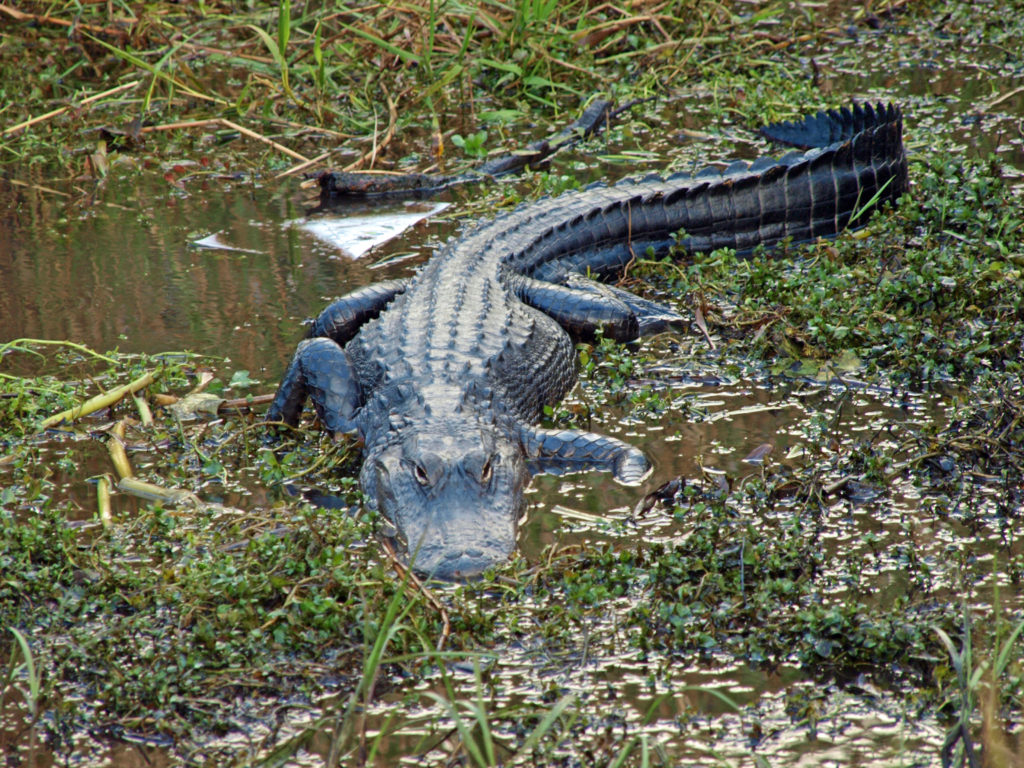 Today, the Everglades are still one of the most endangered ecosystems in the country. Diversion of water upstream of the park for use by the agricultural industry and the ever growing population of southern Florida has greatly reduced the volume of water flowing through the park, which in turn has had a significant impact on the flora and fauna of the park. Nutrient pollution and residual pesticides from agricultural runoff have also had a significant impact on the park’s ecosystem. Introduced species, such as the Burmese python, have also put stress on the system. And, since much of the Everglades is less than three feet above sea level, global warming and sea level rise threaten the very existence of the Everglades.
Today, the Everglades are still one of the most endangered ecosystems in the country. Diversion of water upstream of the park for use by the agricultural industry and the ever growing population of southern Florida has greatly reduced the volume of water flowing through the park, which in turn has had a significant impact on the flora and fauna of the park. Nutrient pollution and residual pesticides from agricultural runoff have also had a significant impact on the park’s ecosystem. Introduced species, such as the Burmese python, have also put stress on the system. And, since much of the Everglades is less than three feet above sea level, global warming and sea level rise threaten the very existence of the Everglades.

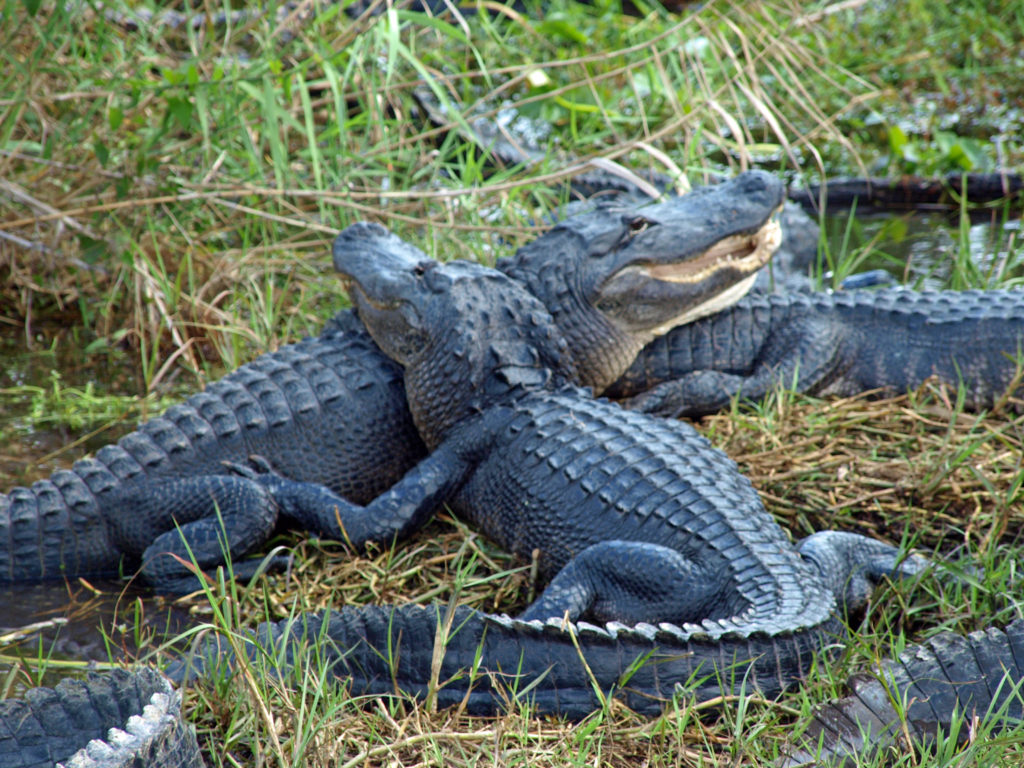
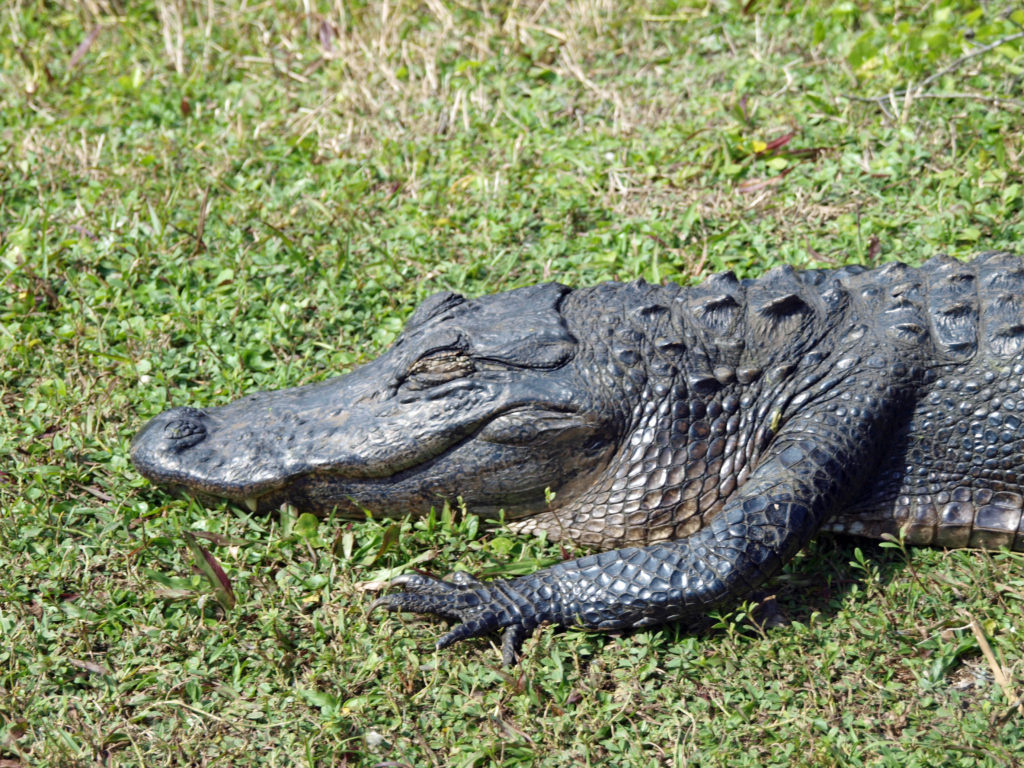
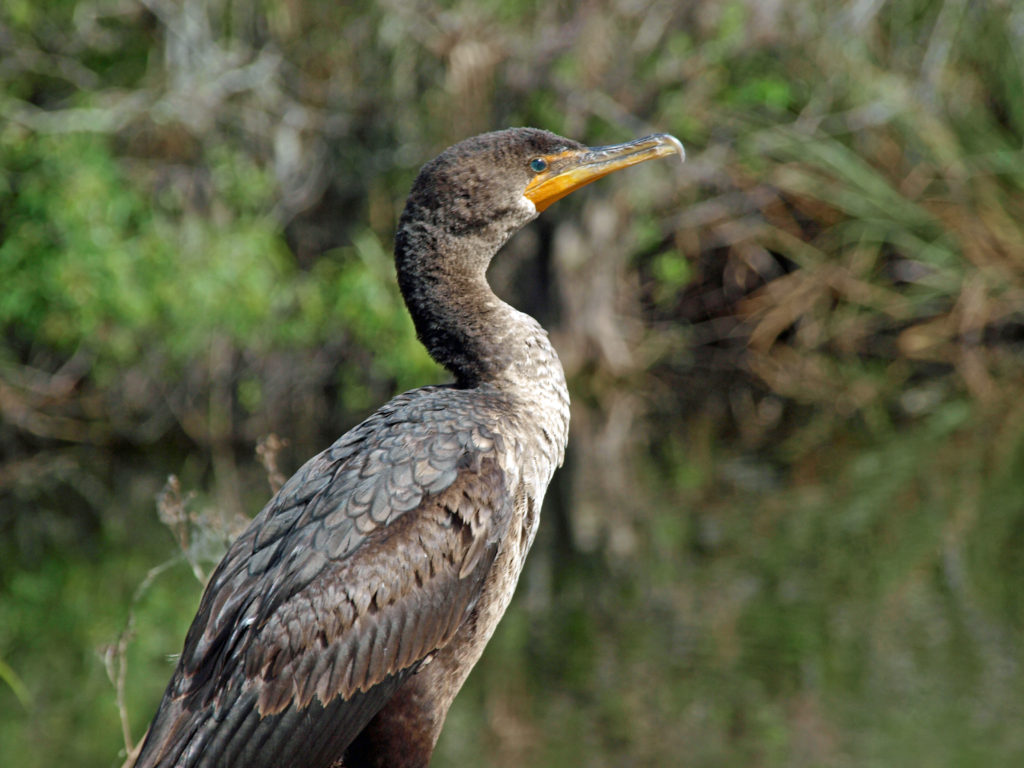
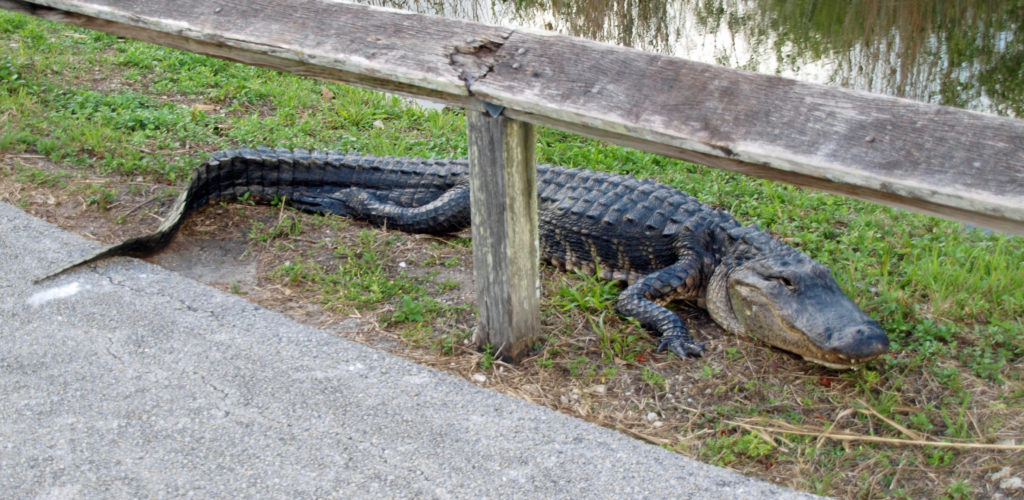
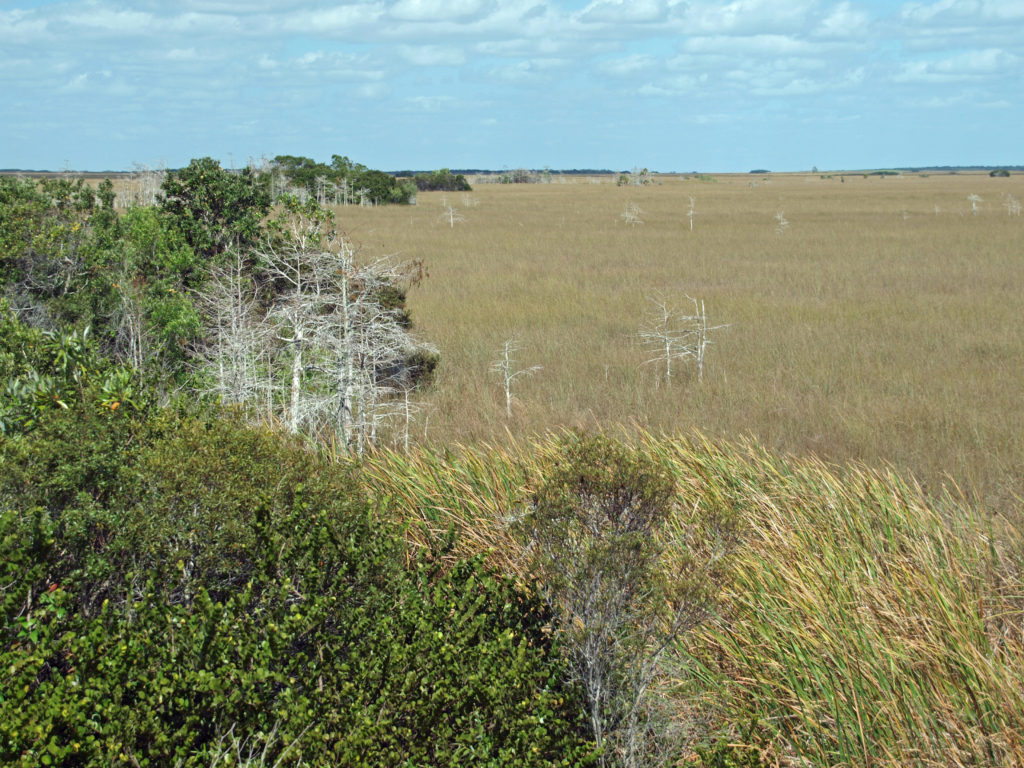 Farther along the road to Flamingo, the Long Pine Key, Pahayokey Overlook, and Mahogany Hammock stops offer short hiking trails. Canoeing and kayaking opportunities are found at Nine Mile Pond and West Lake. You’ll also find a nice picnic area at Nine Mile Pond, and another at Paroutis Pond.
Farther along the road to Flamingo, the Long Pine Key, Pahayokey Overlook, and Mahogany Hammock stops offer short hiking trails. Canoeing and kayaking opportunities are found at Nine Mile Pond and West Lake. You’ll also find a nice picnic area at Nine Mile Pond, and another at Paroutis Pond.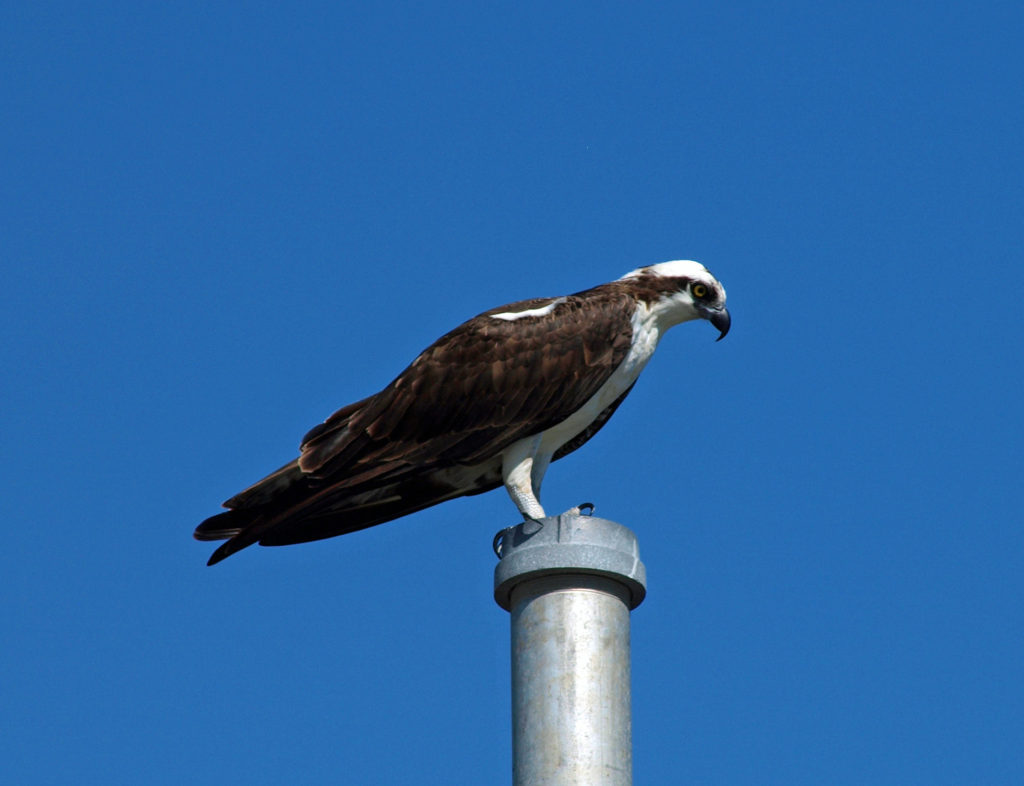
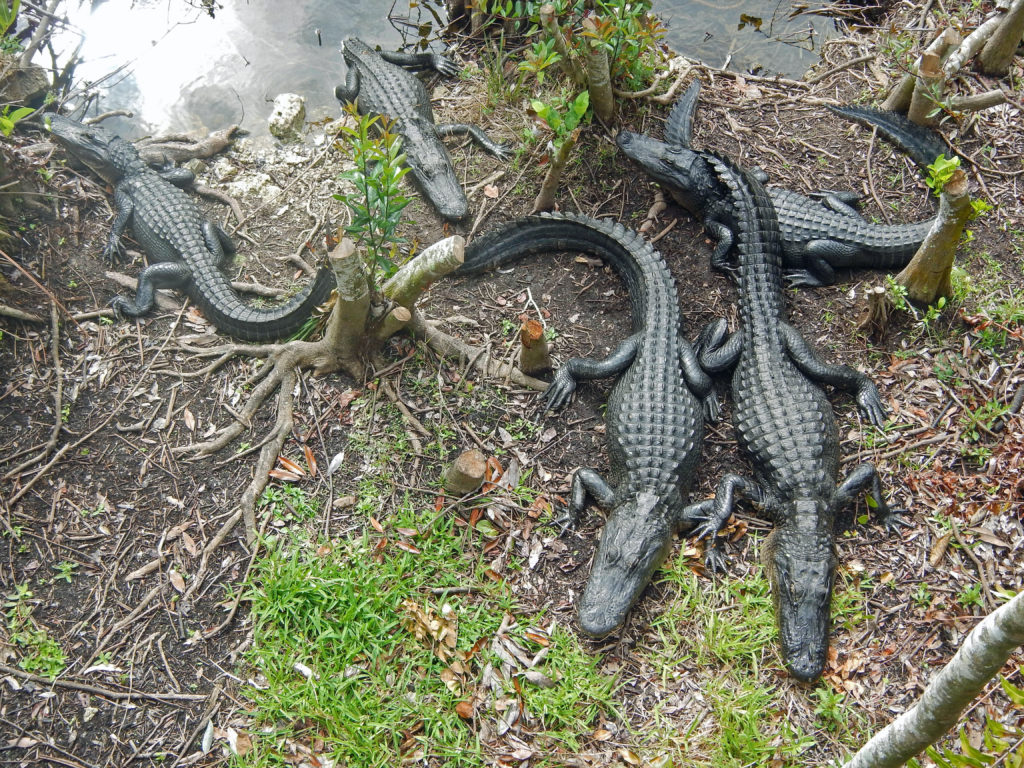
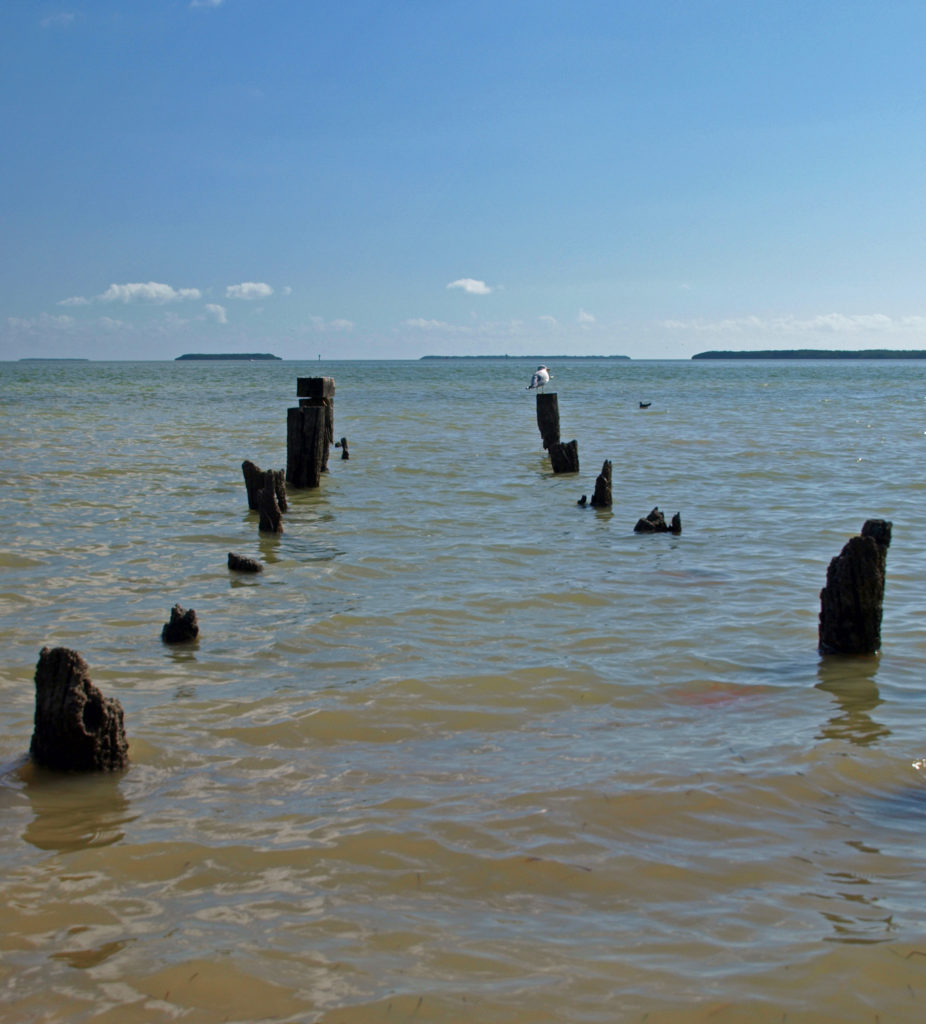
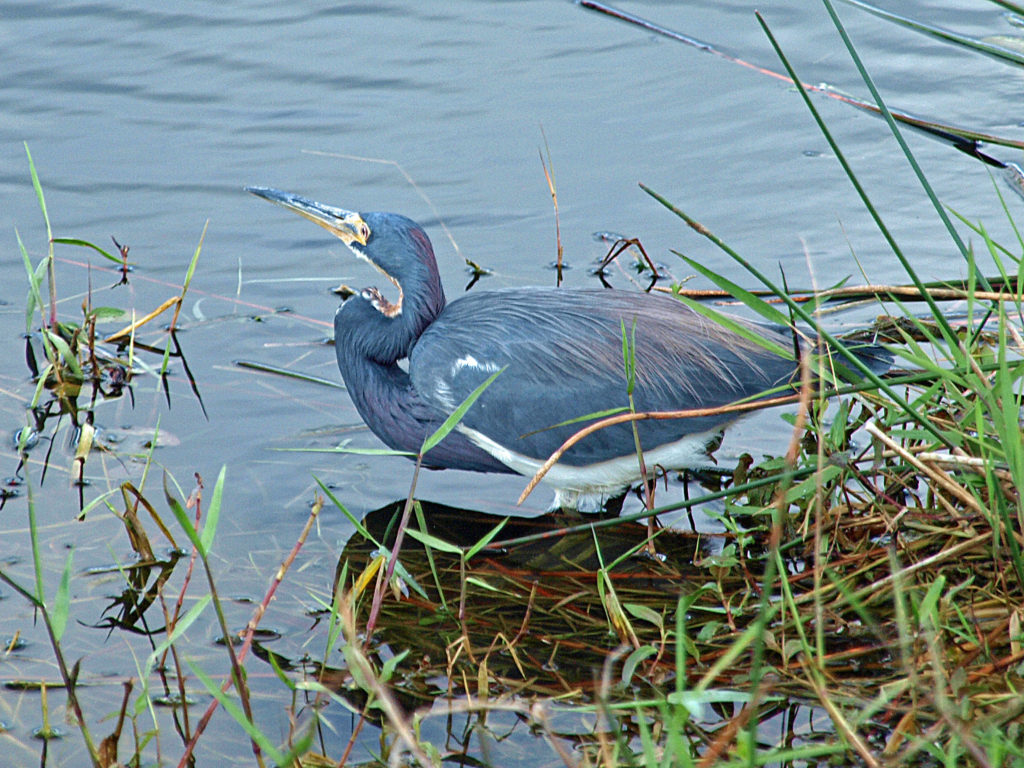
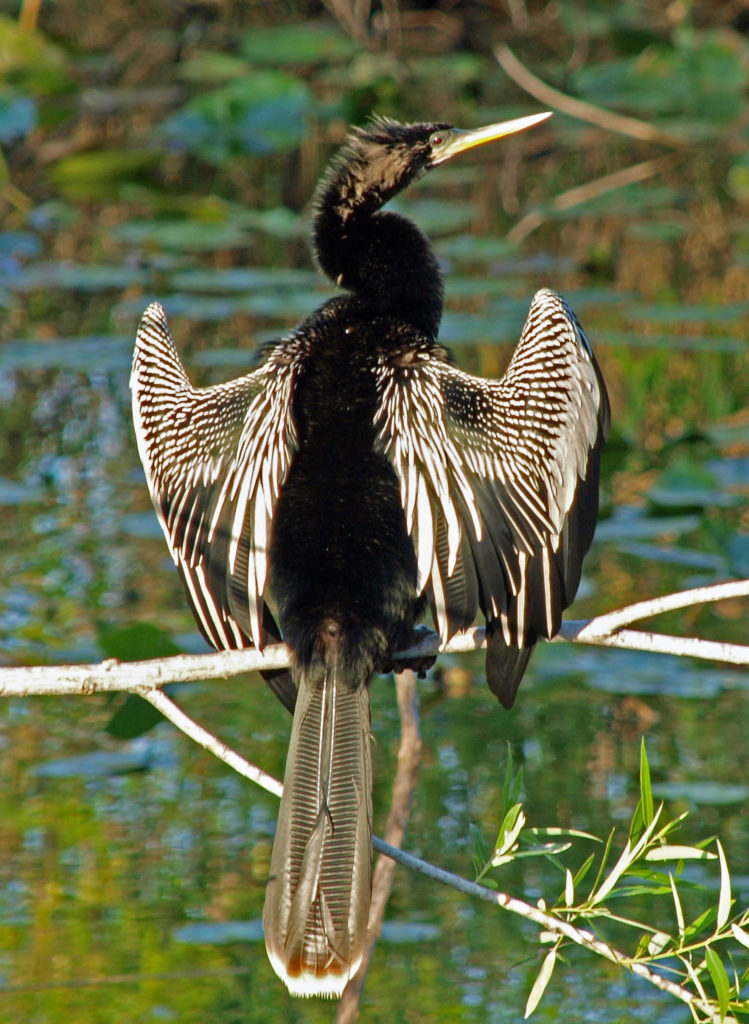
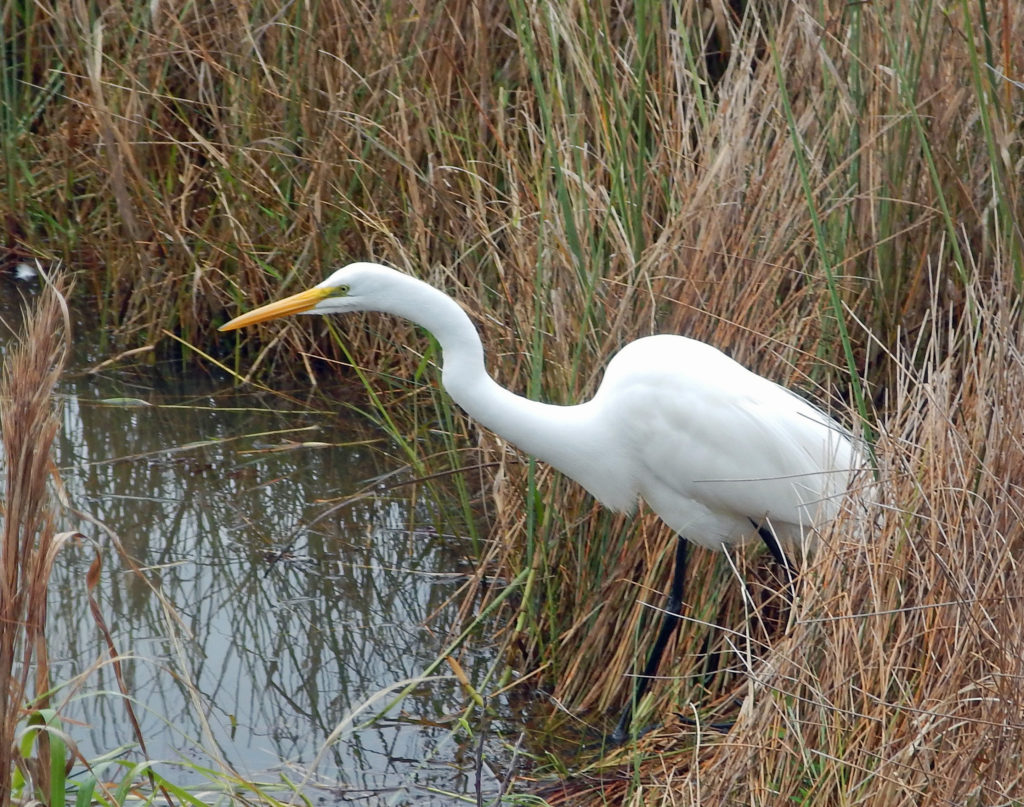
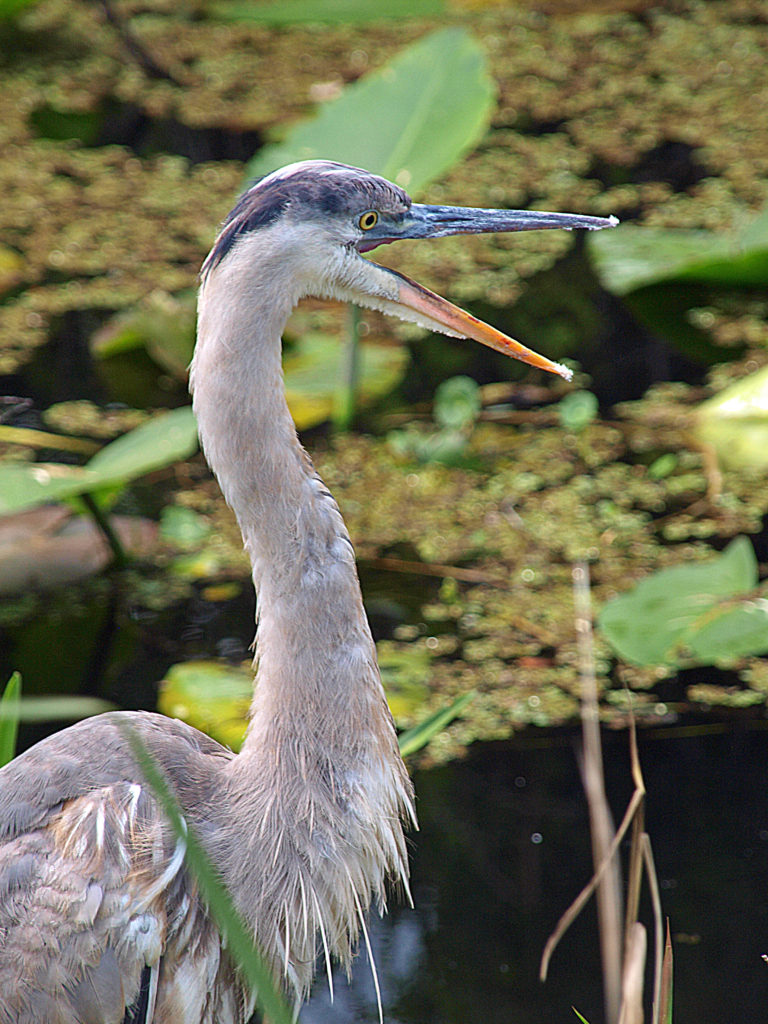
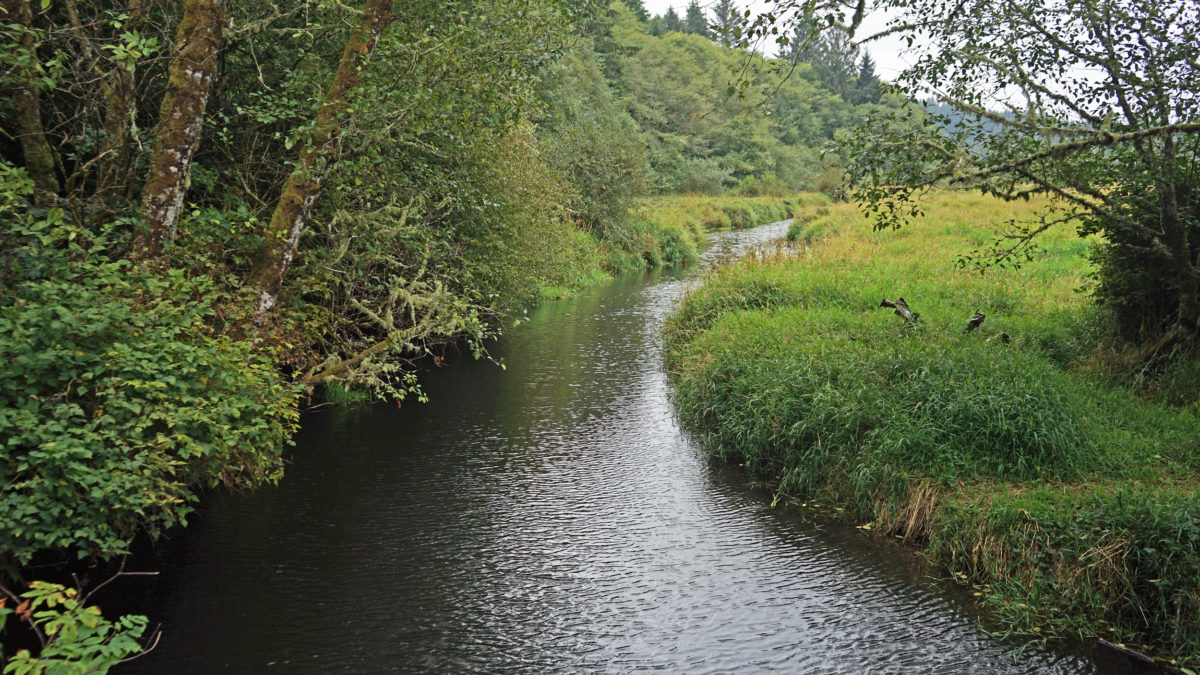
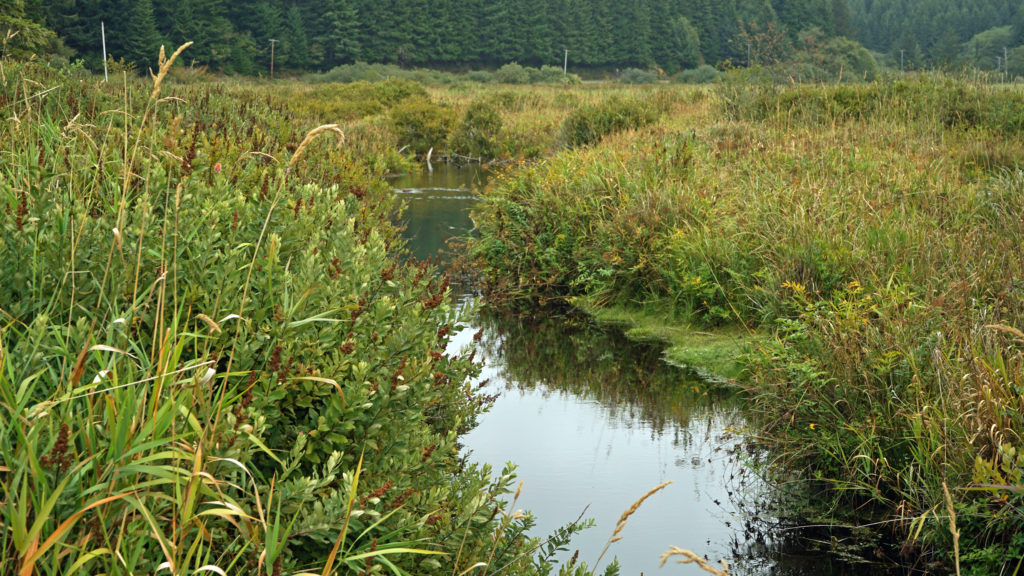
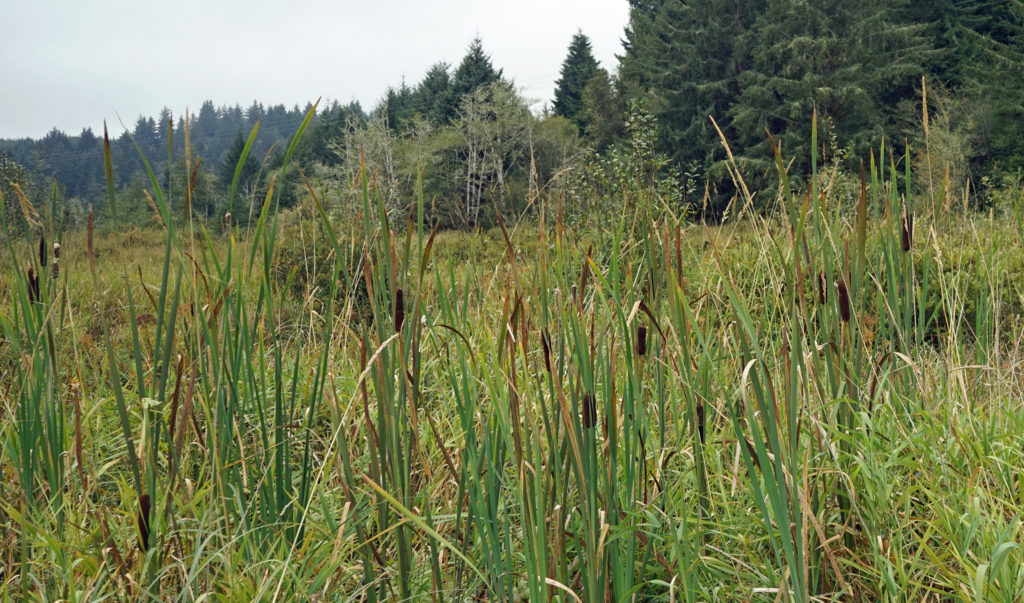
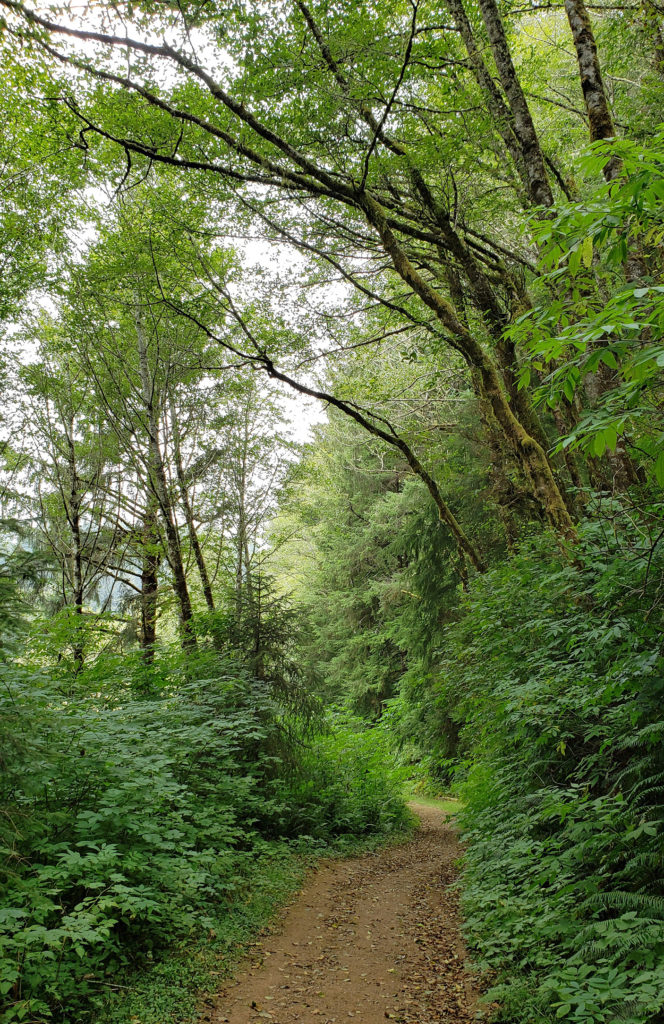 The Beaver Creek visitor center, 1.2 miles east of Hwy 101 on North Beaver Creek Road, would normally be a good first stop to acquaint yourself with the area. If it’s open, you can pick up an informational brochure and map of the trail system there. The map and brochure can also be downloaded from the Beaver Creek State Natural Area website (linked above). There is also a small parking area a few hundred yards east of the visitor center that may have the map and brochure if the visitor center is closed. You can also find a checklist of the birds found at Beaver Creek on the website.
The Beaver Creek visitor center, 1.2 miles east of Hwy 101 on North Beaver Creek Road, would normally be a good first stop to acquaint yourself with the area. If it’s open, you can pick up an informational brochure and map of the trail system there. The map and brochure can also be downloaded from the Beaver Creek State Natural Area website (linked above). There is also a small parking area a few hundred yards east of the visitor center that may have the map and brochure if the visitor center is closed. You can also find a checklist of the birds found at Beaver Creek on the website.